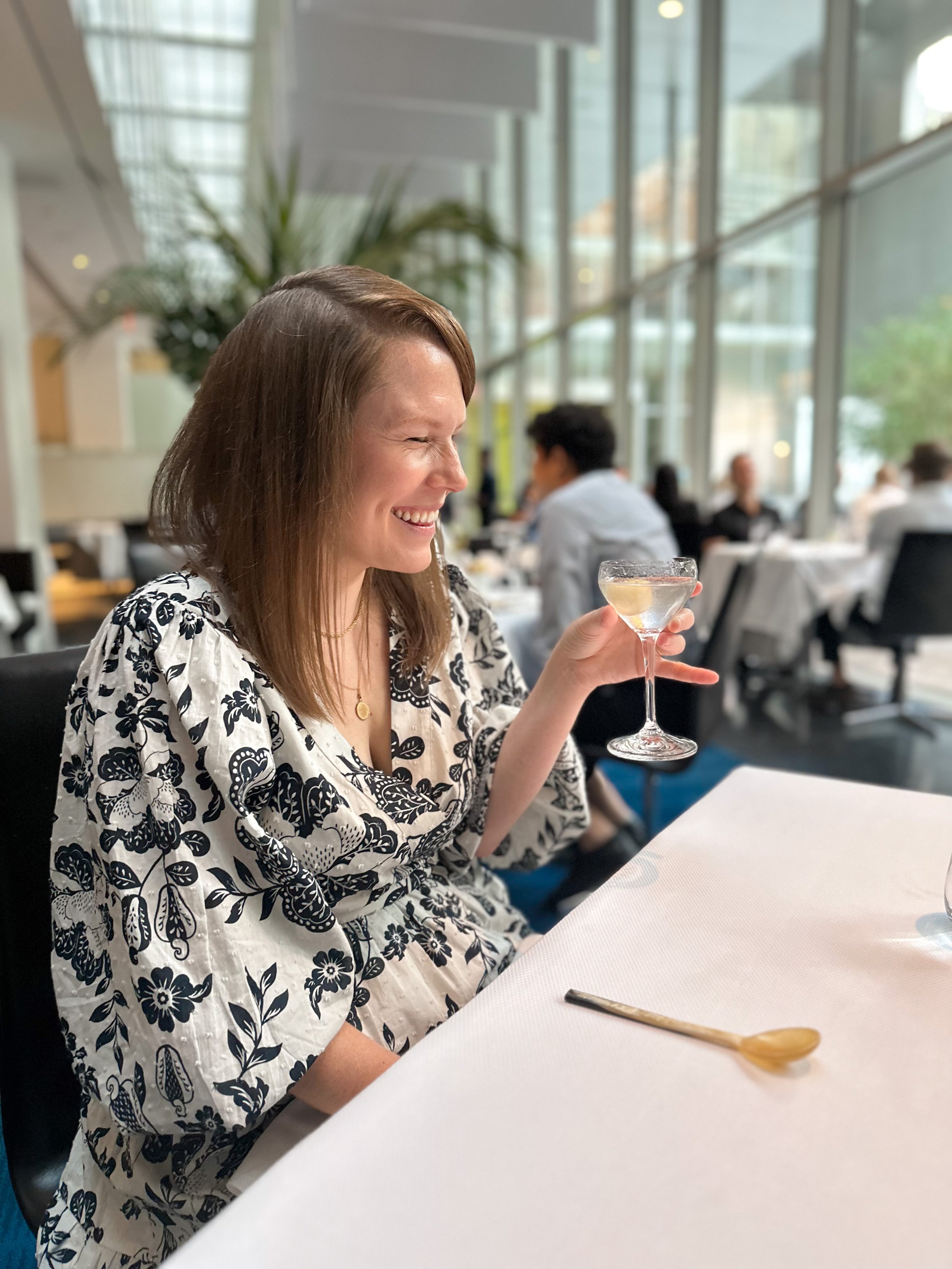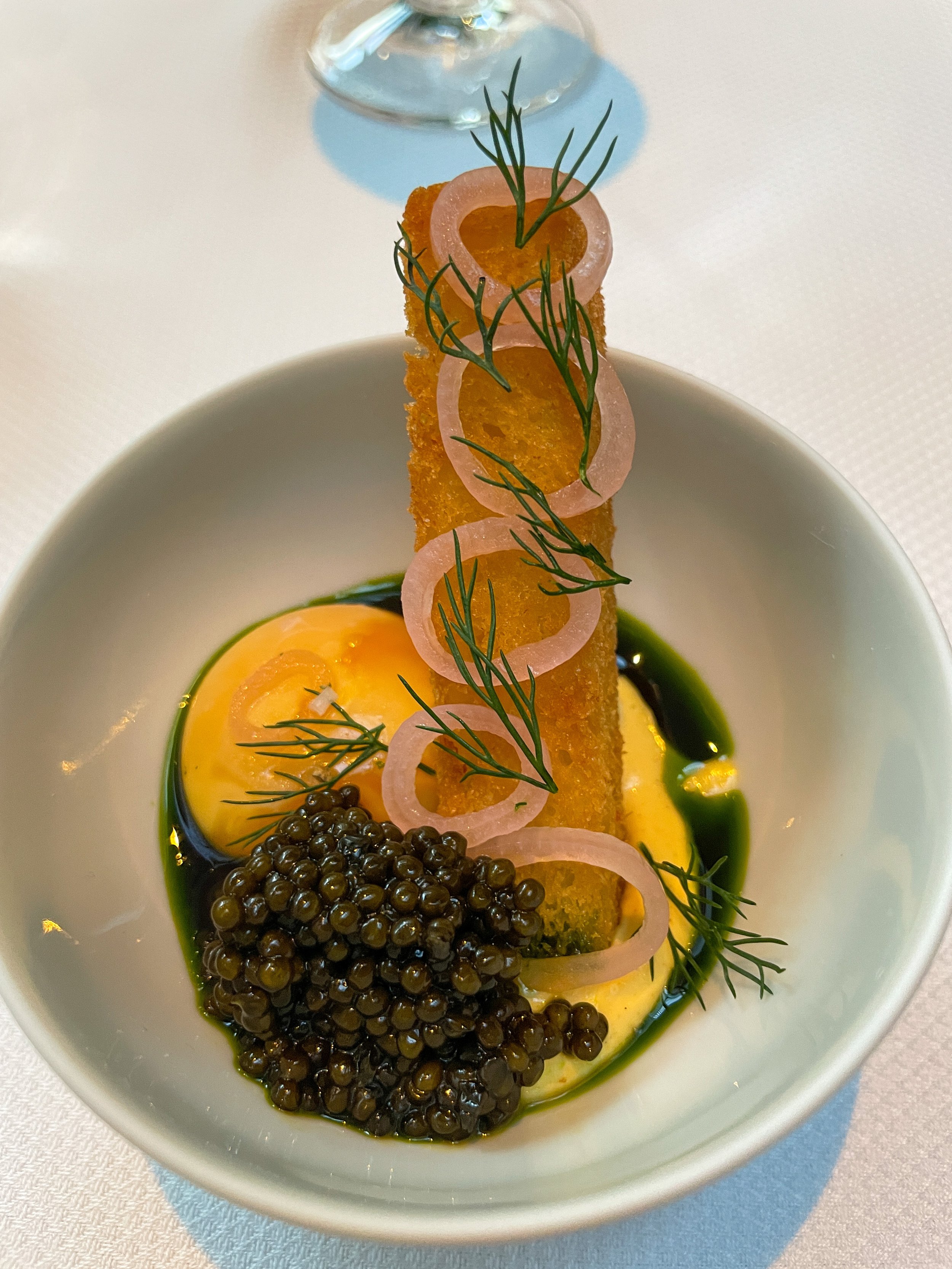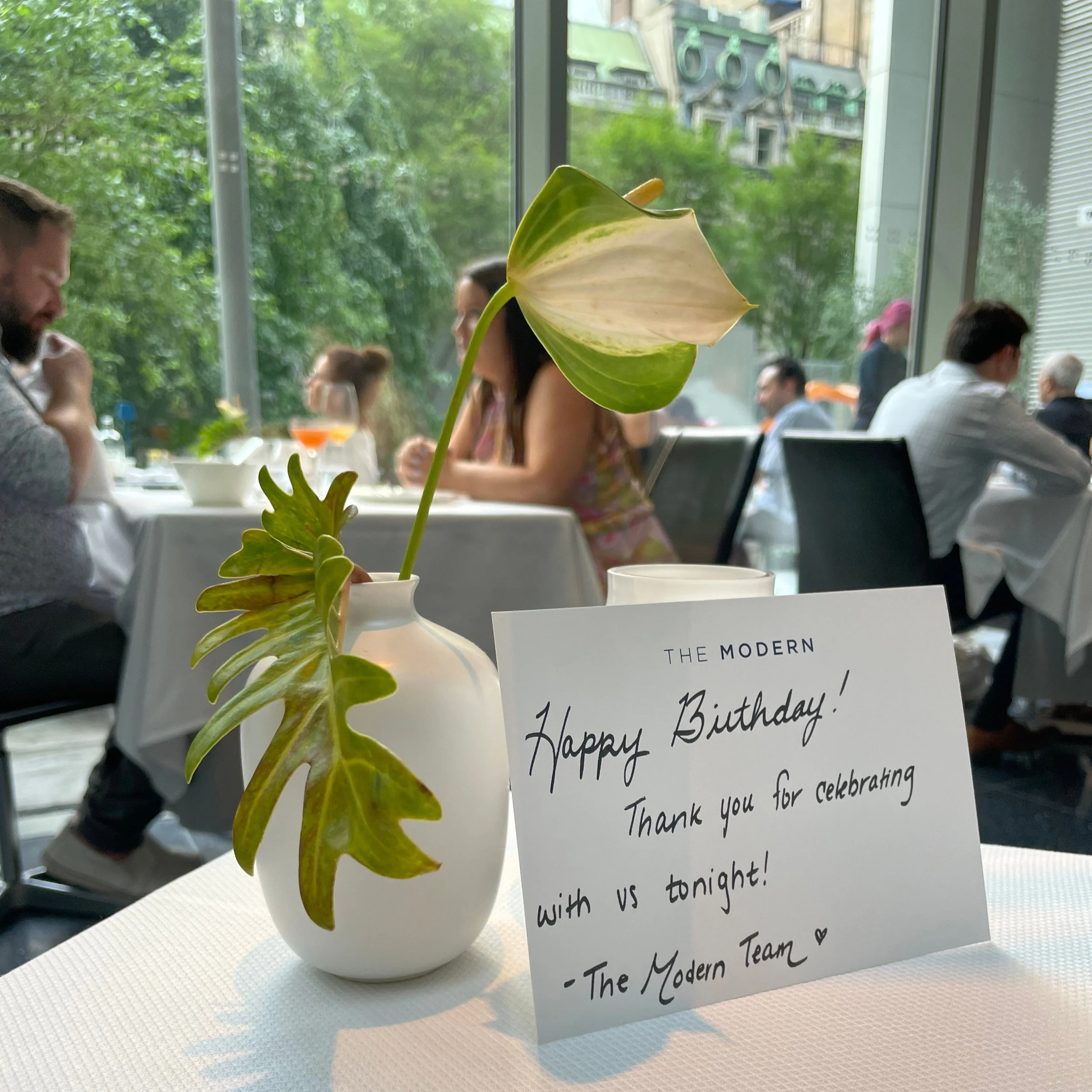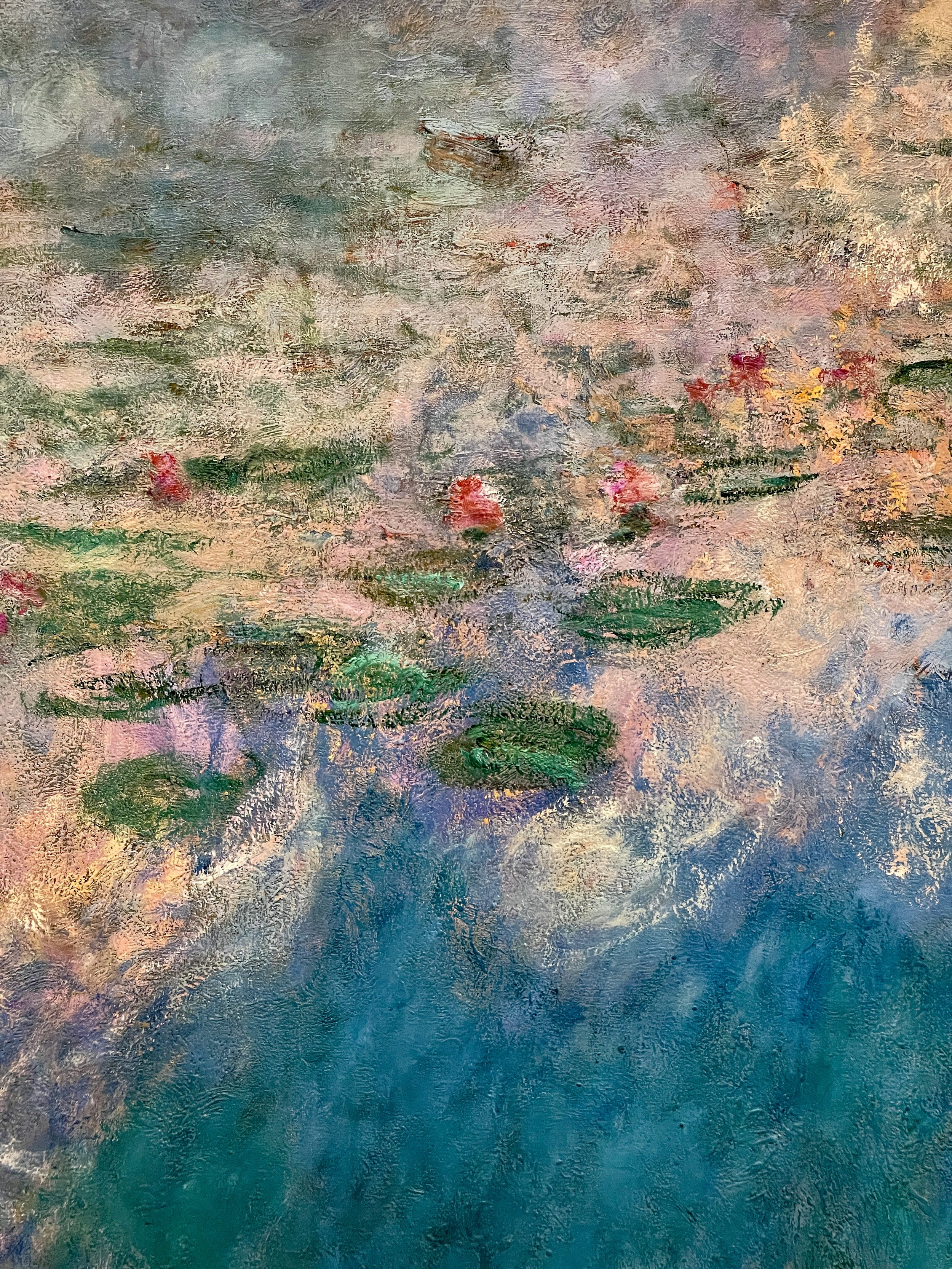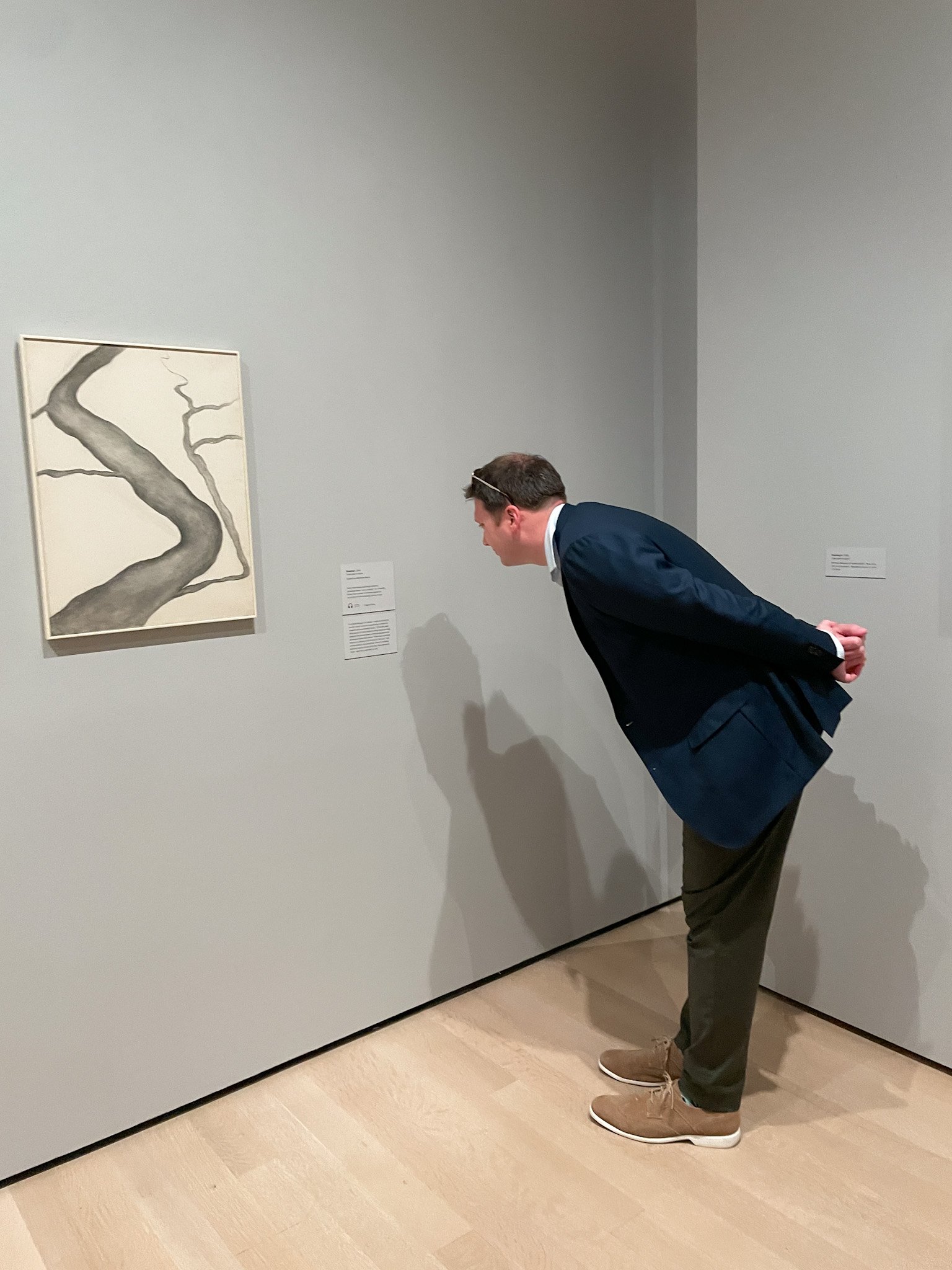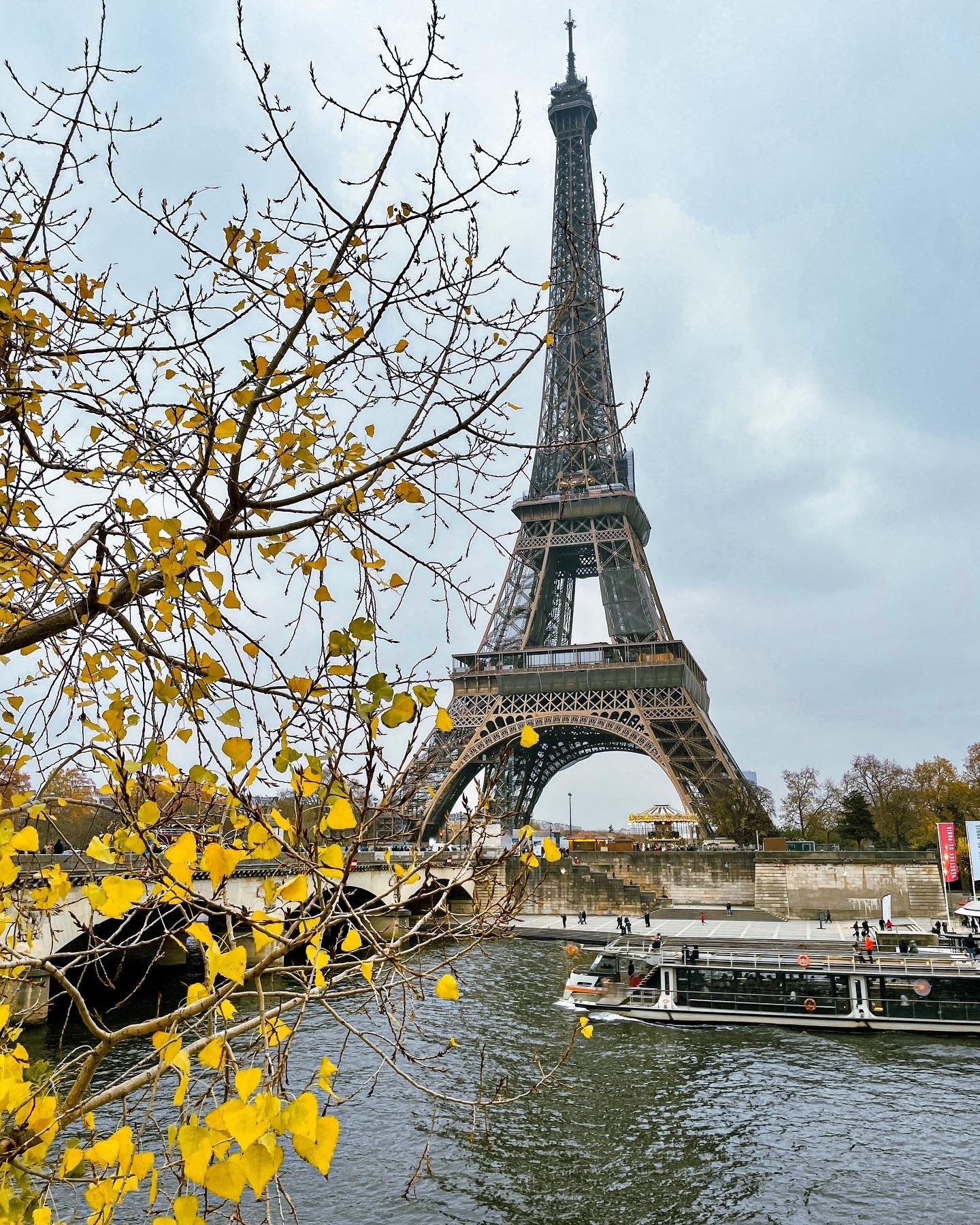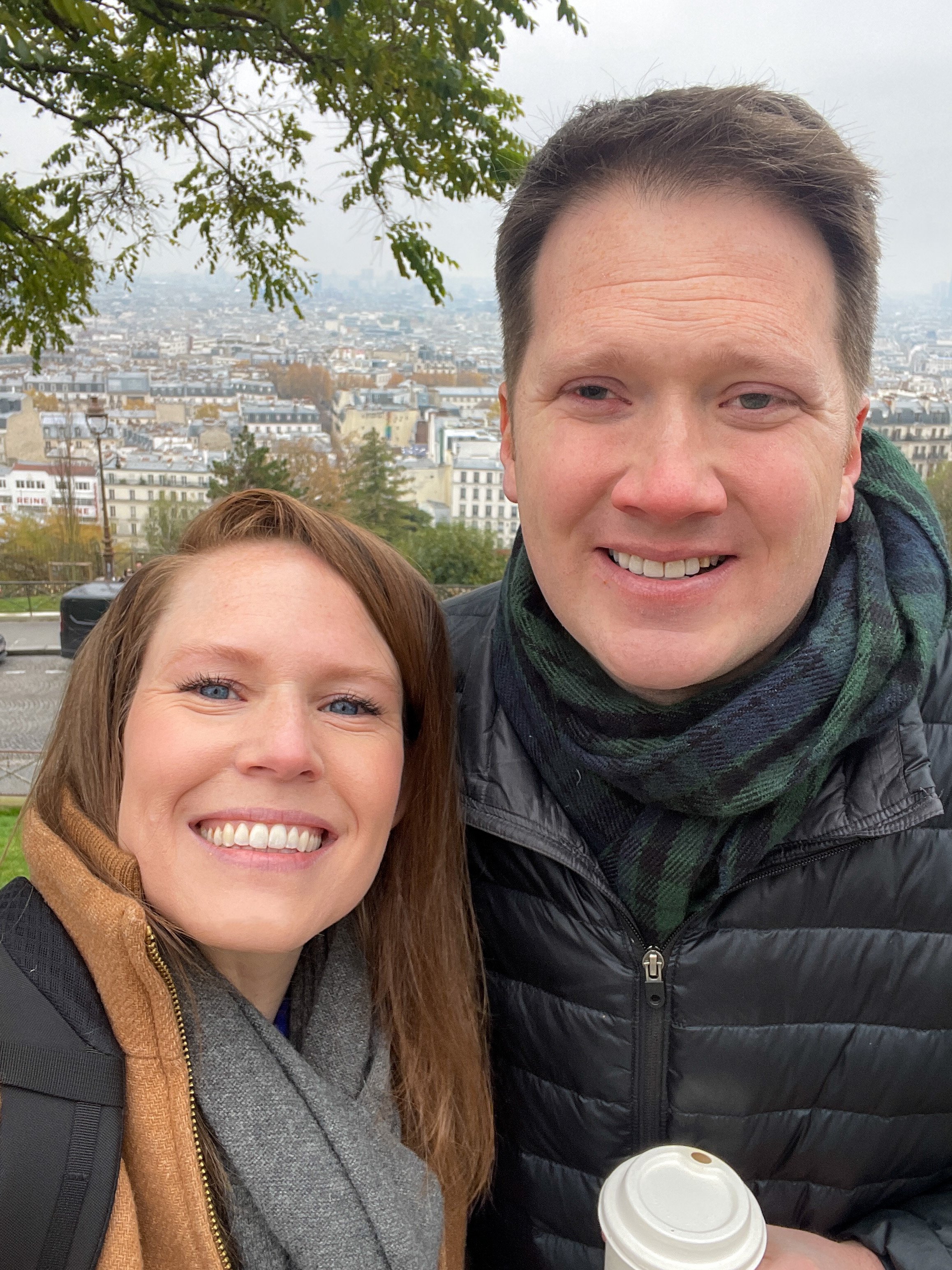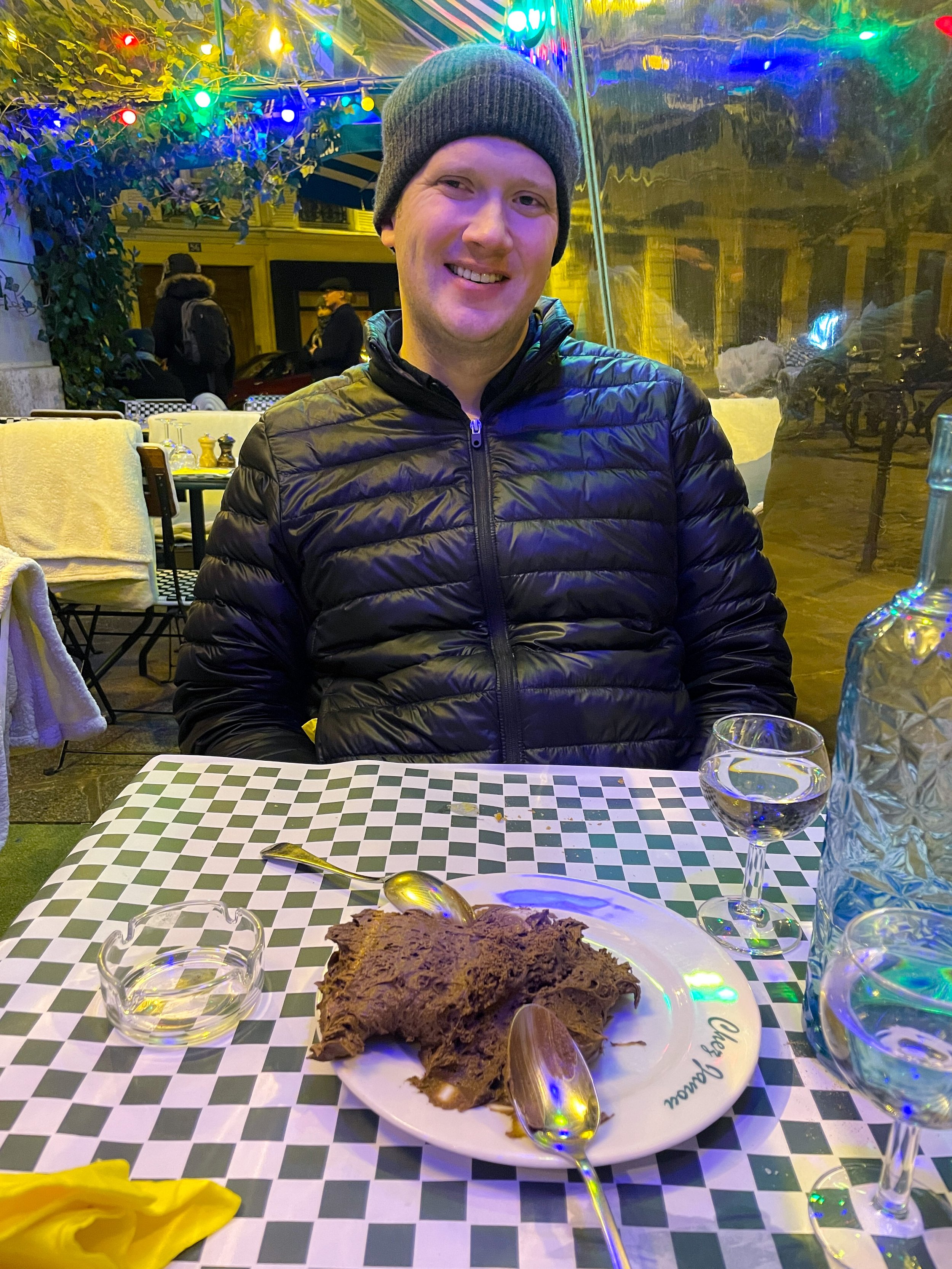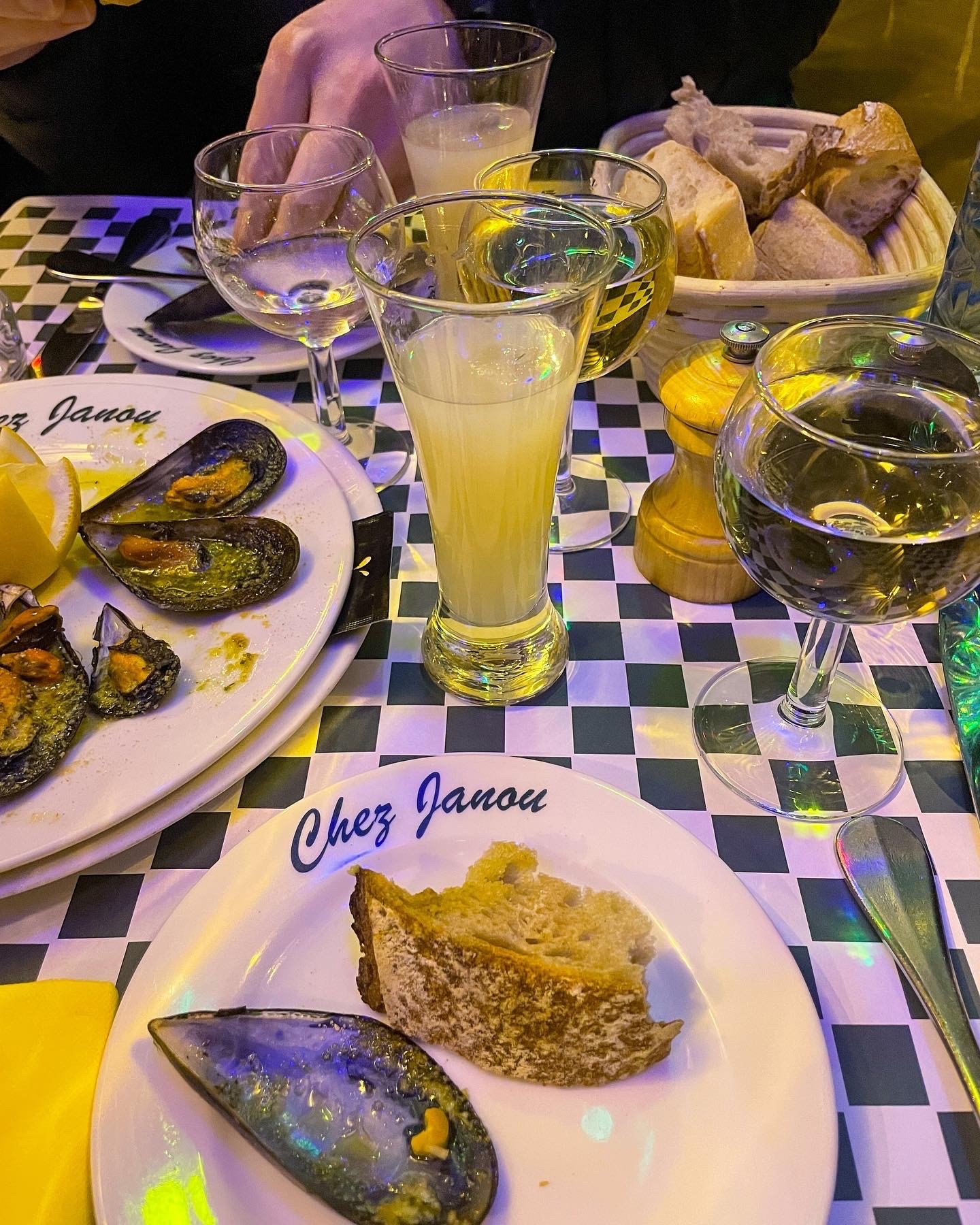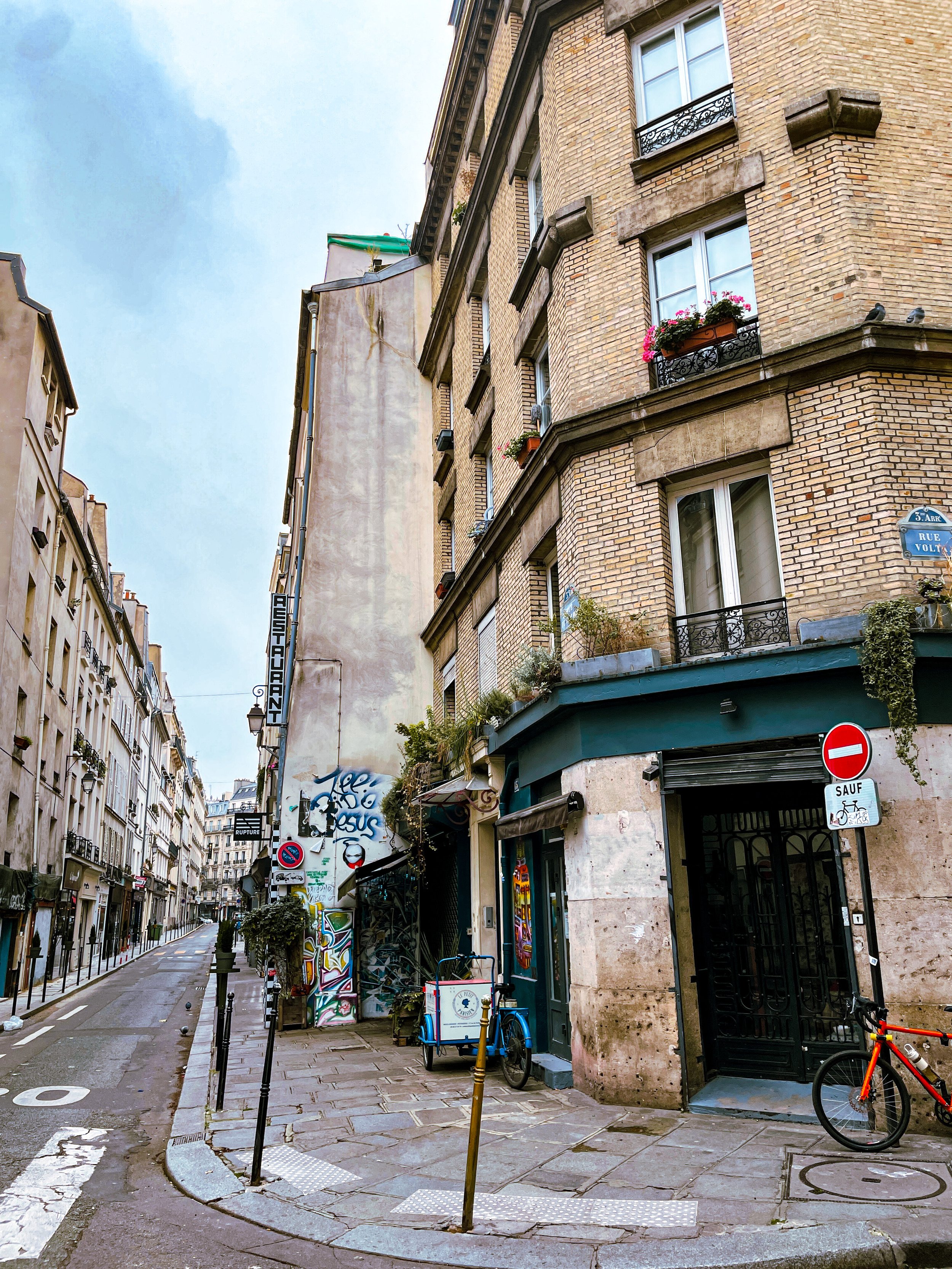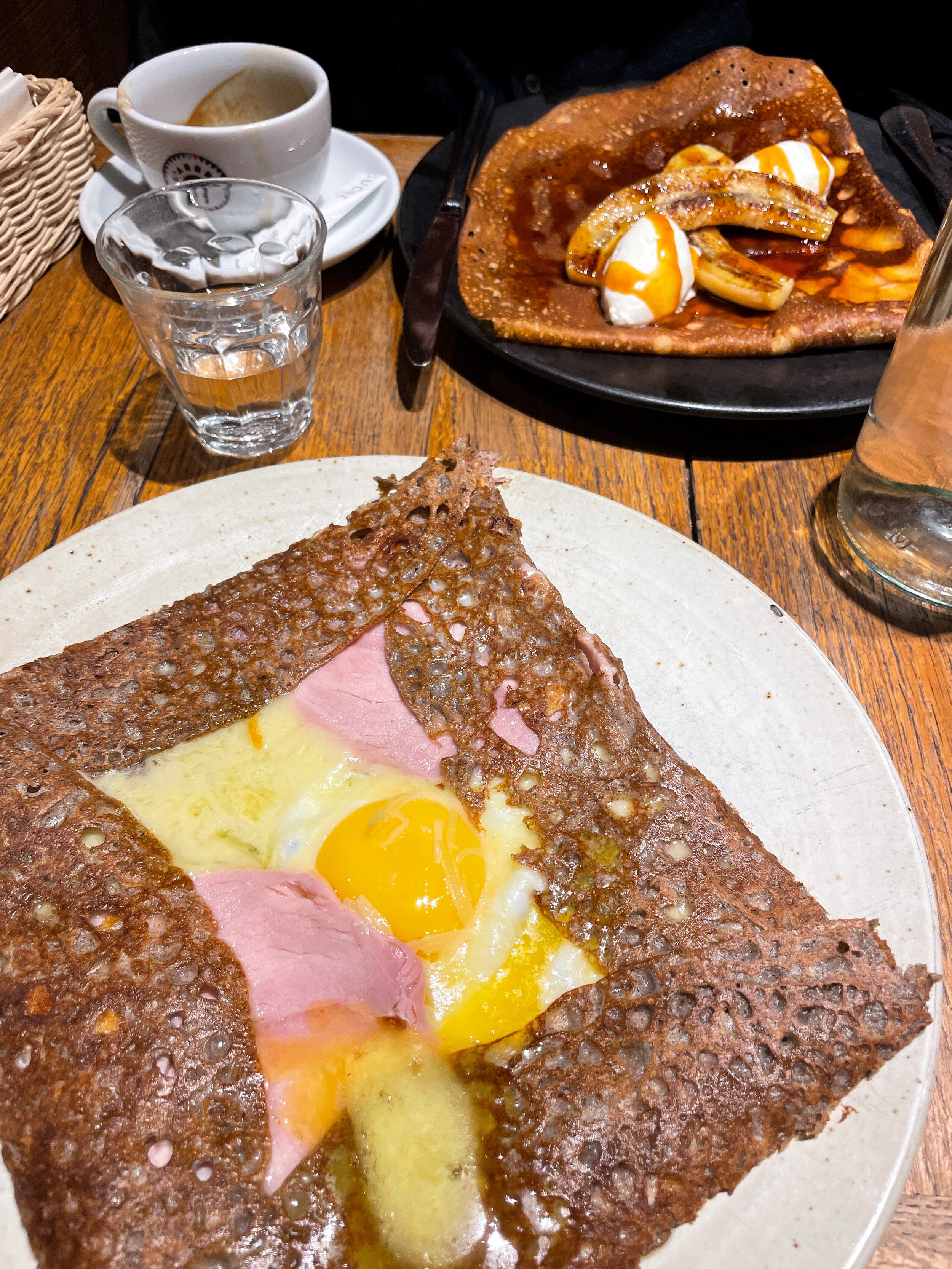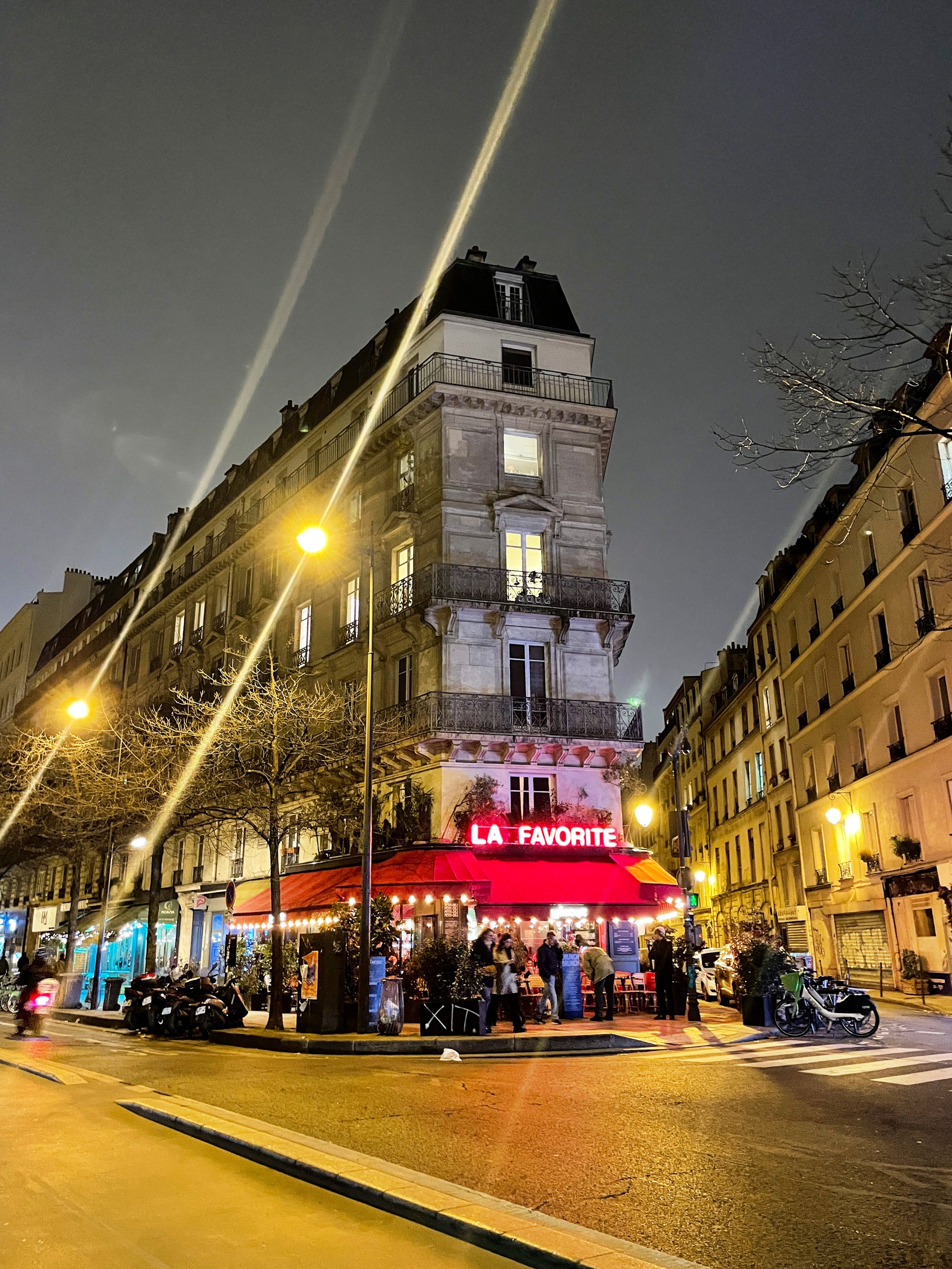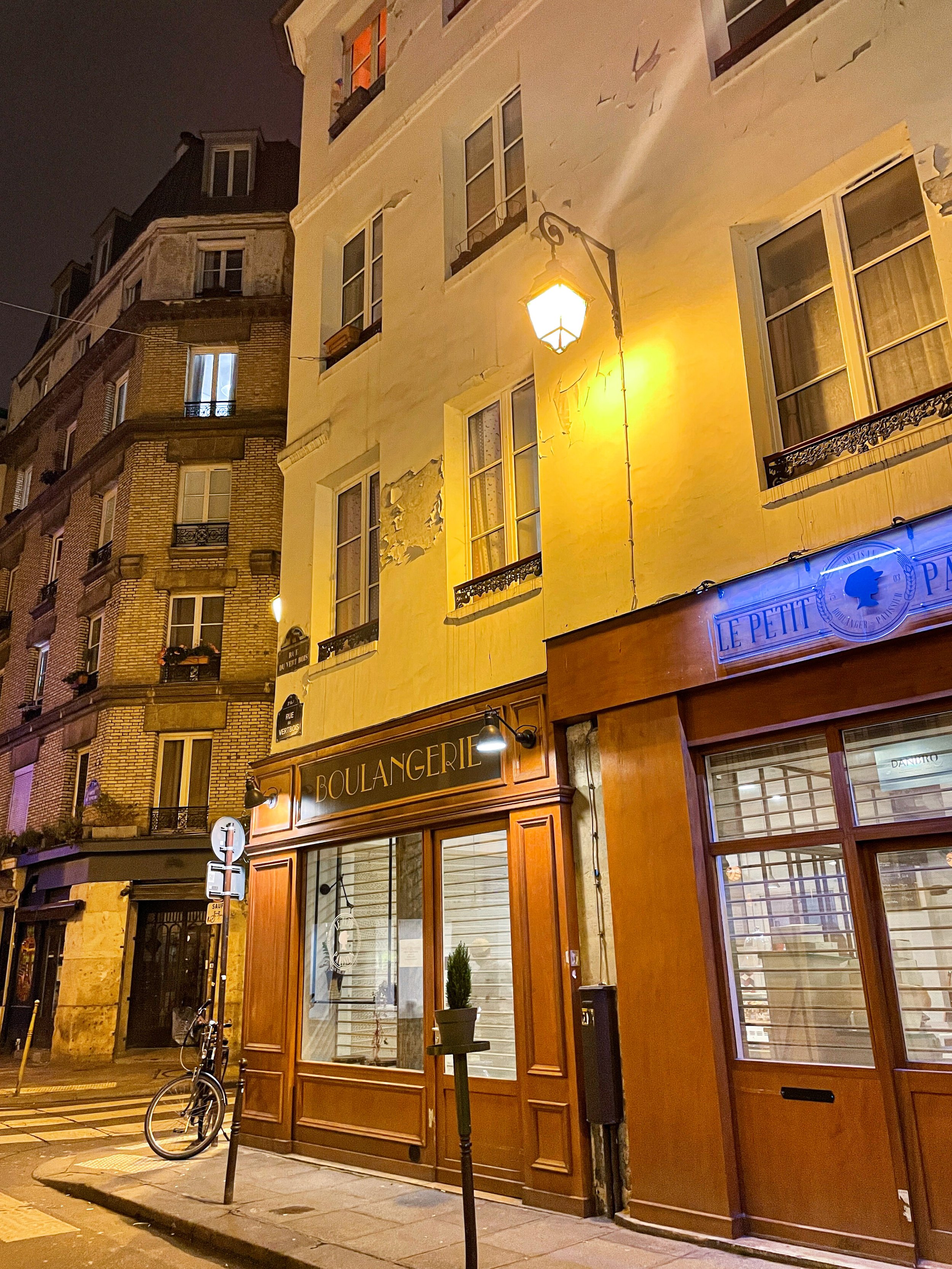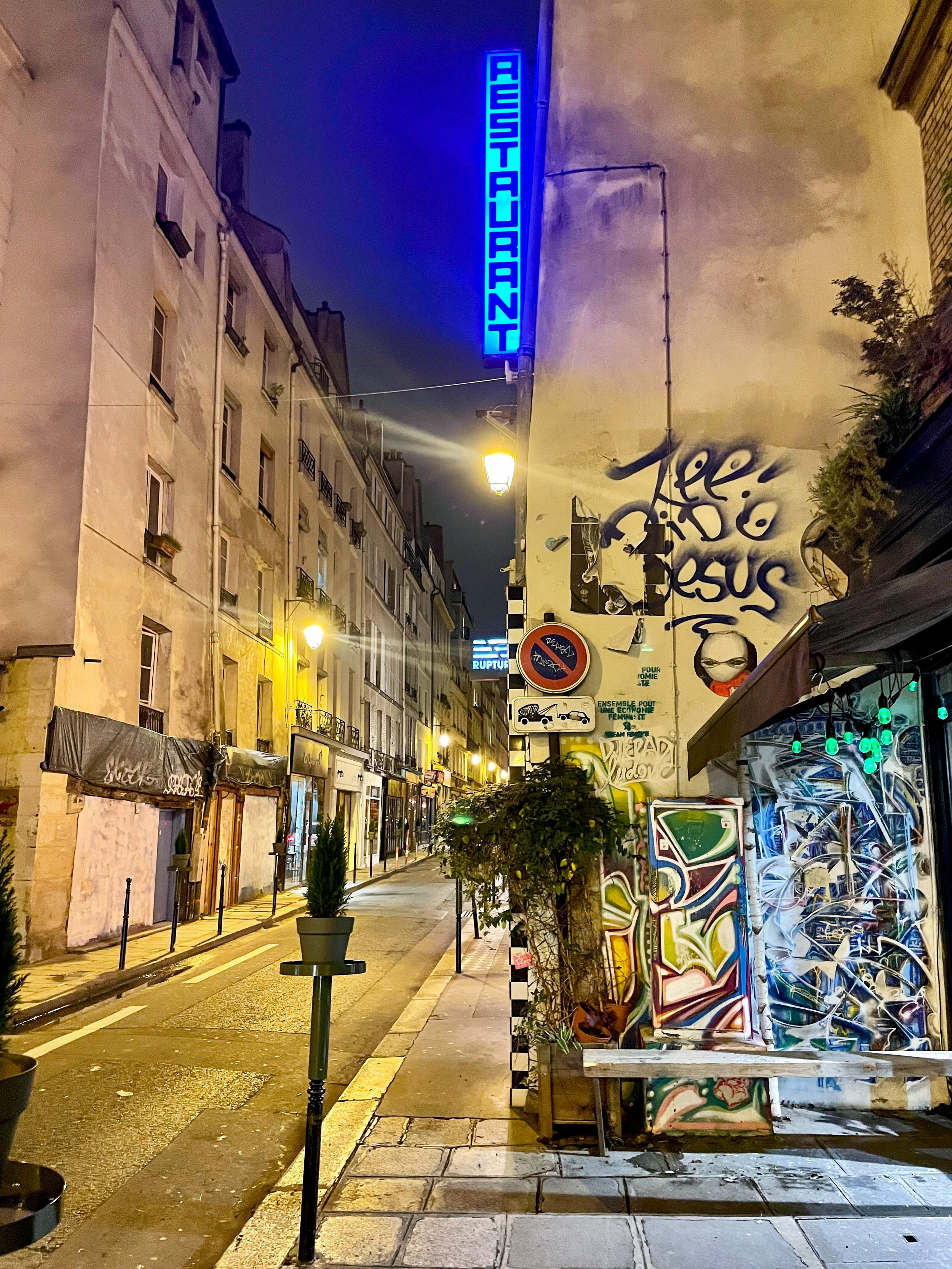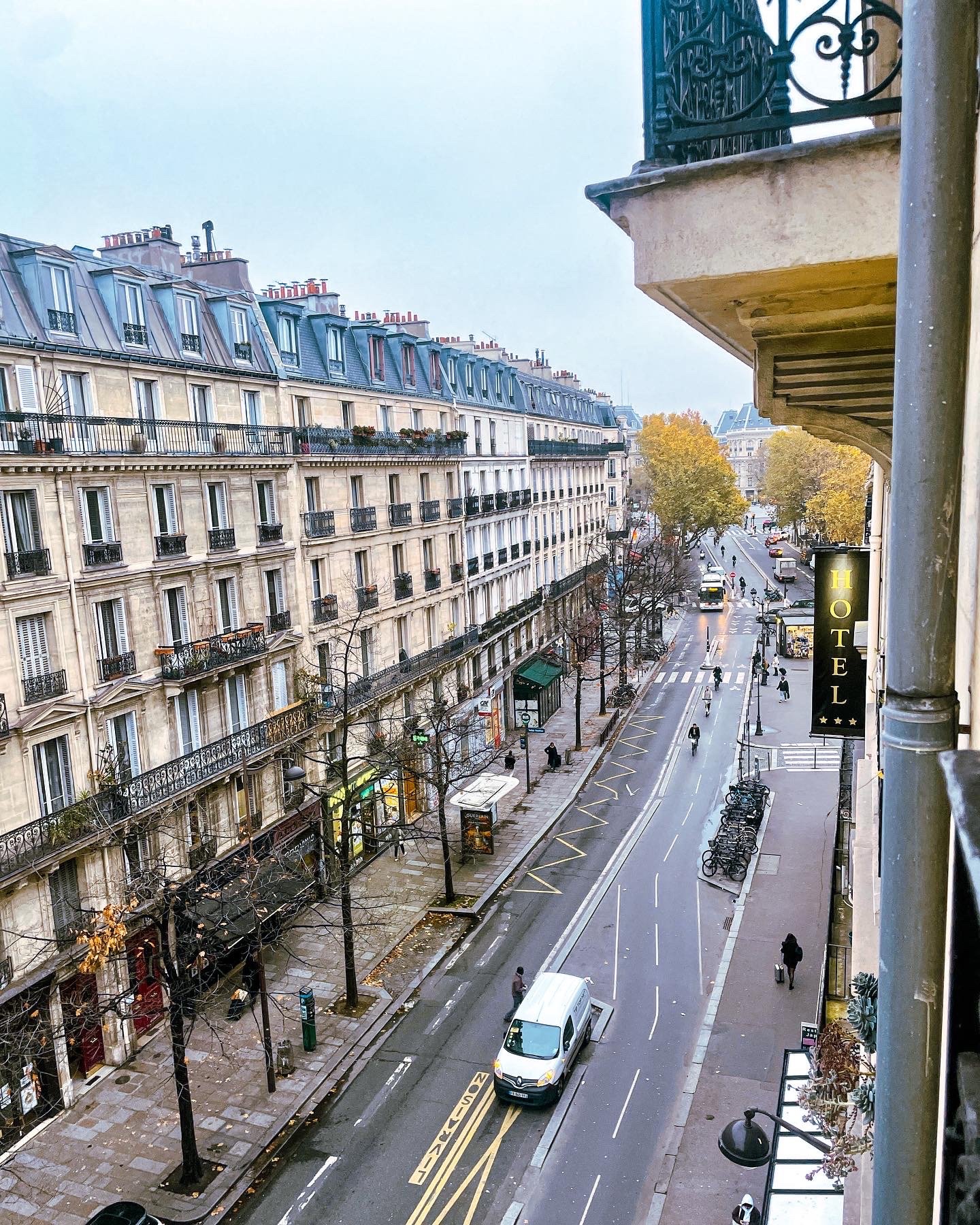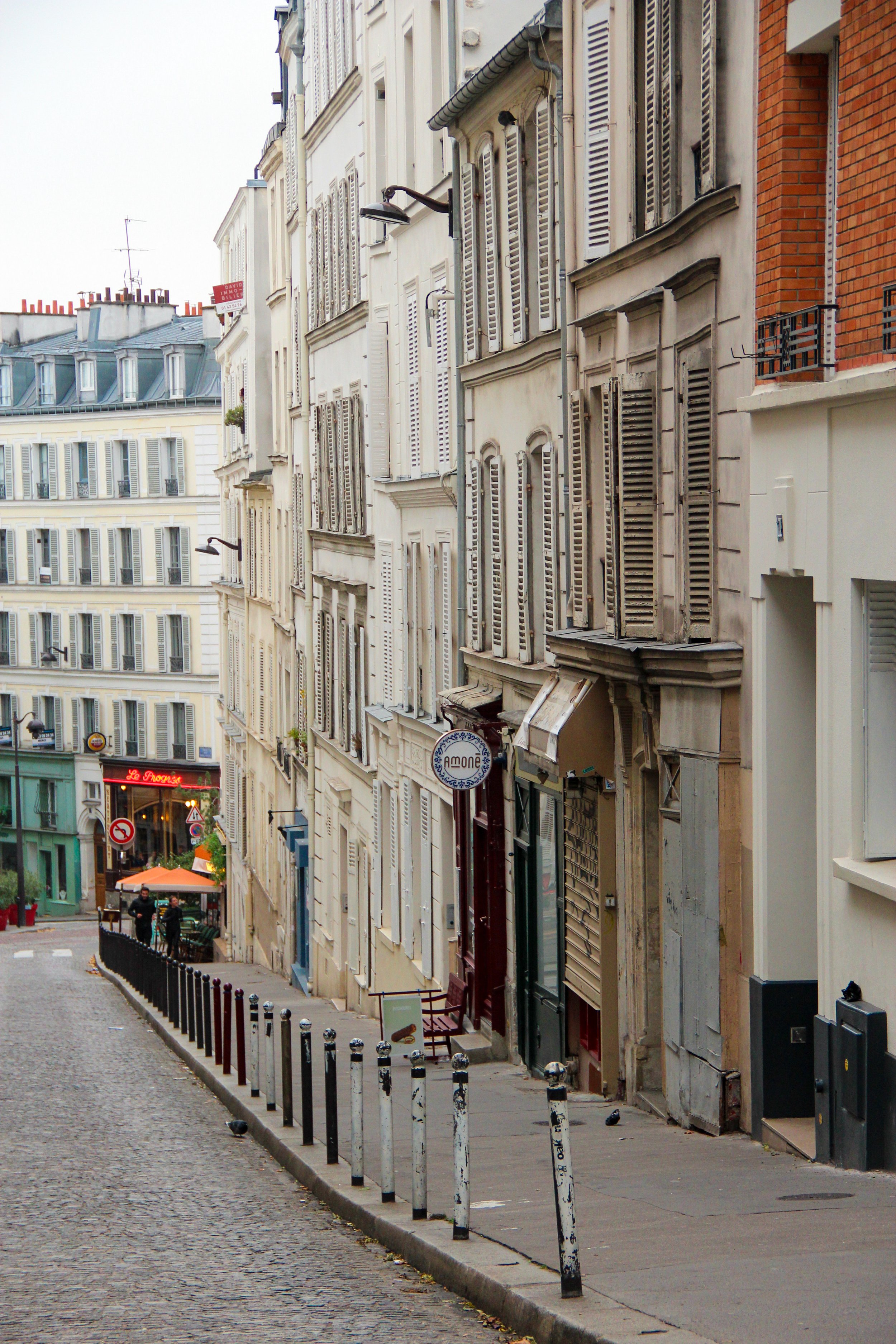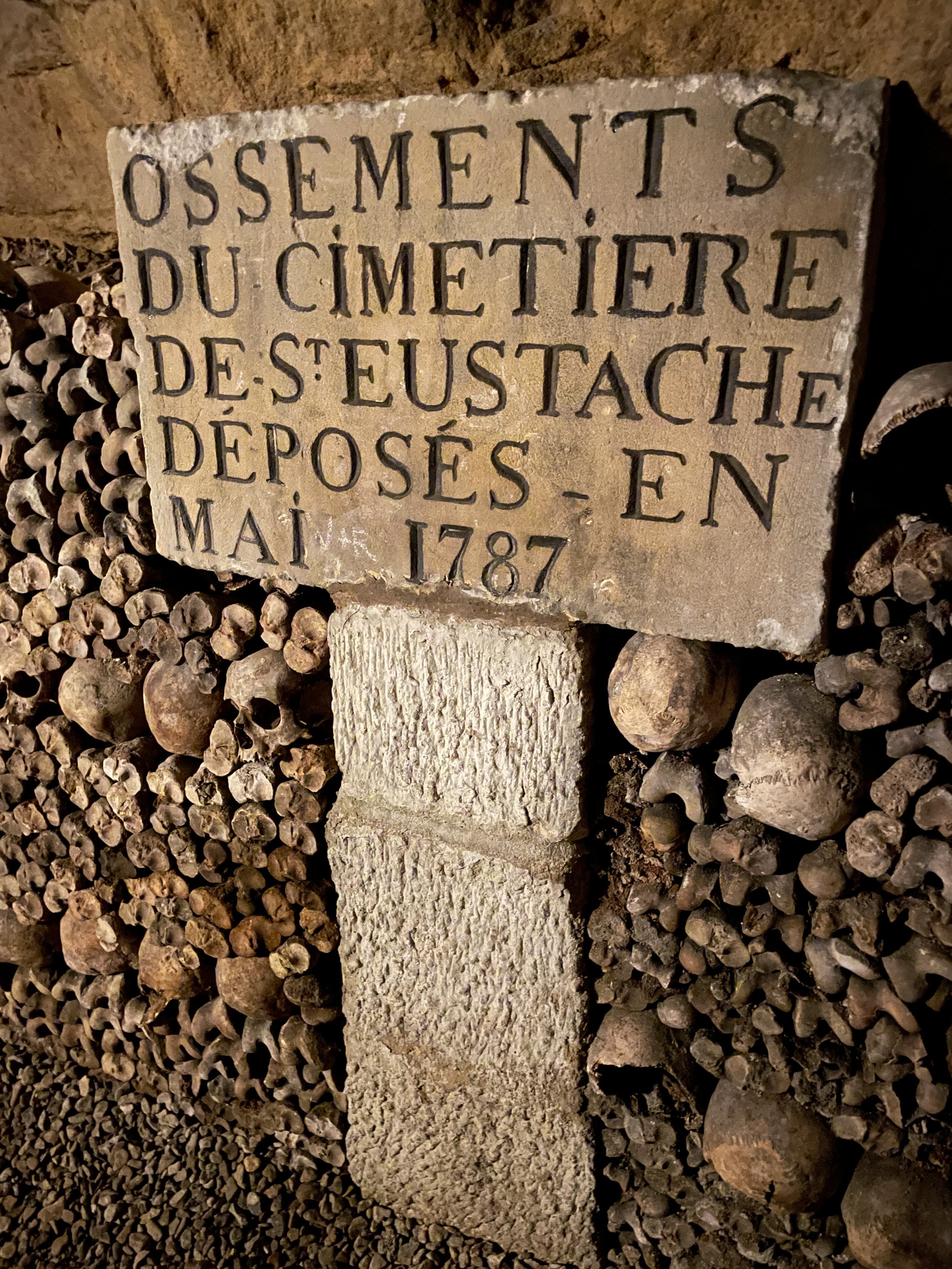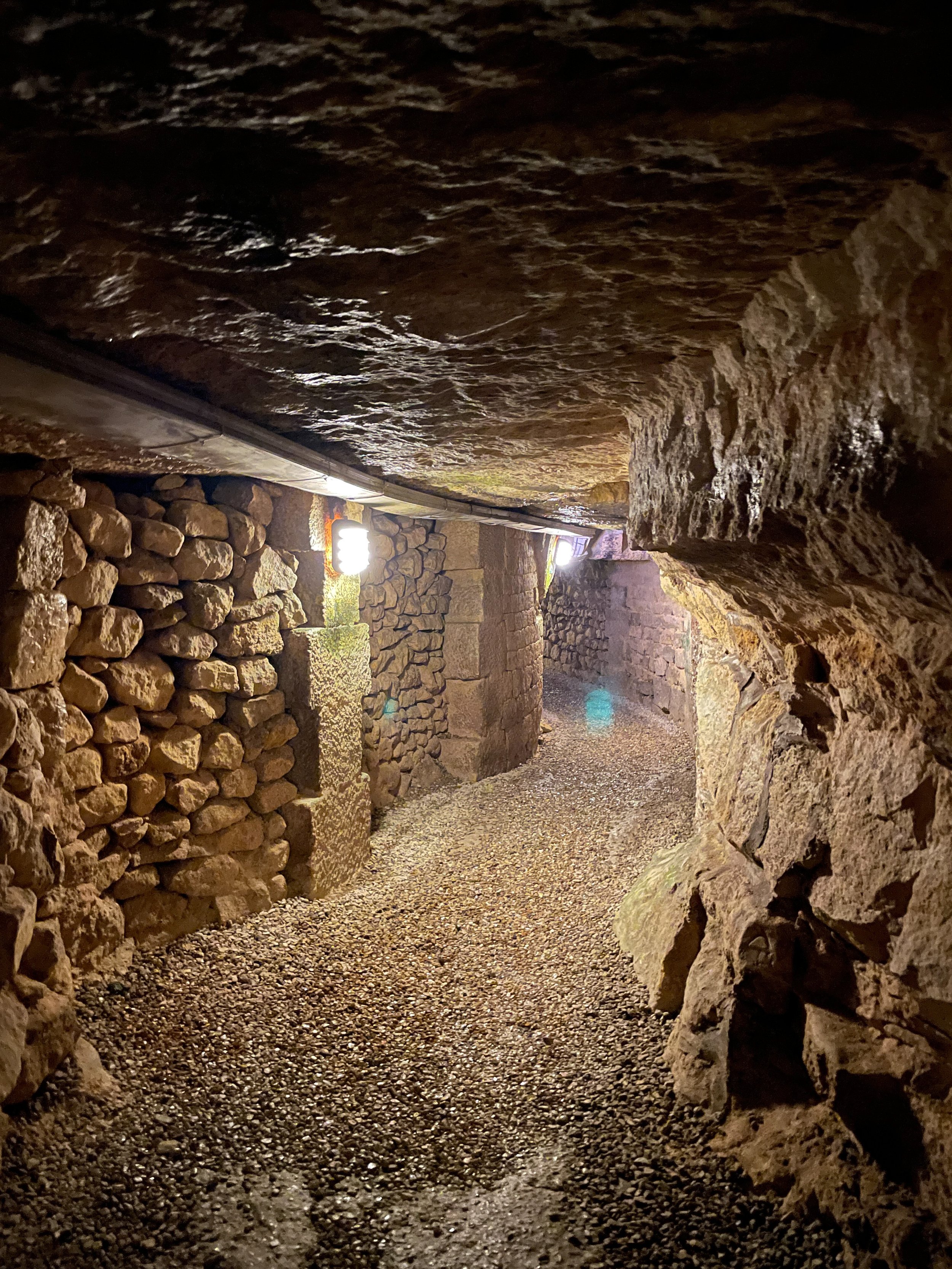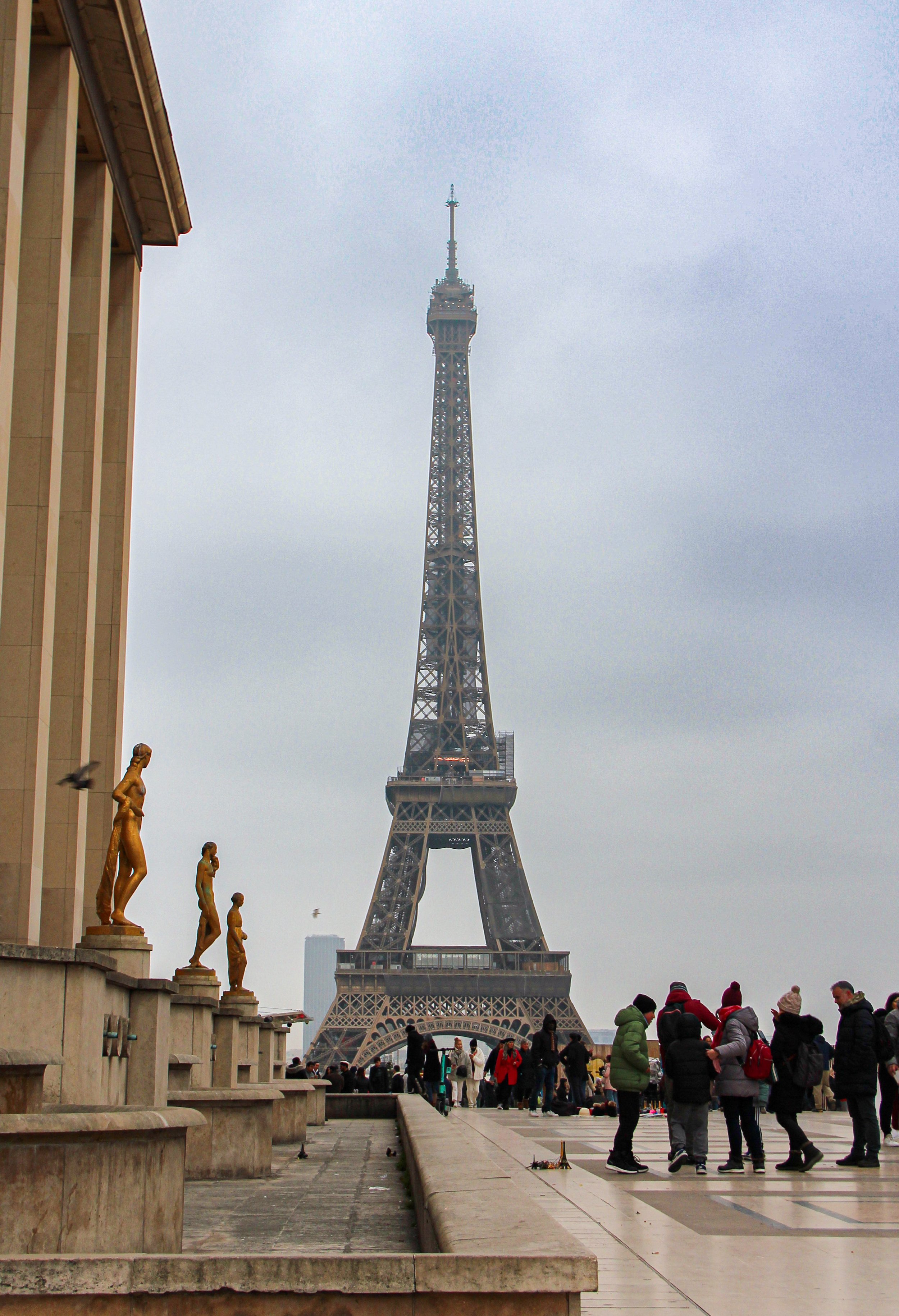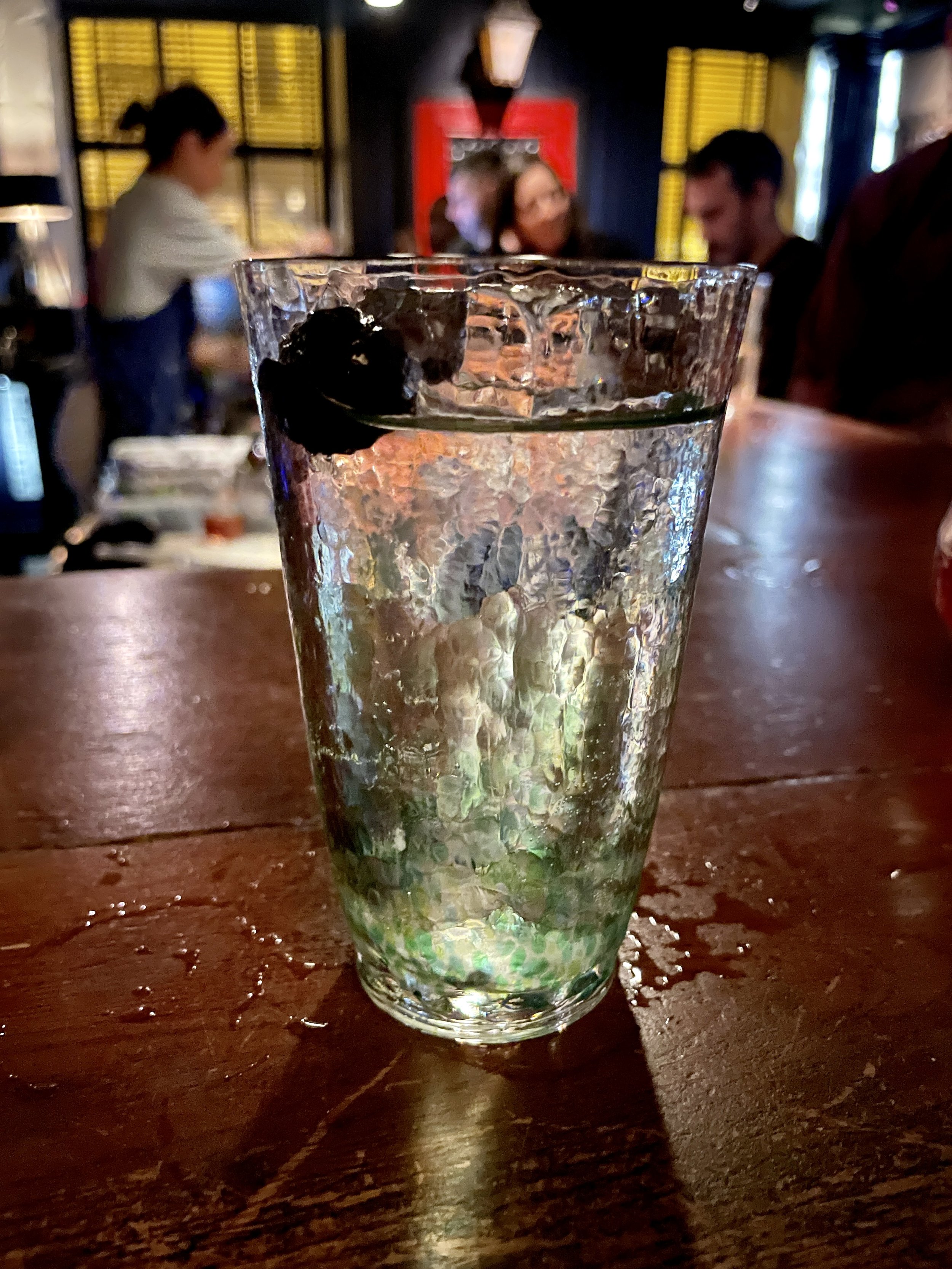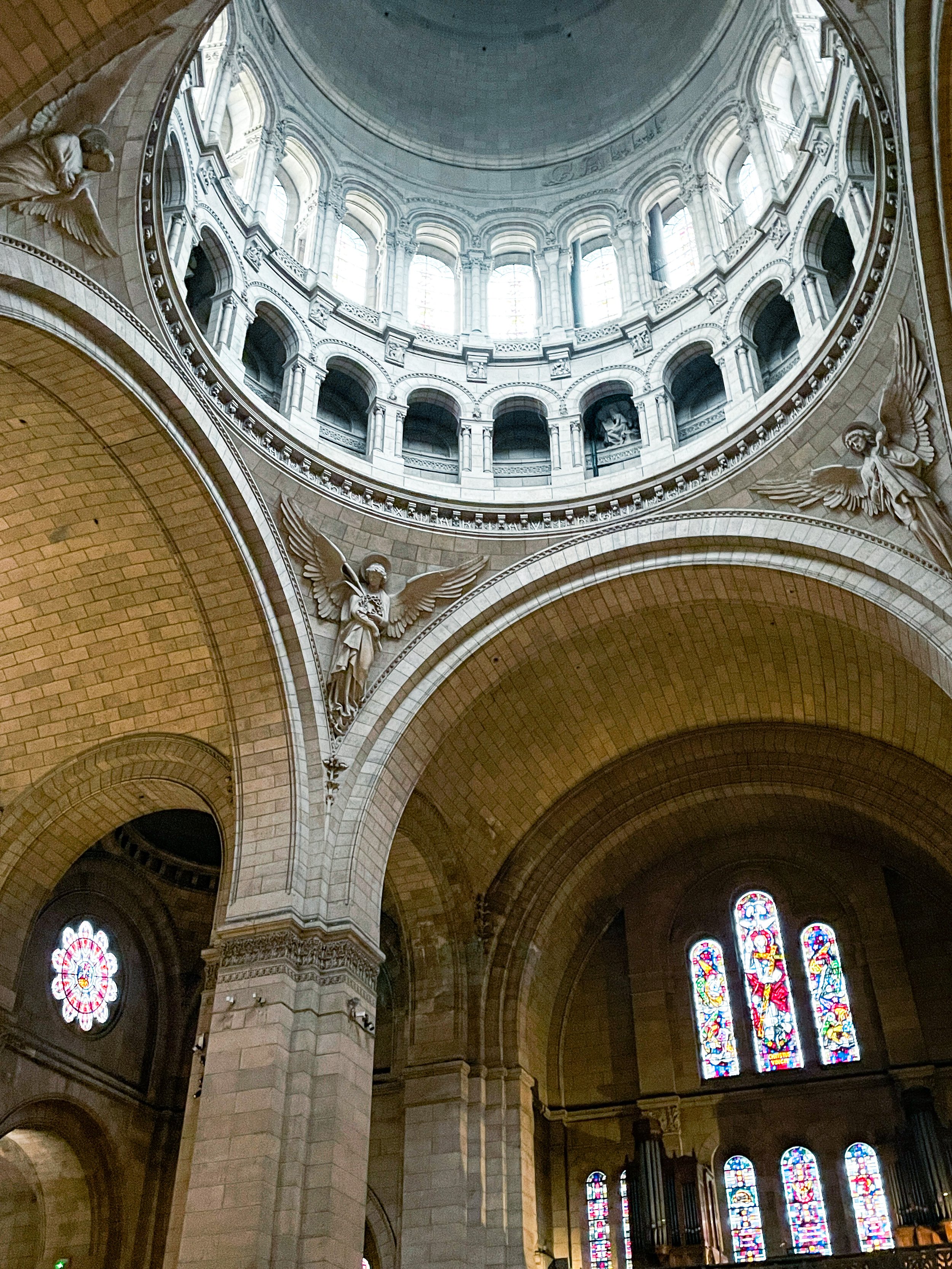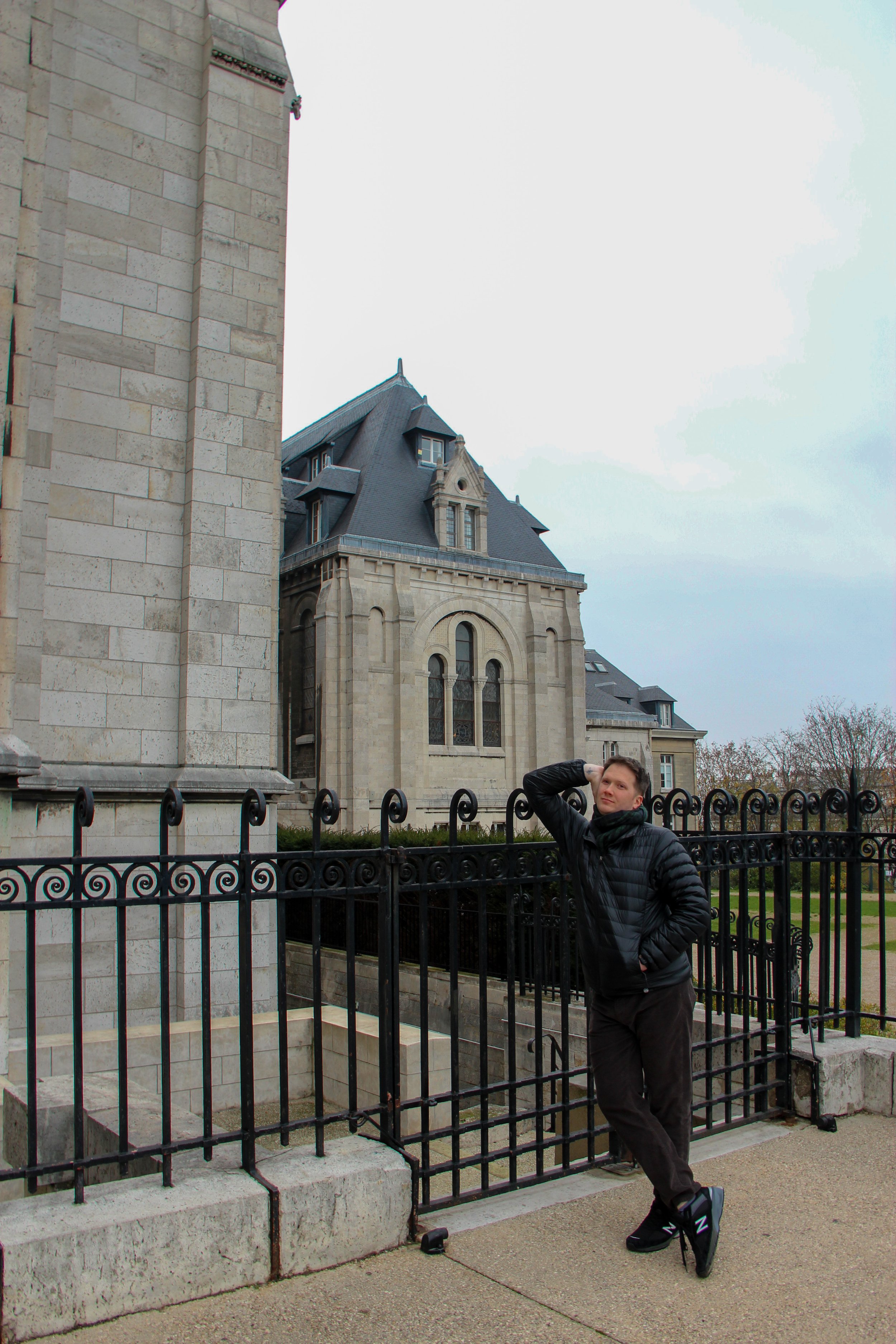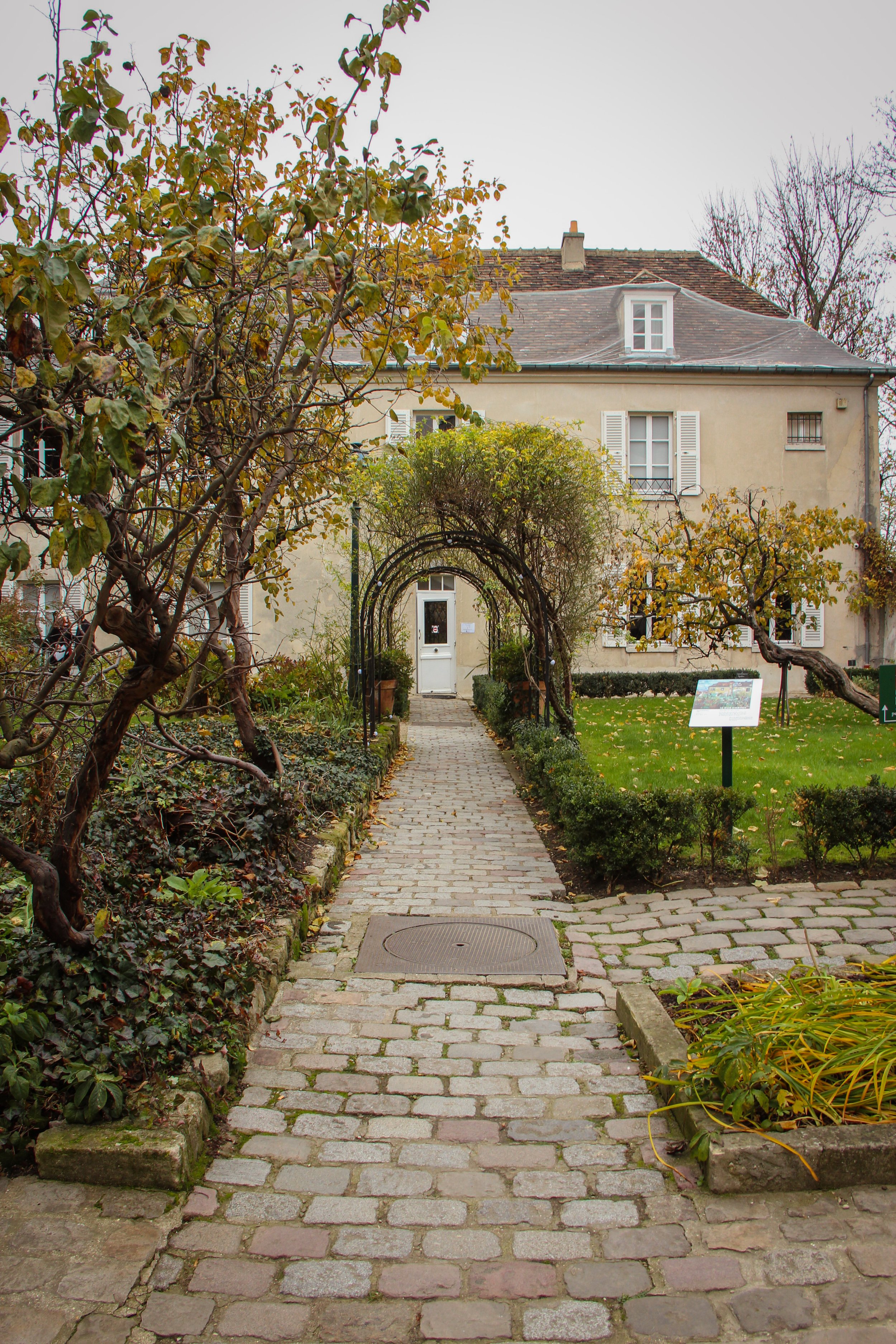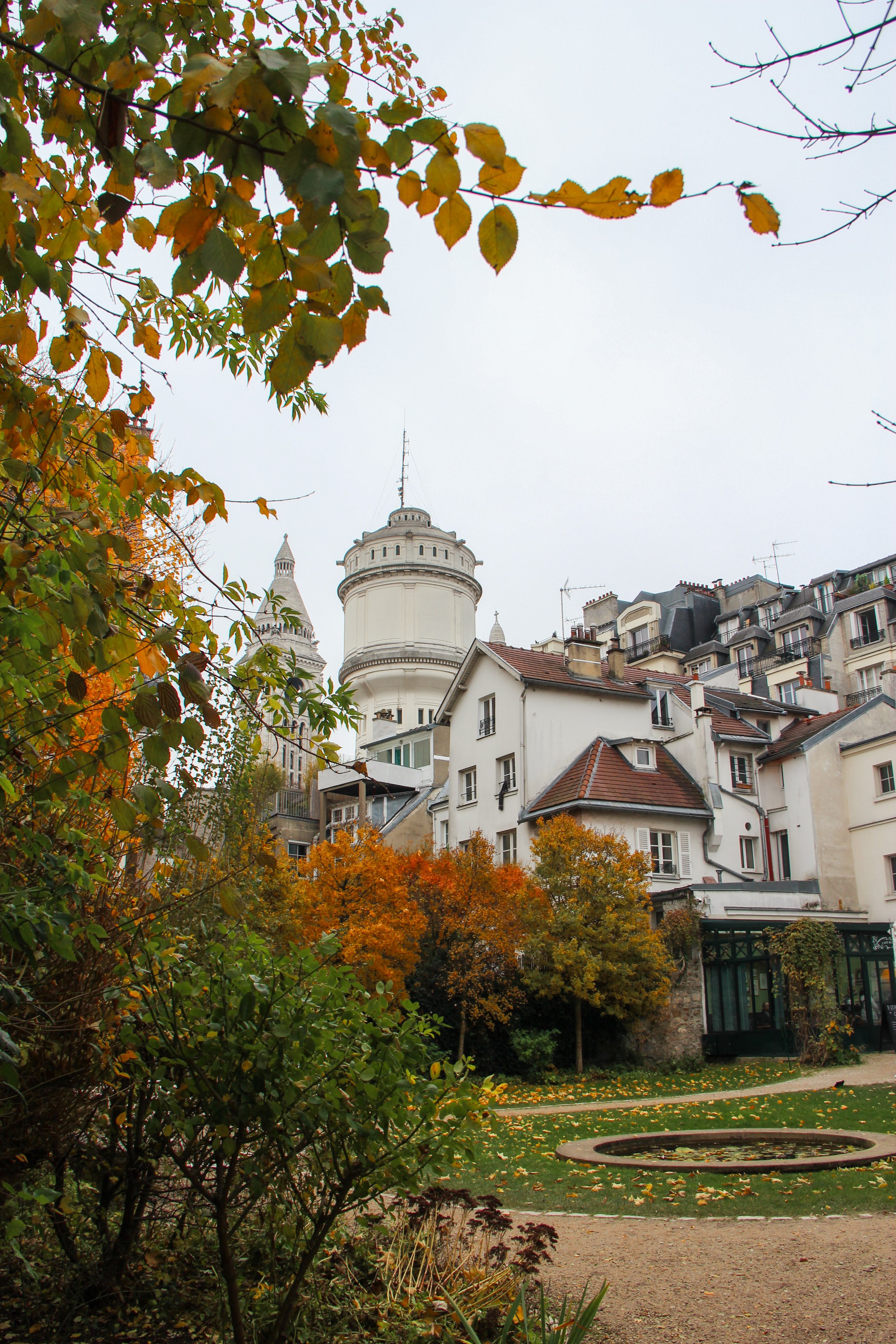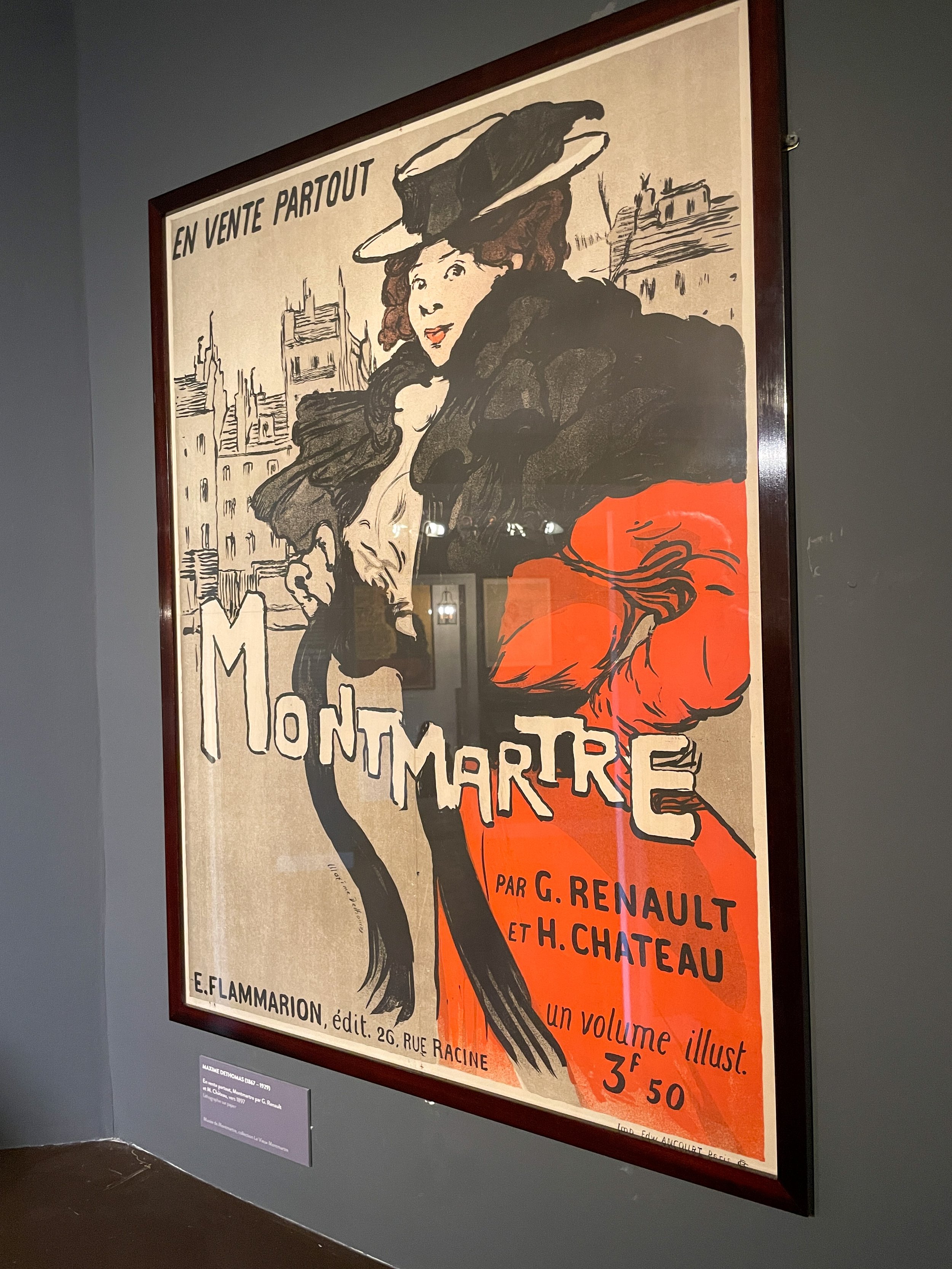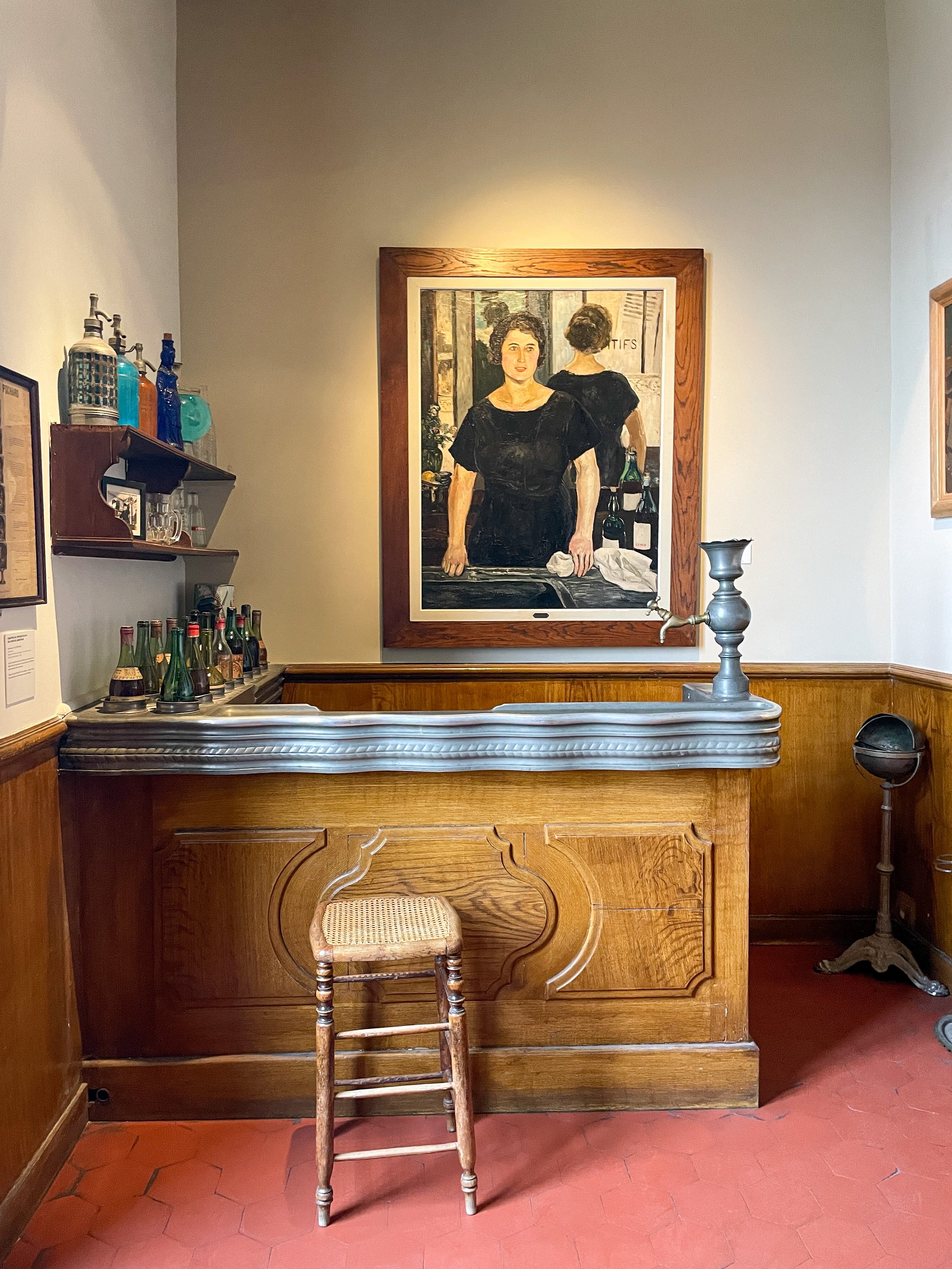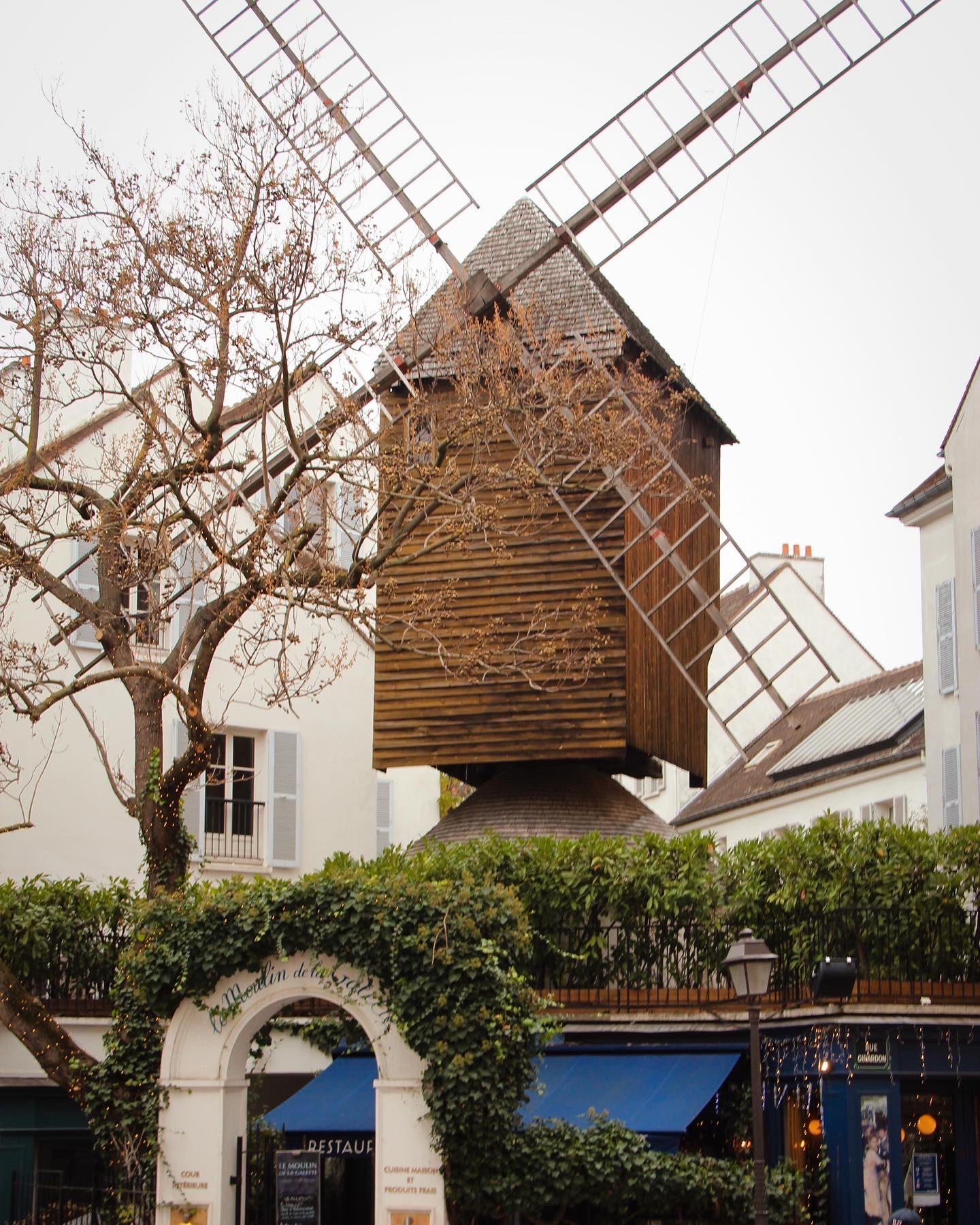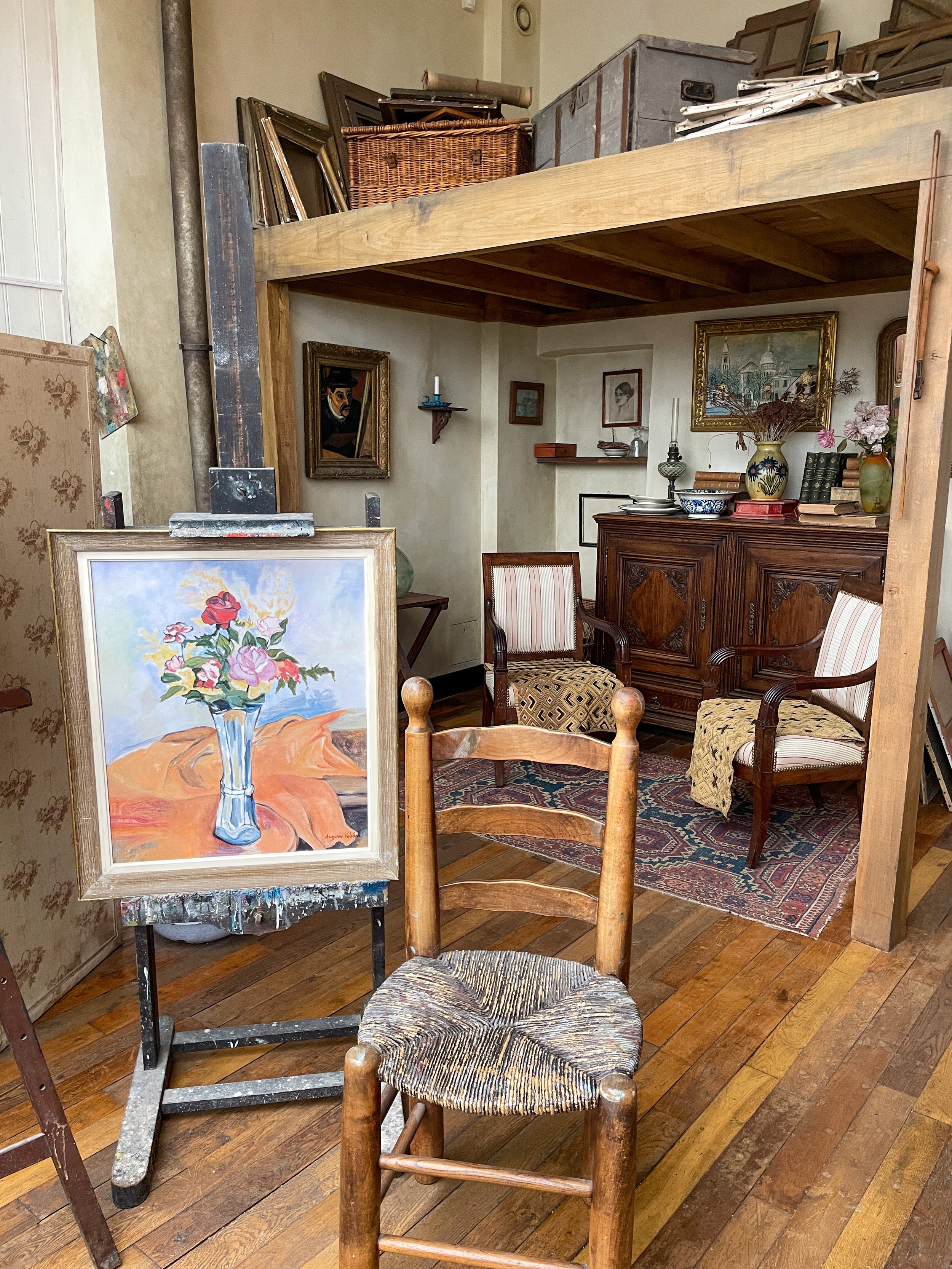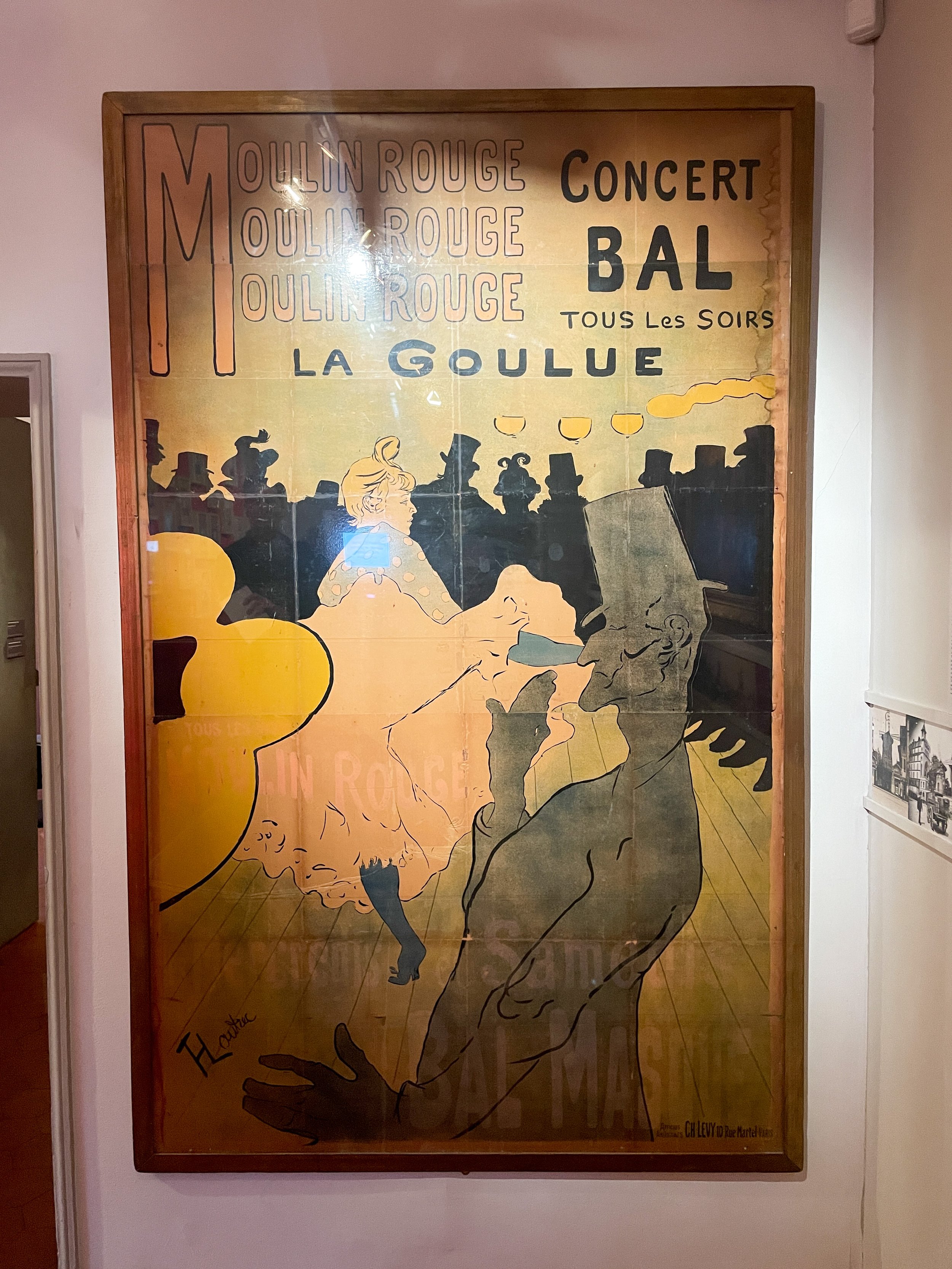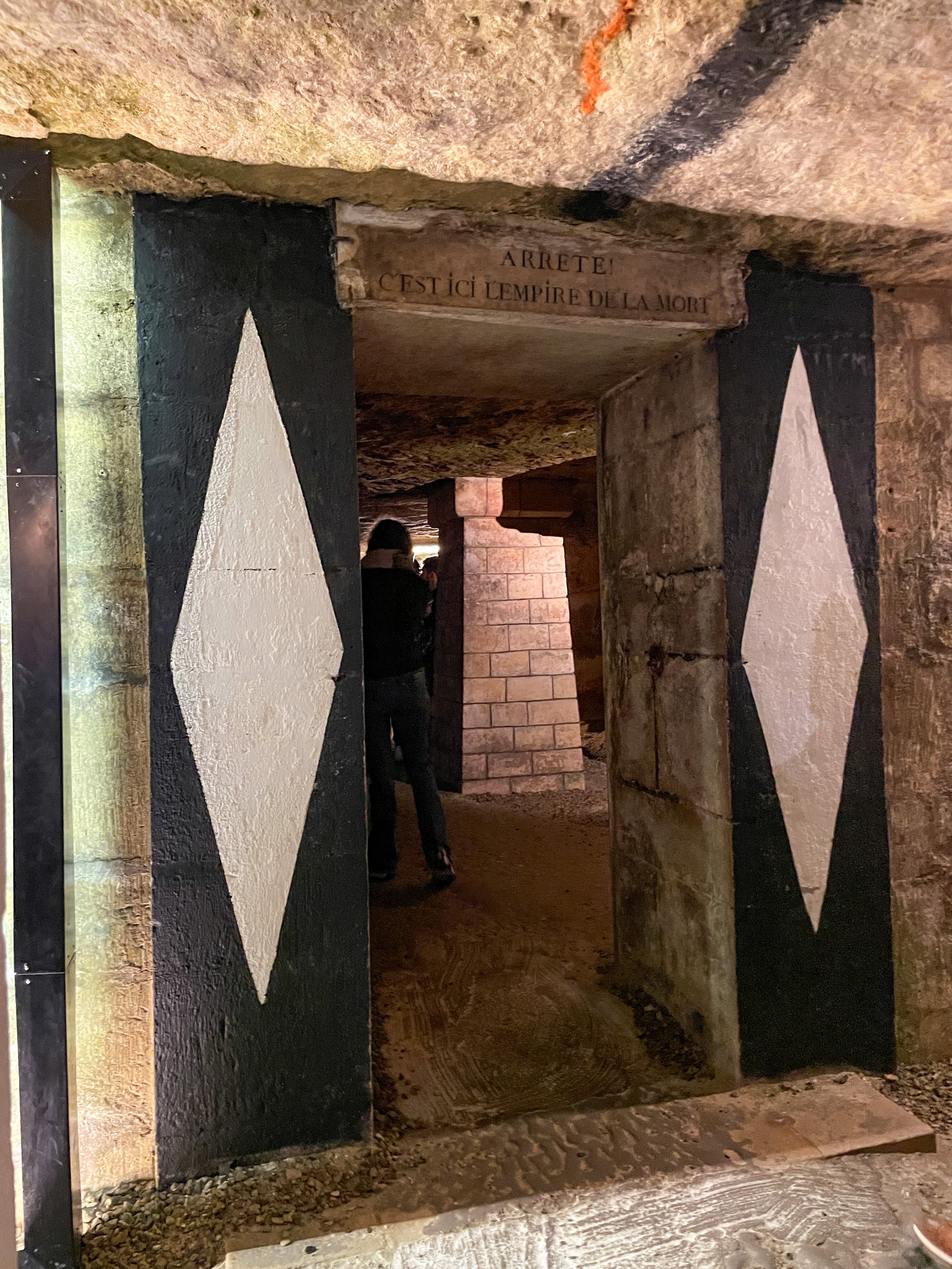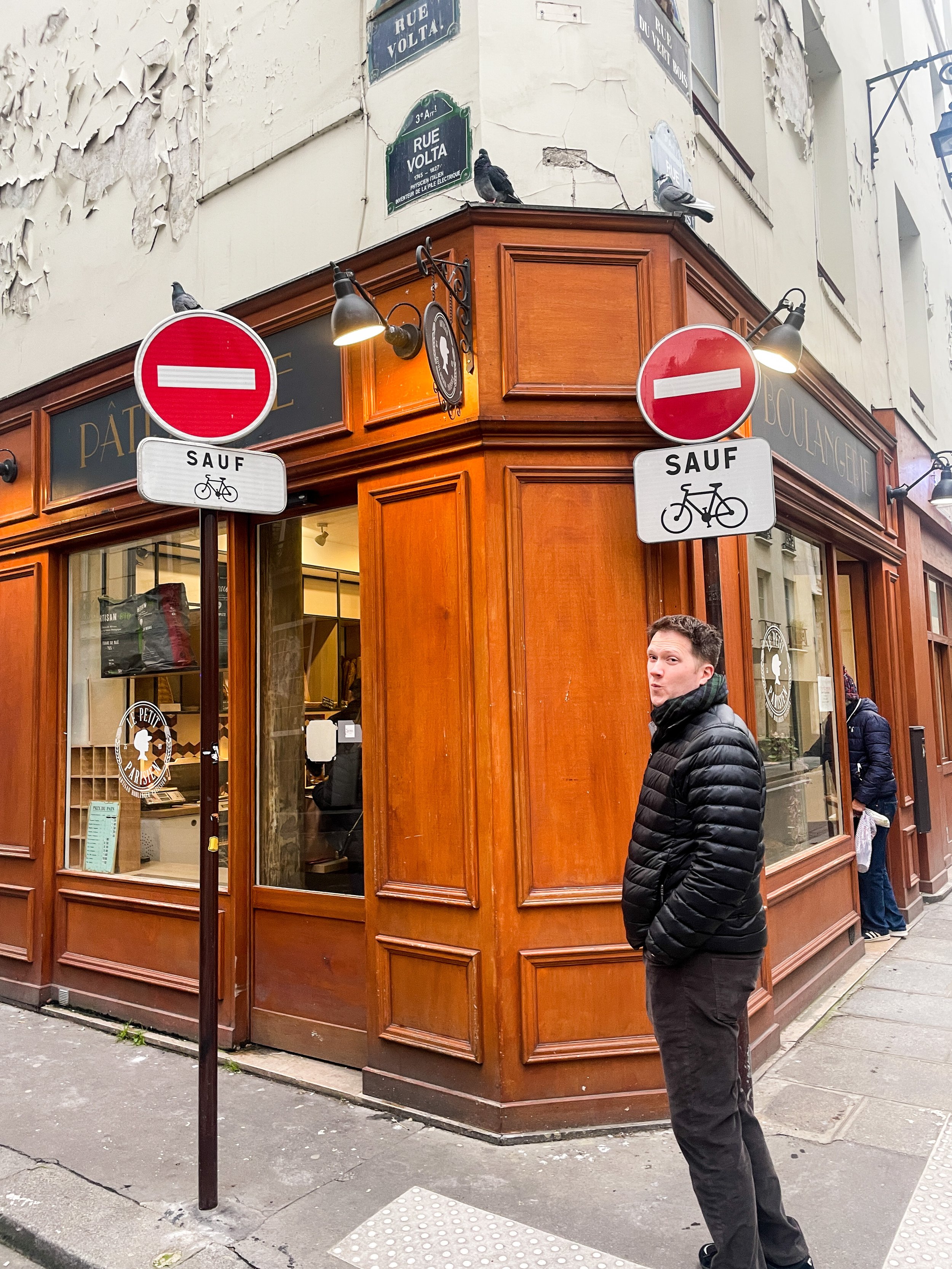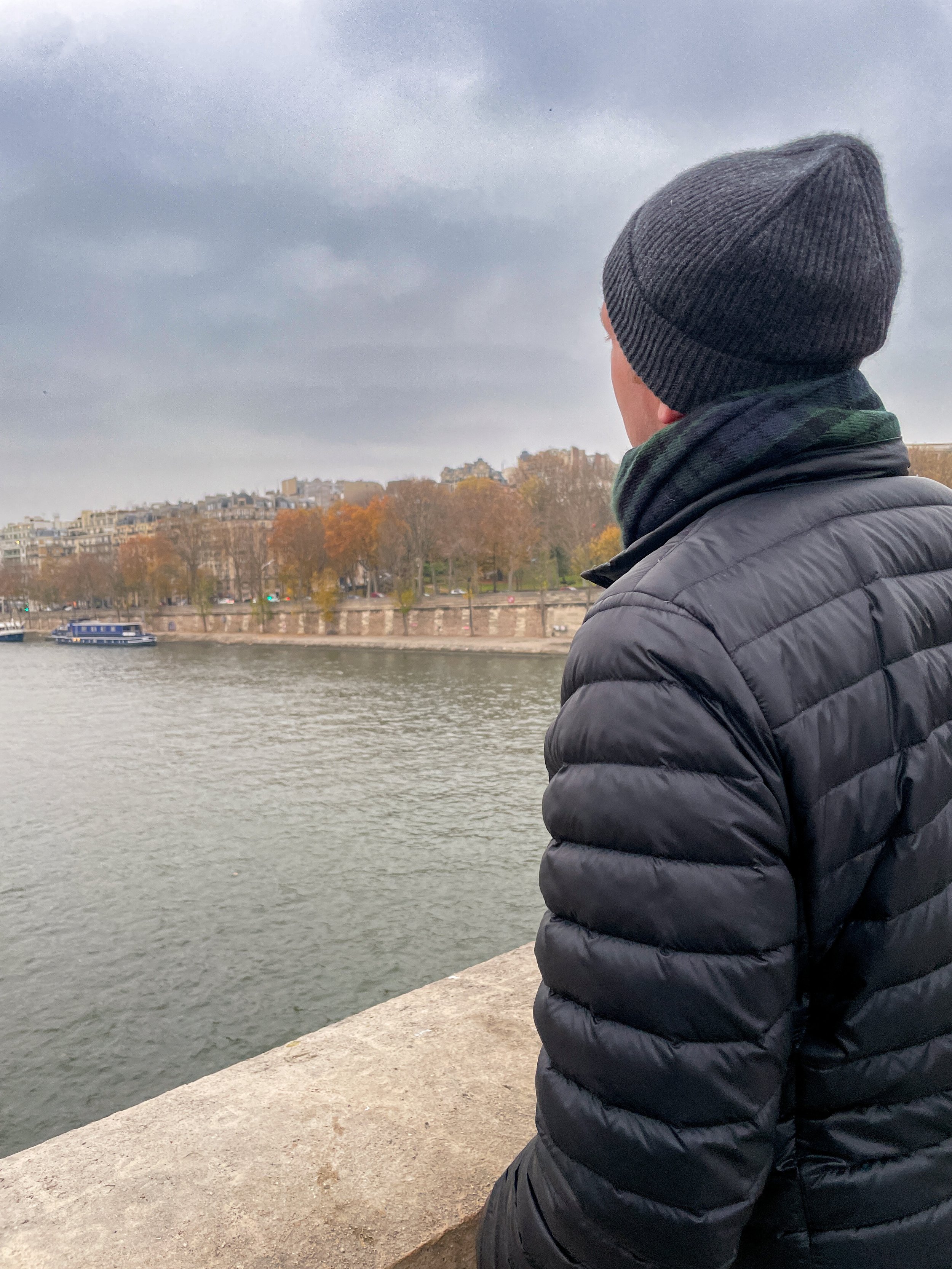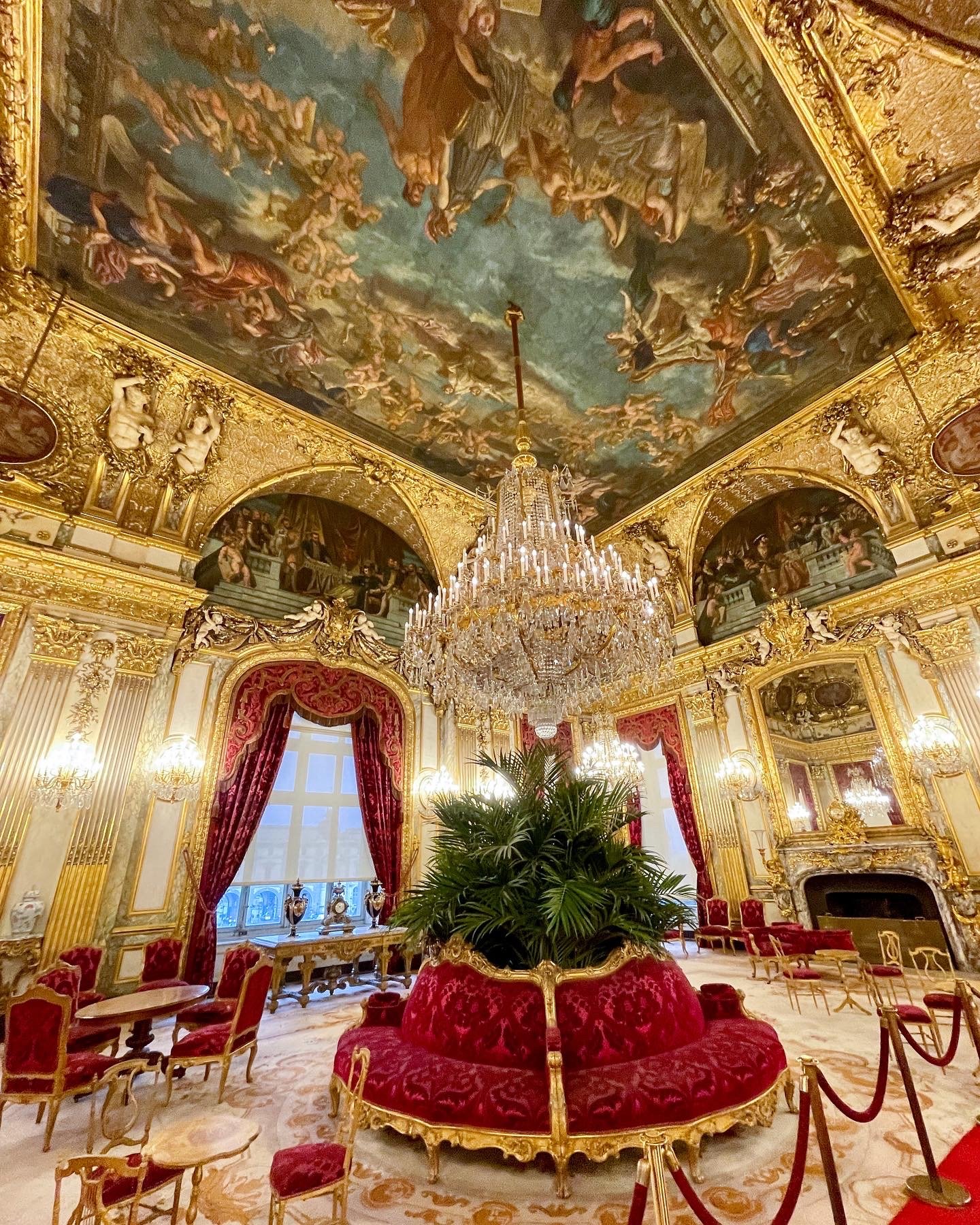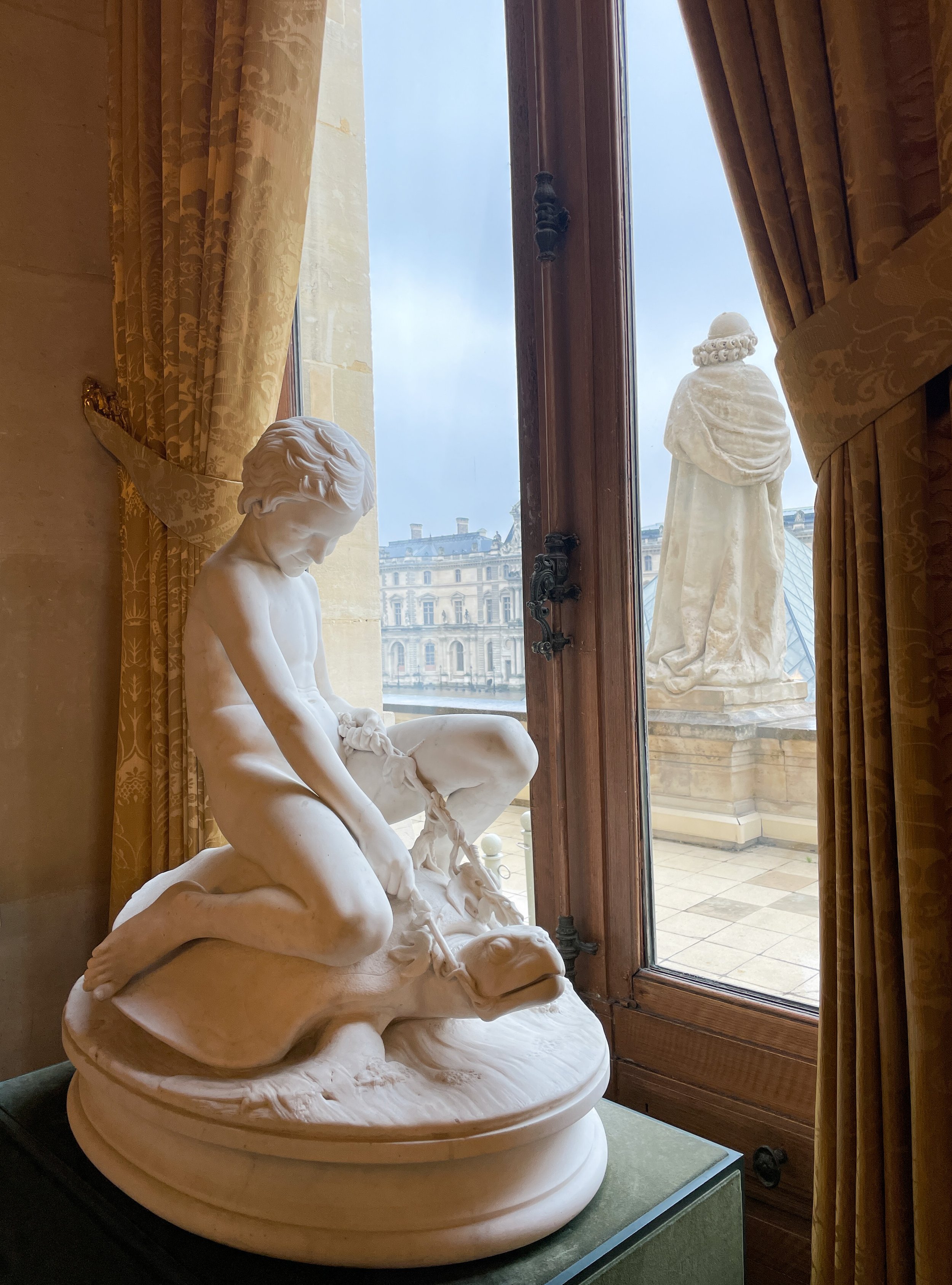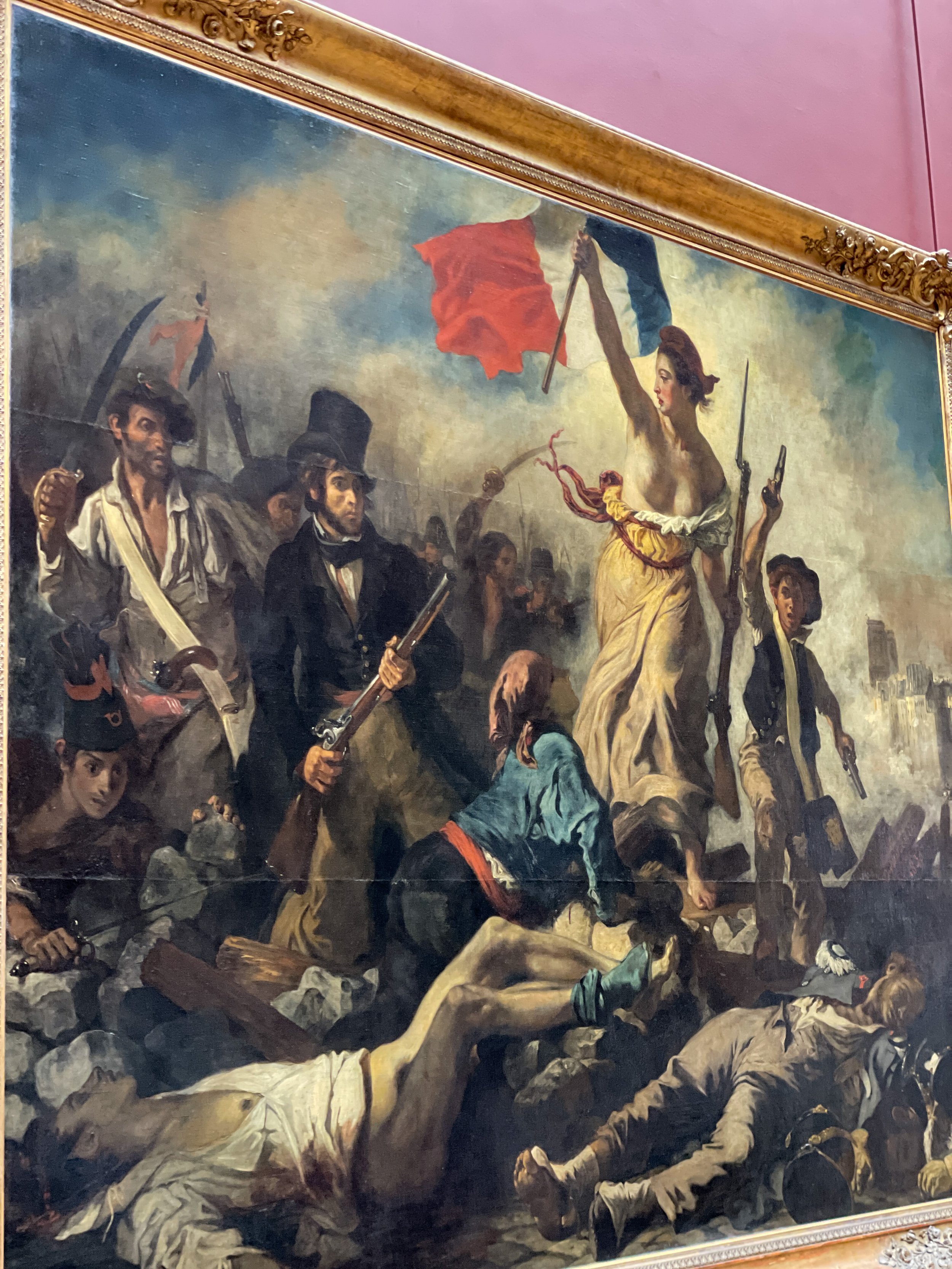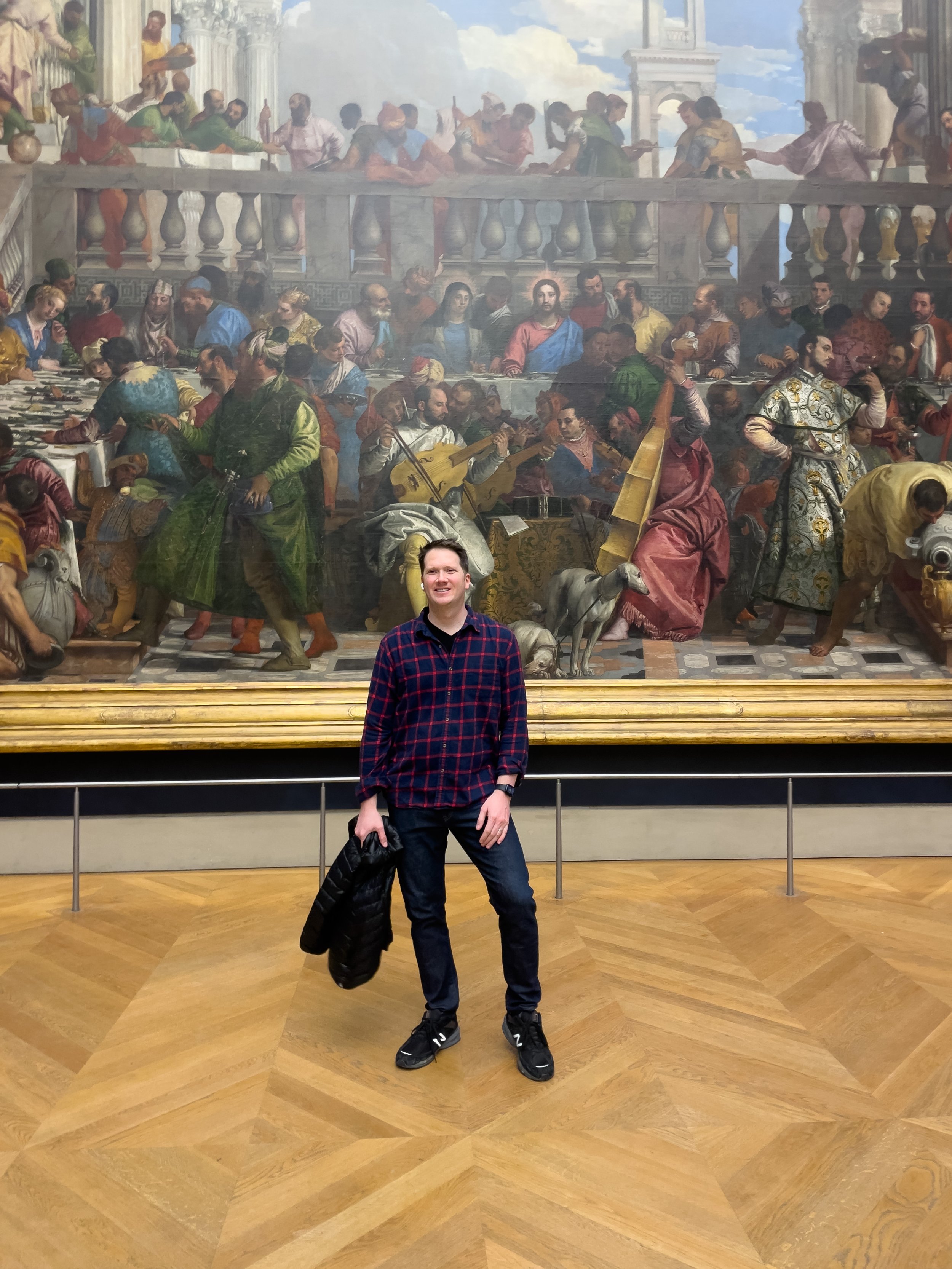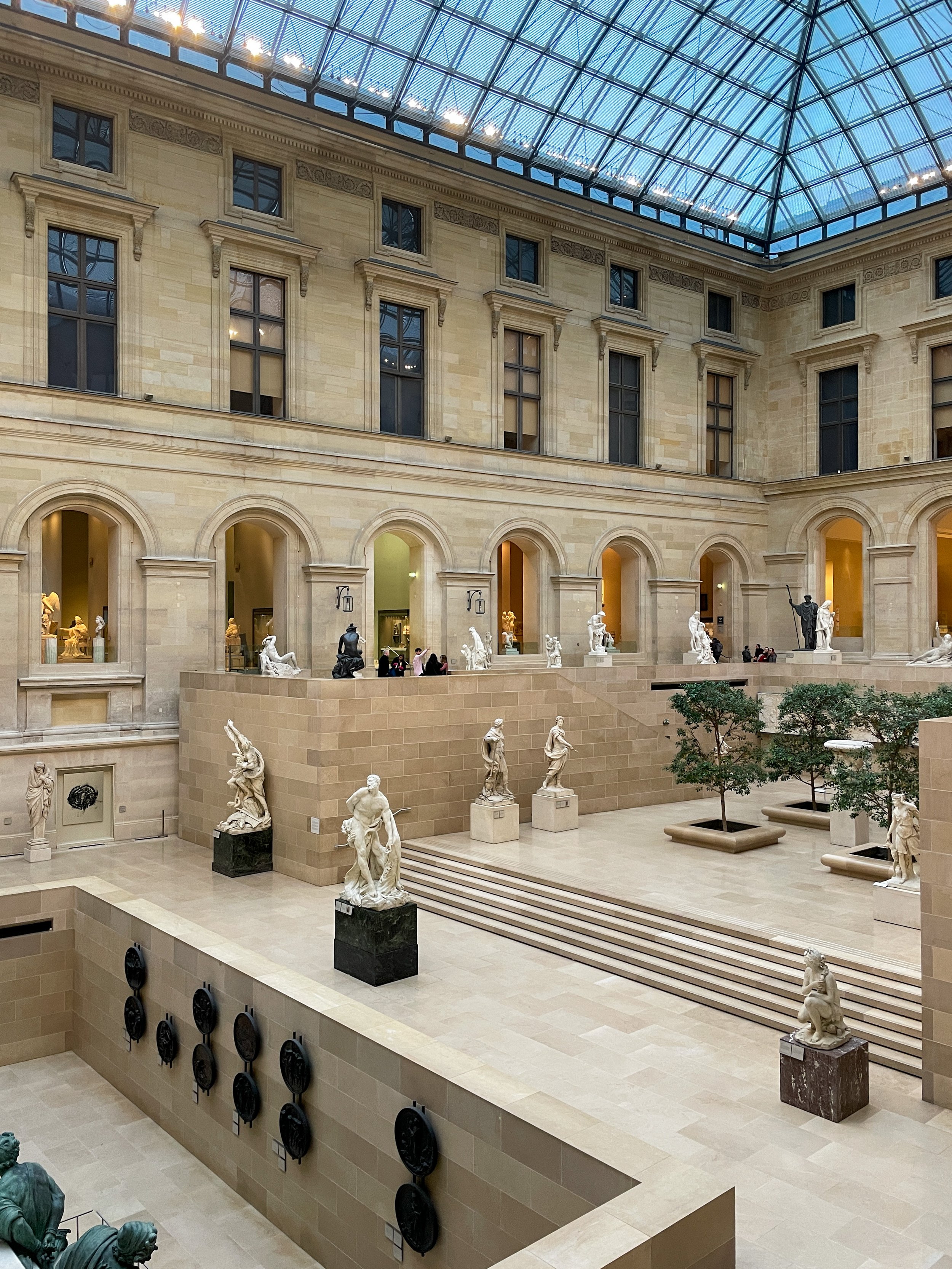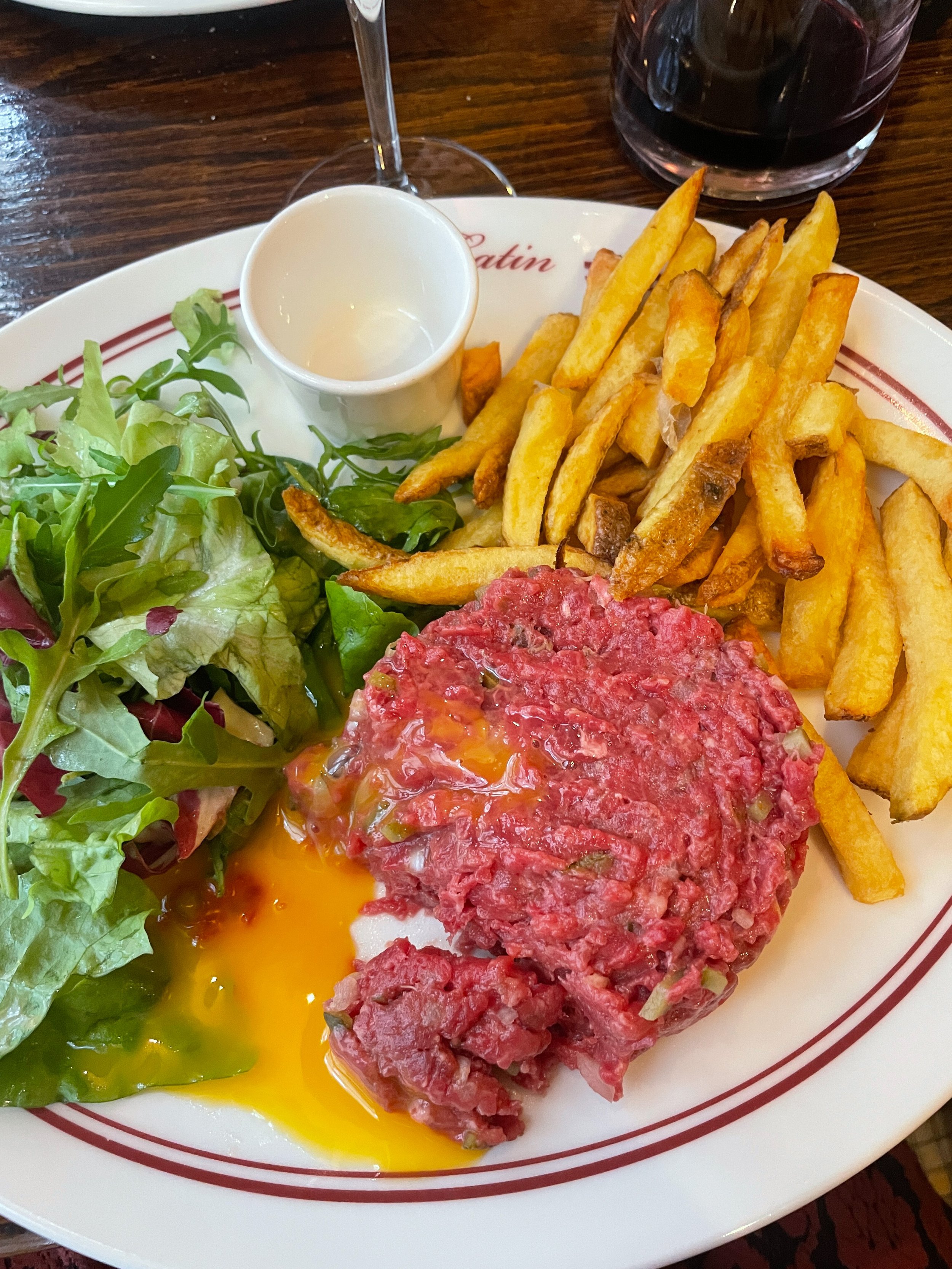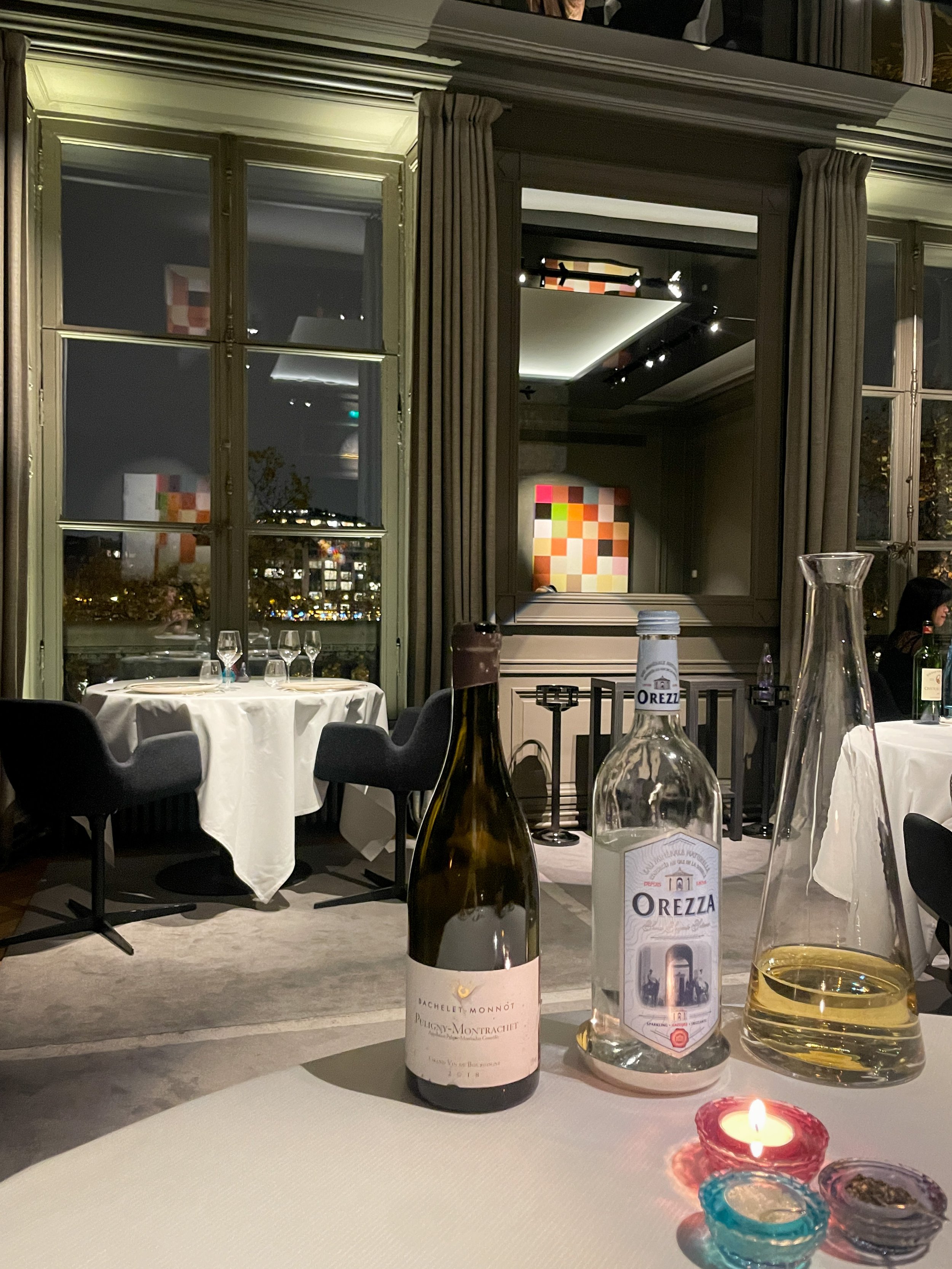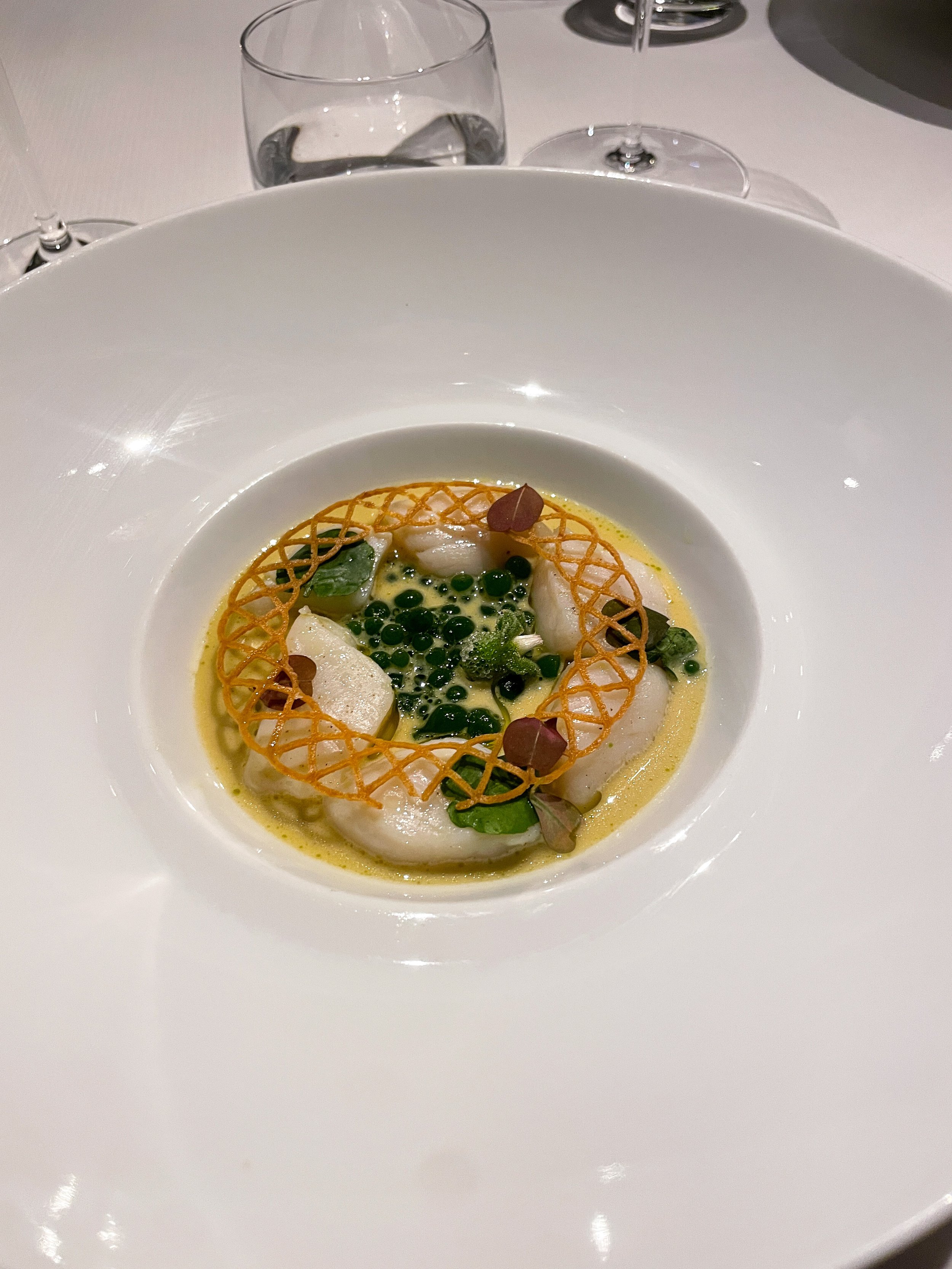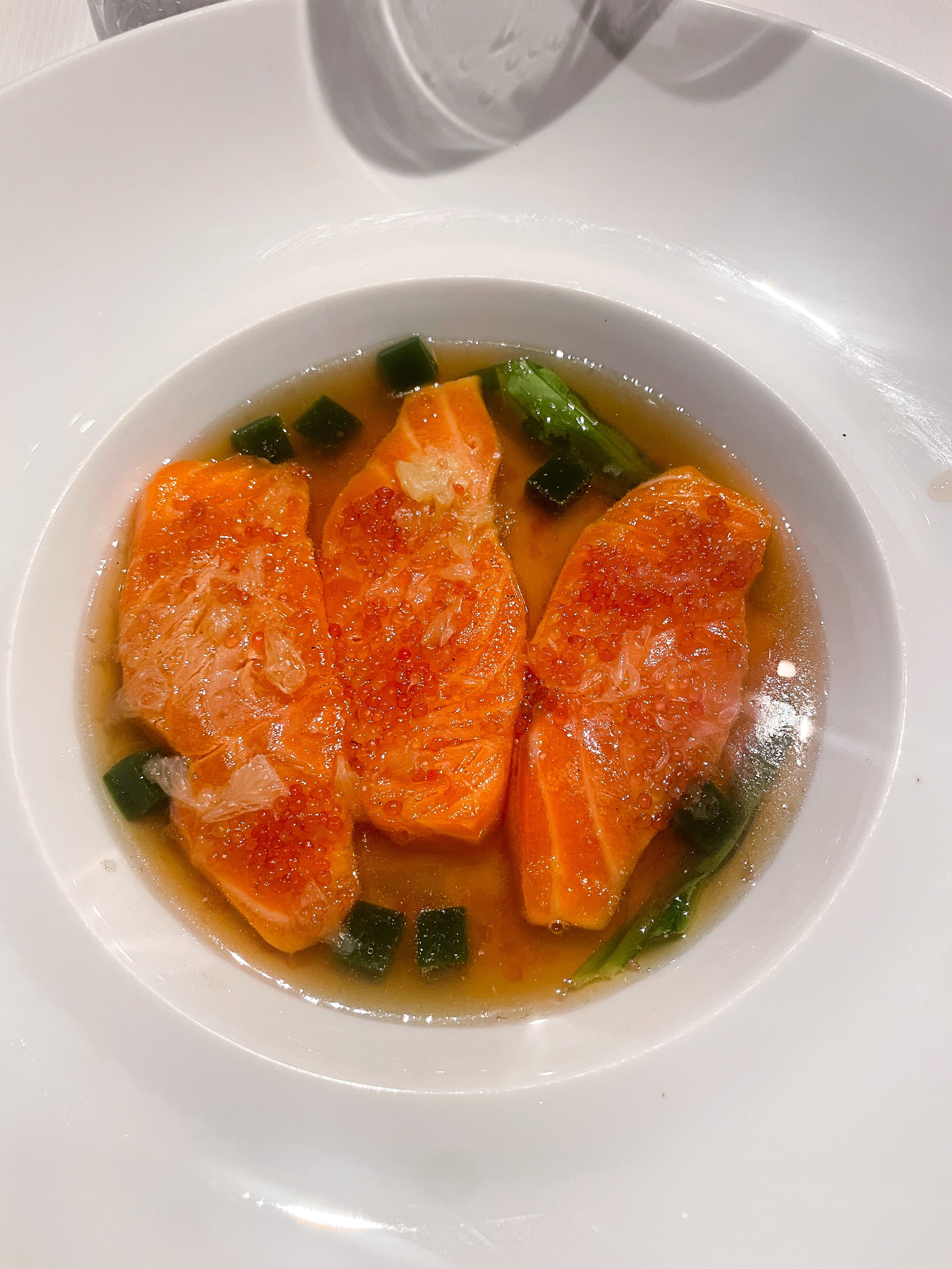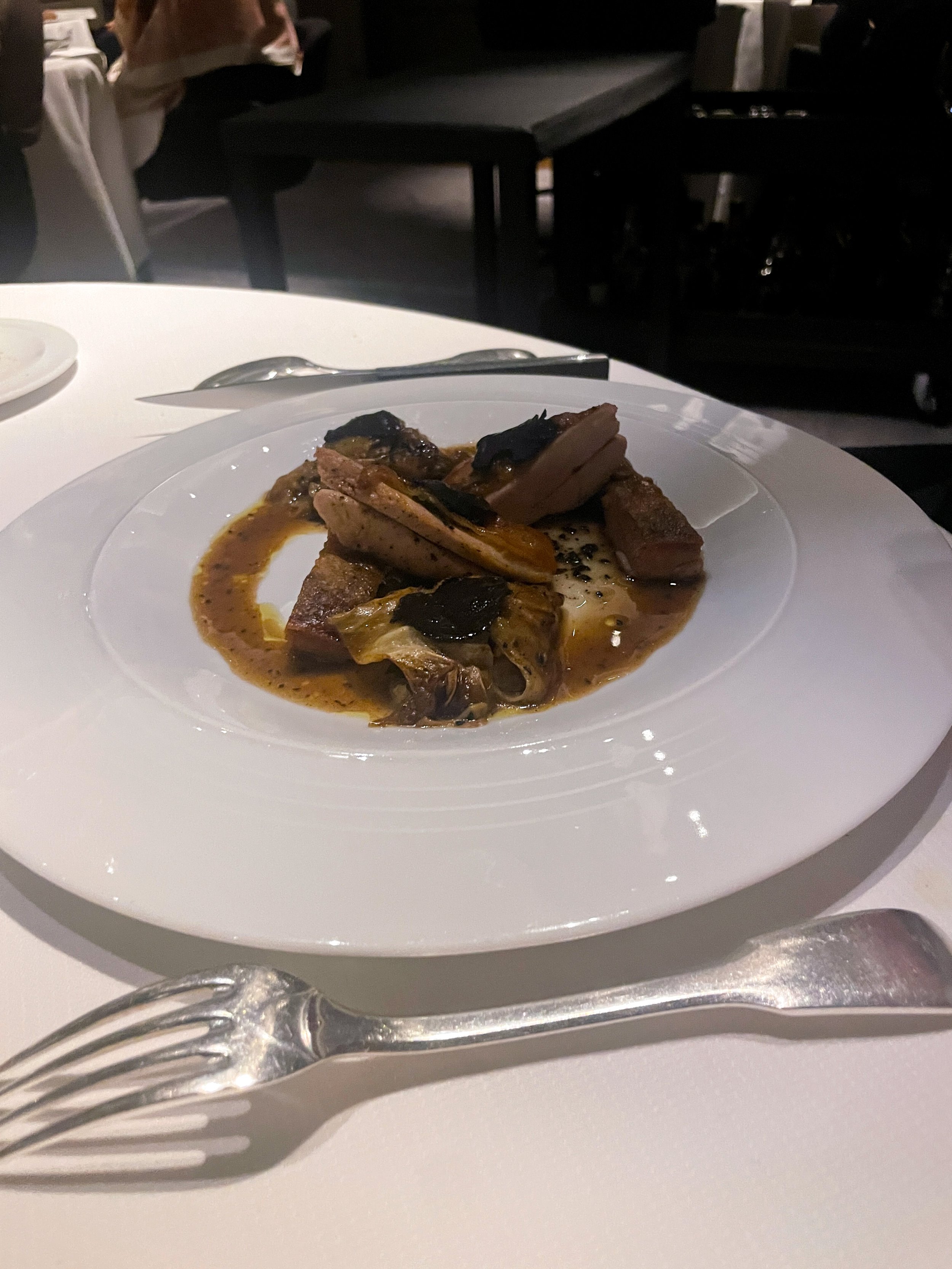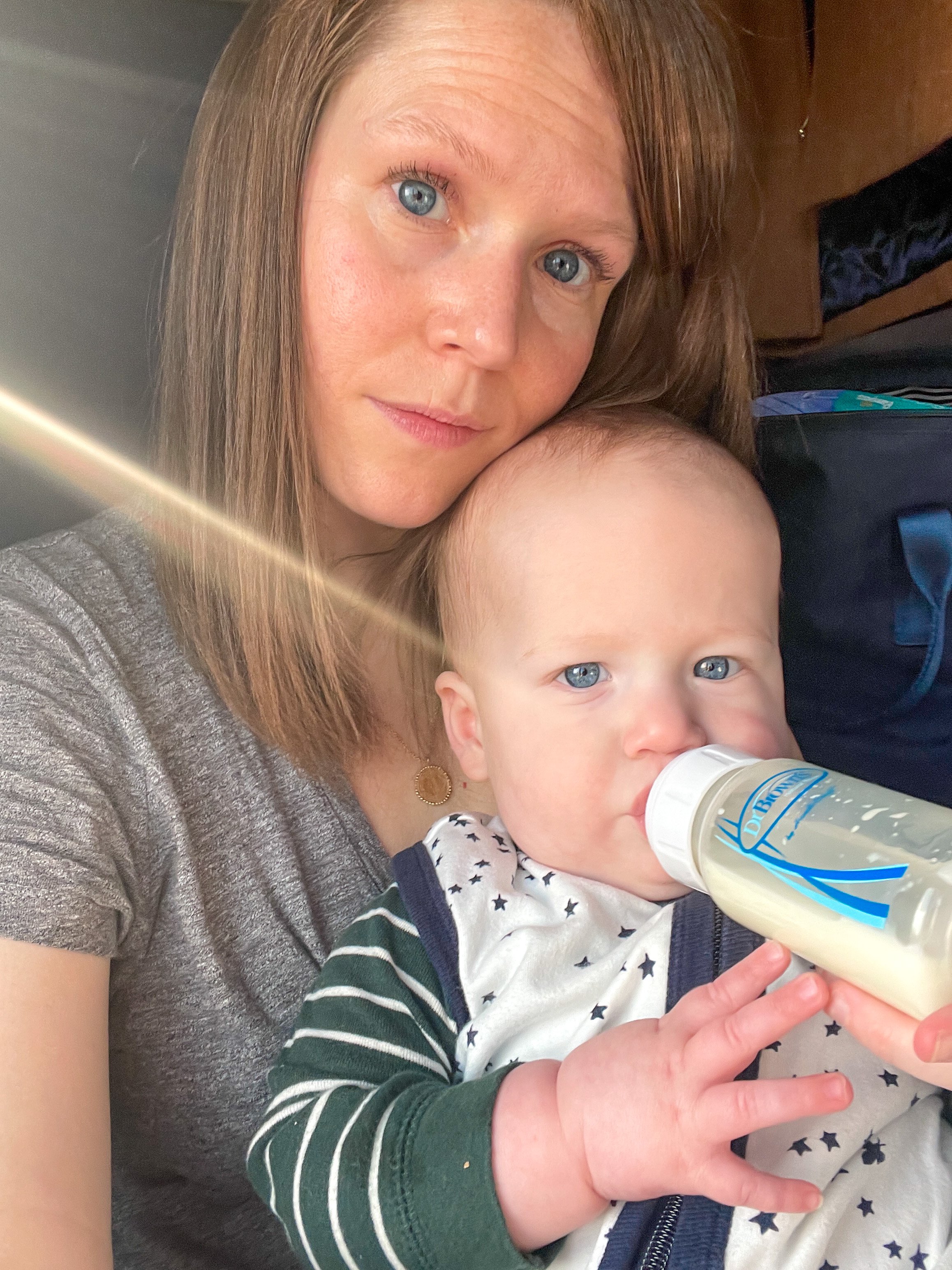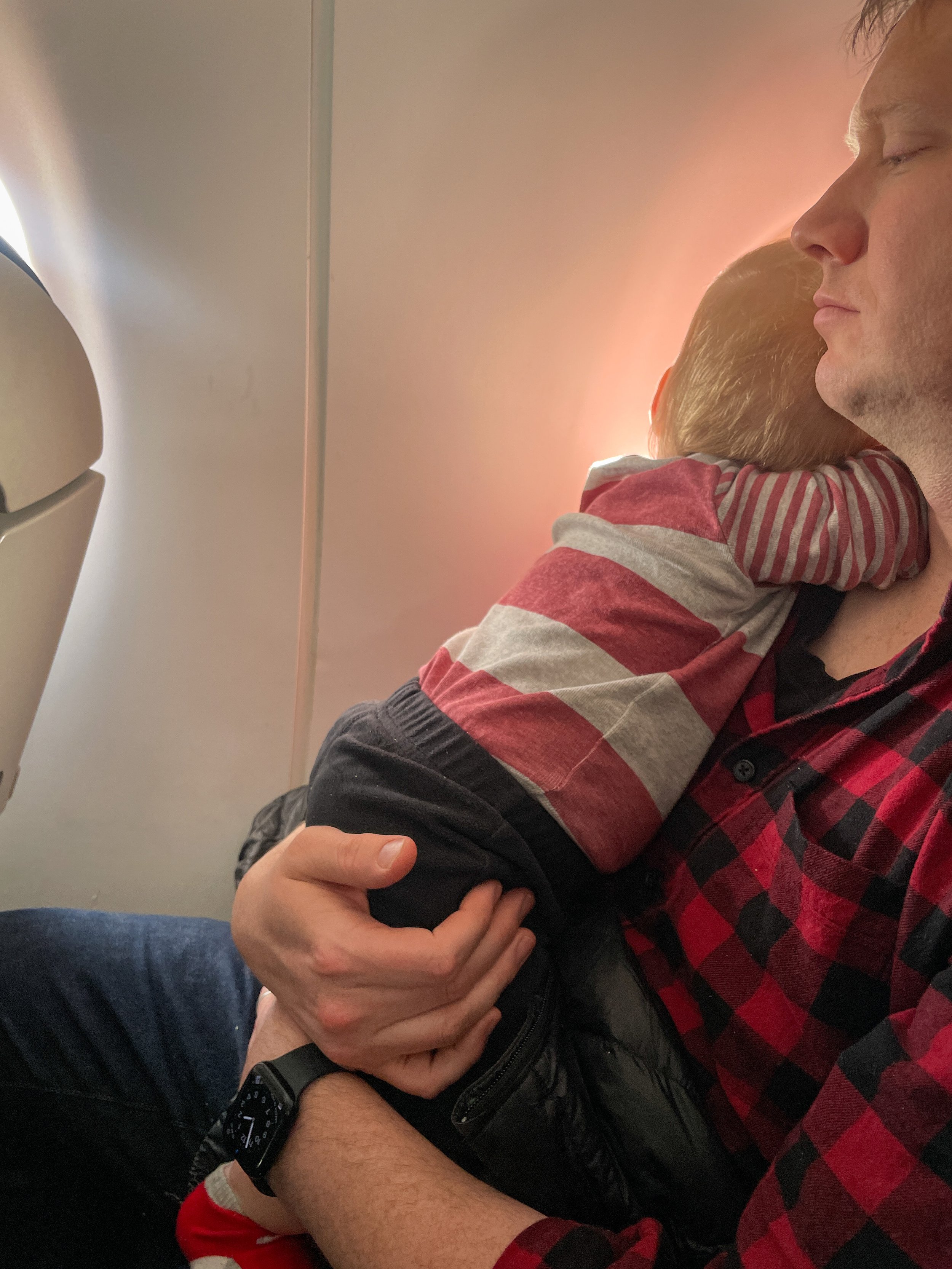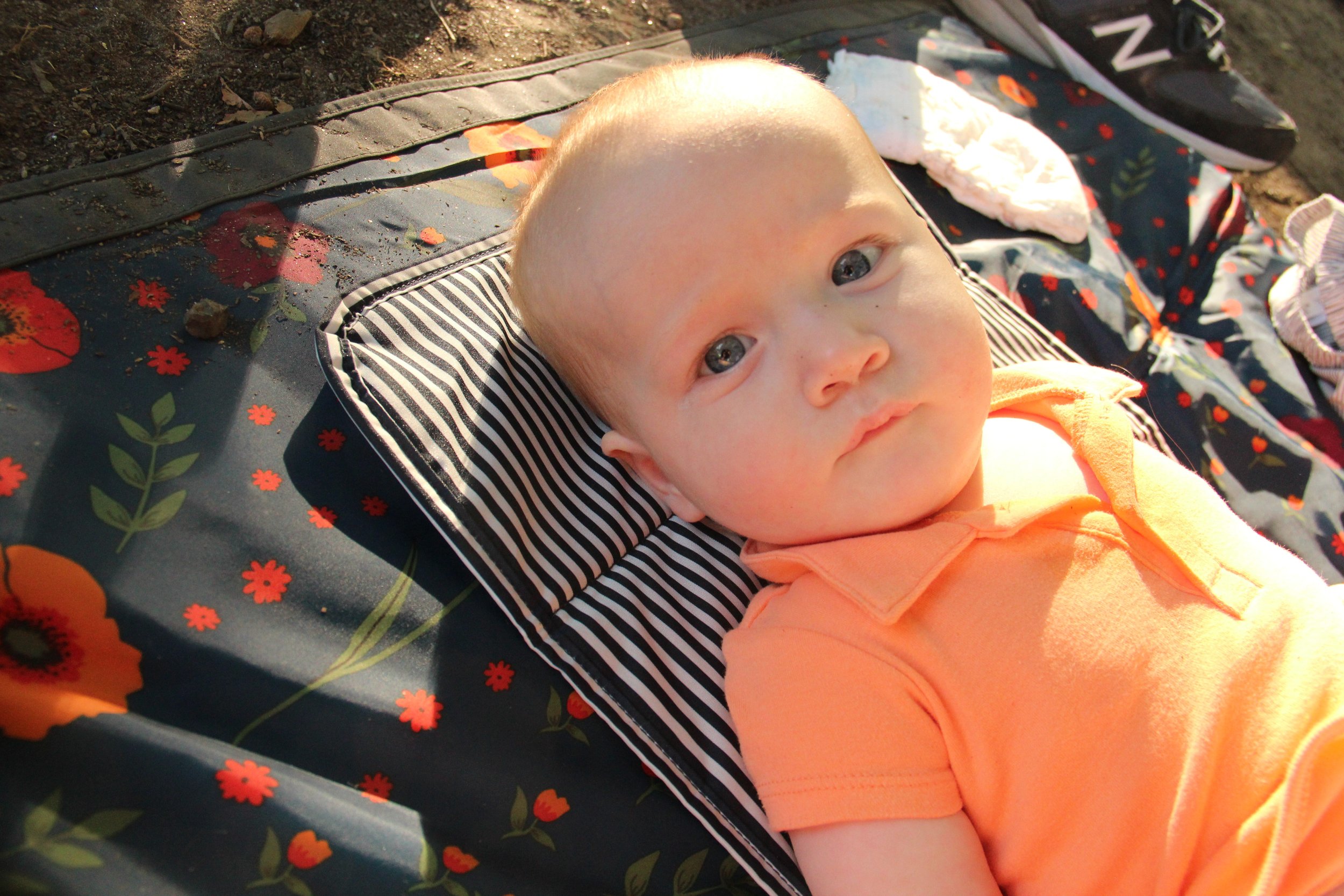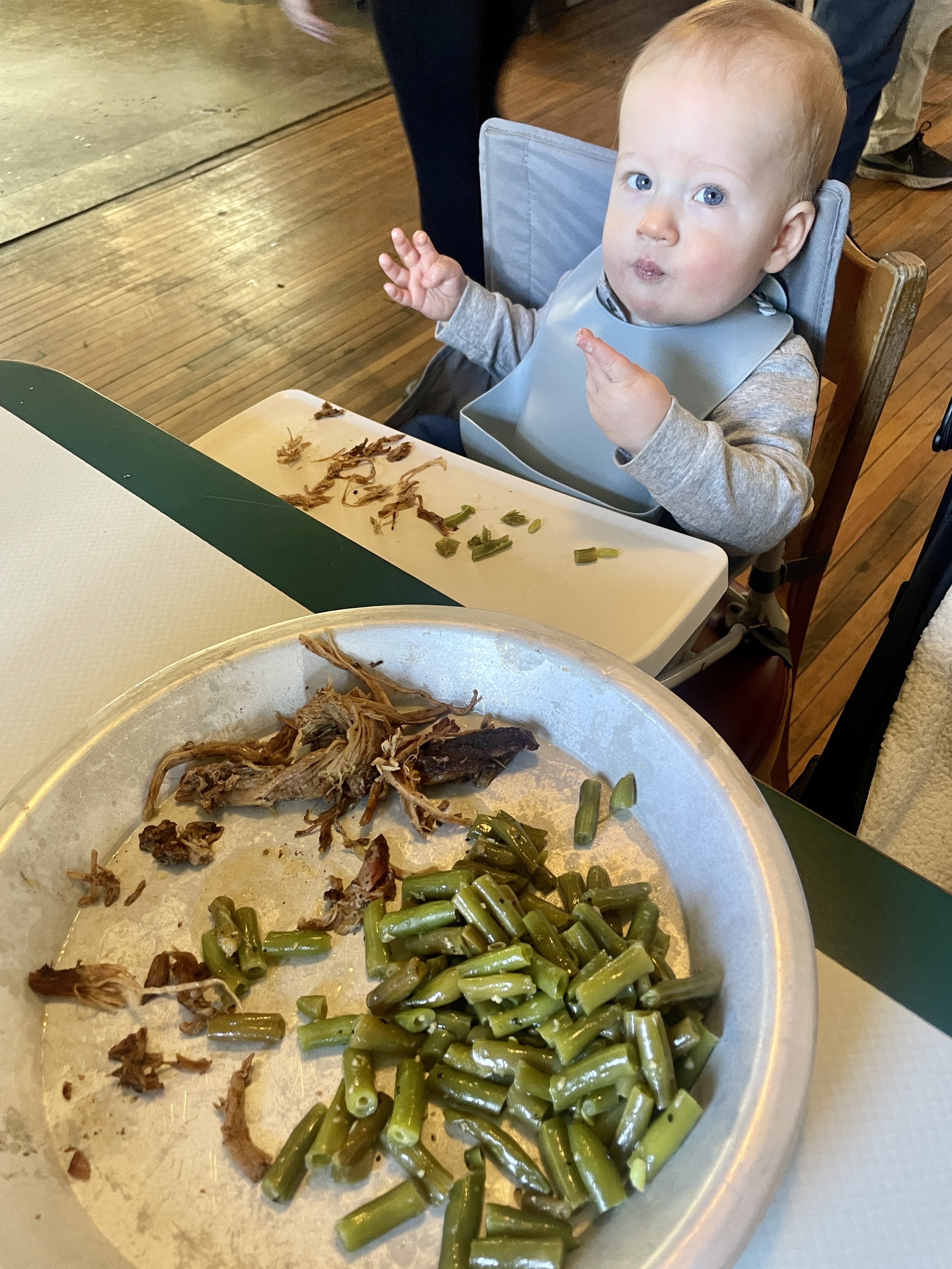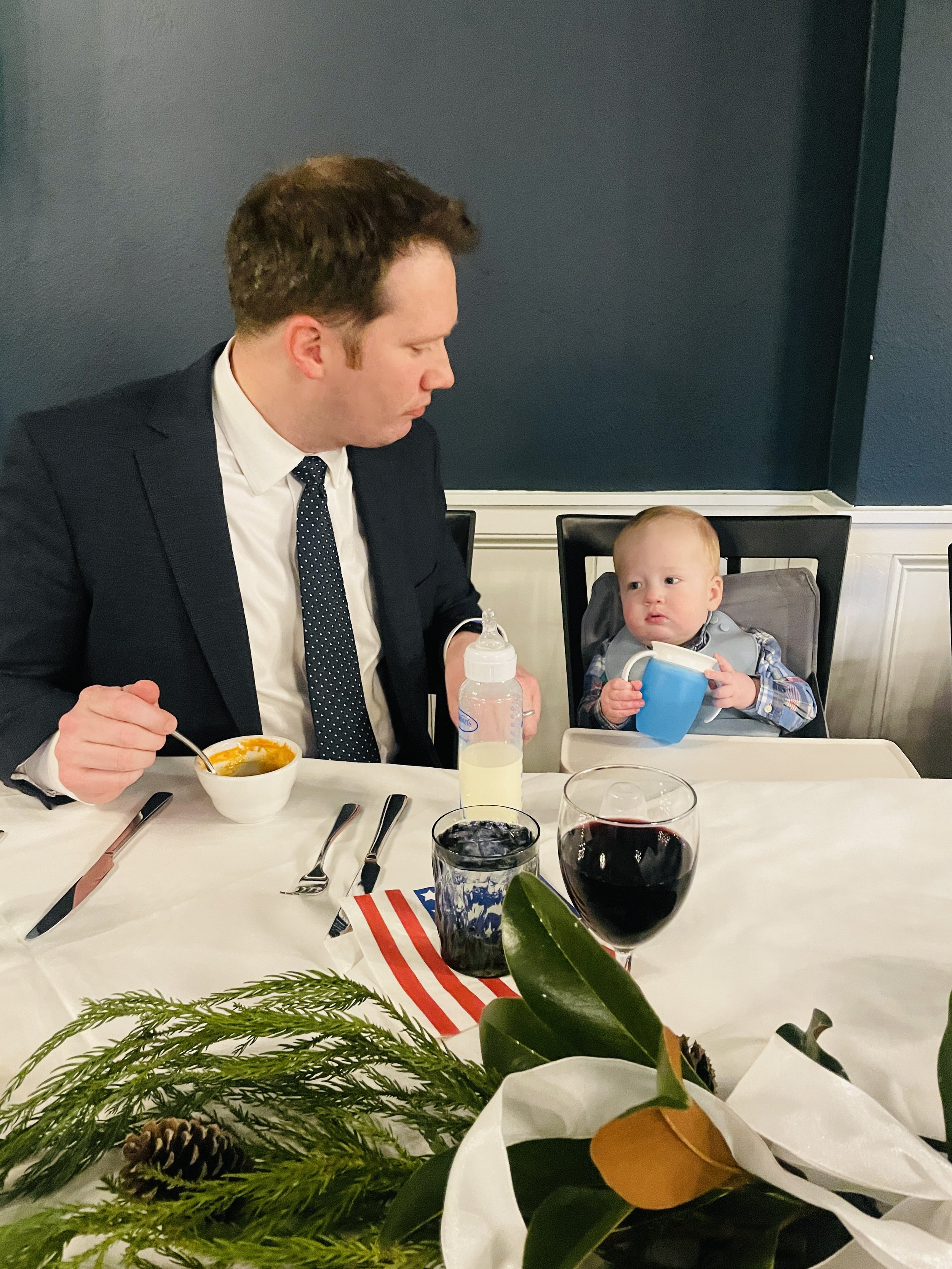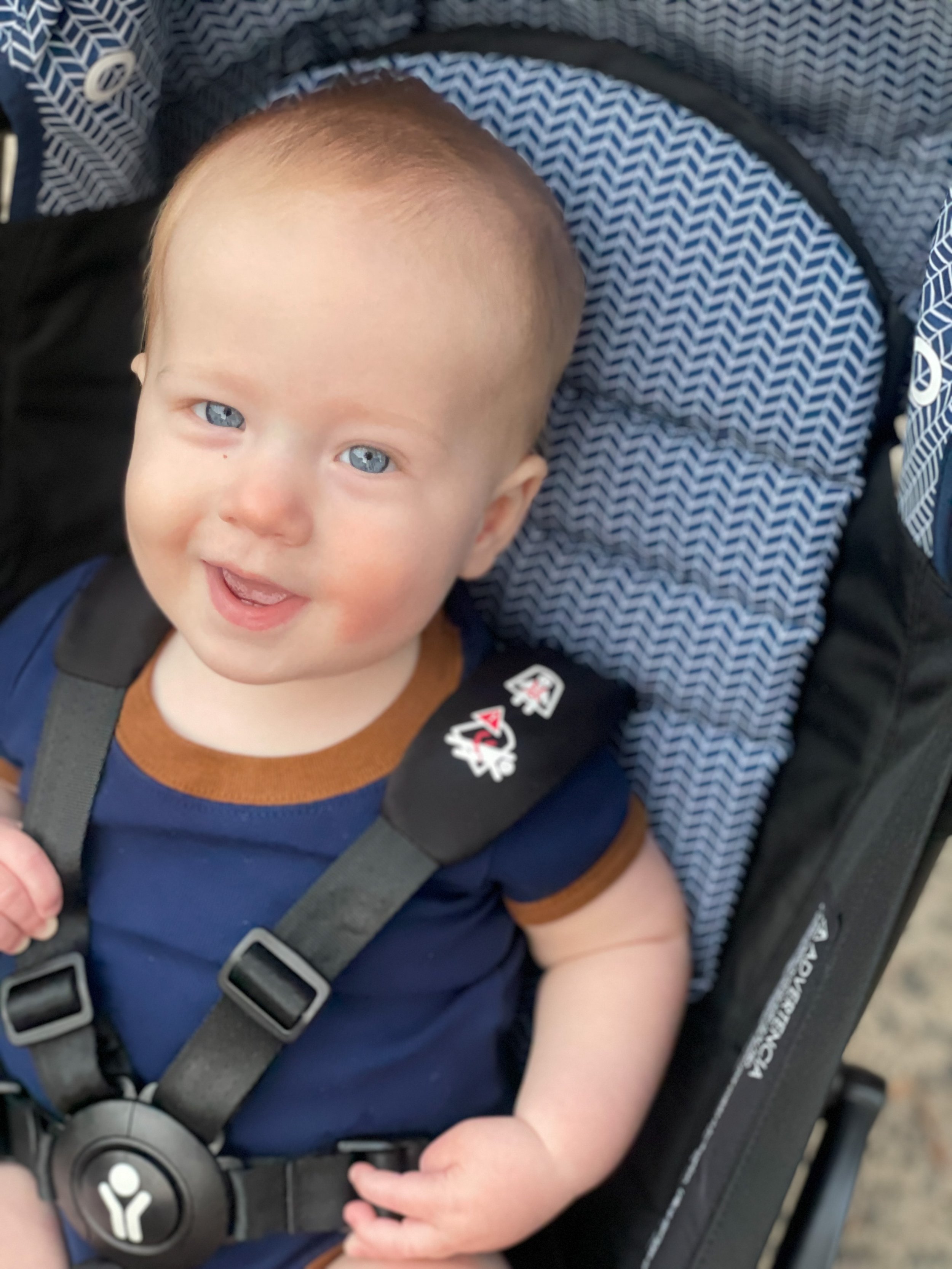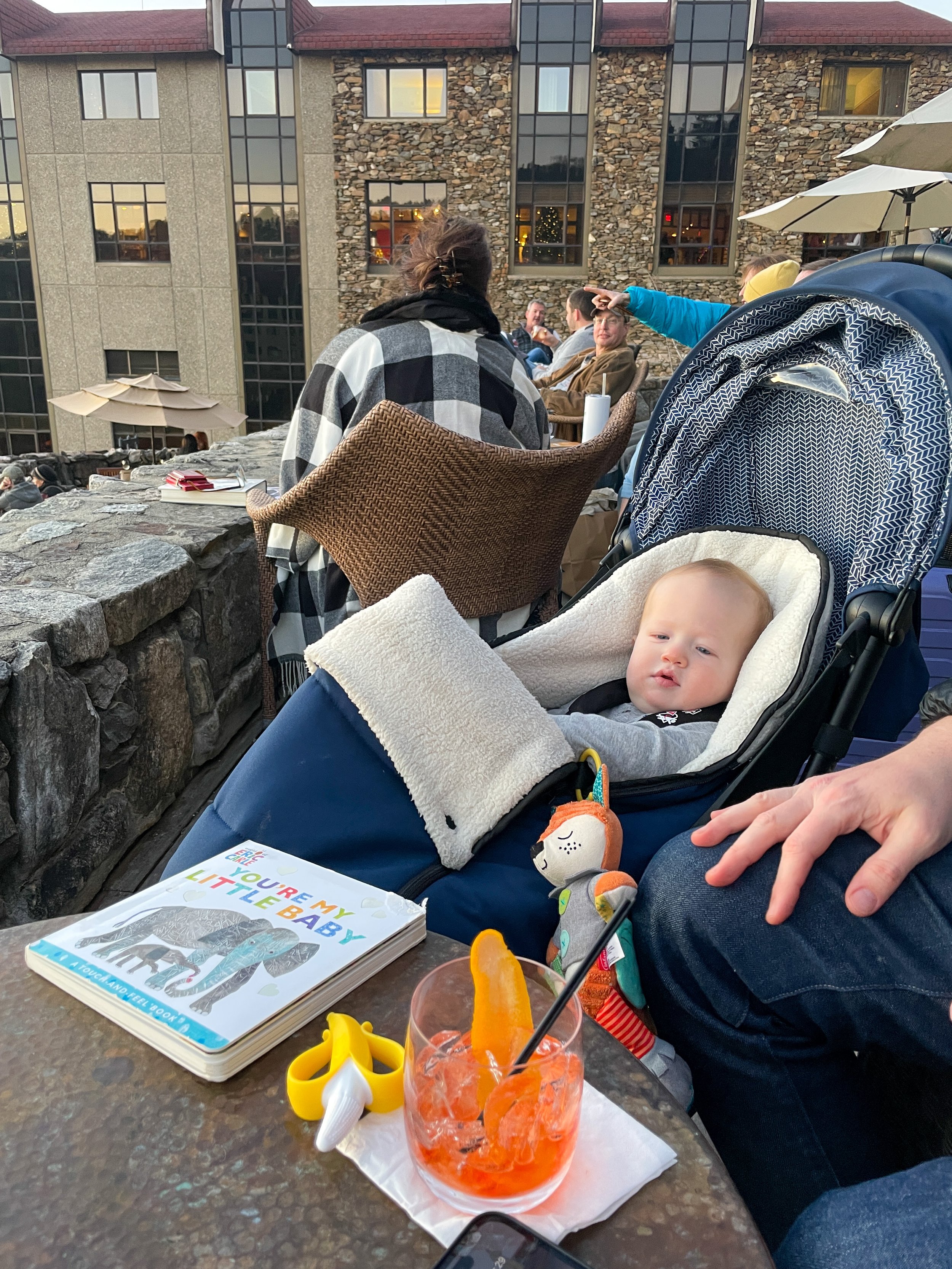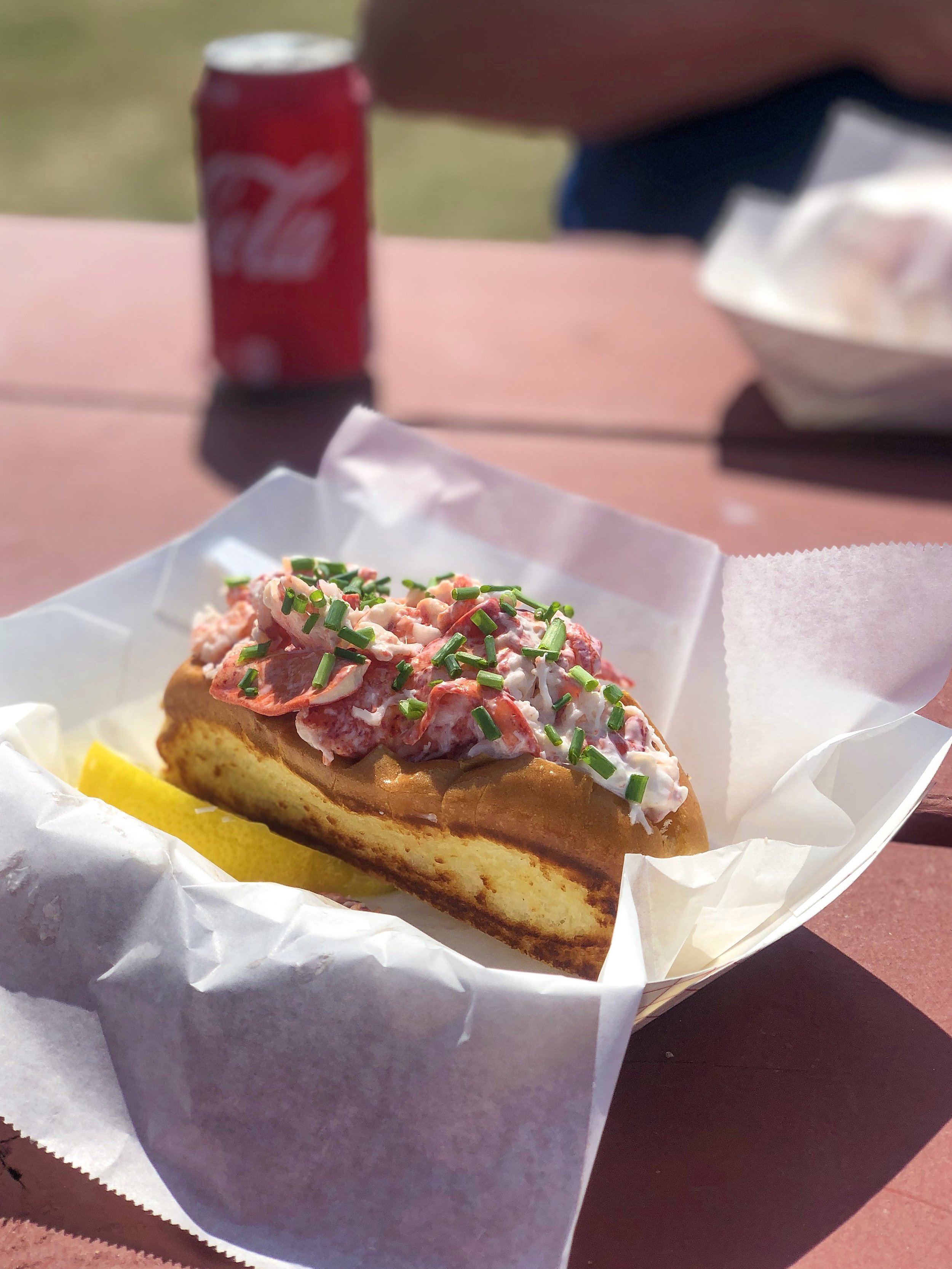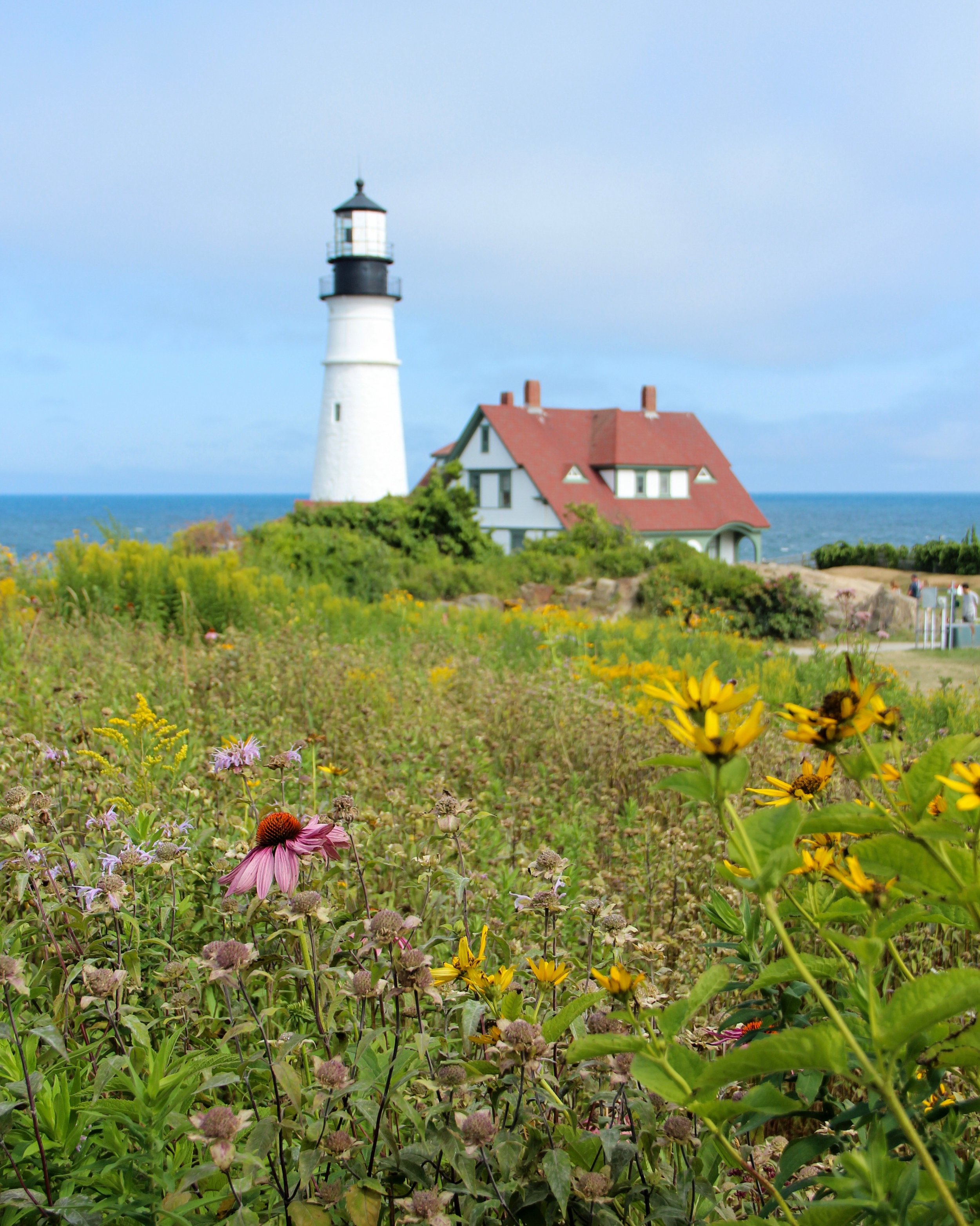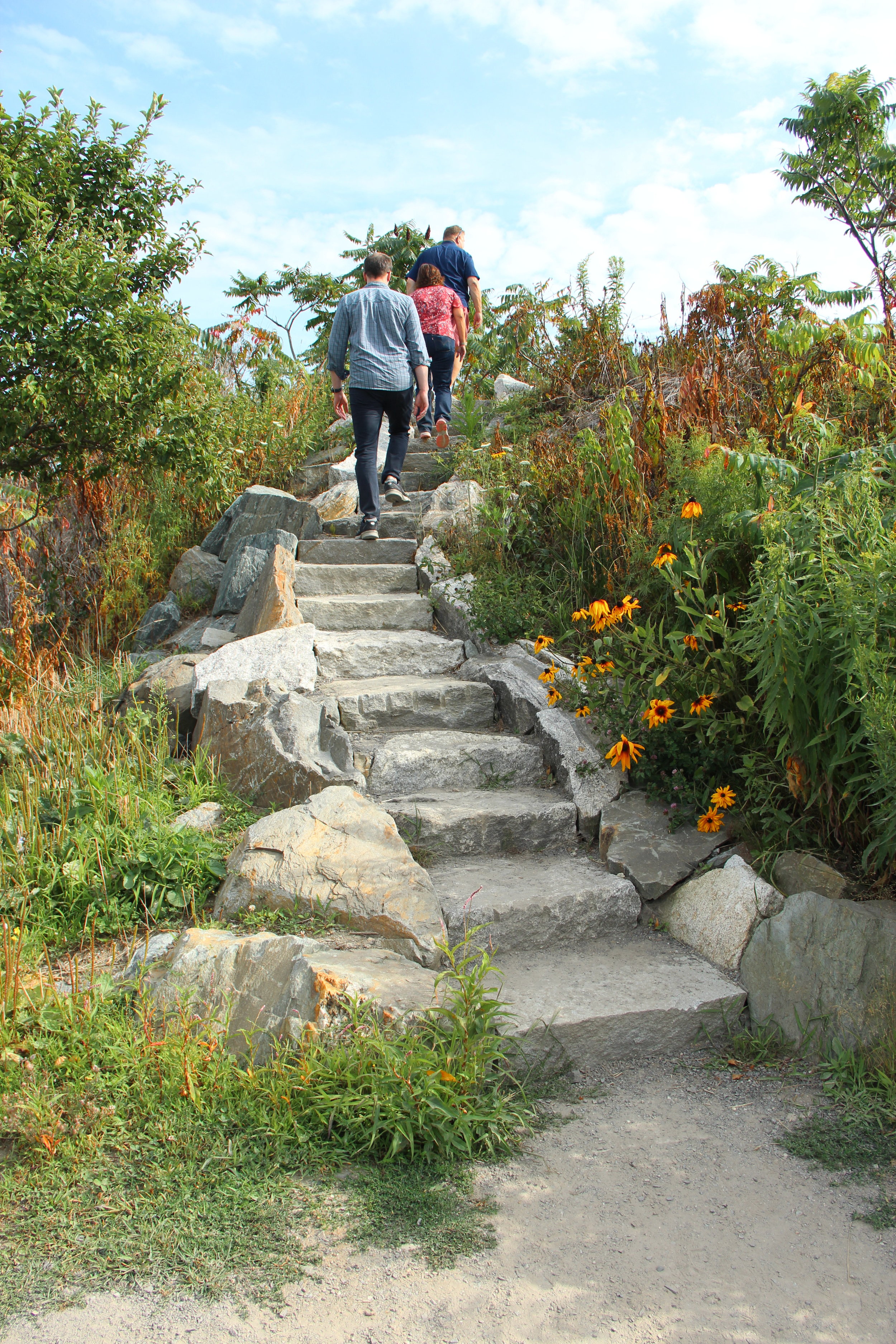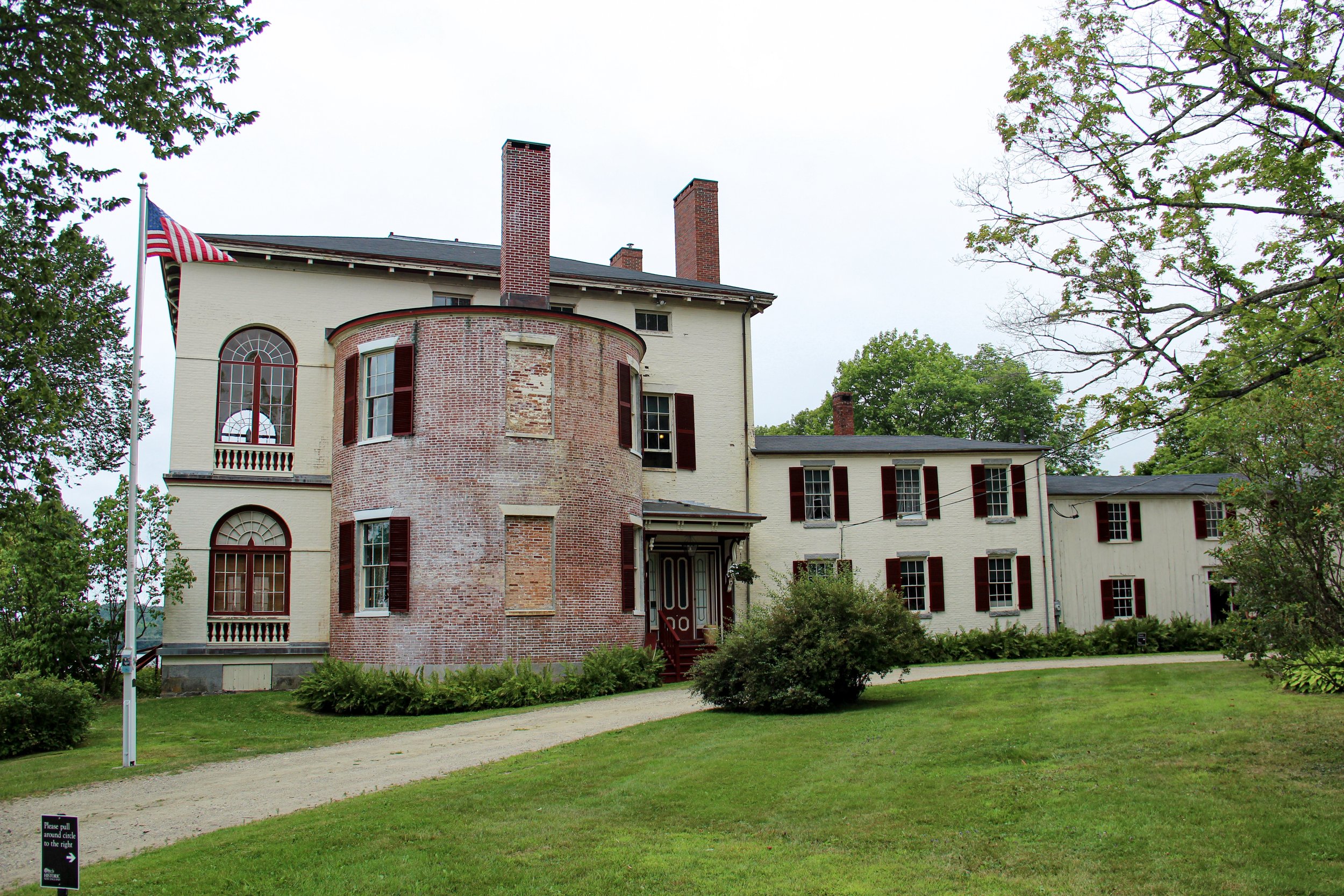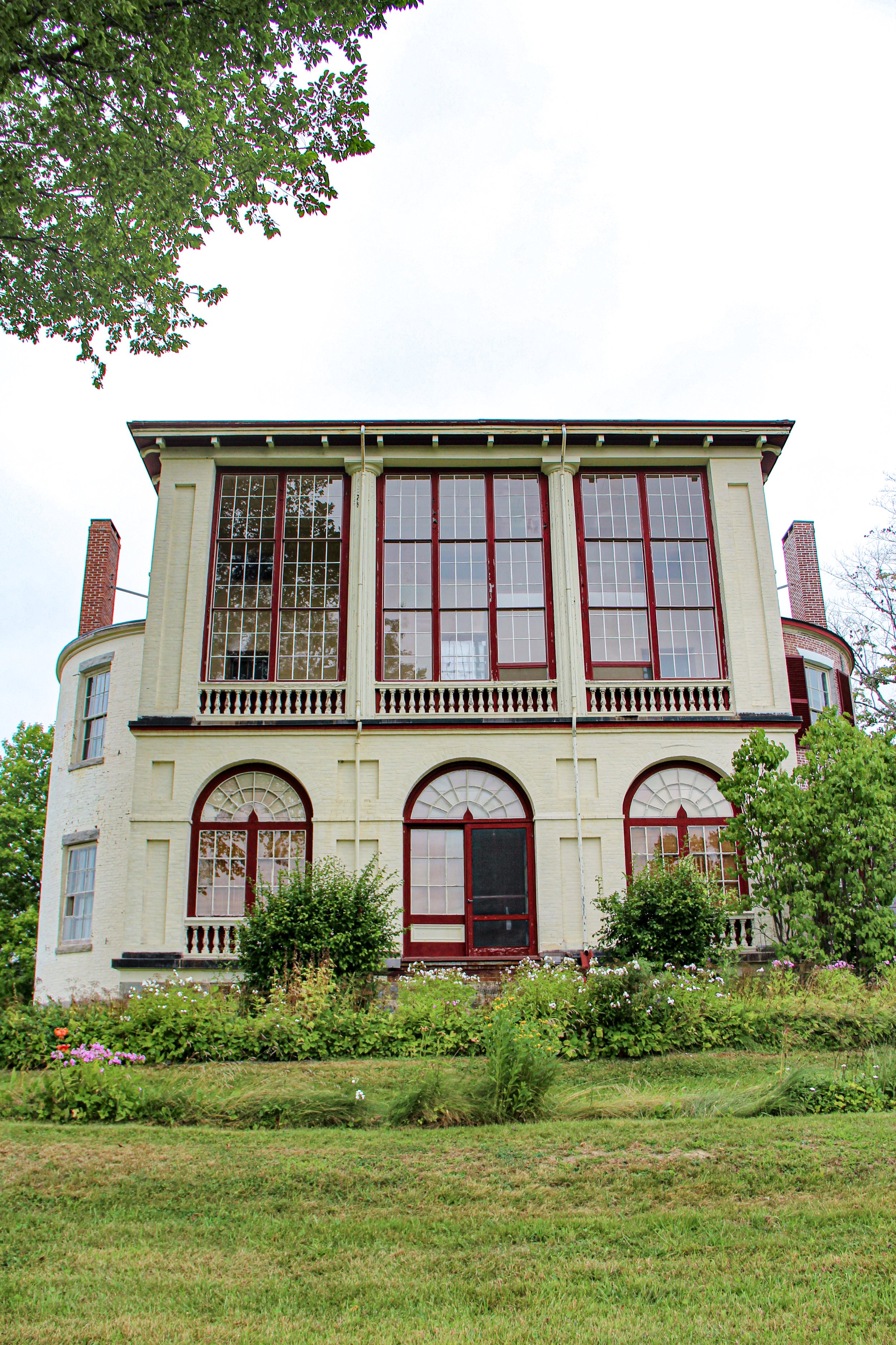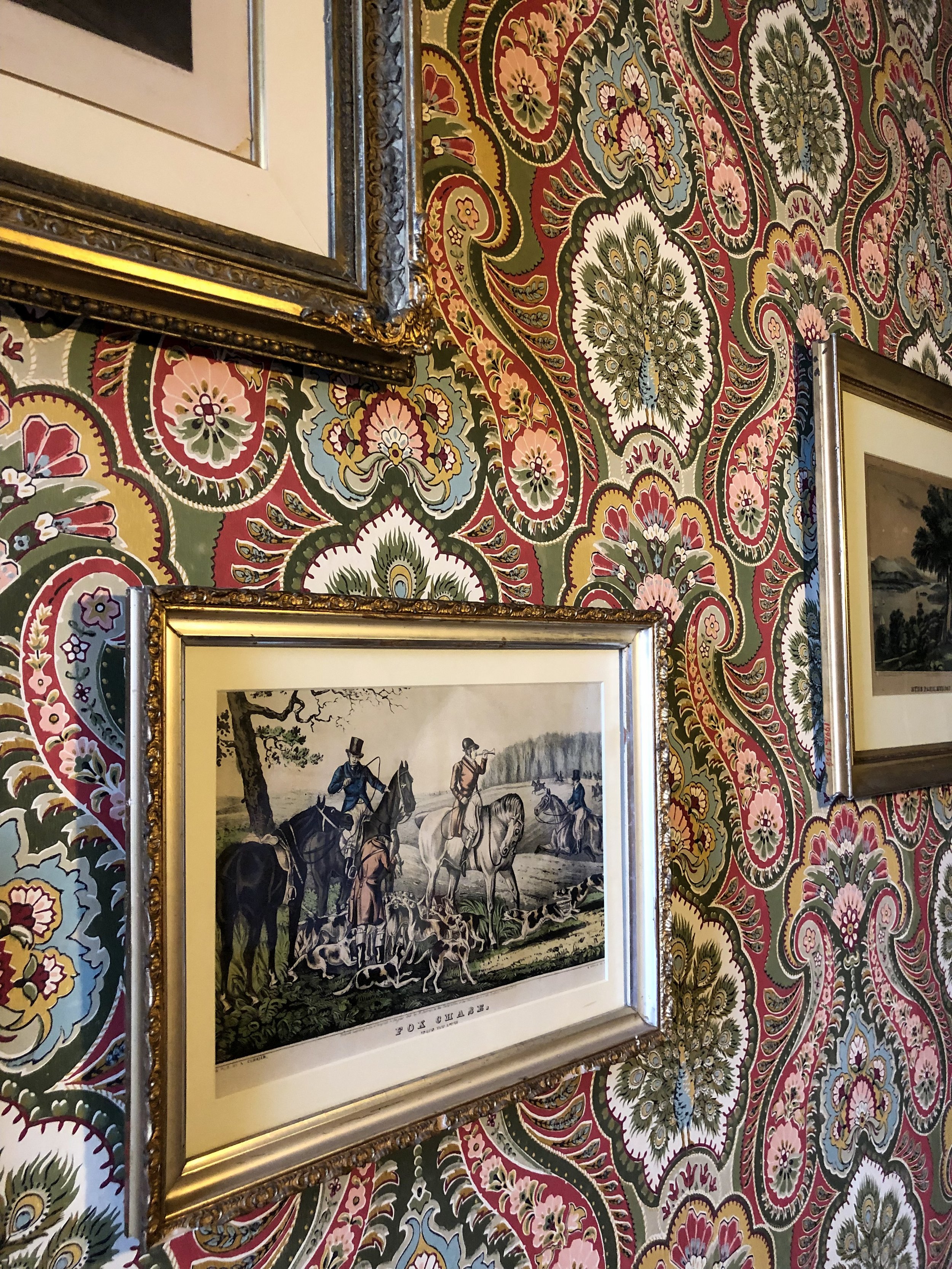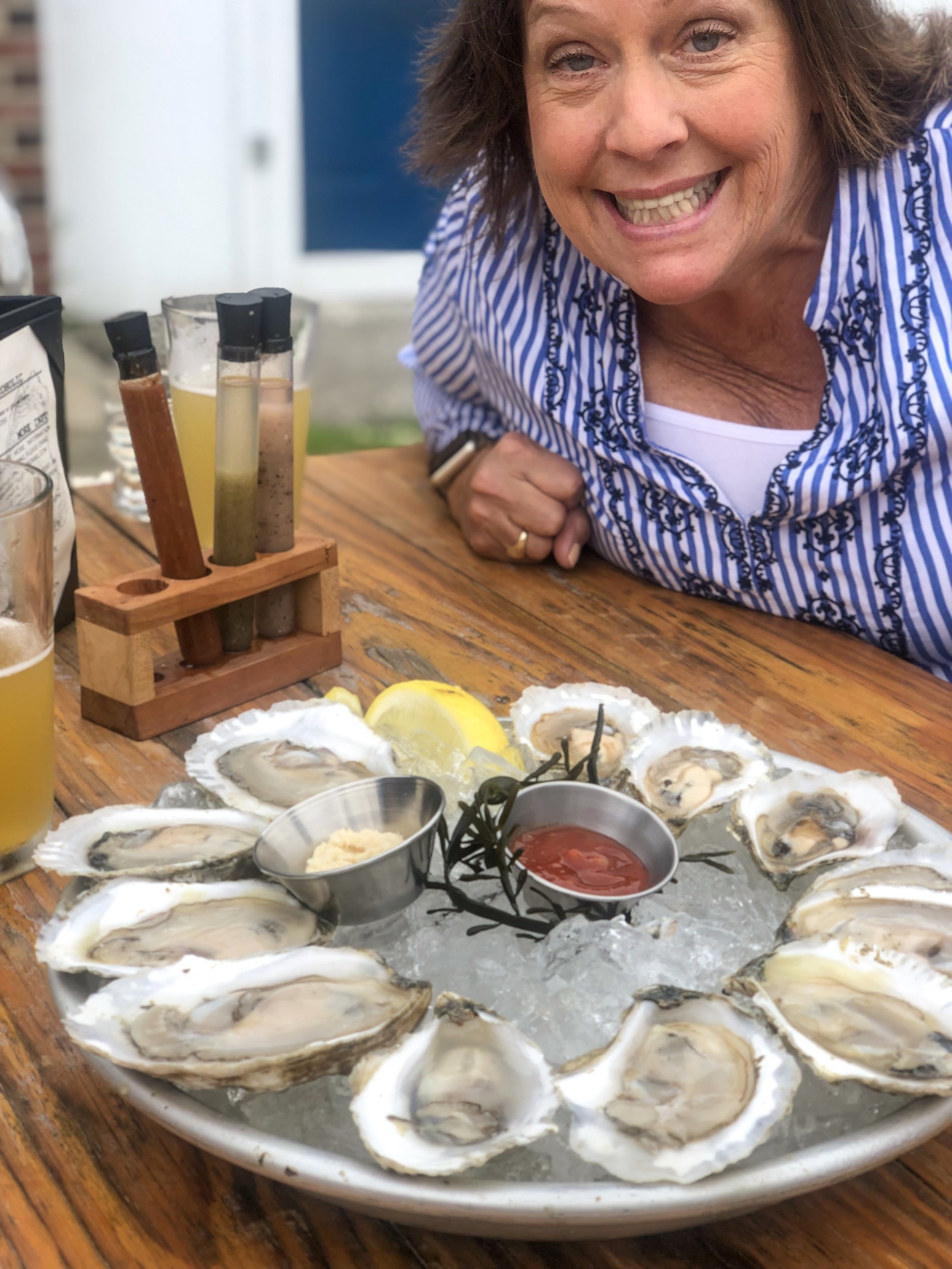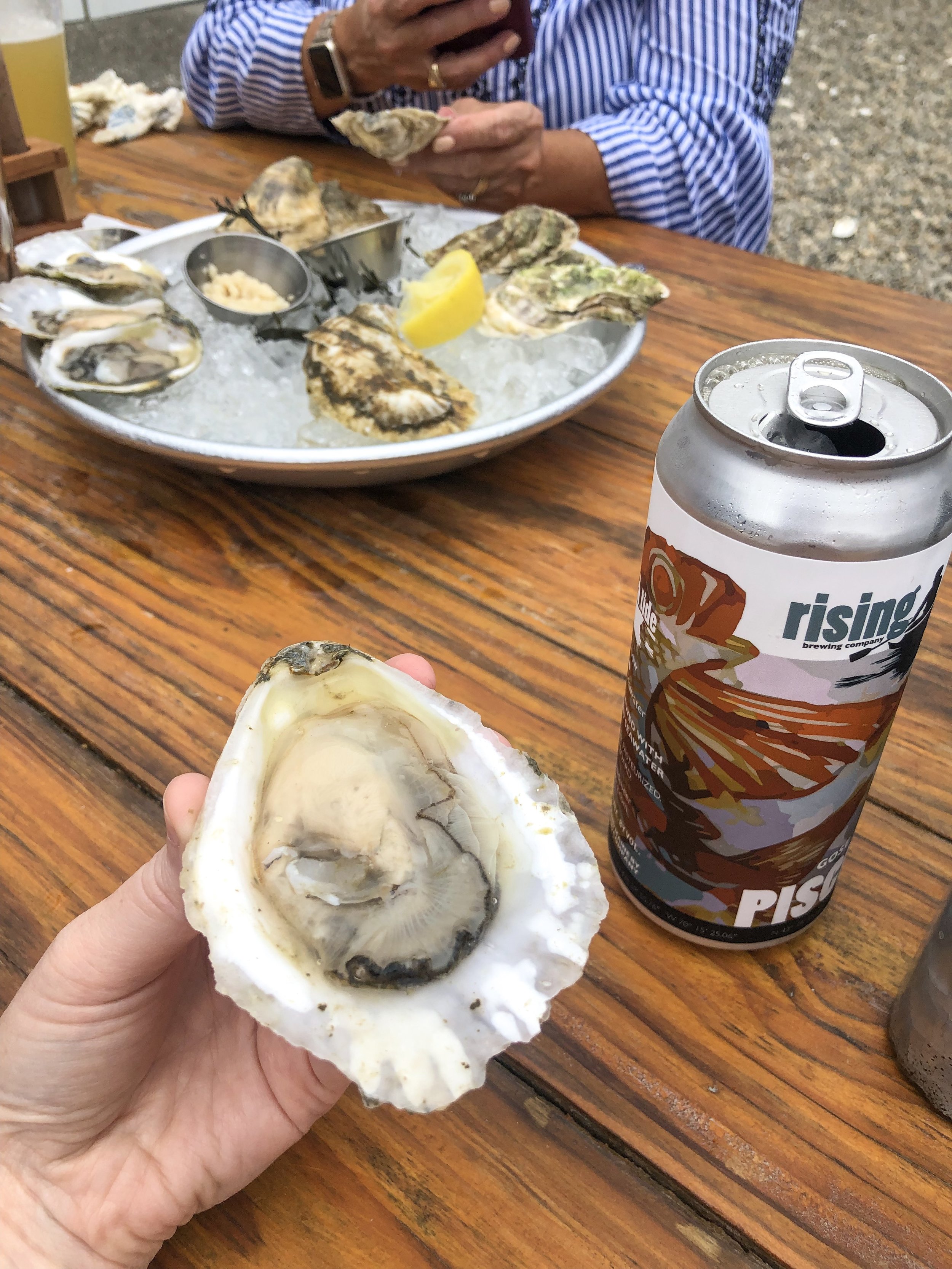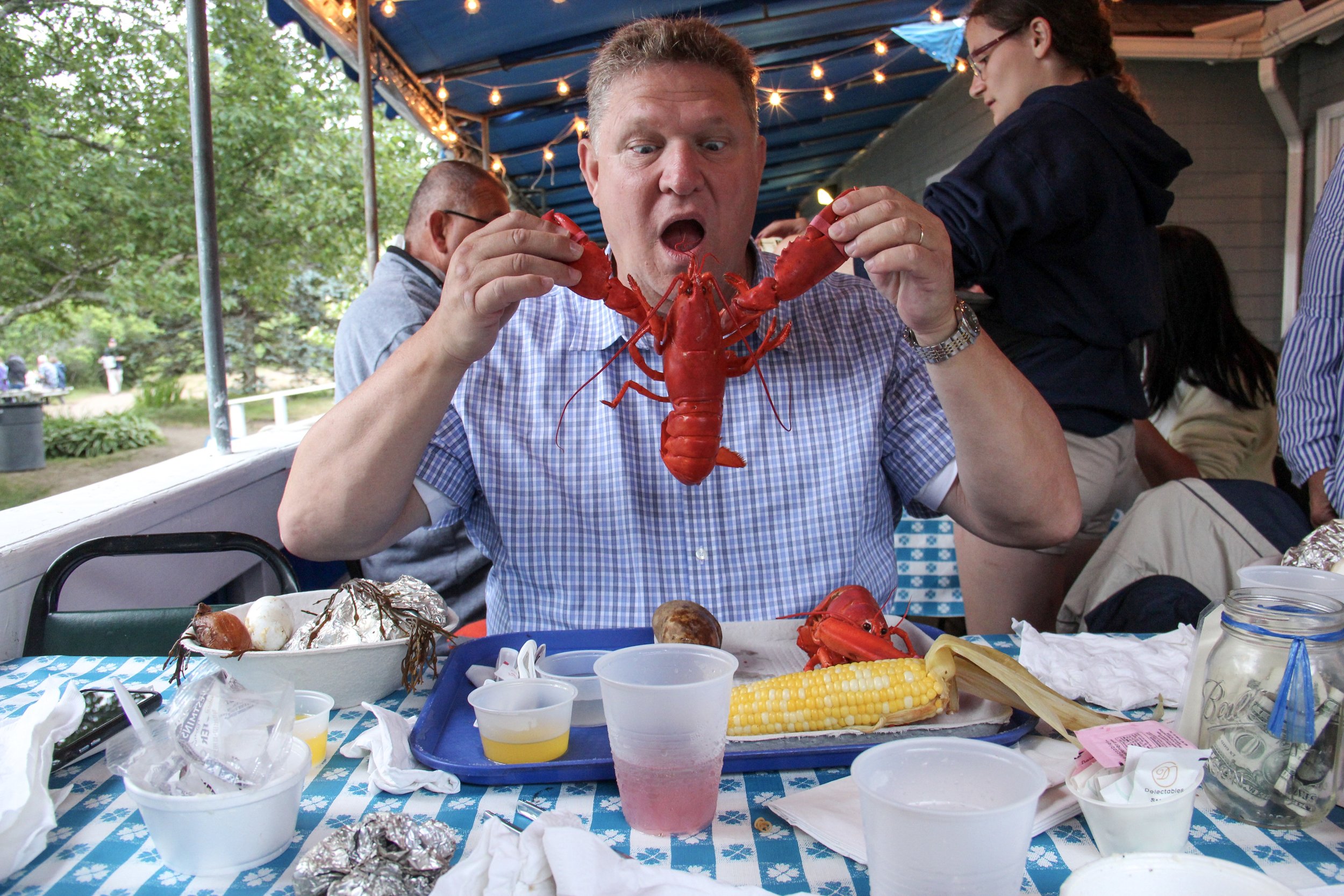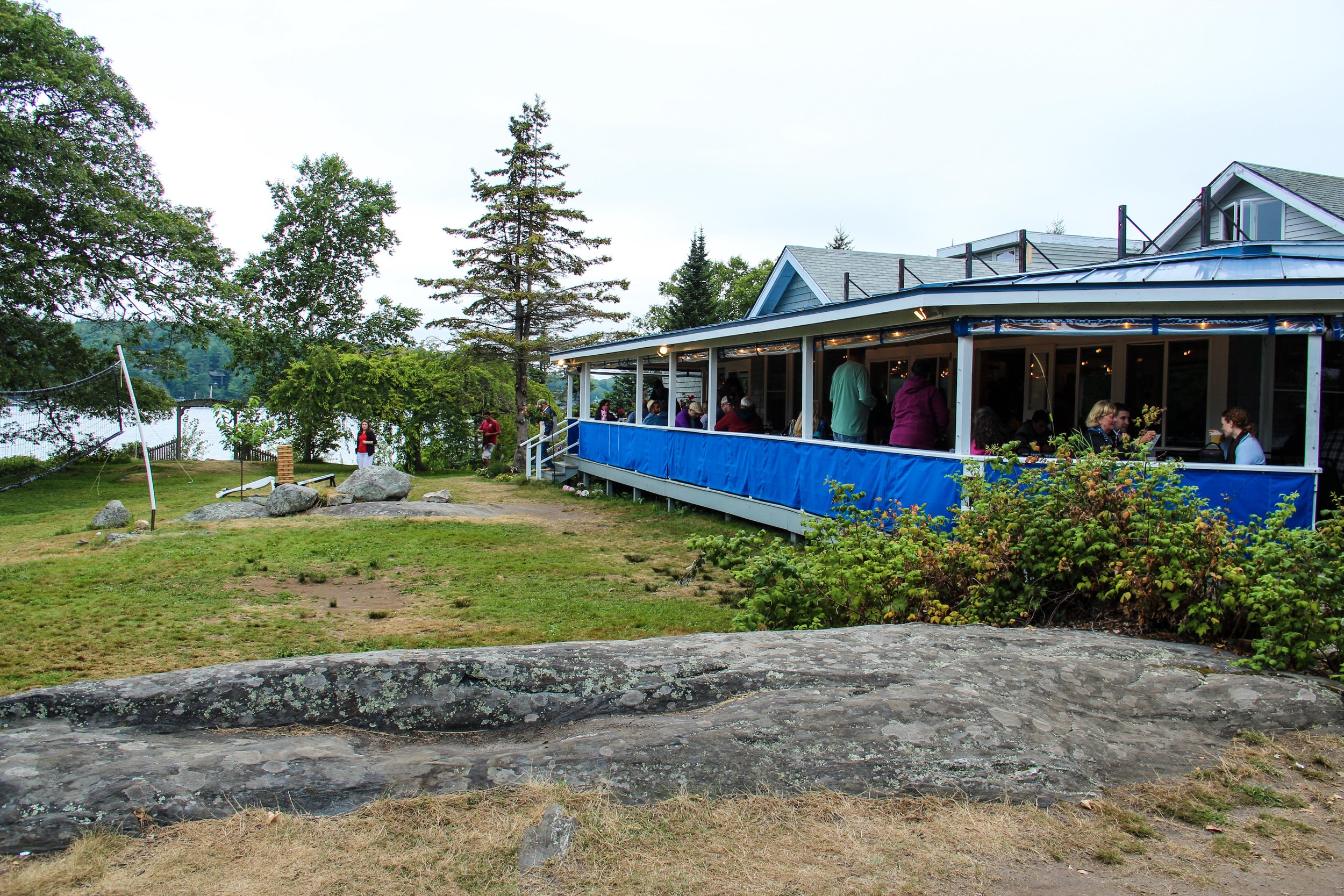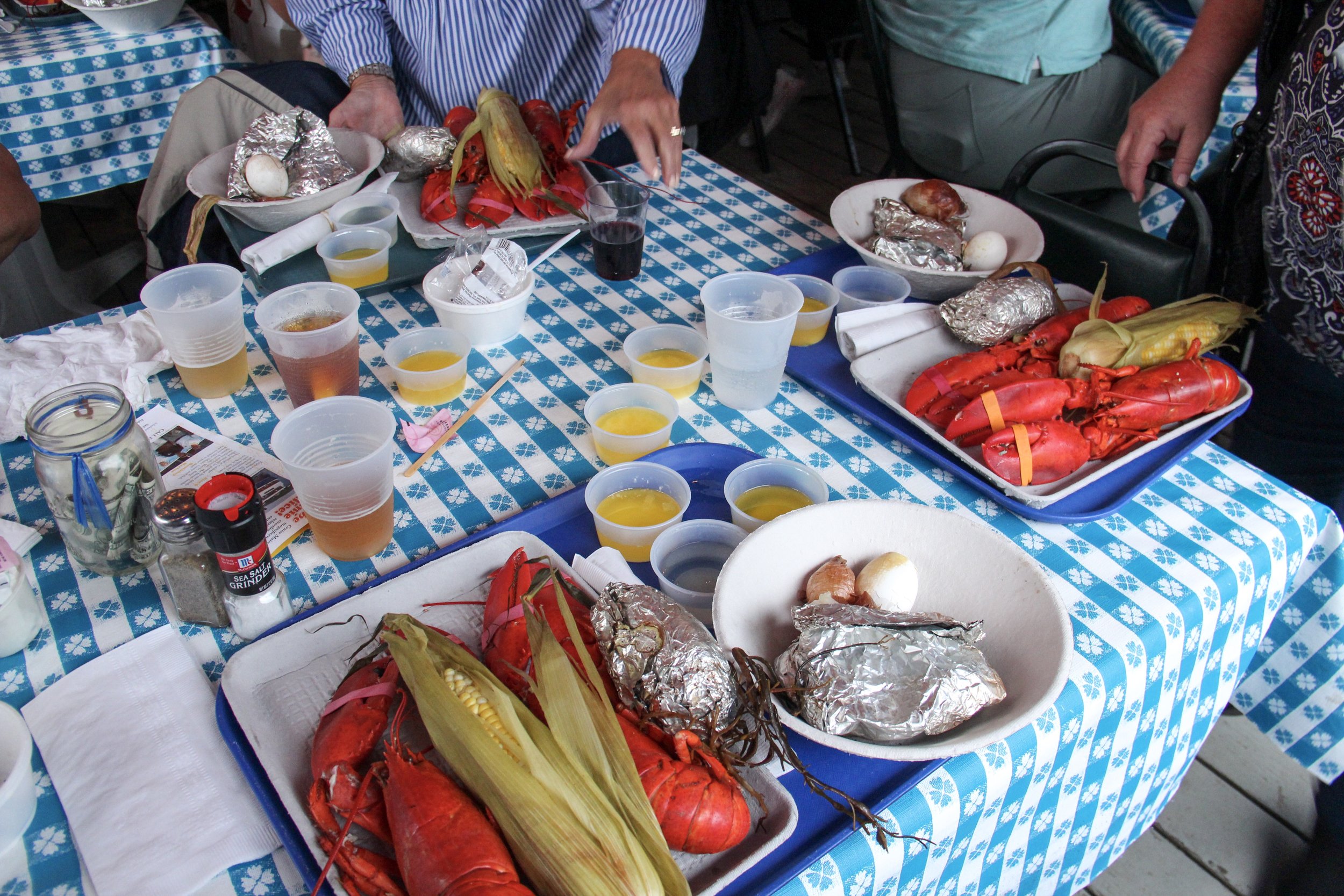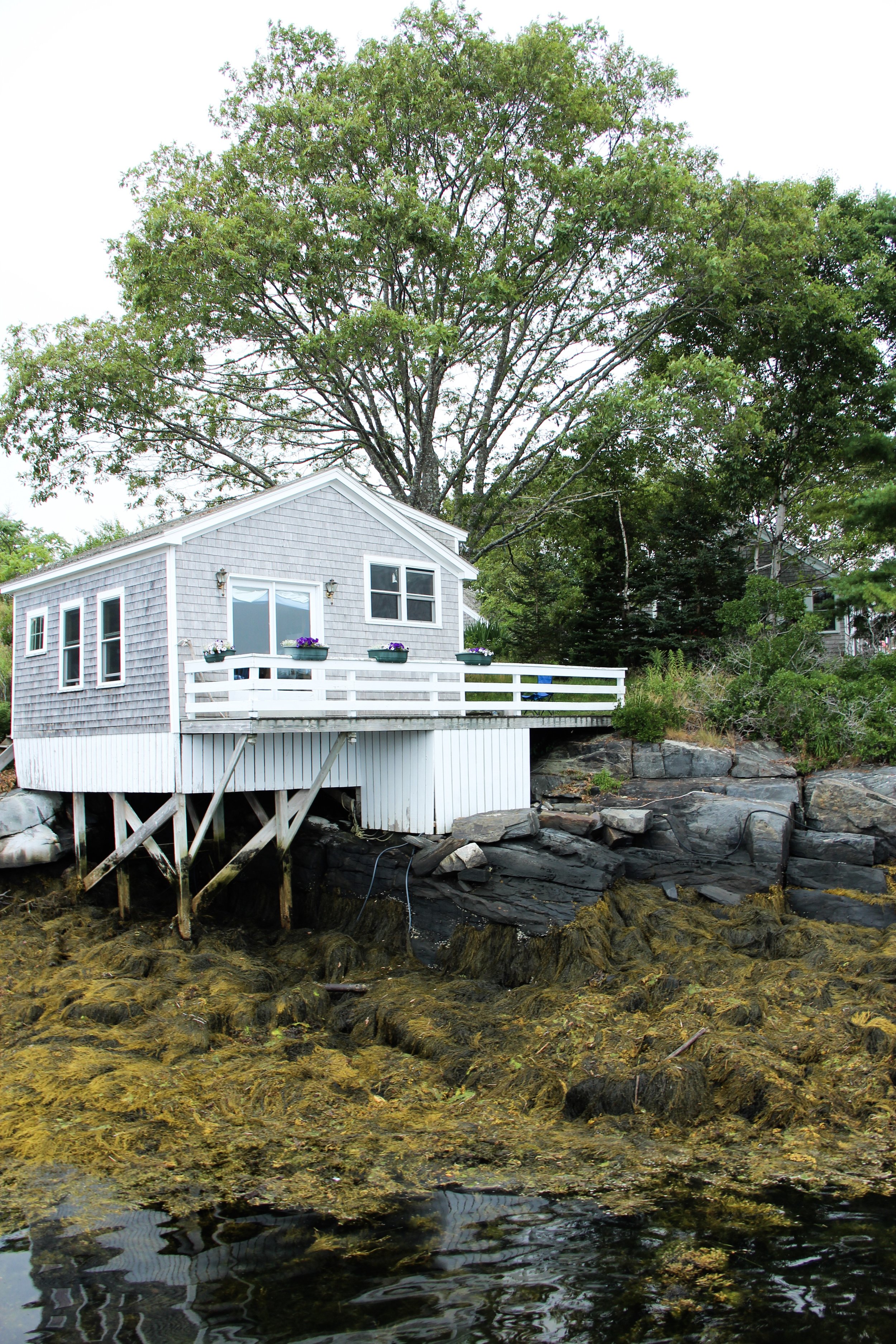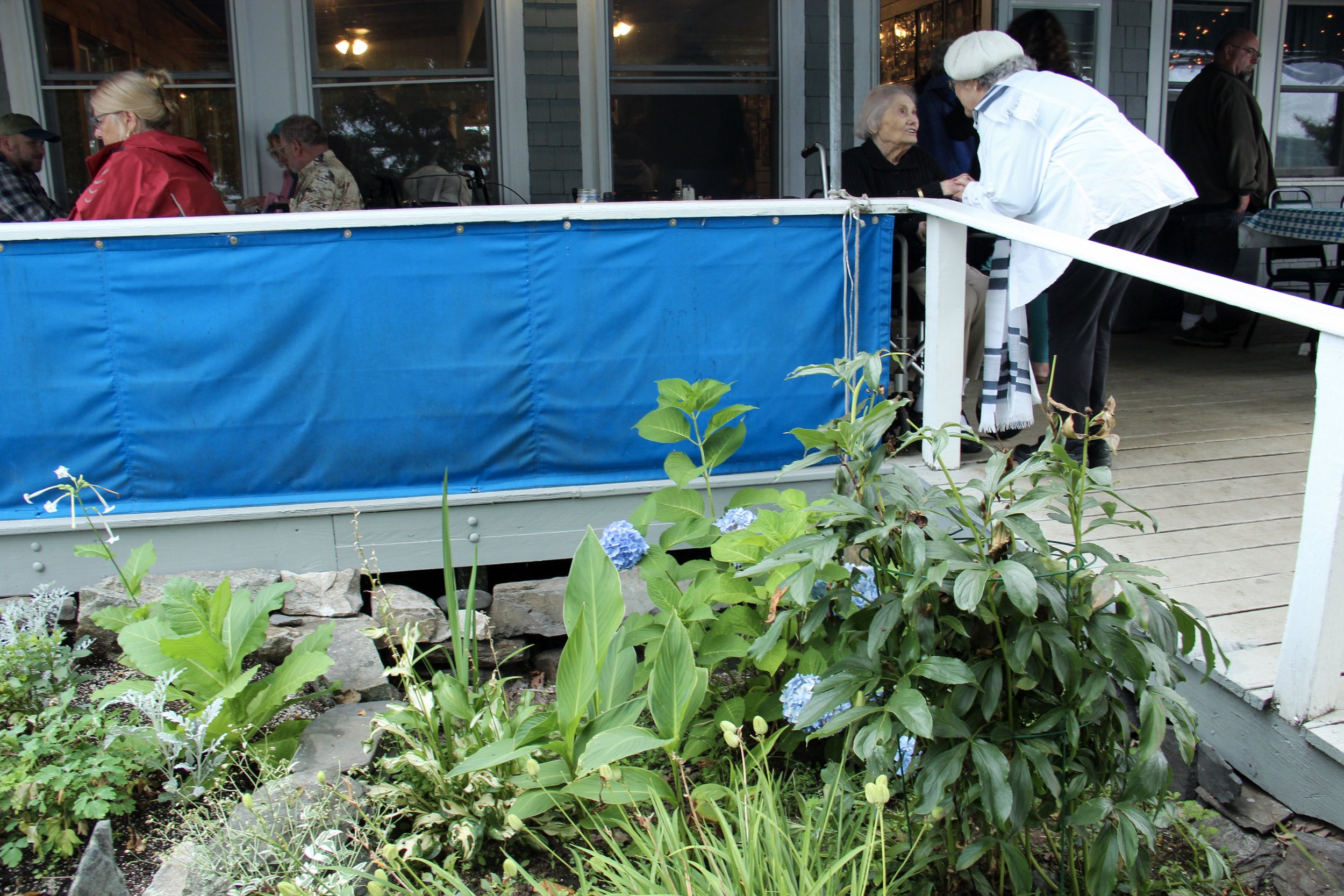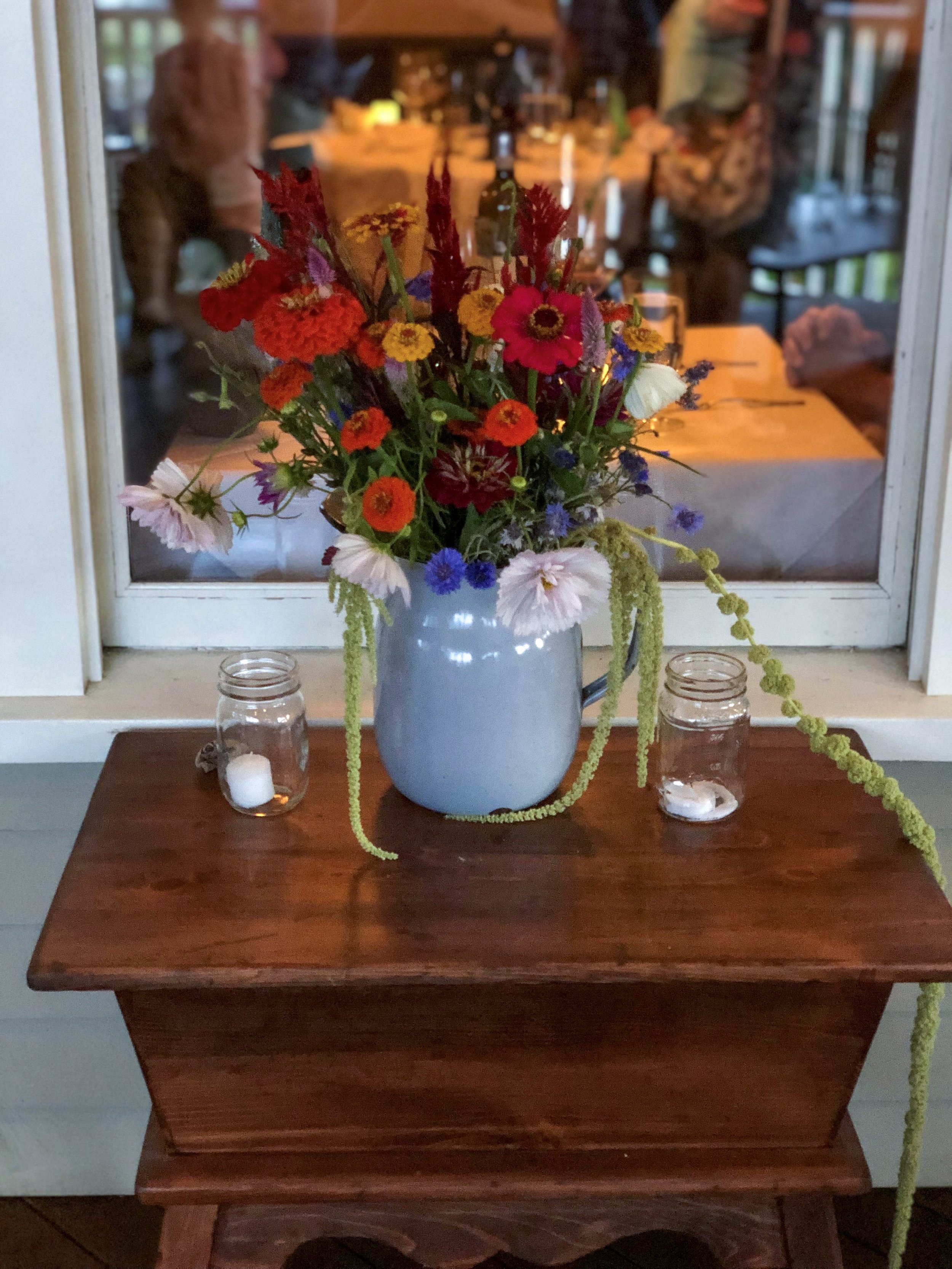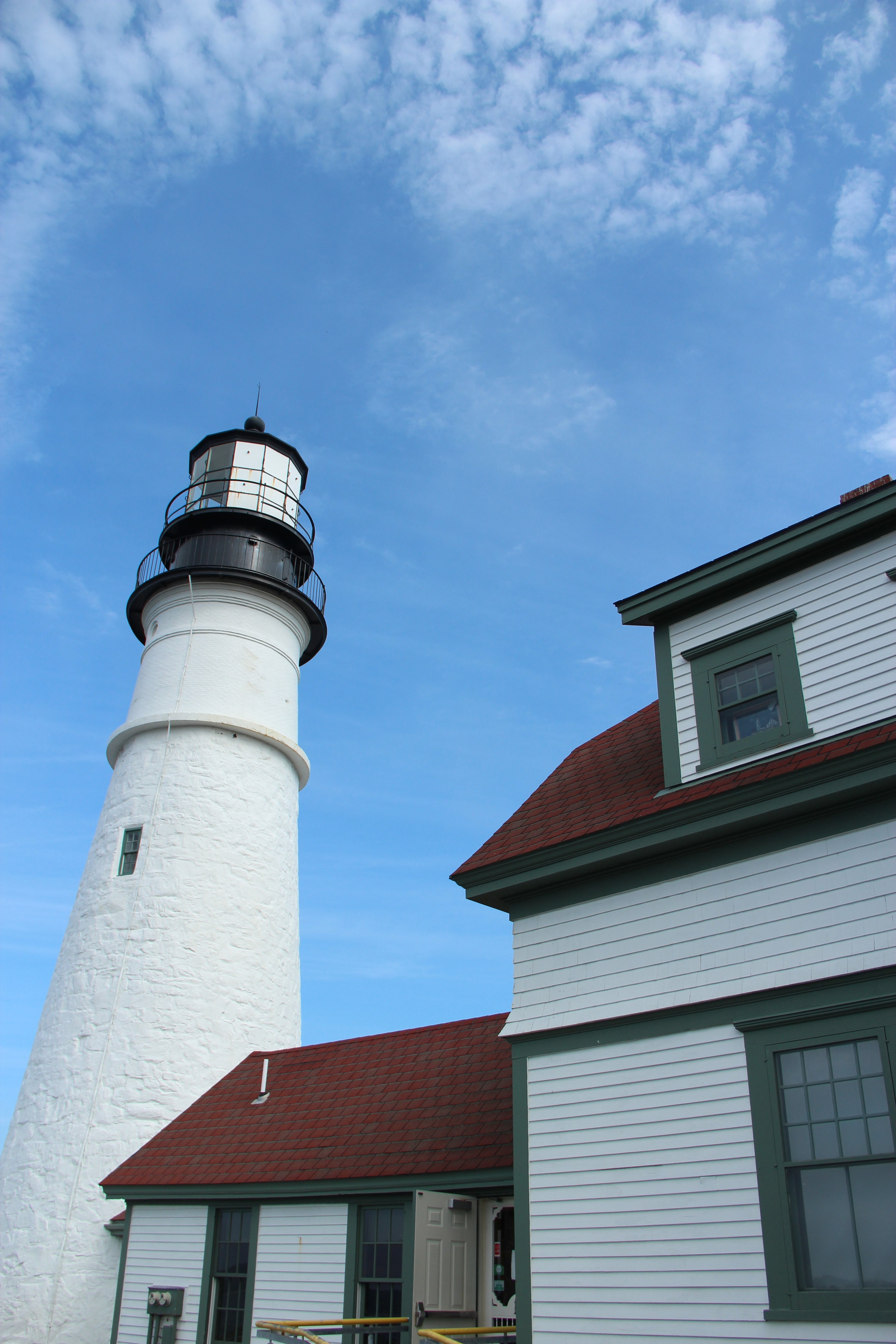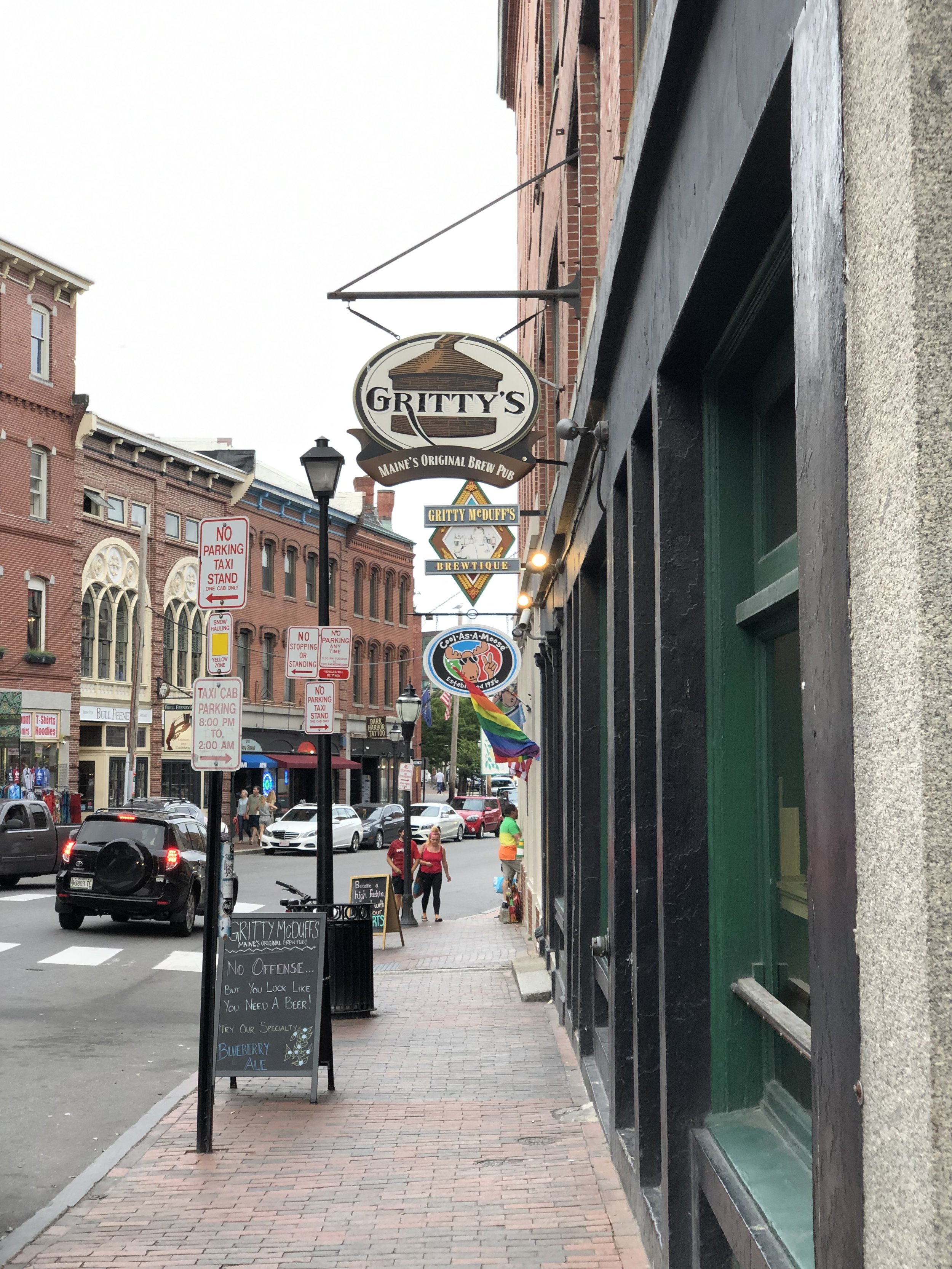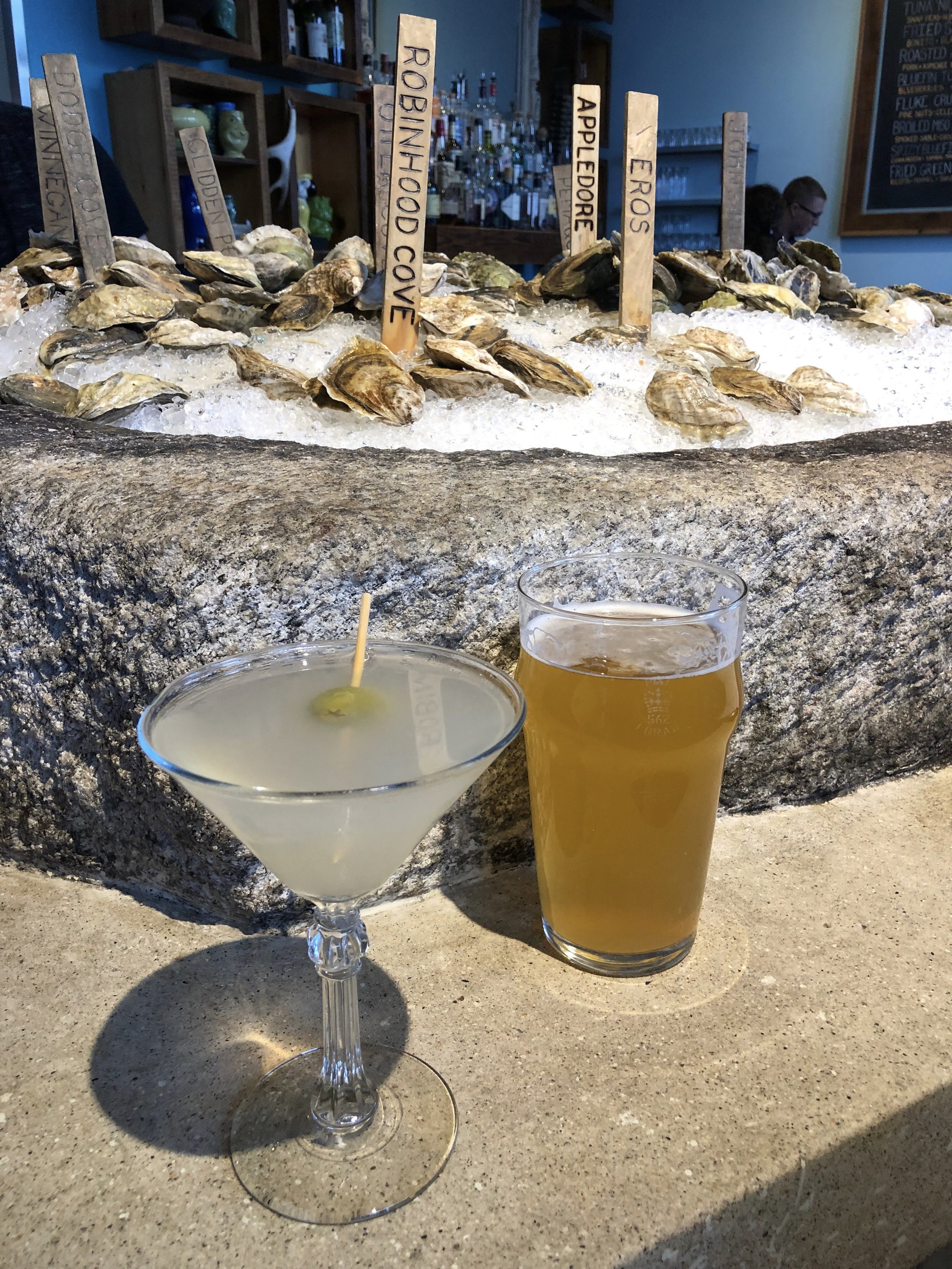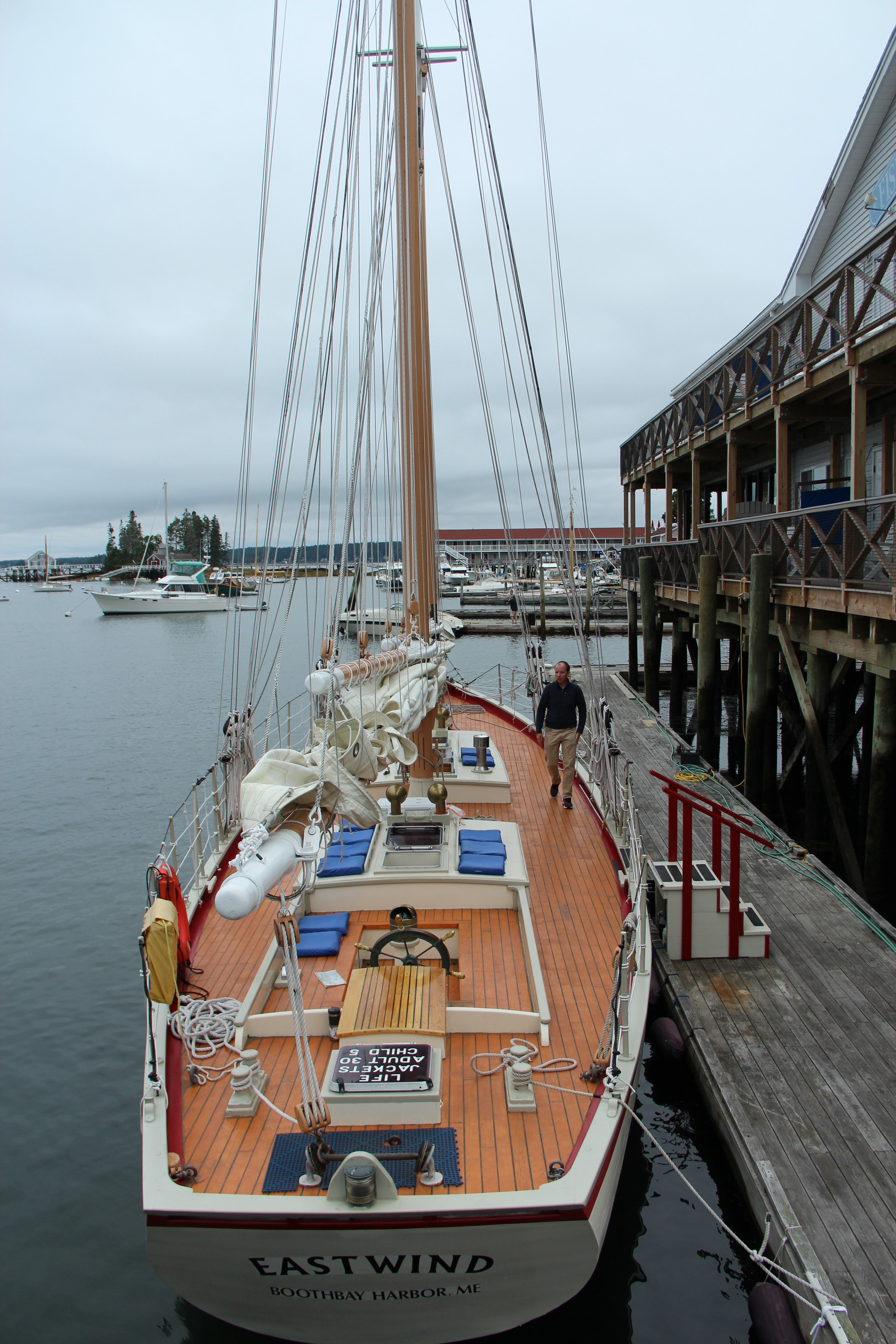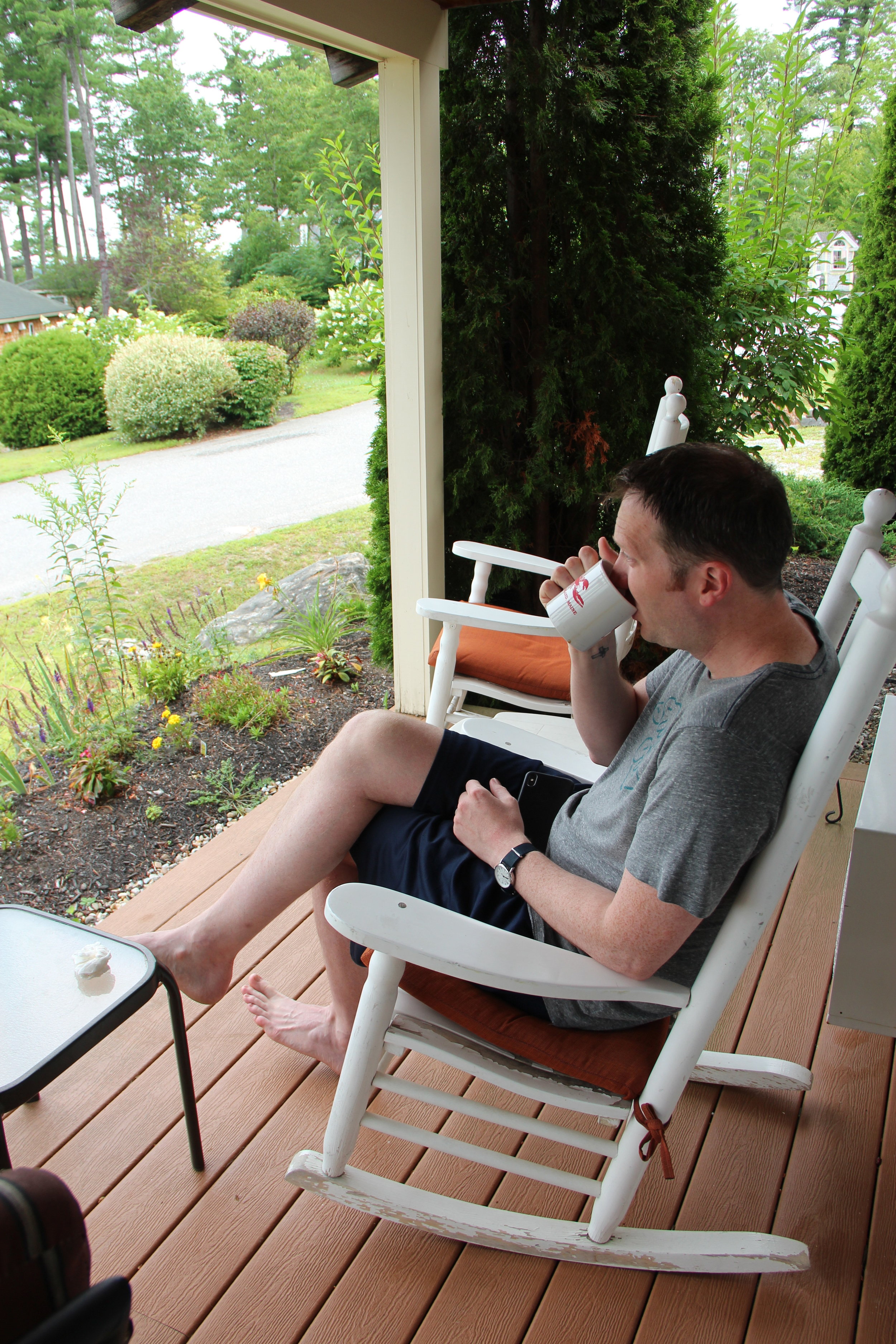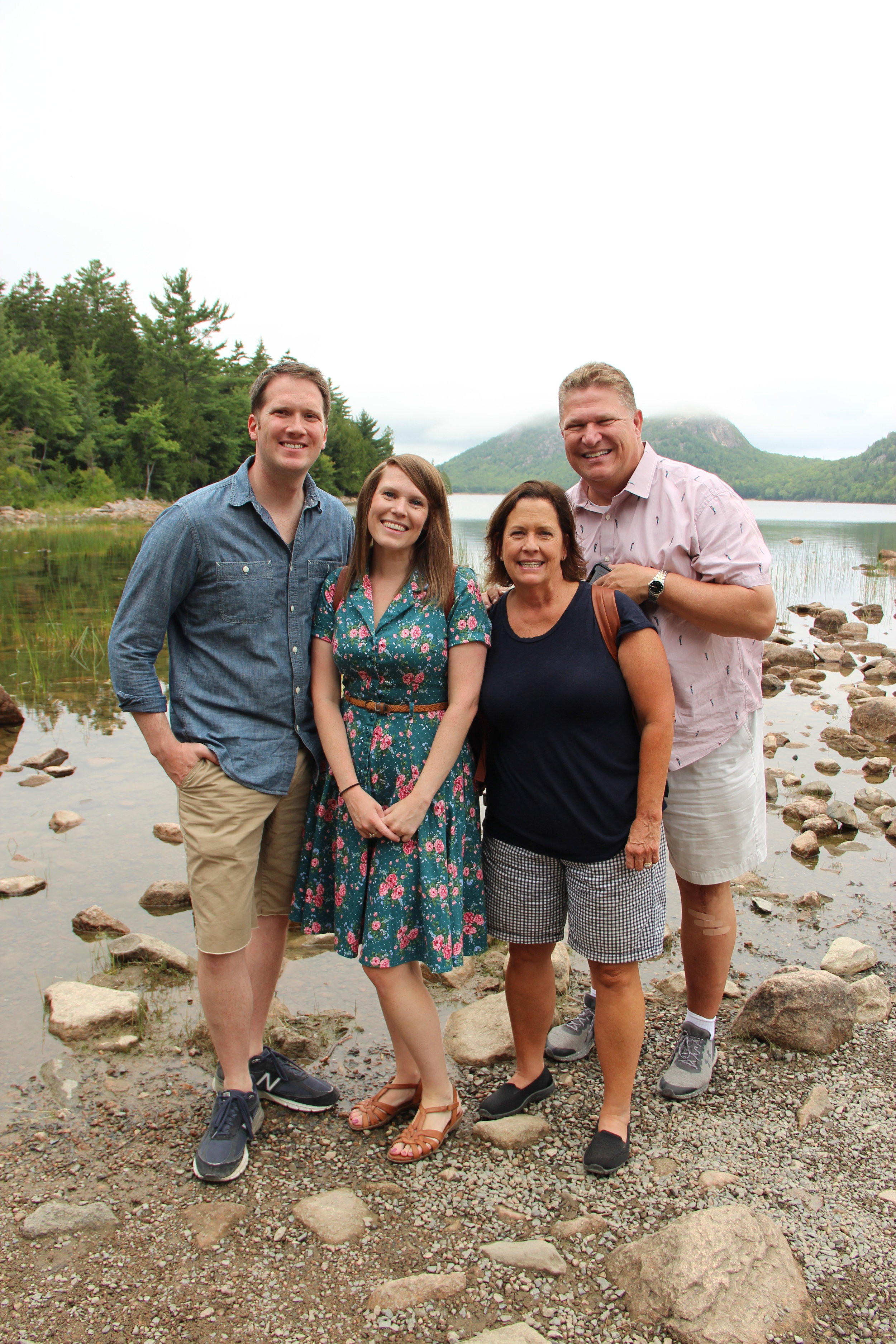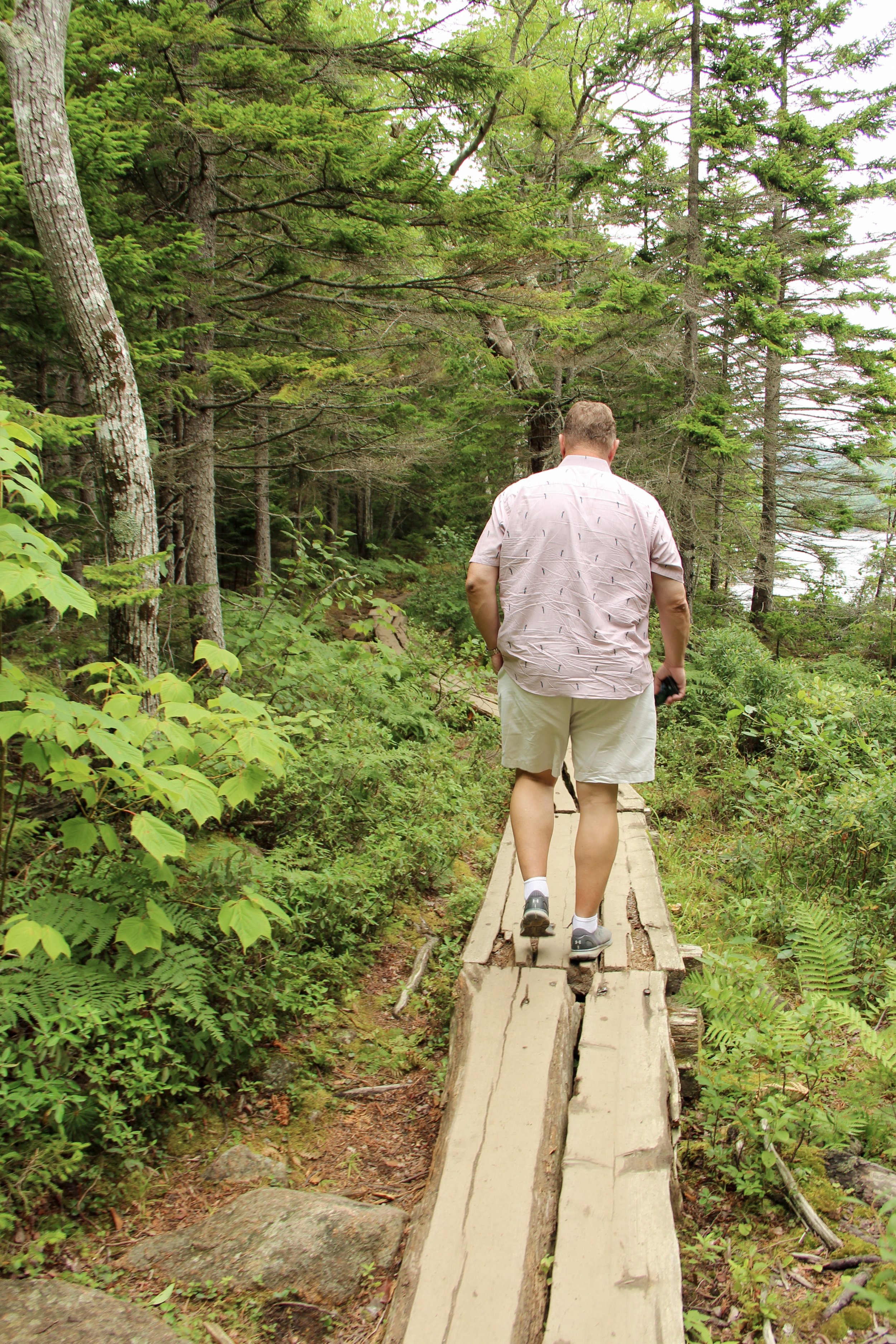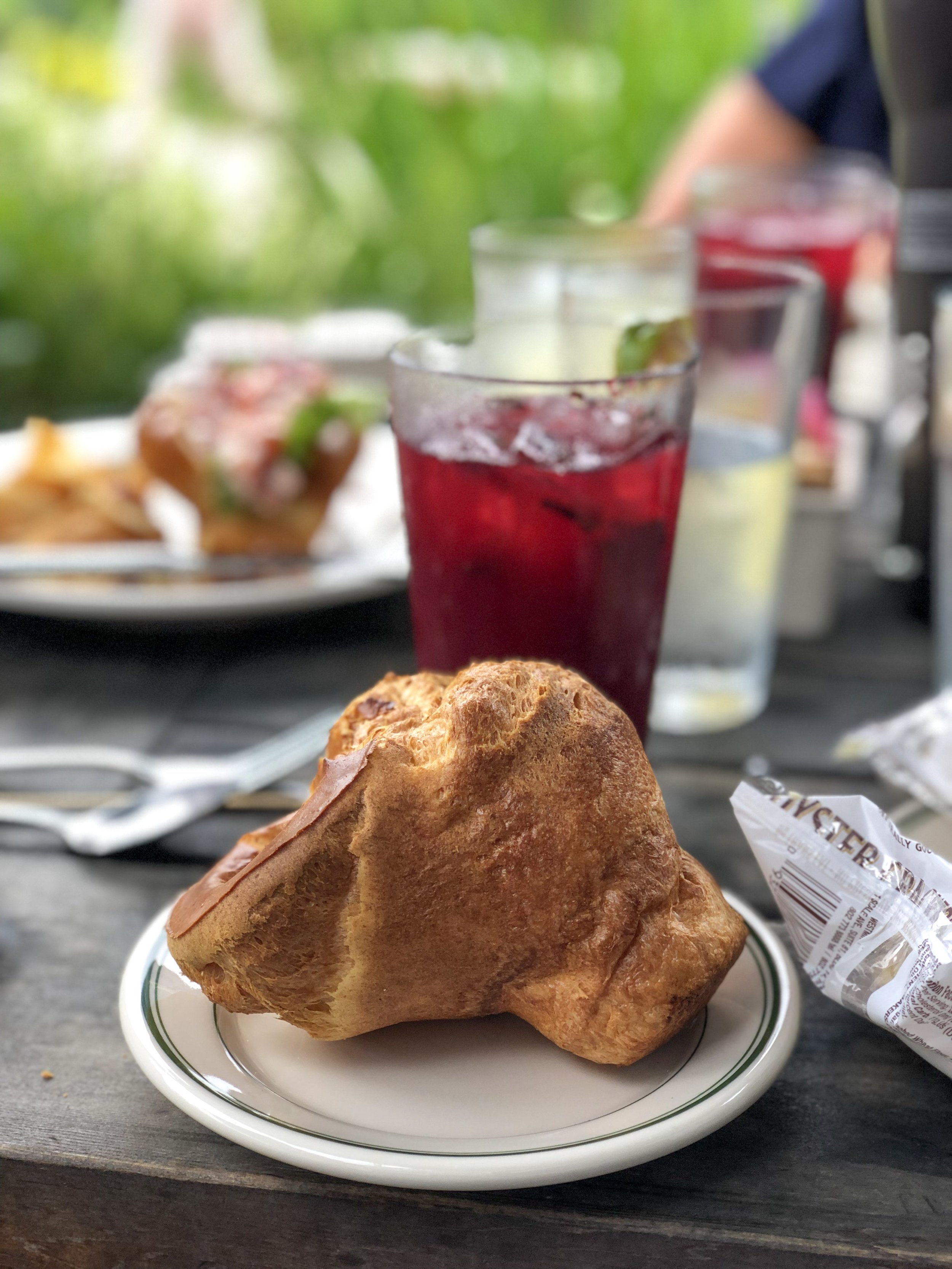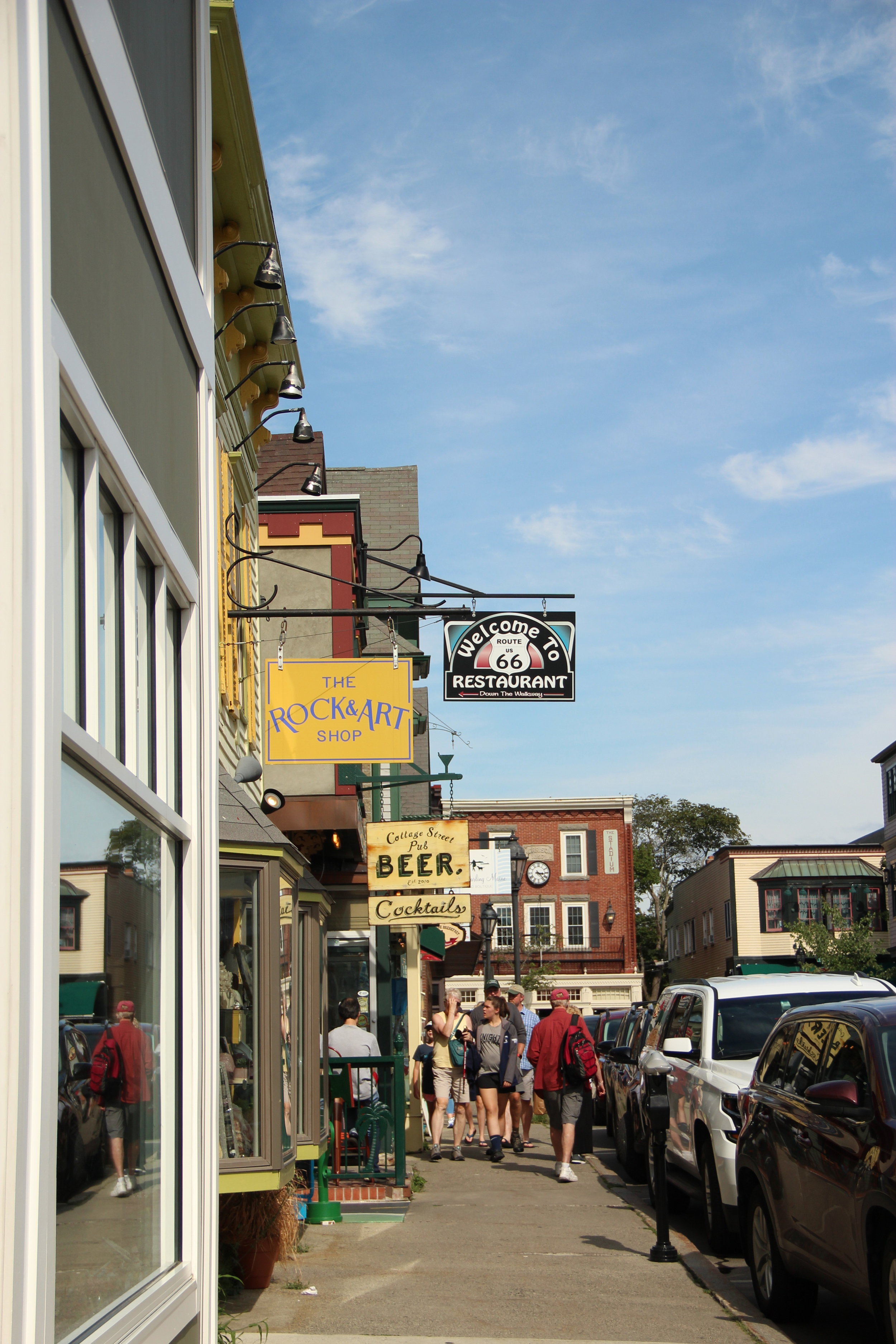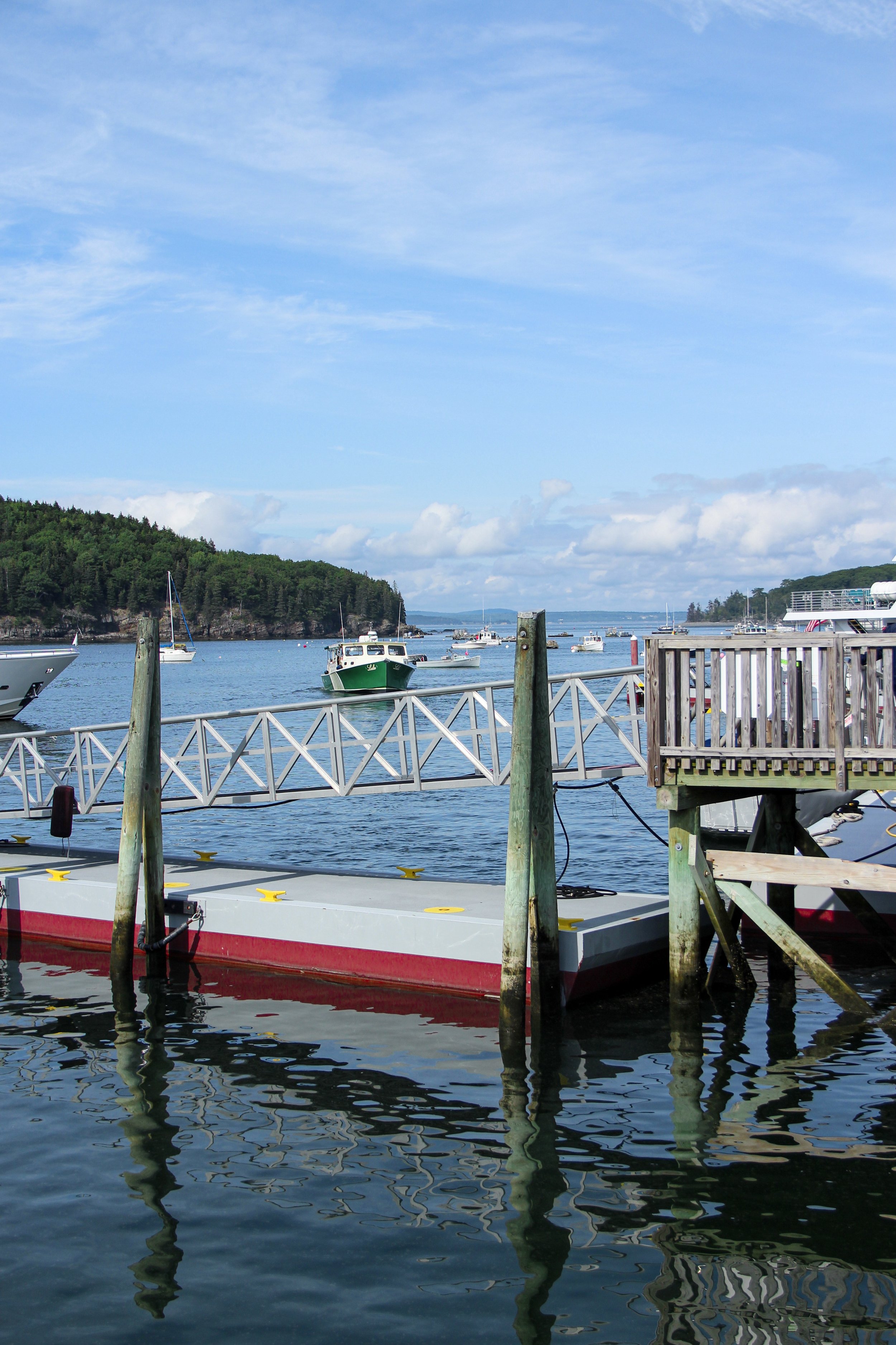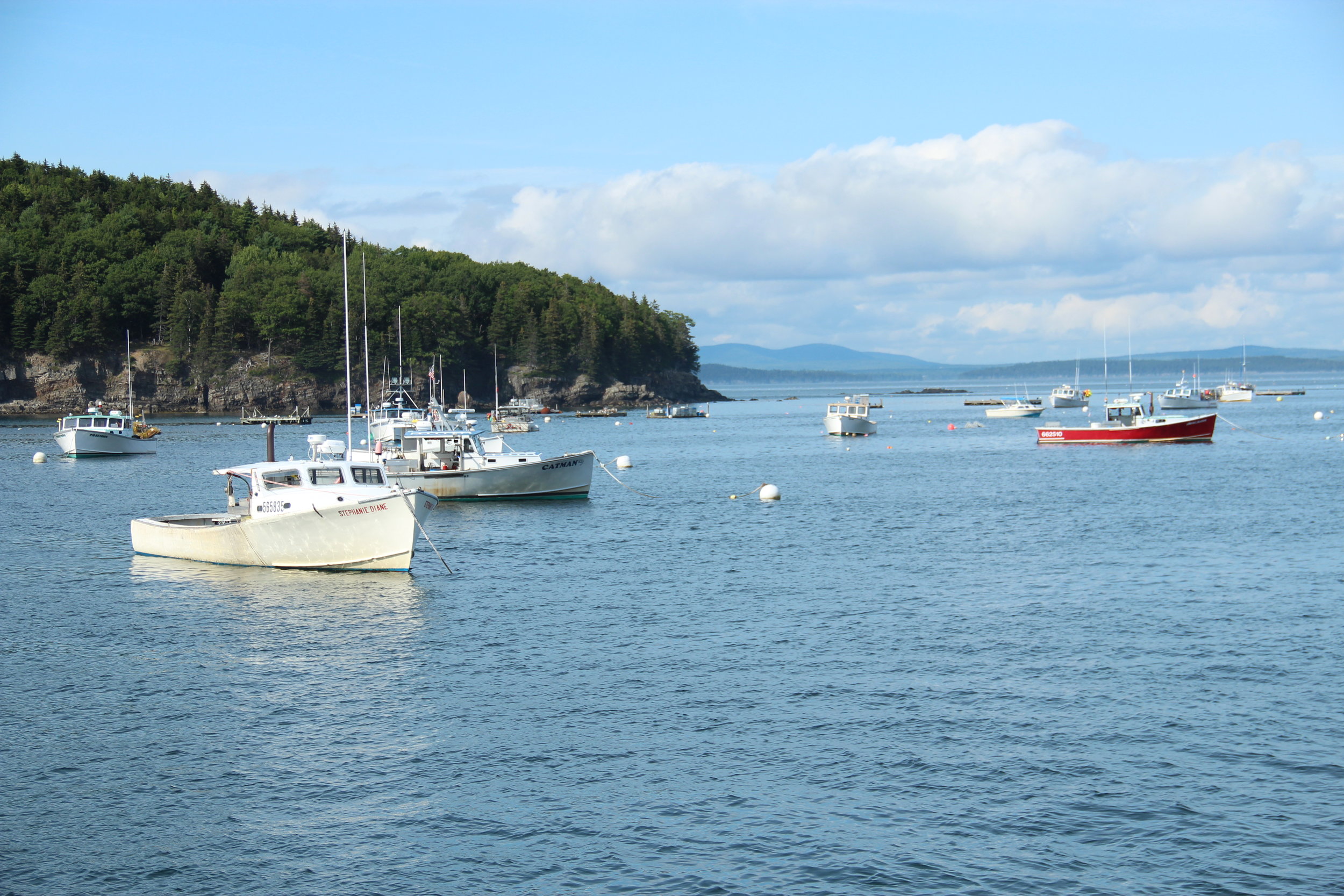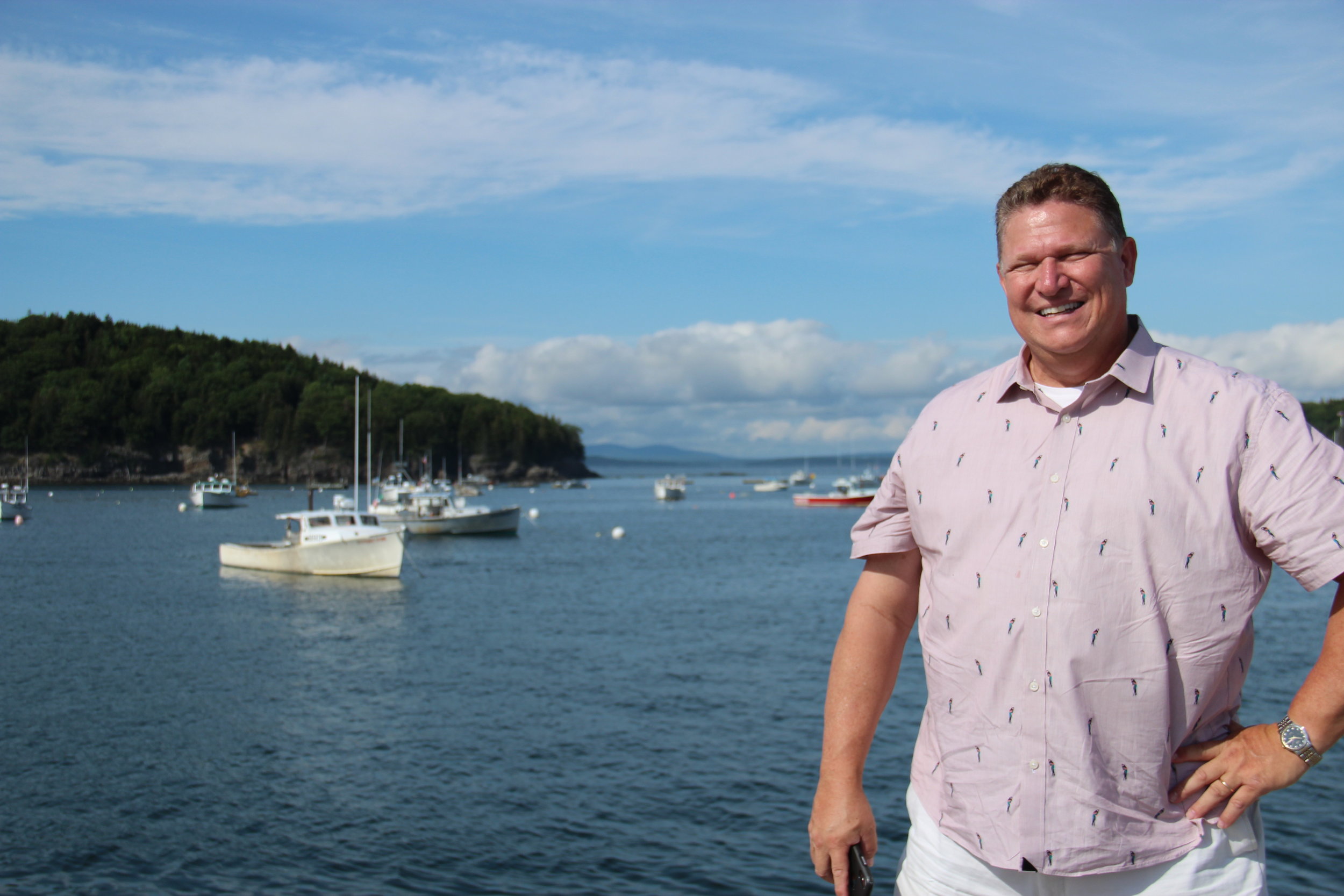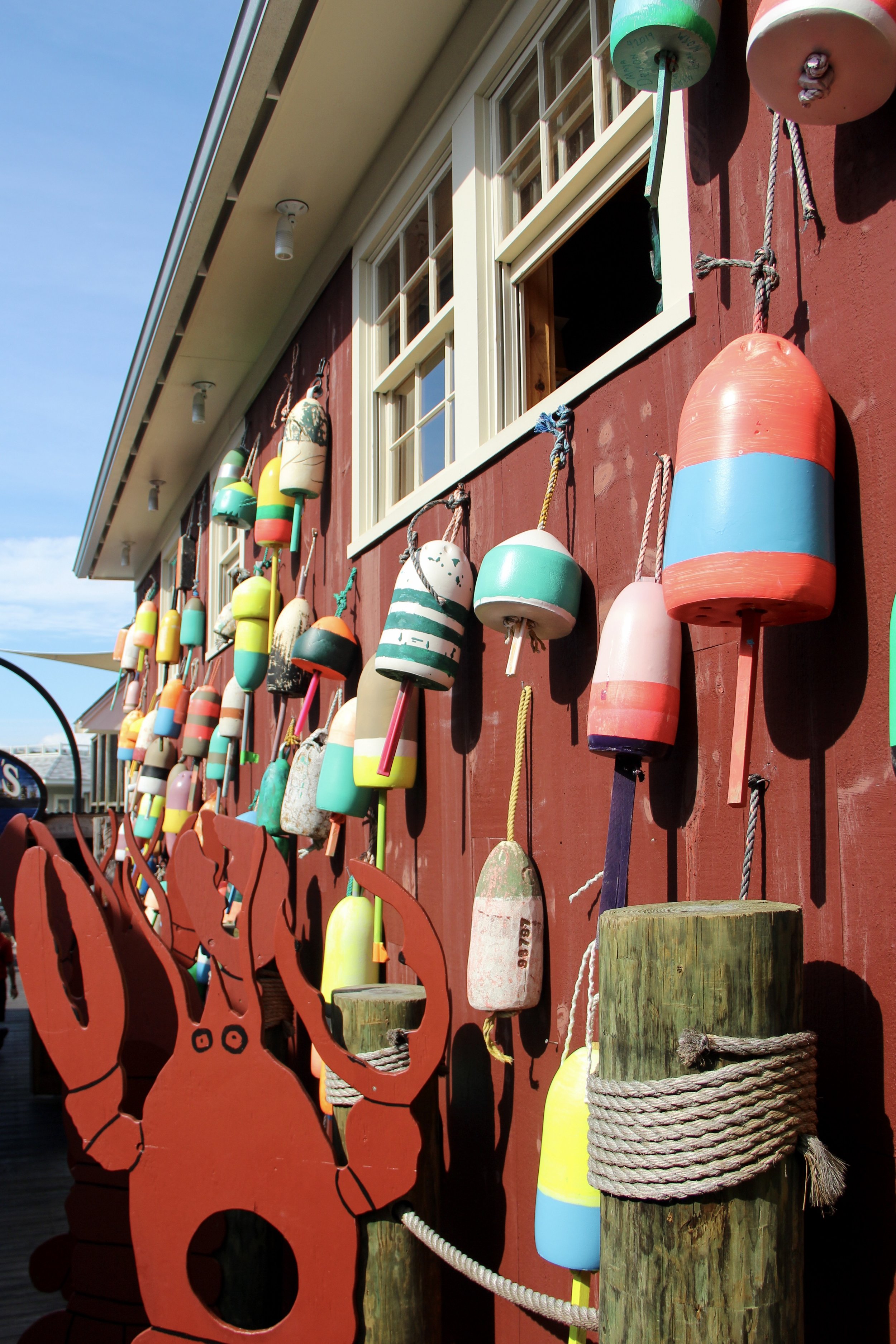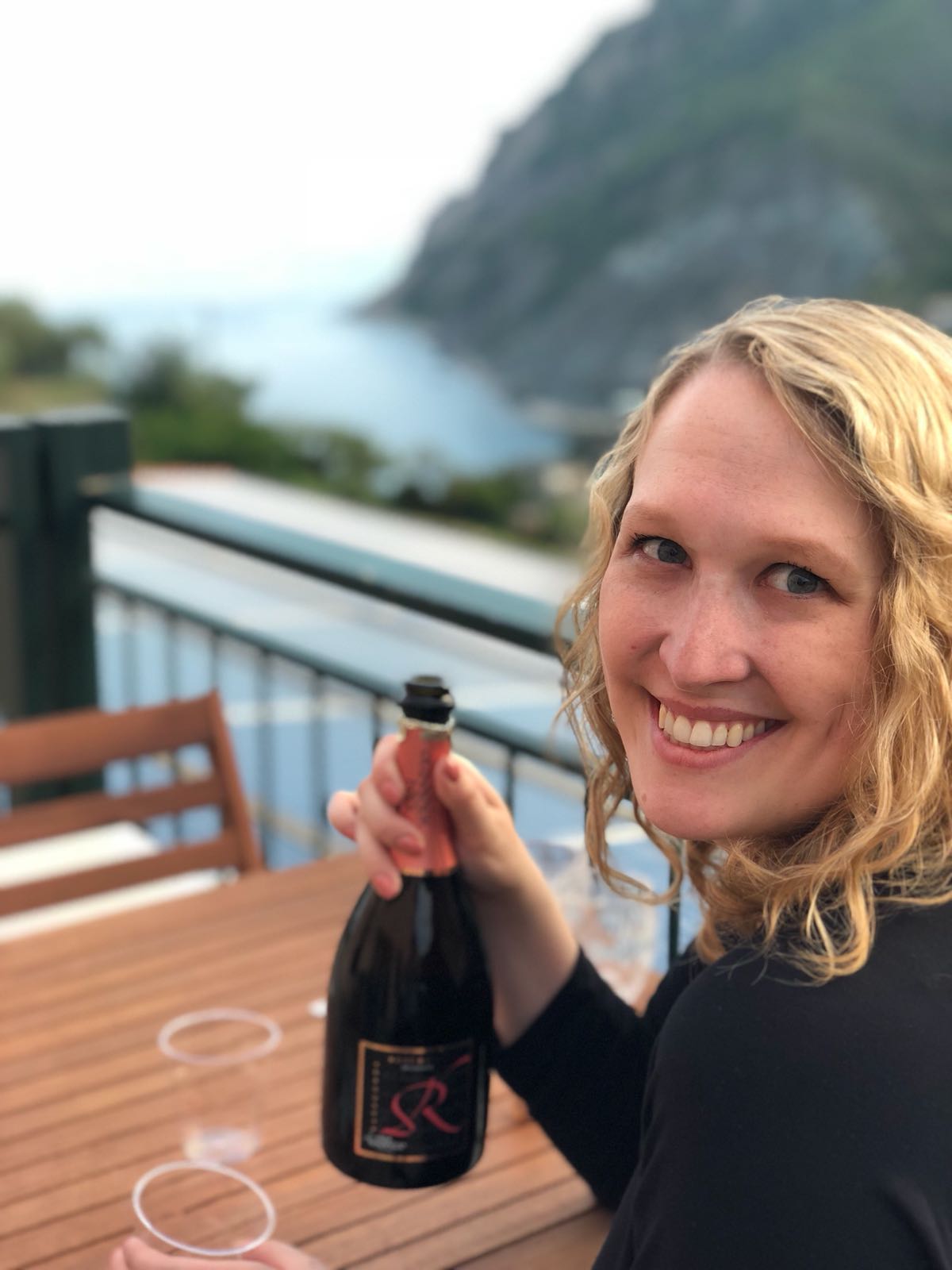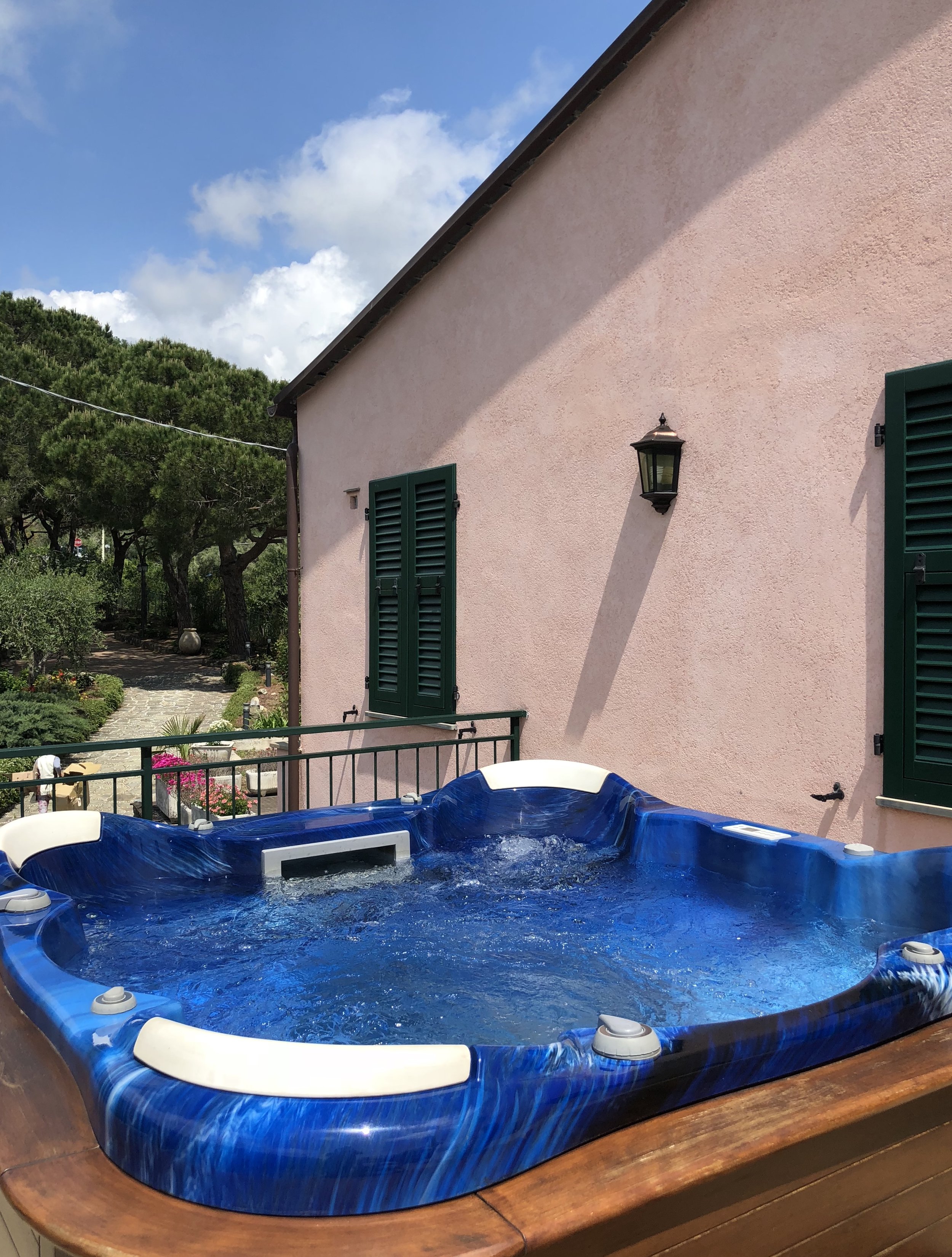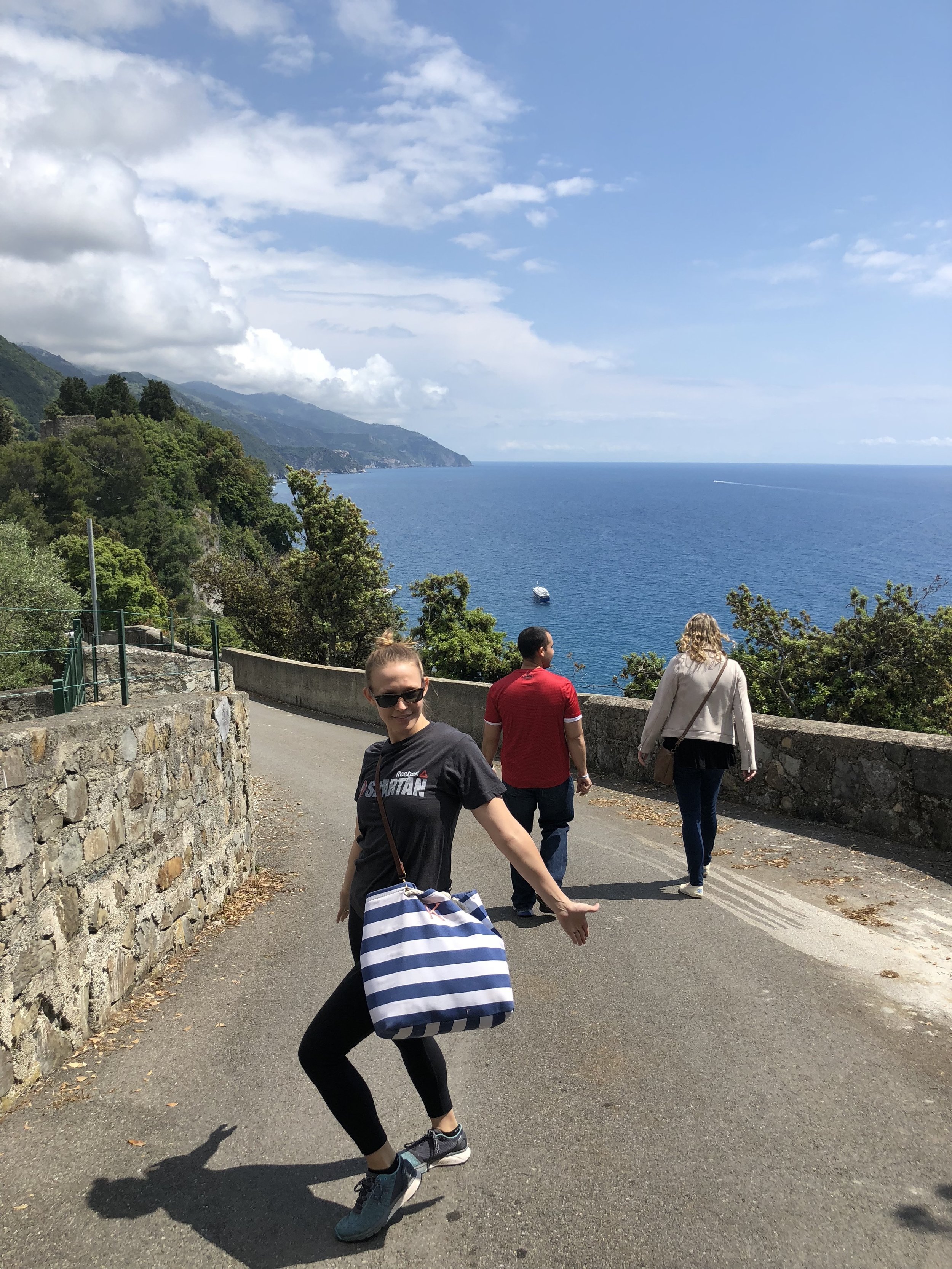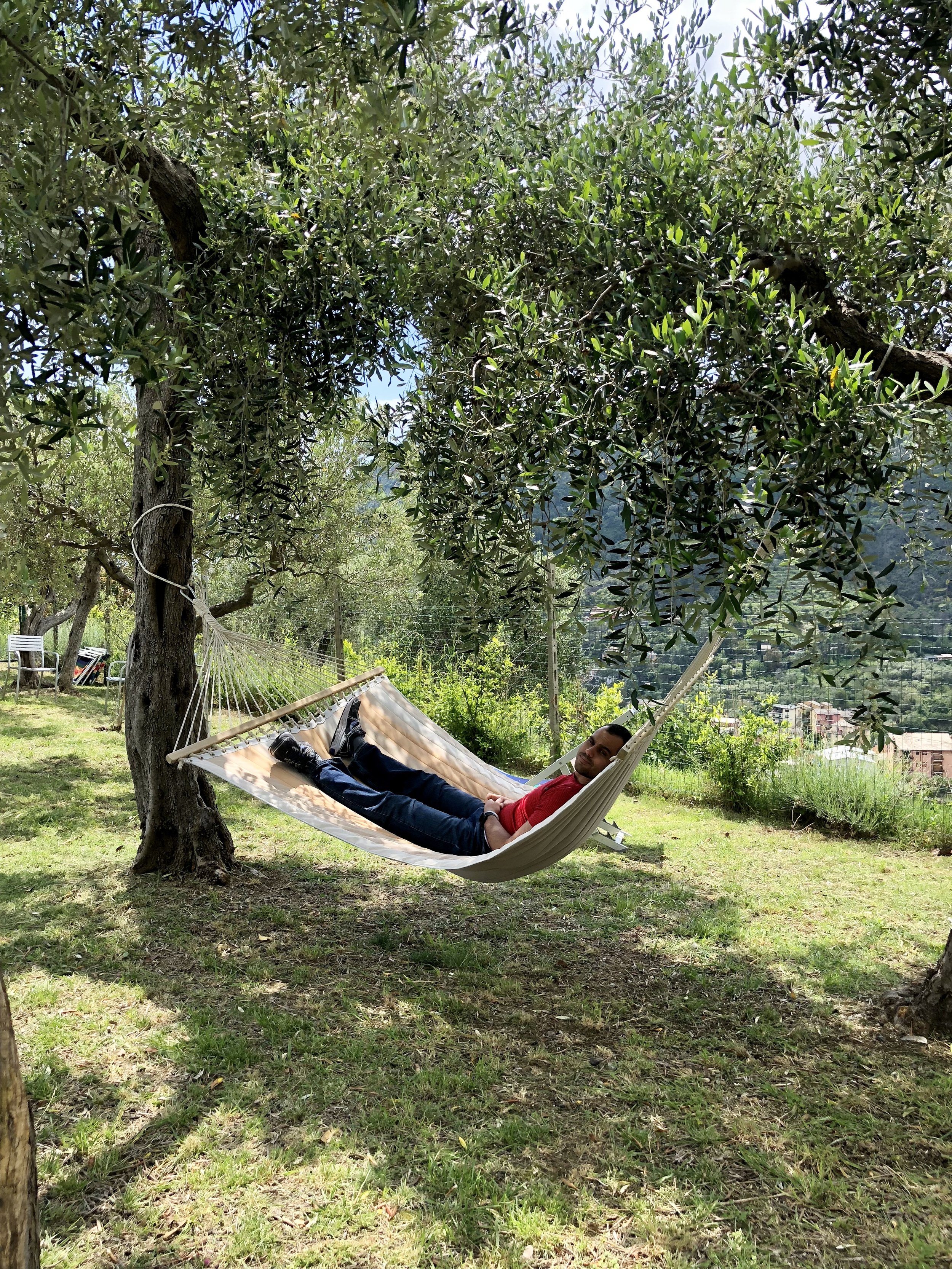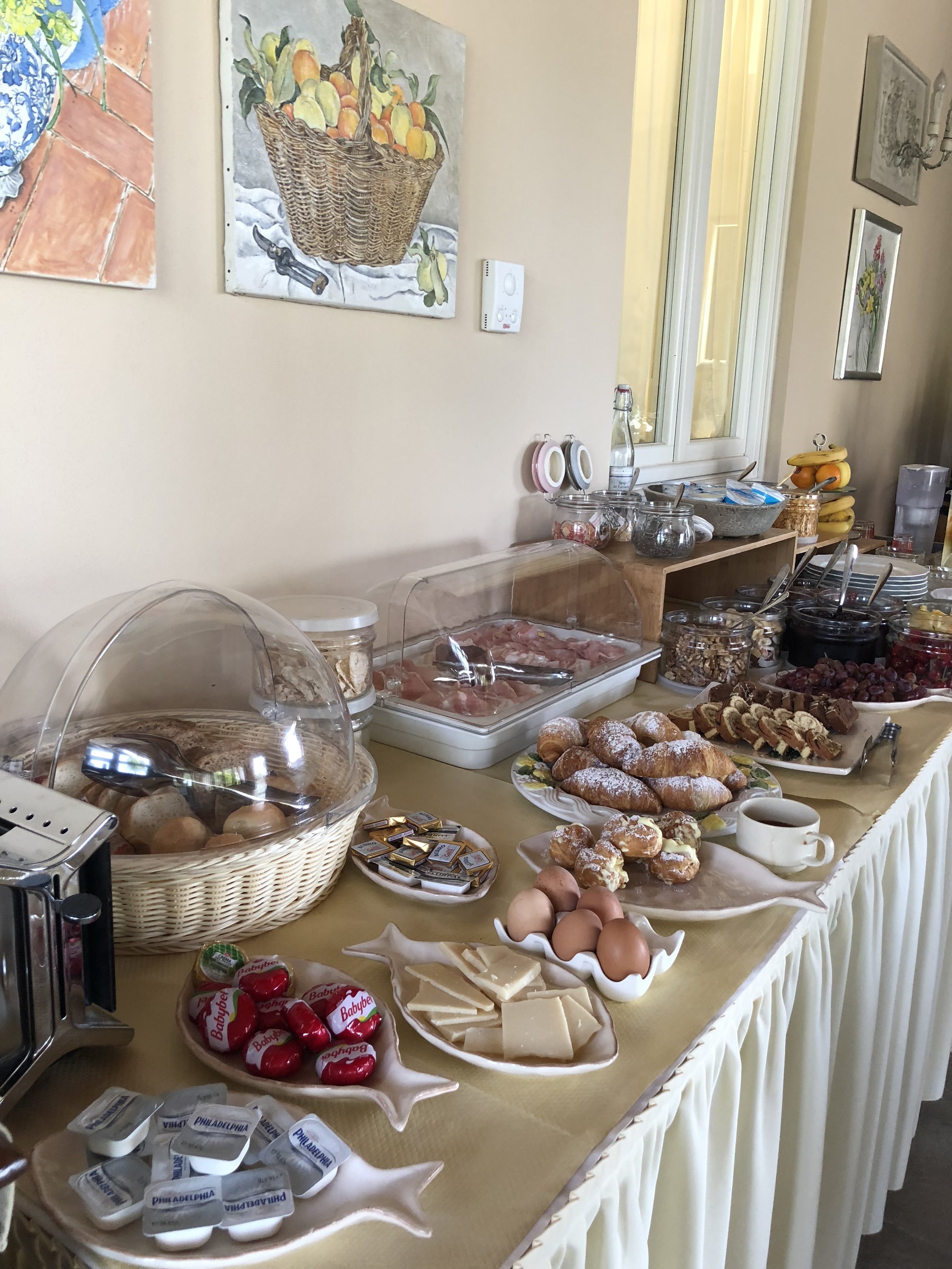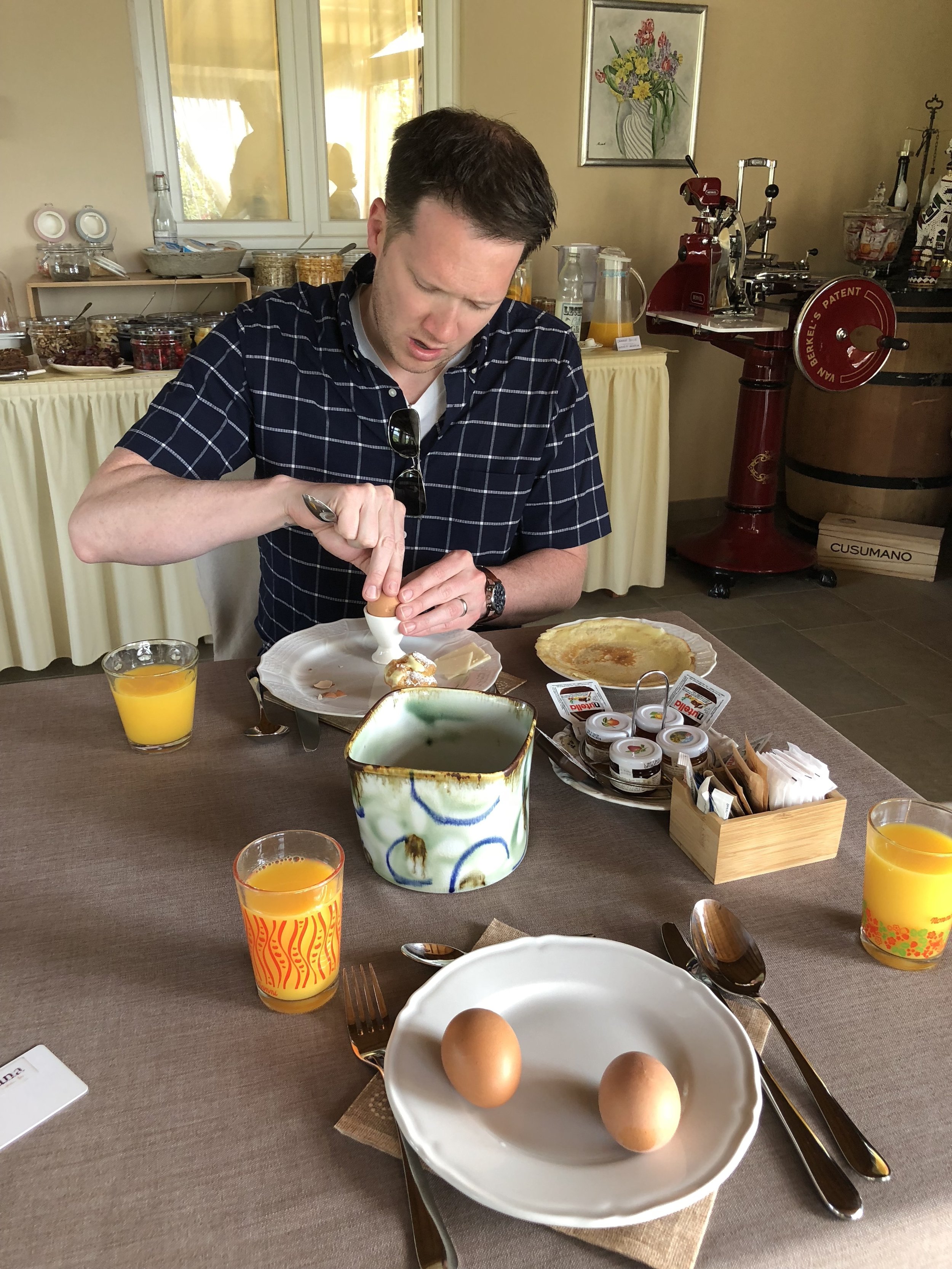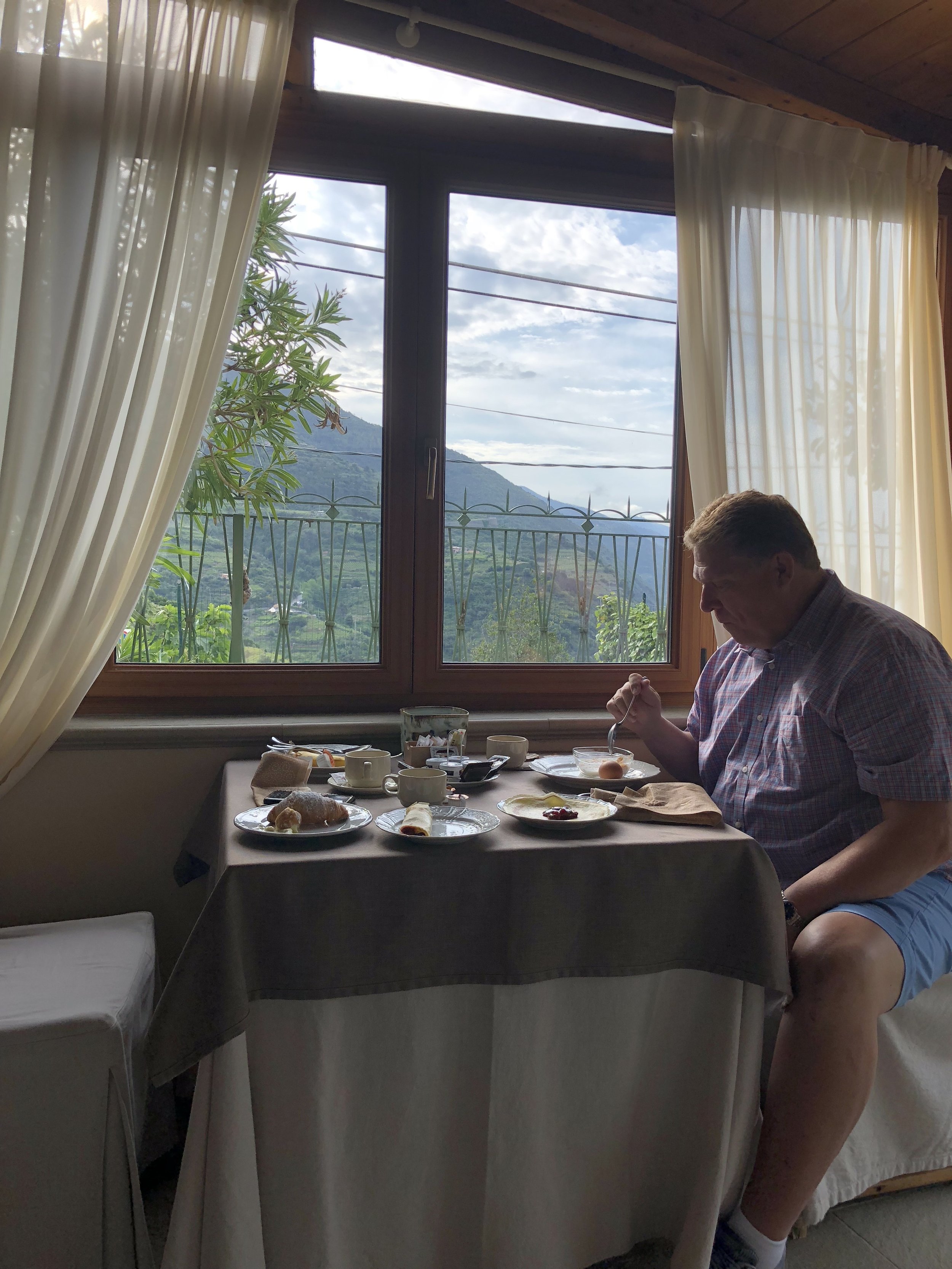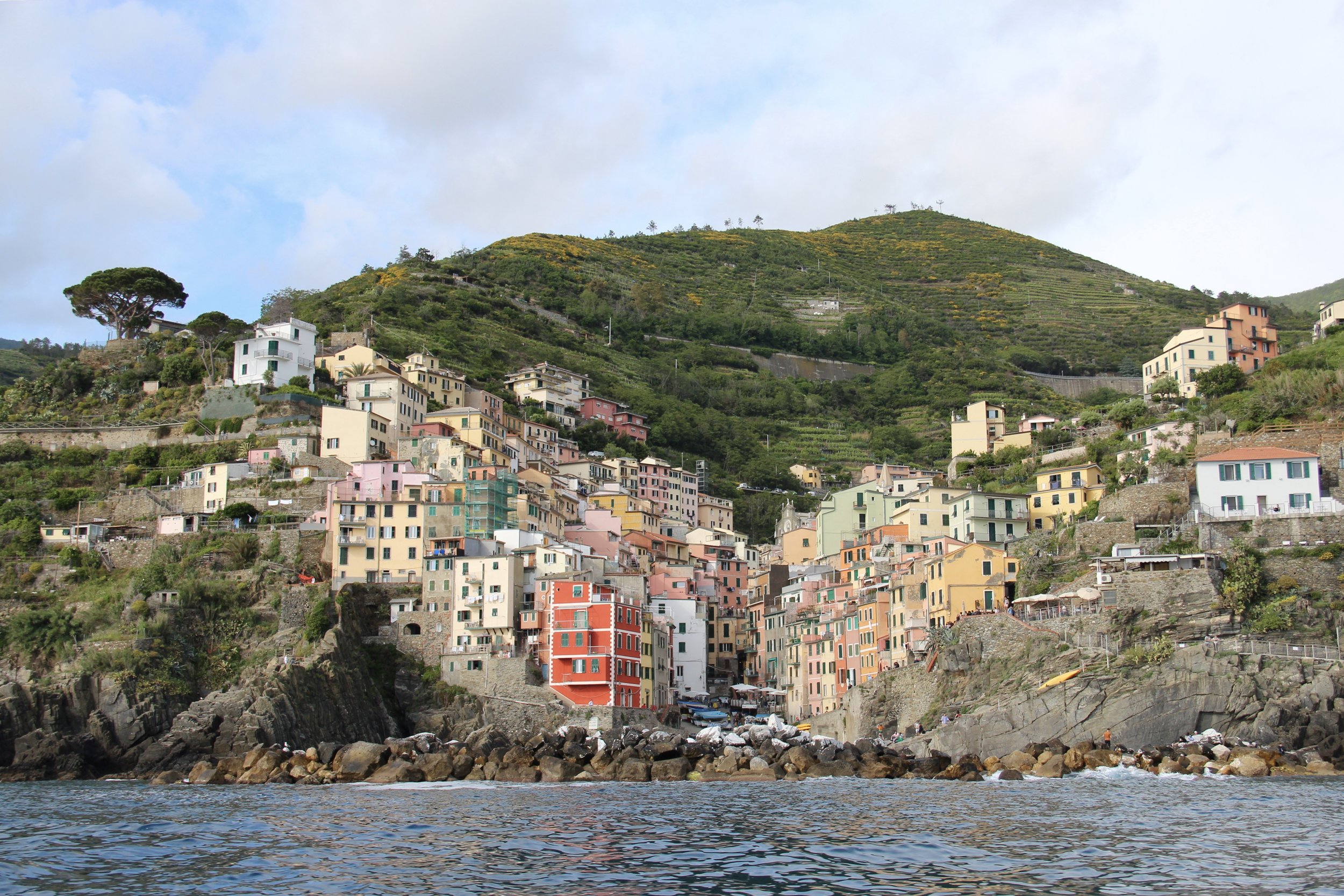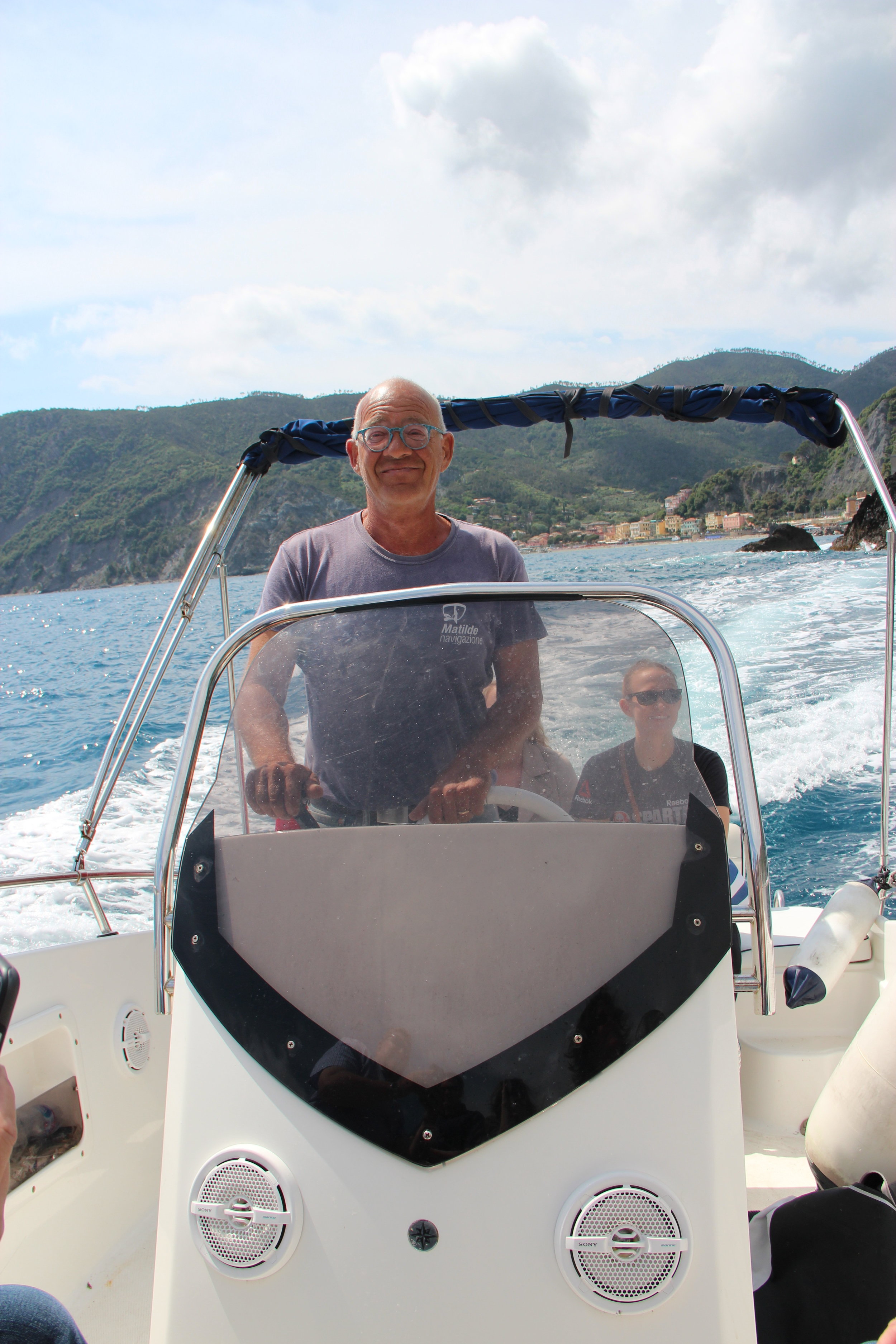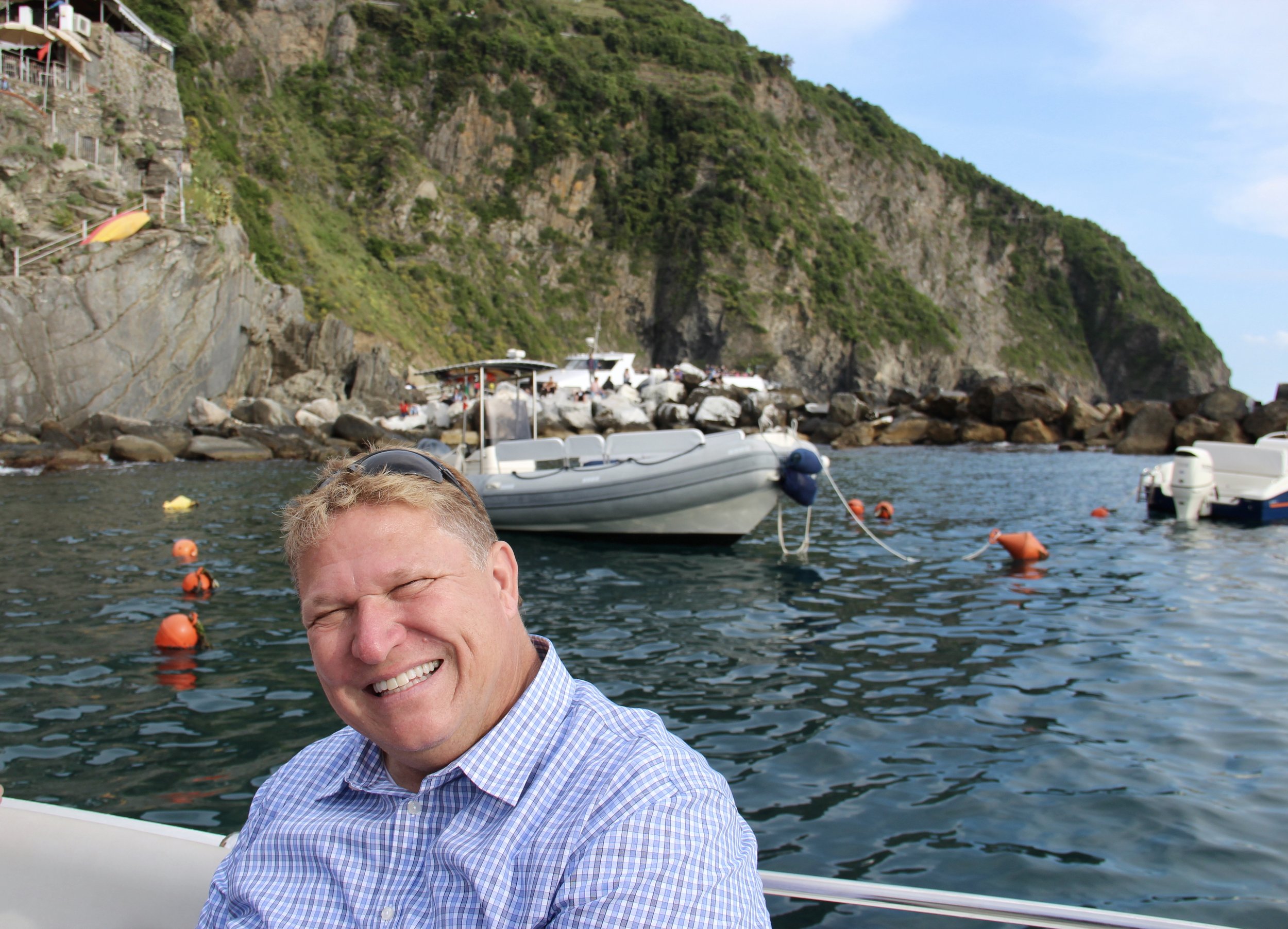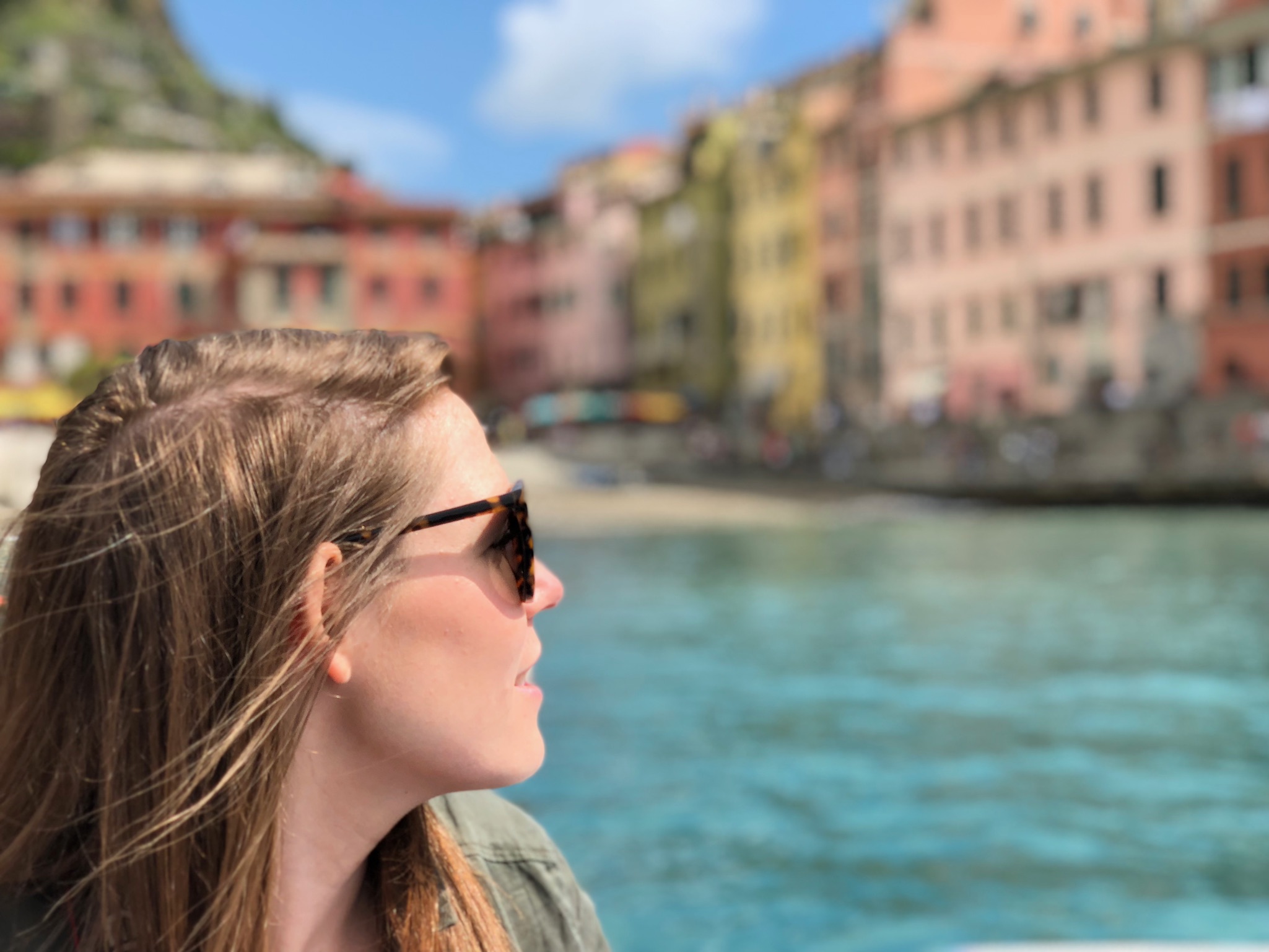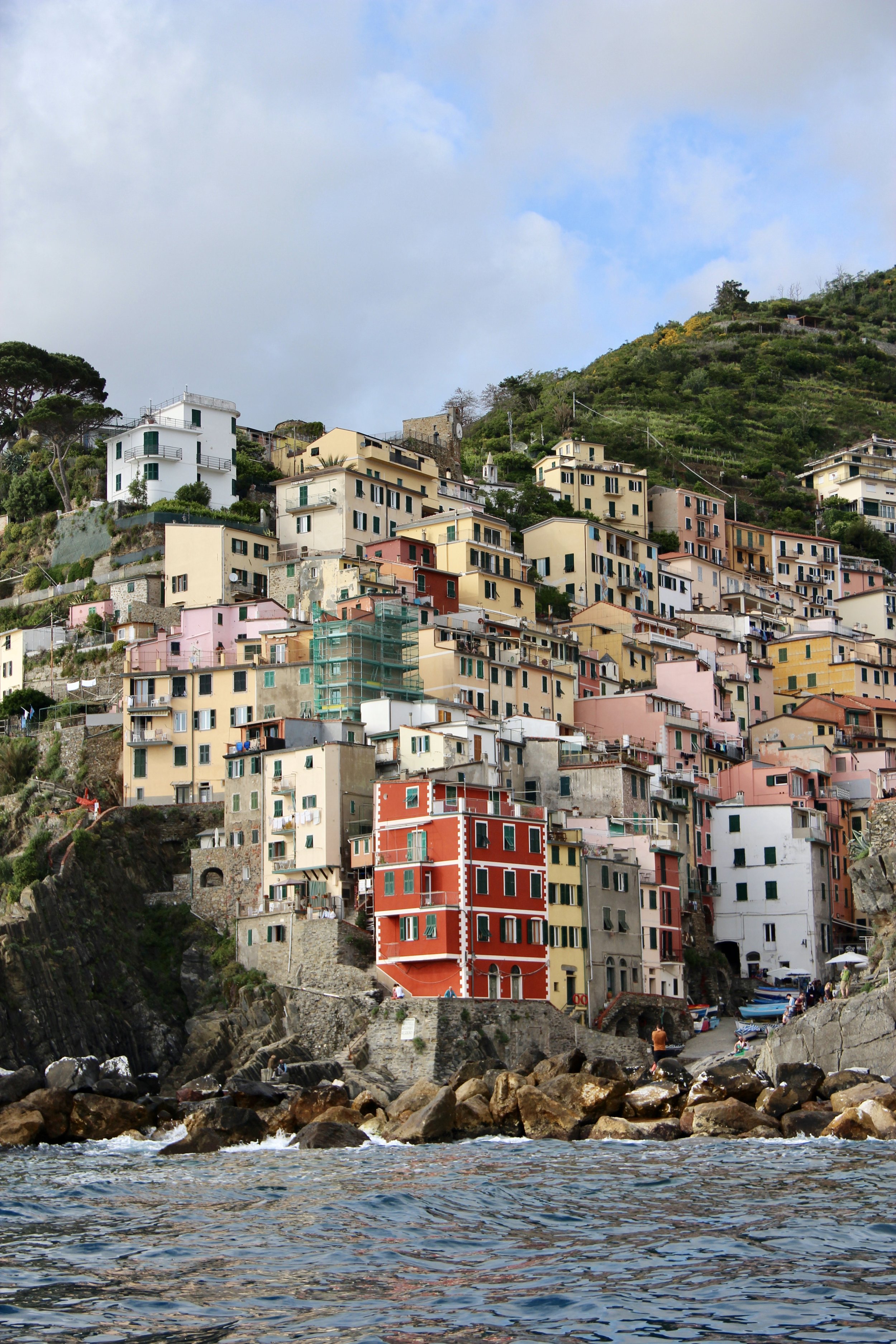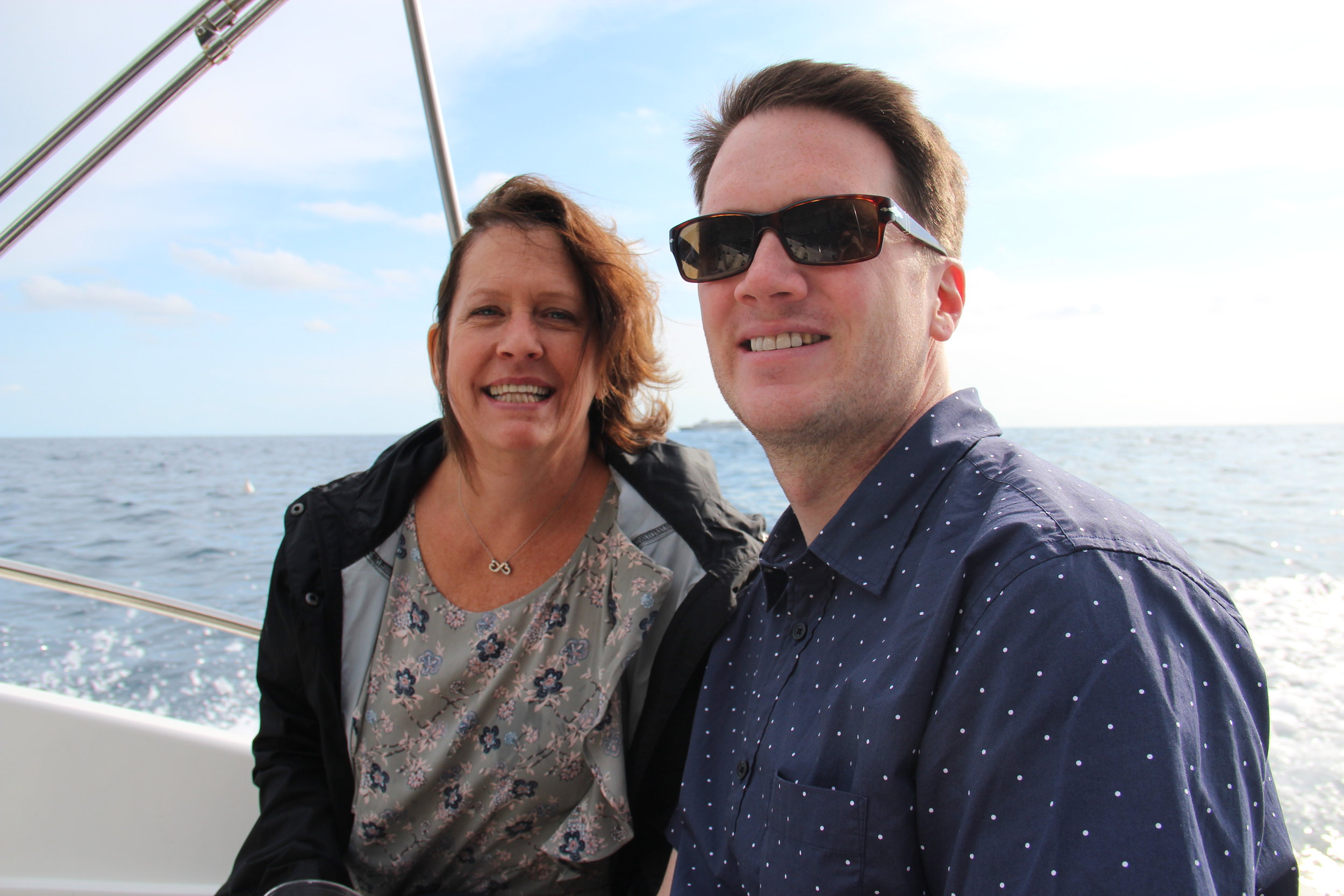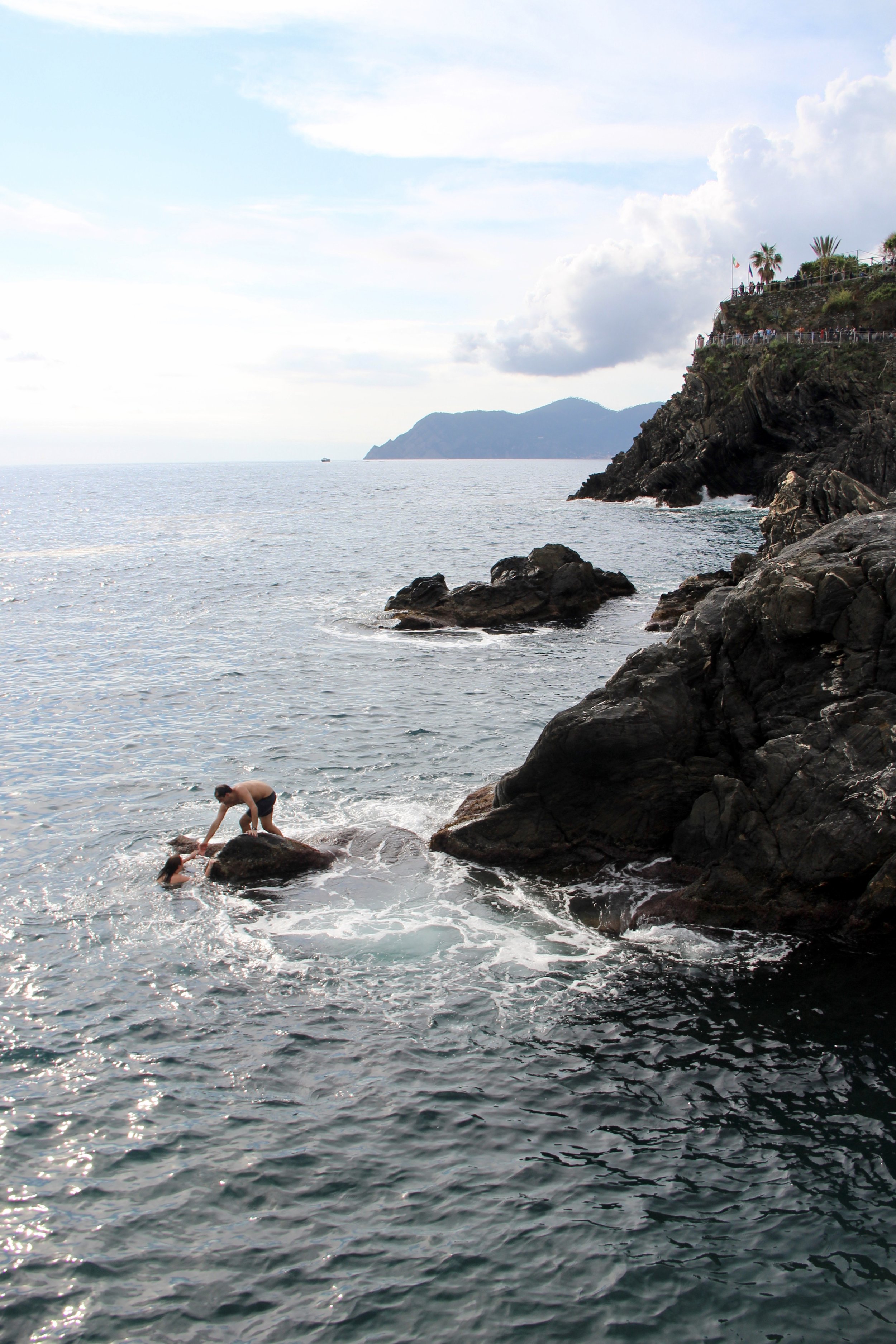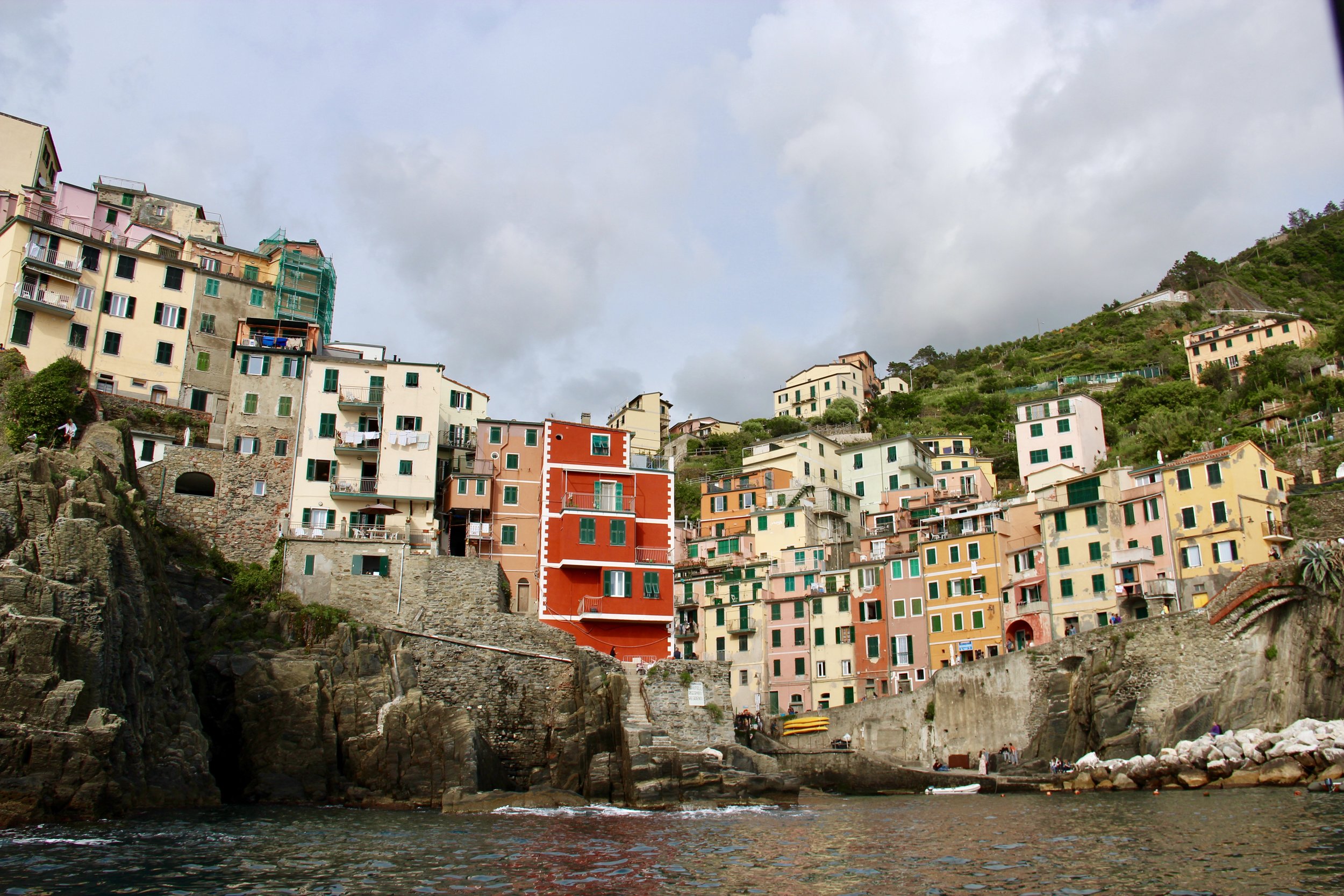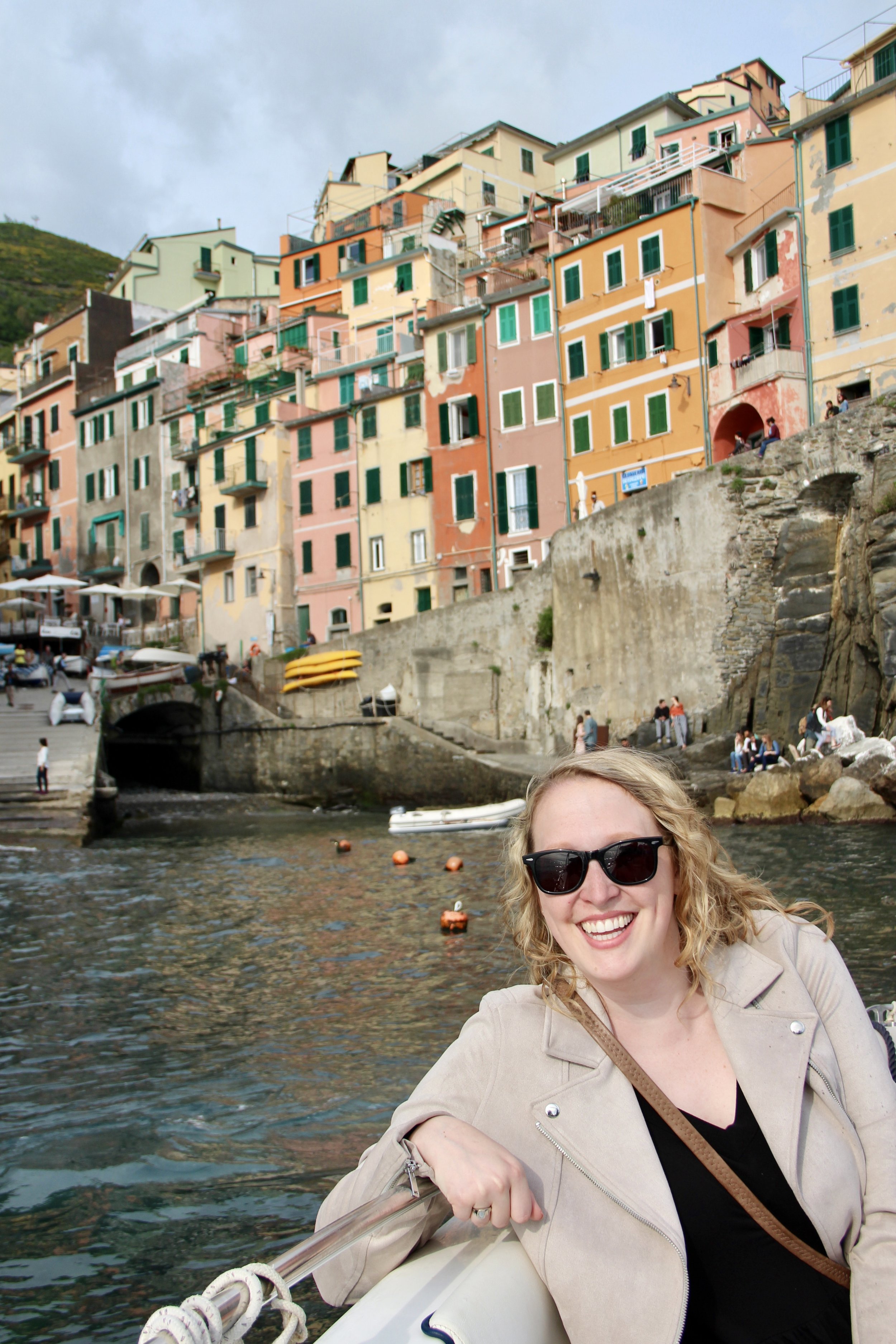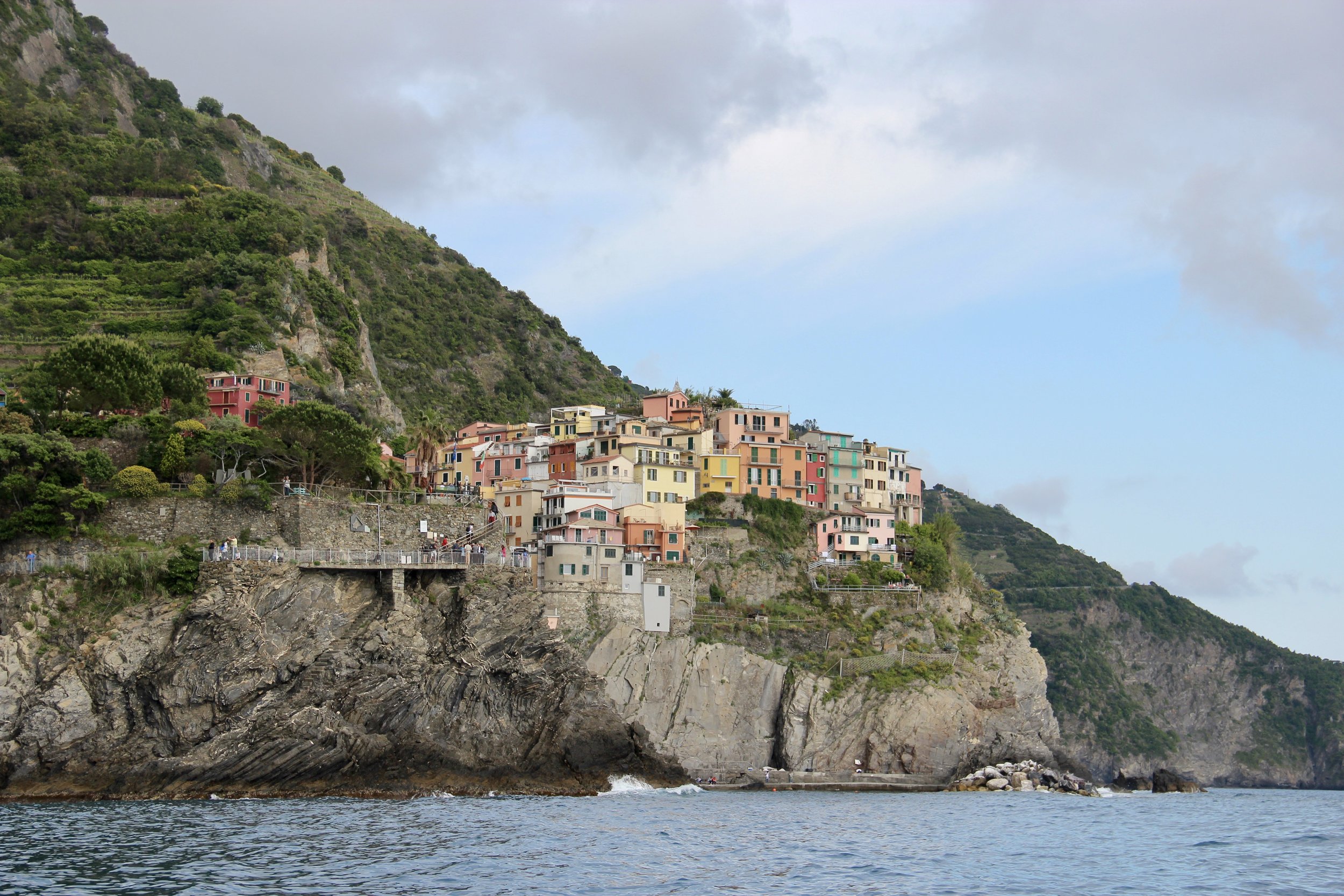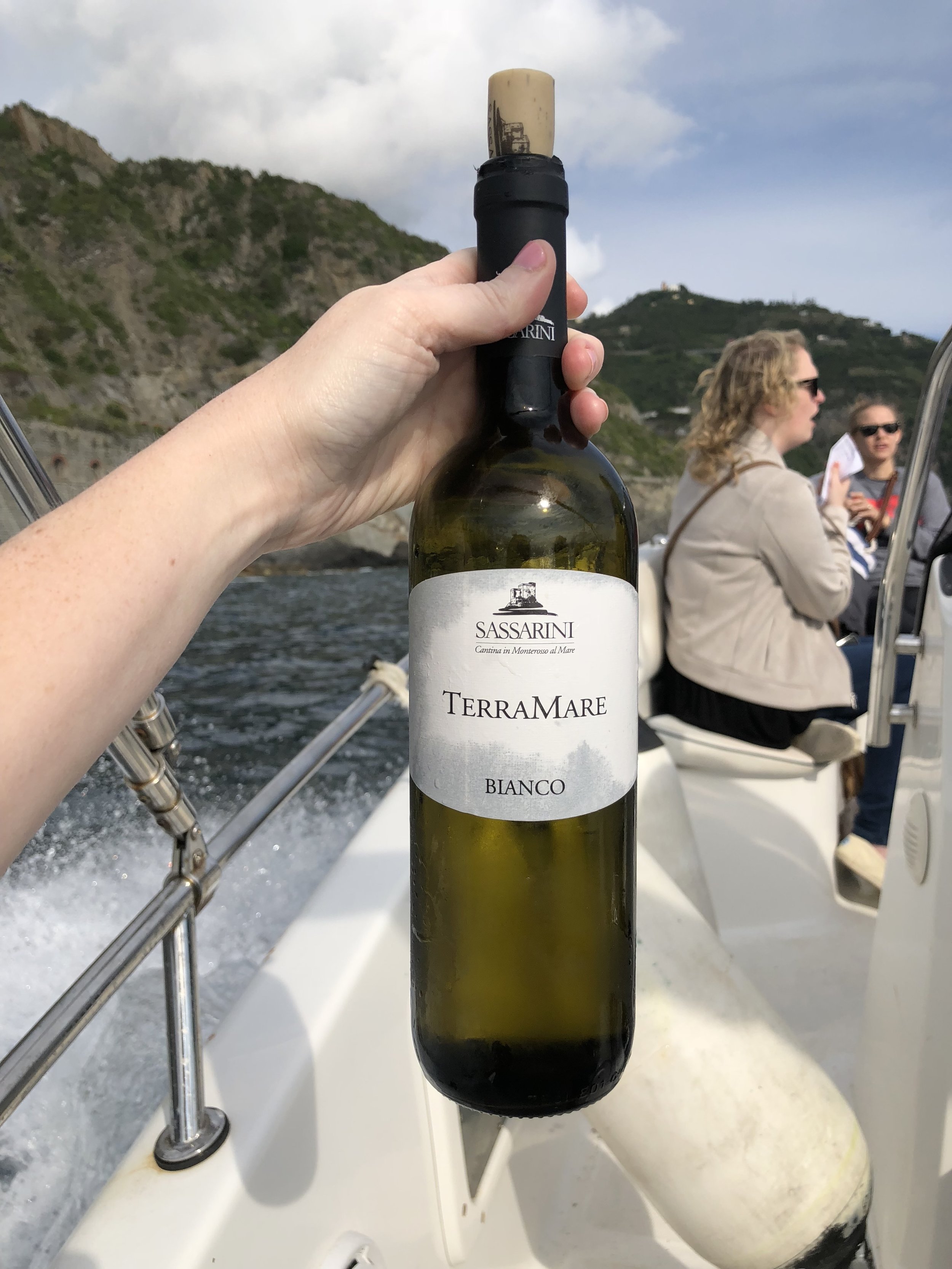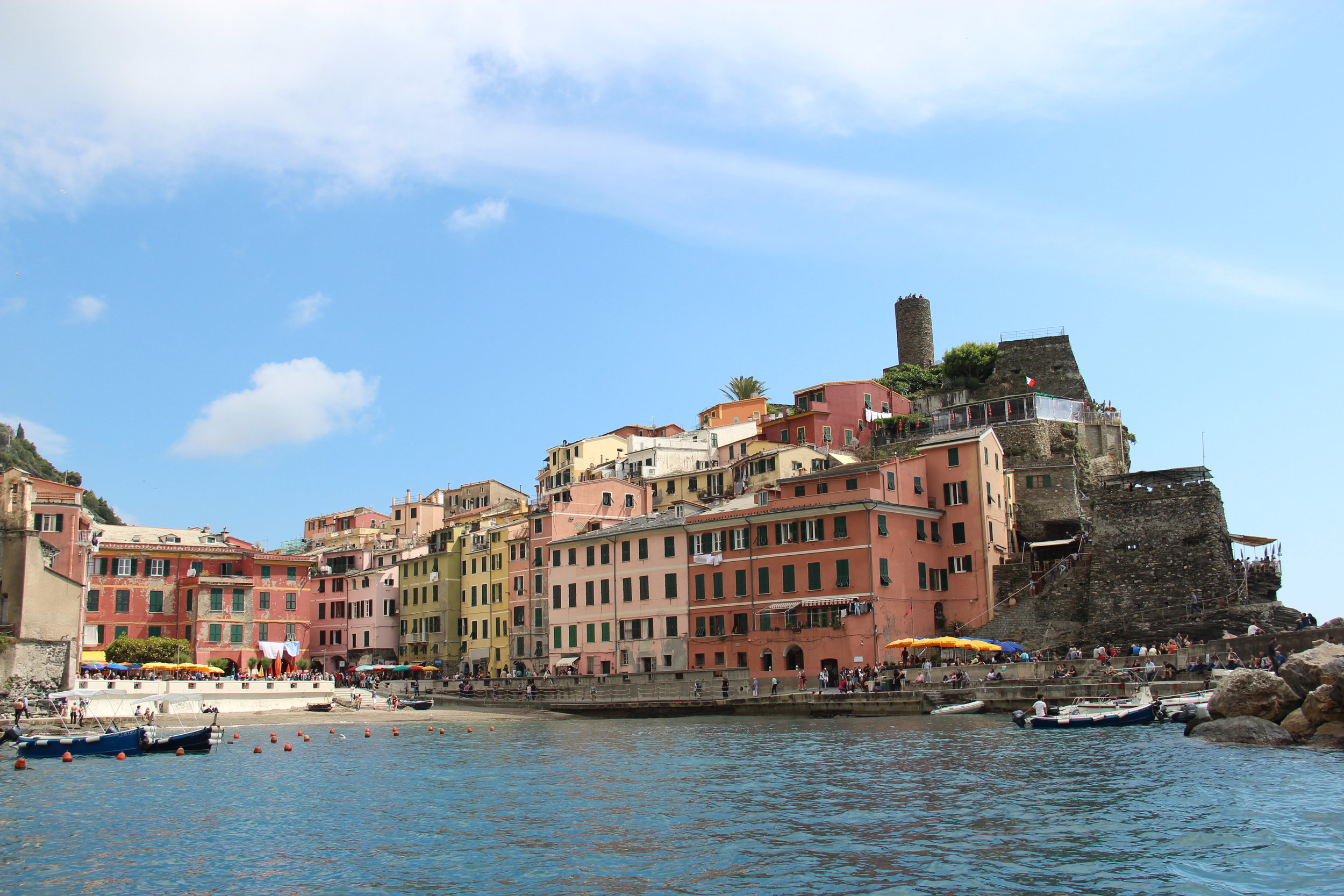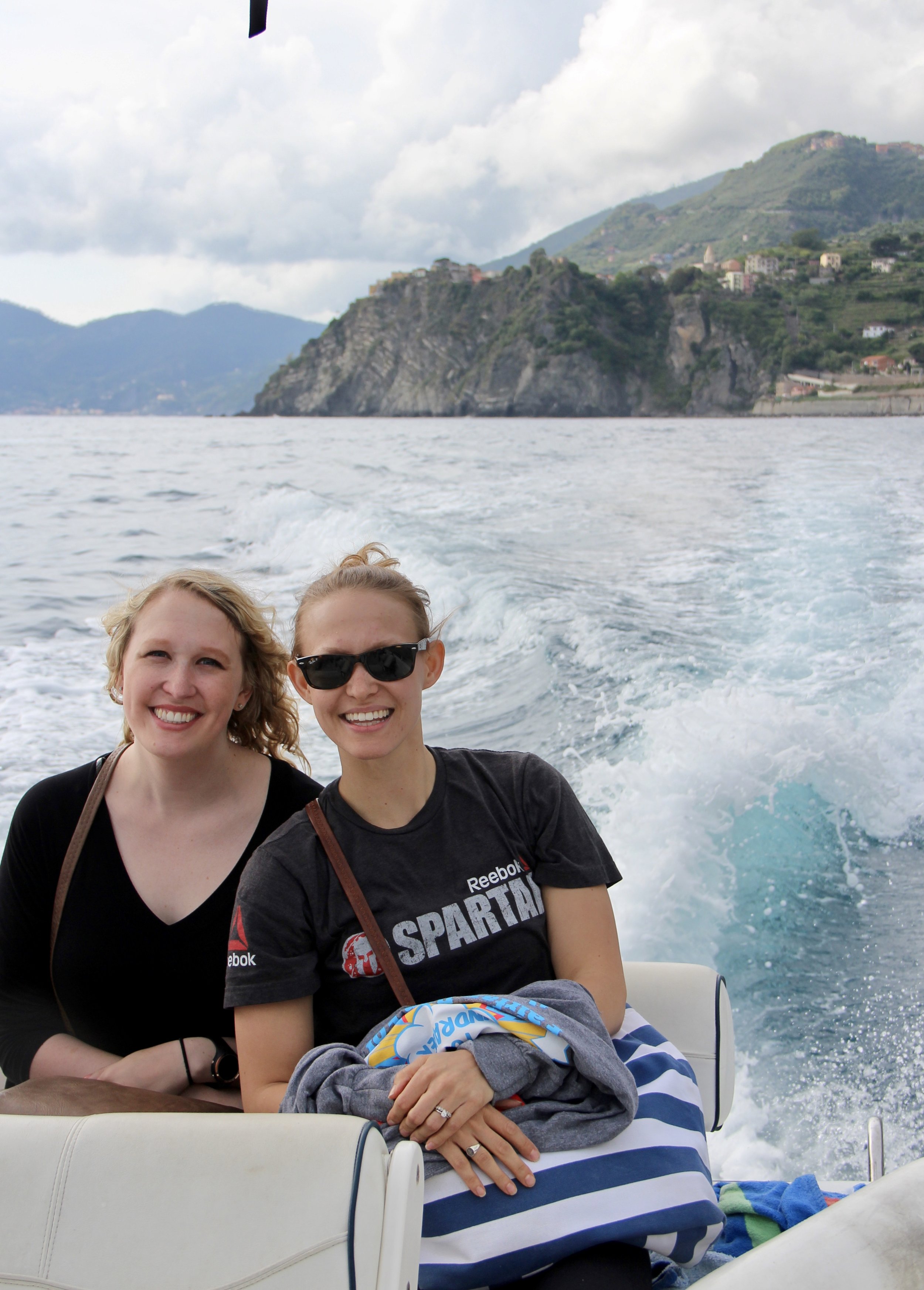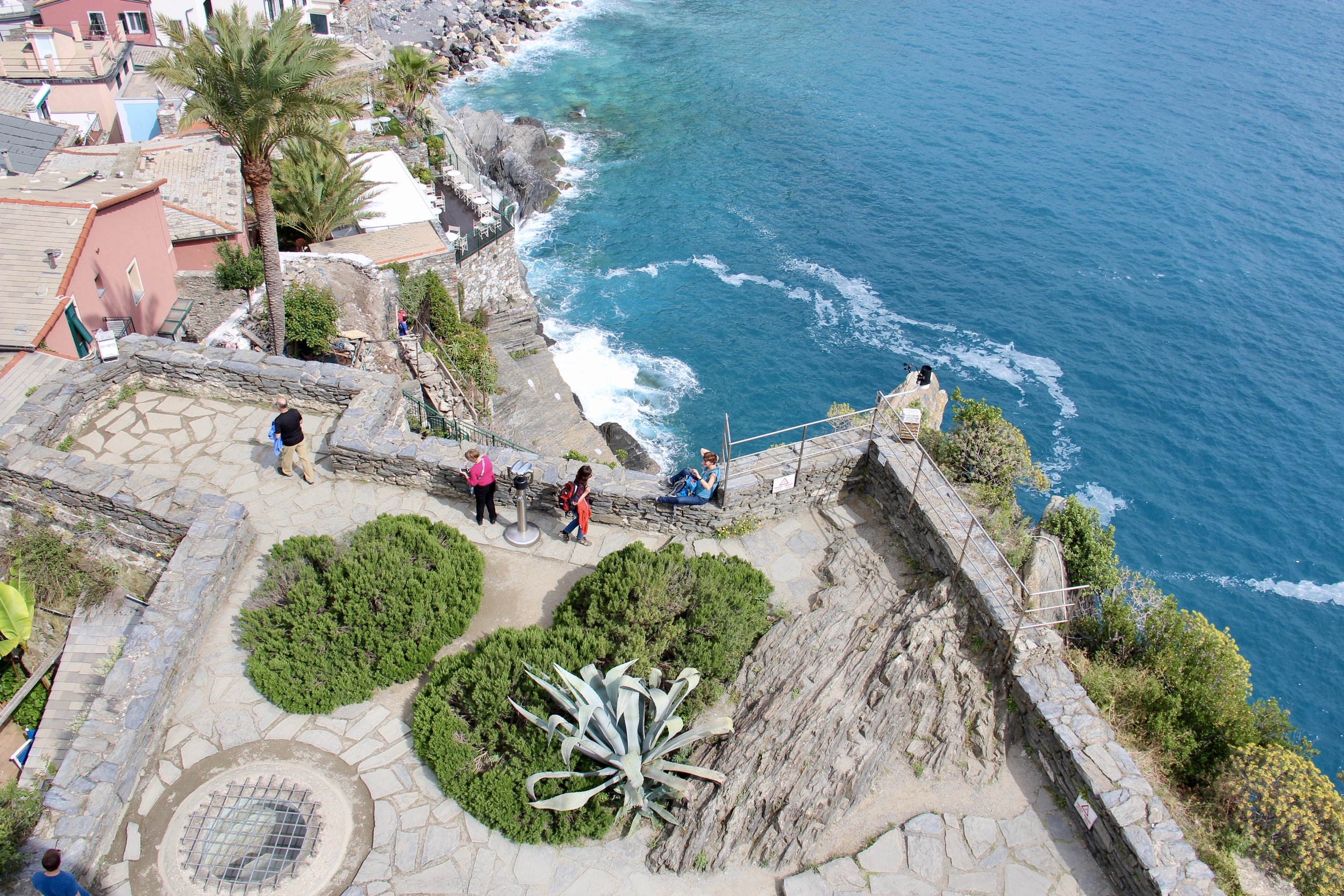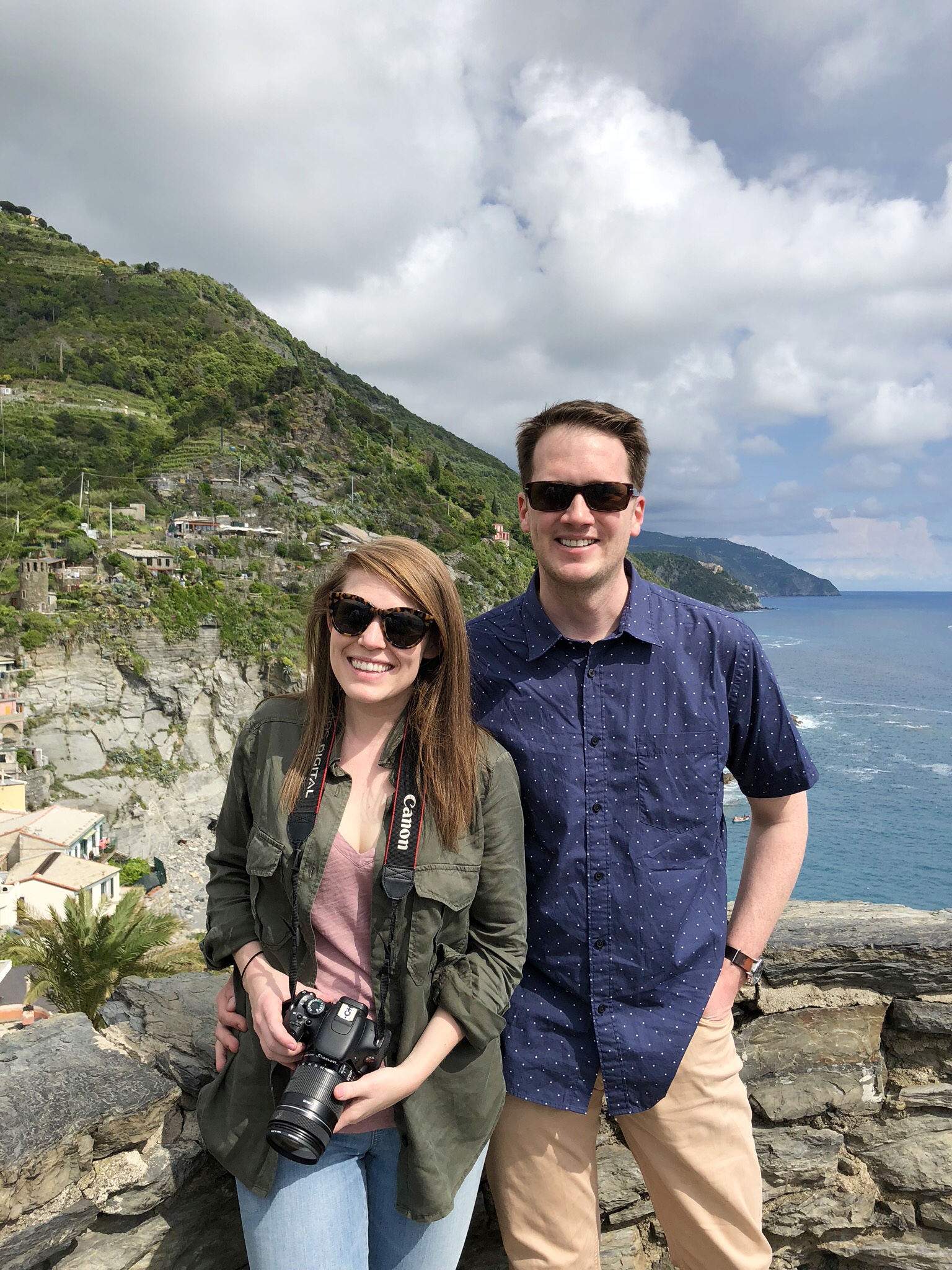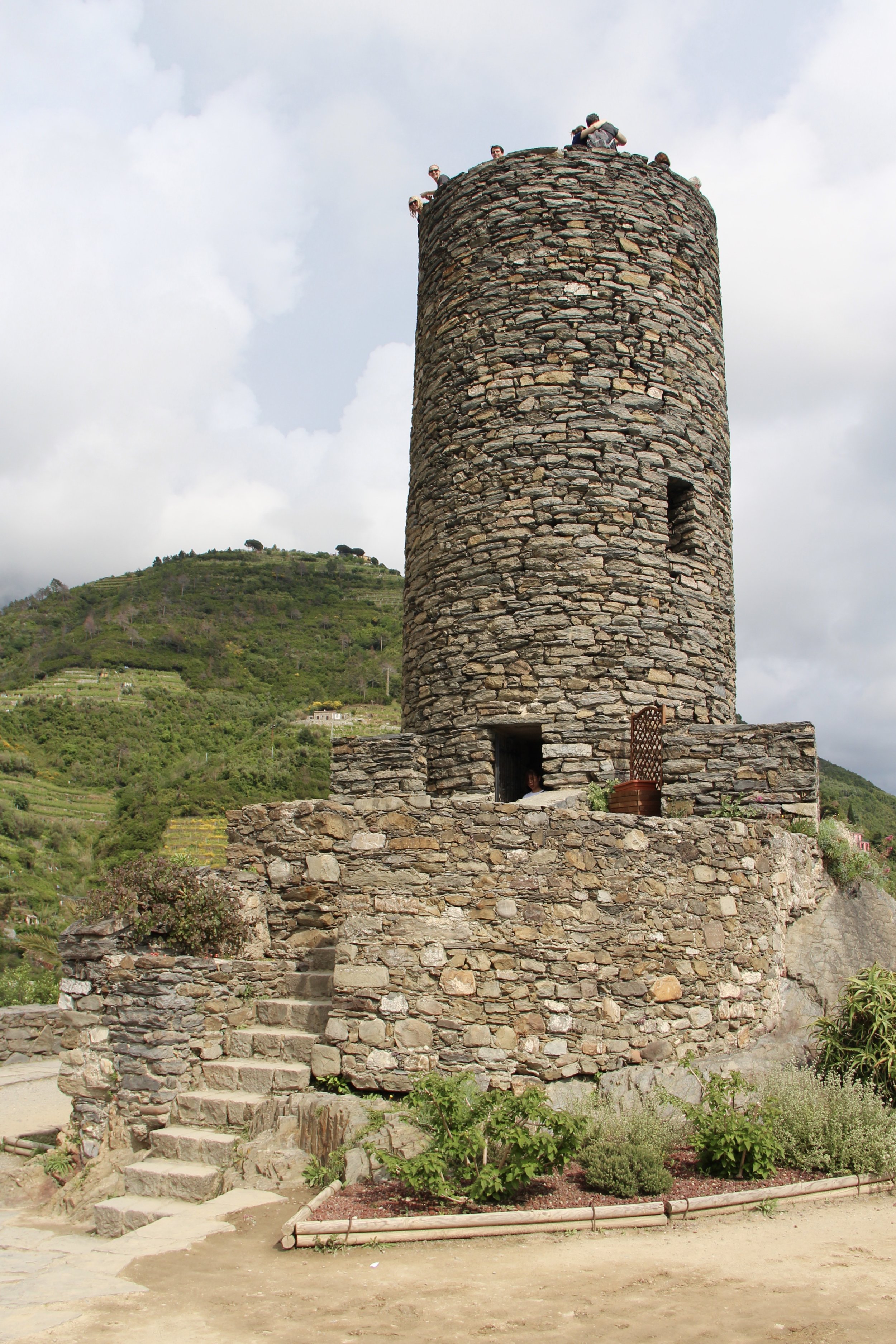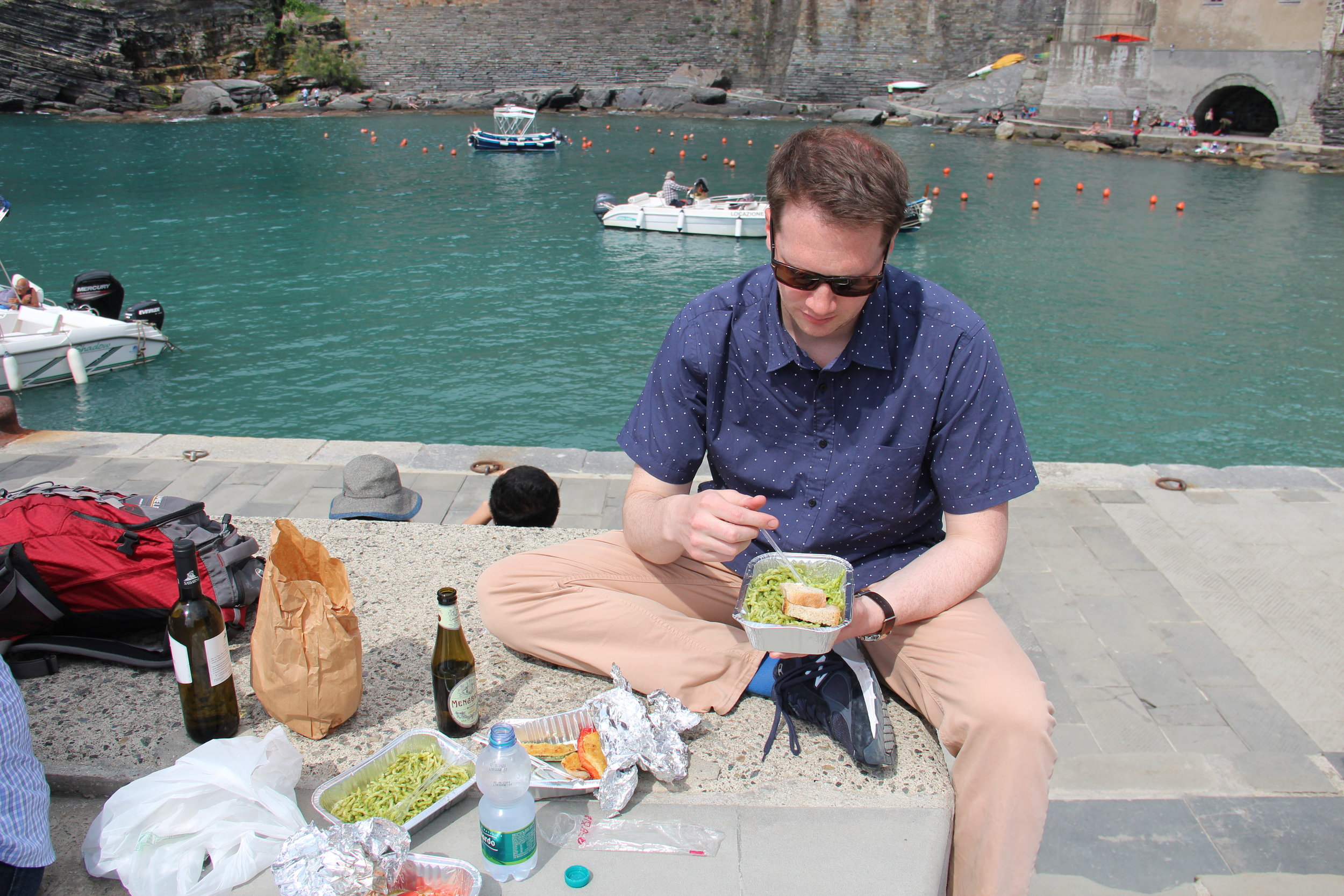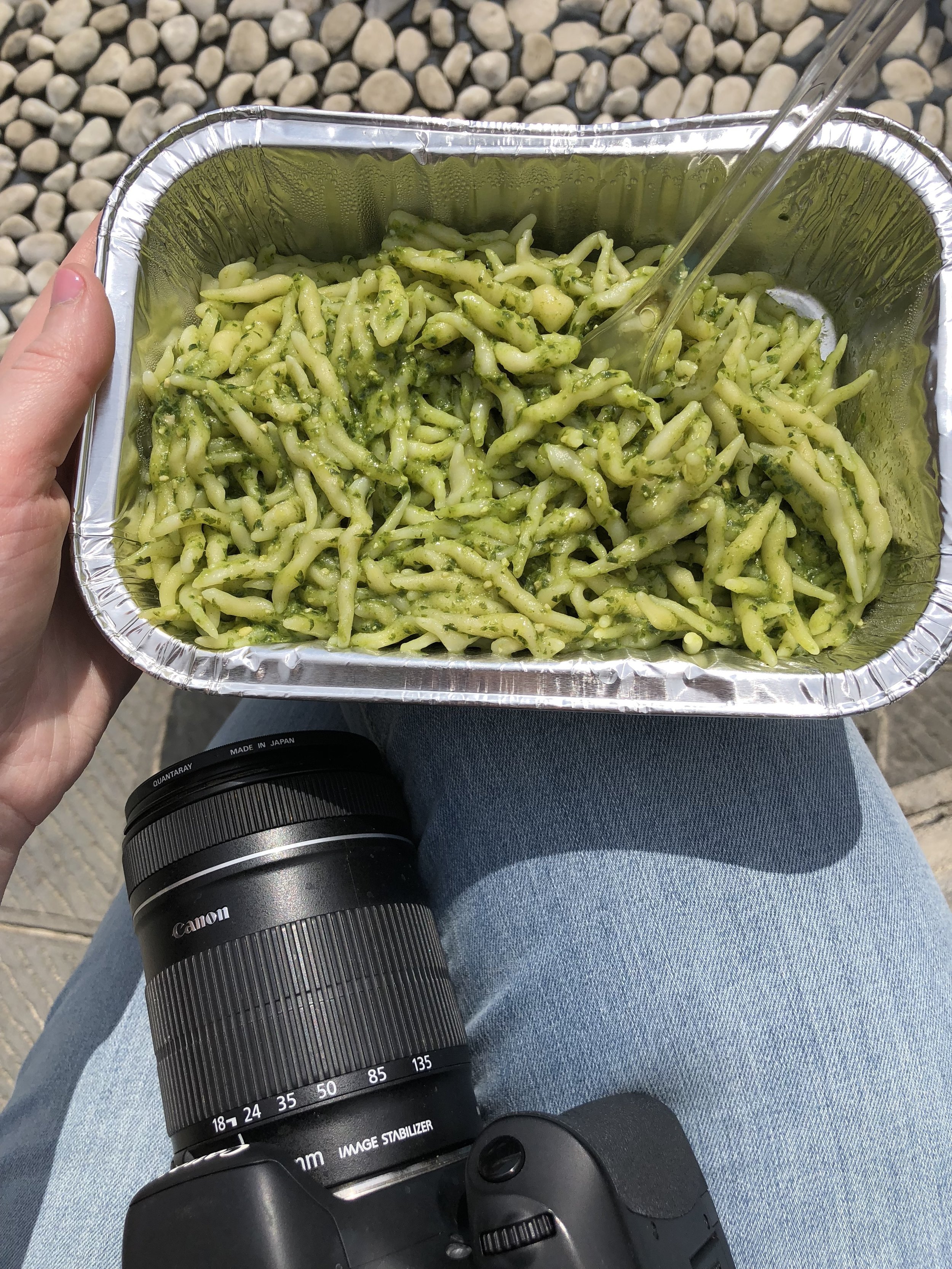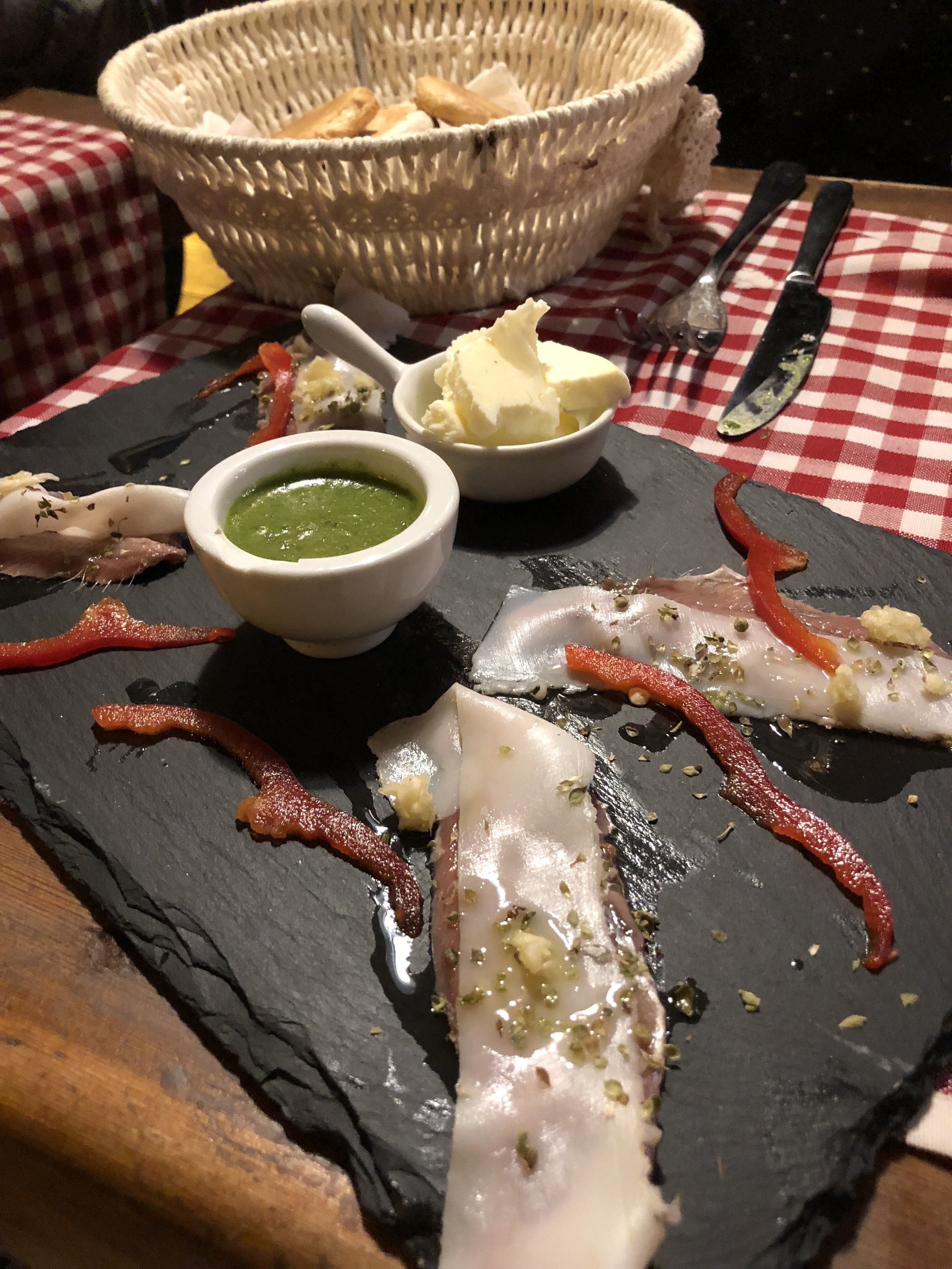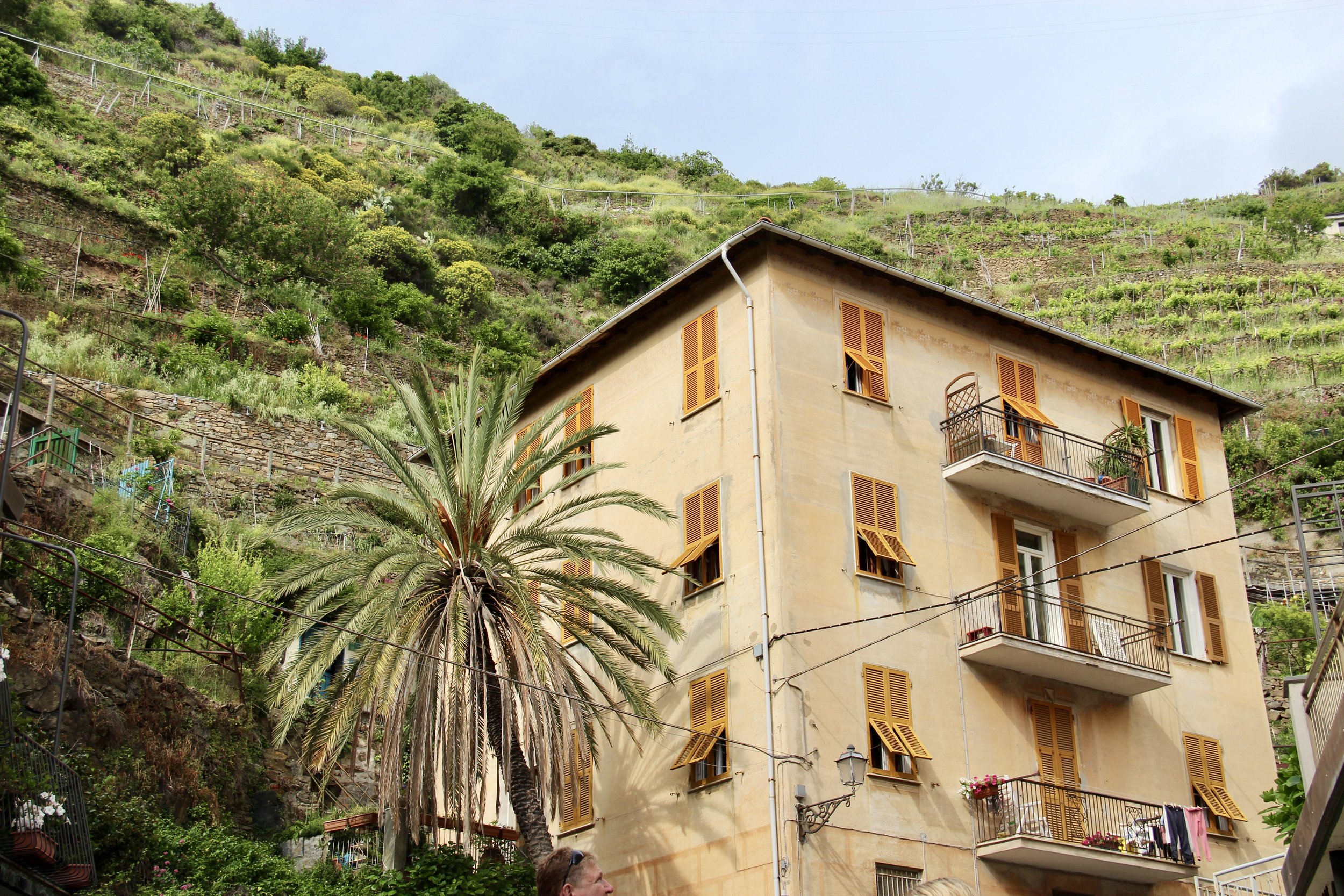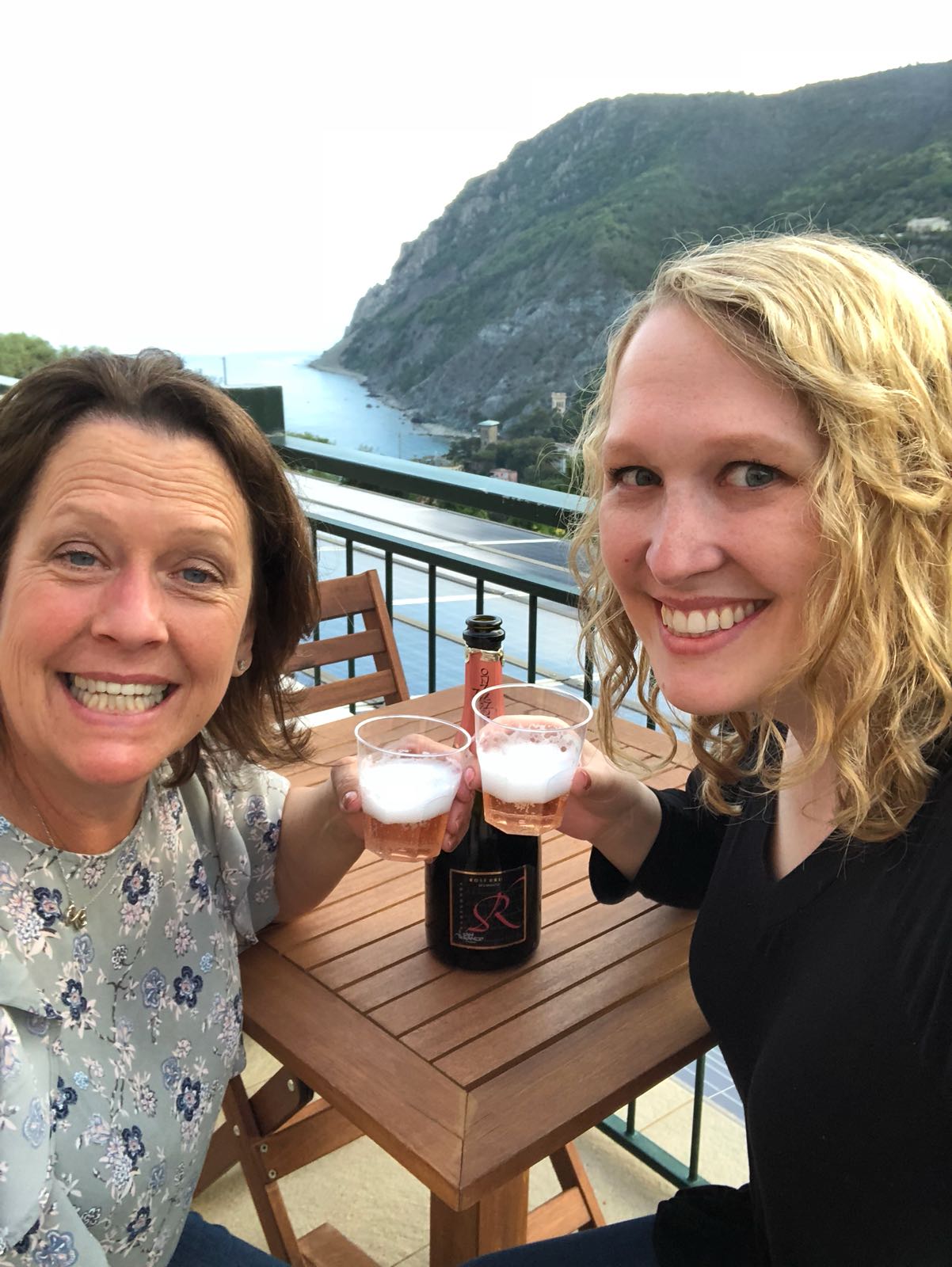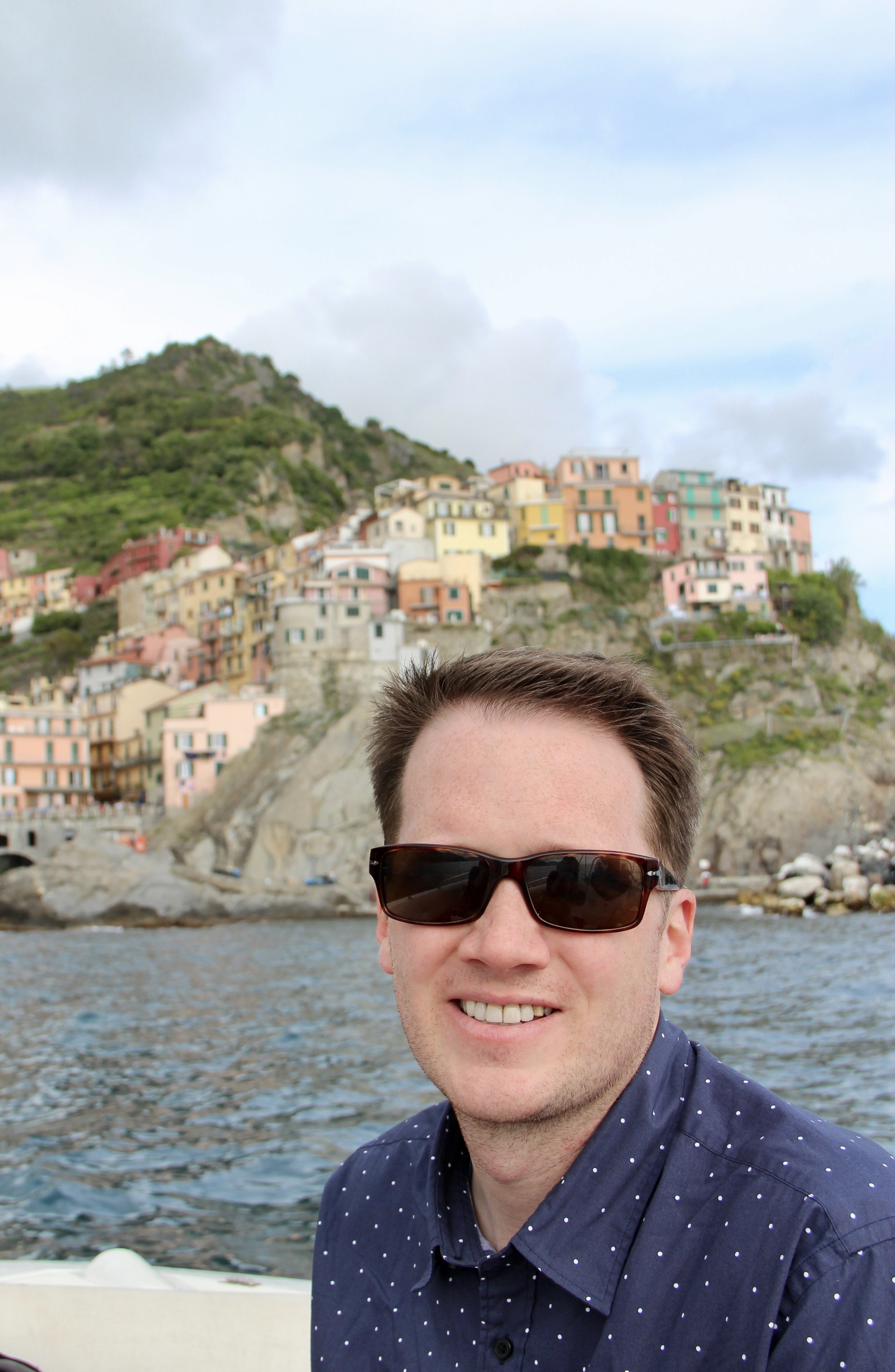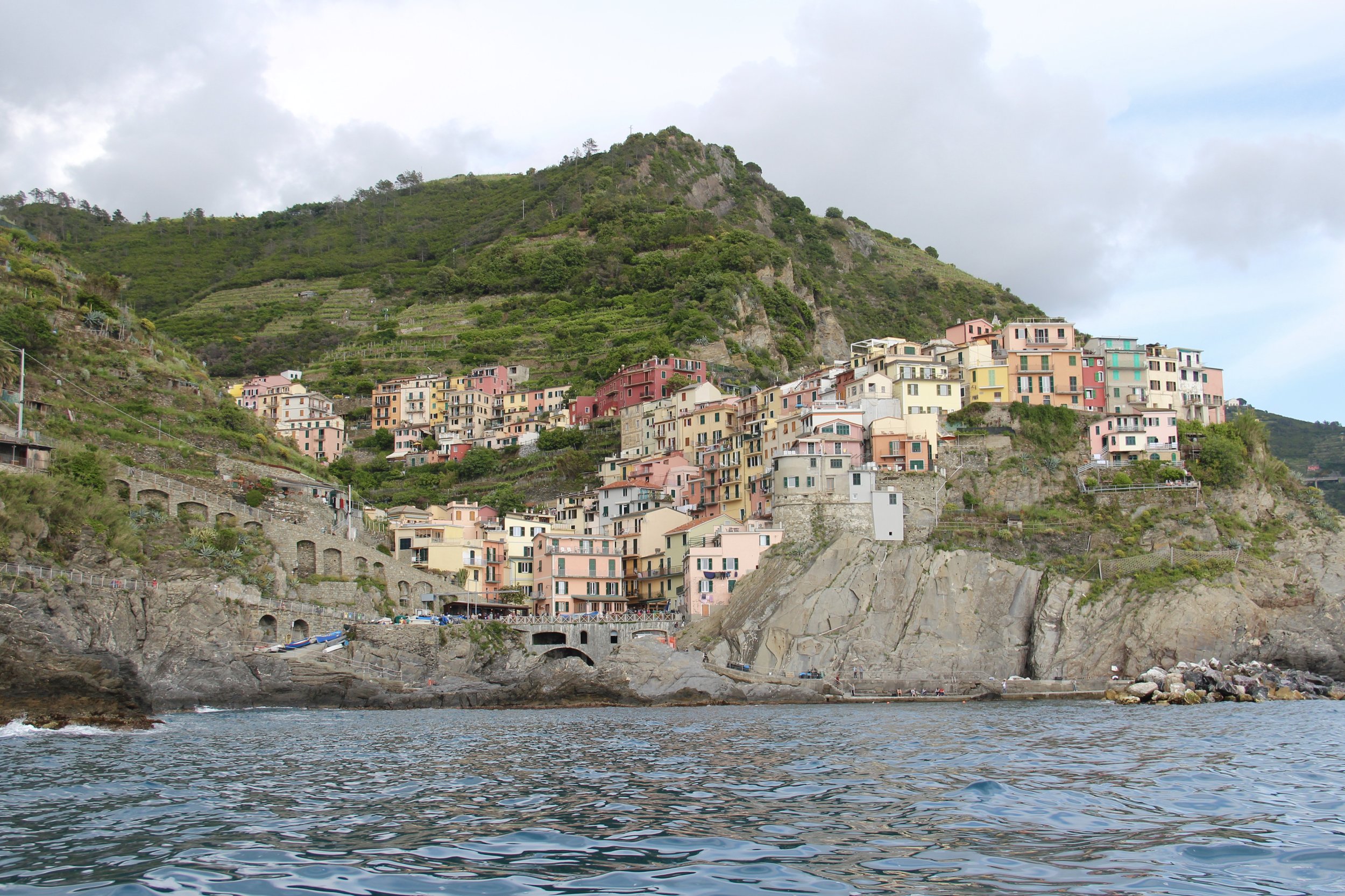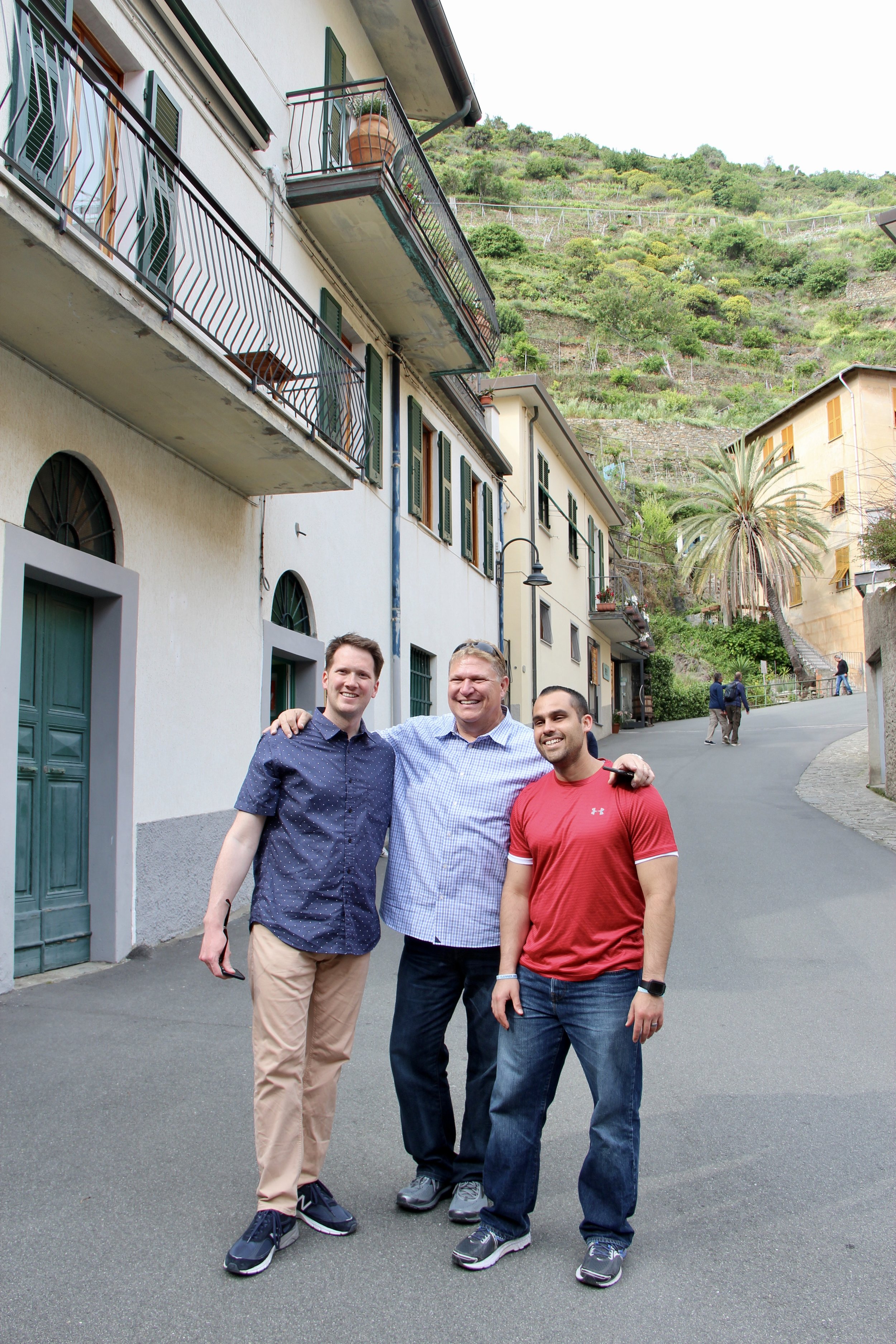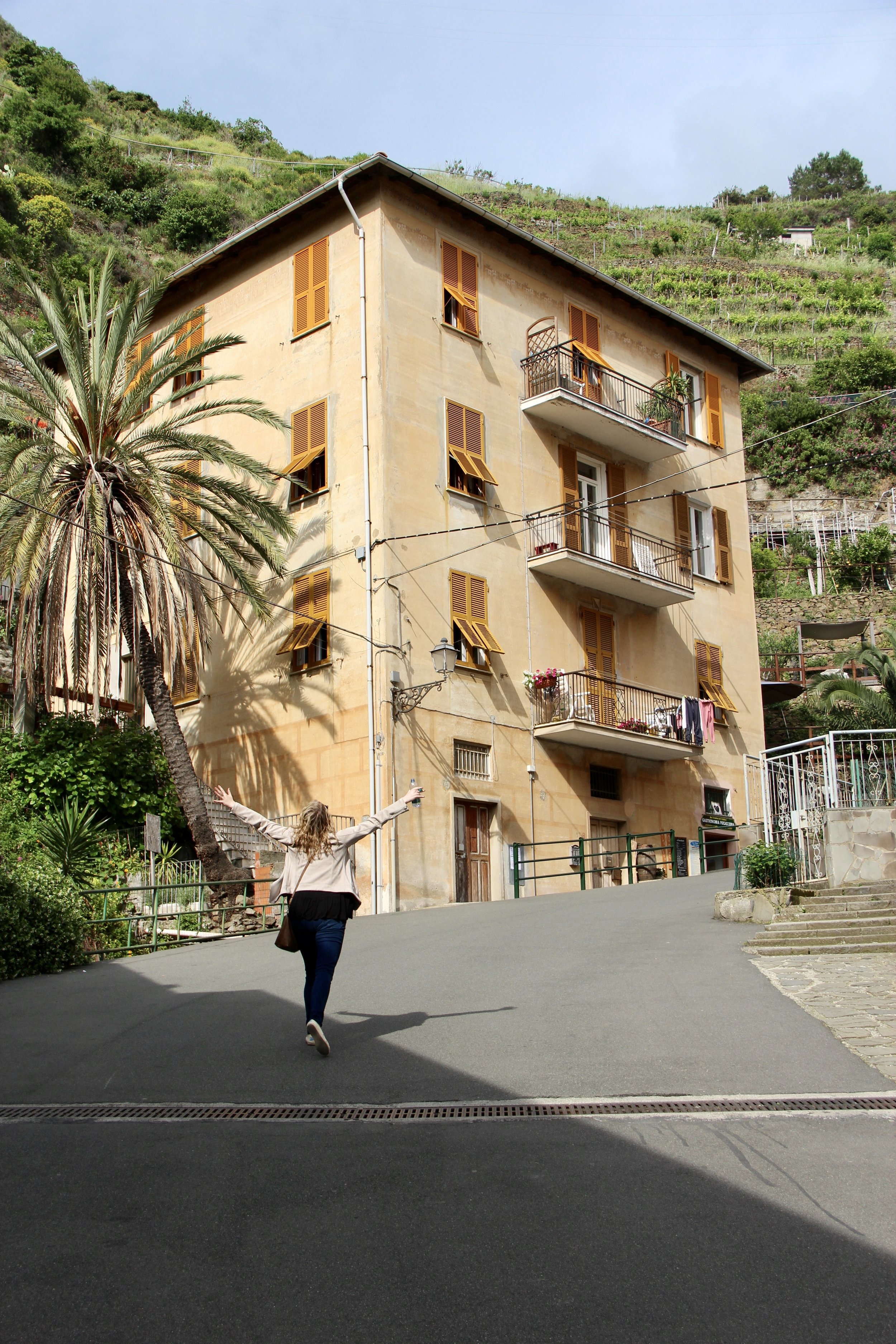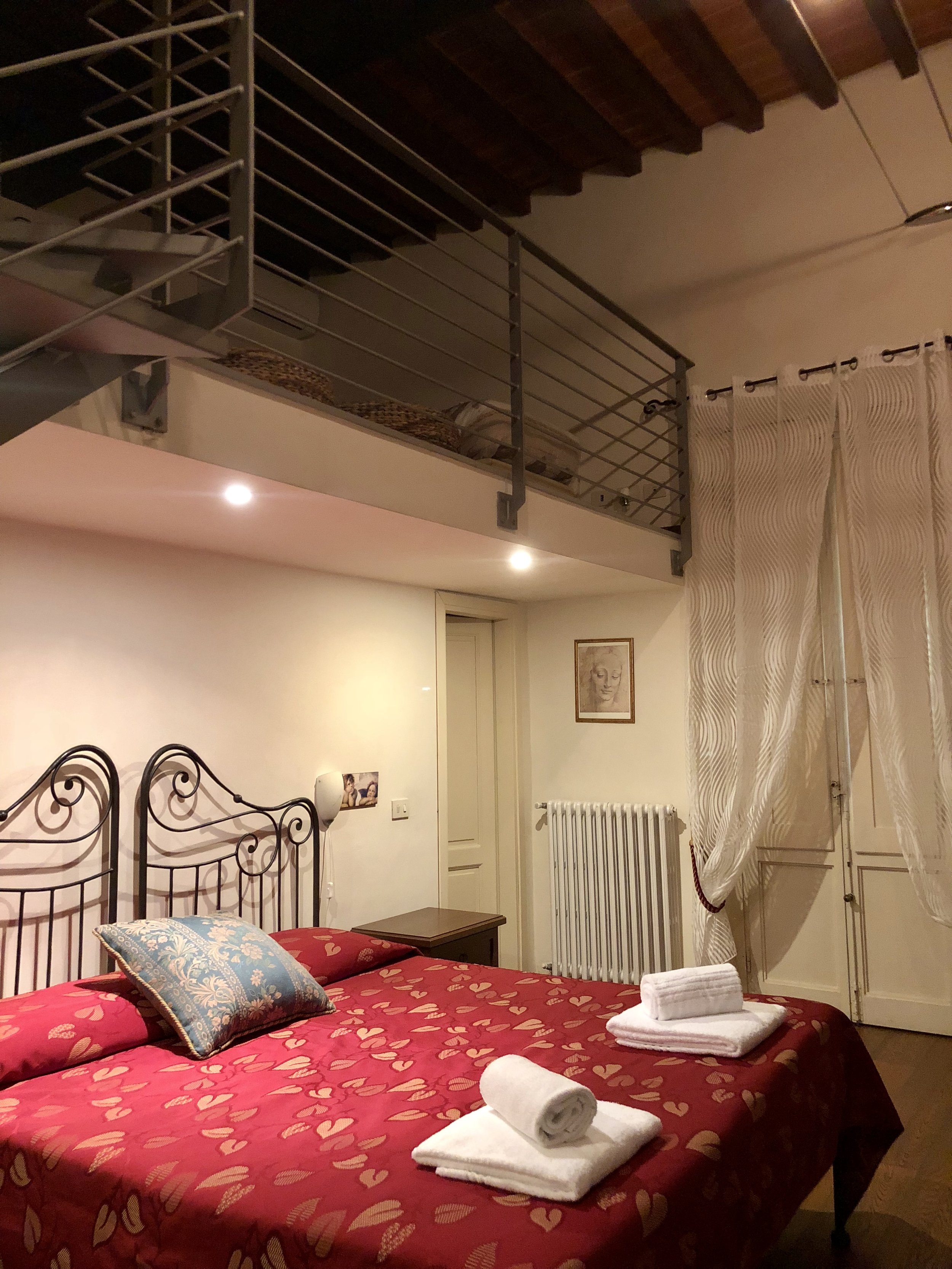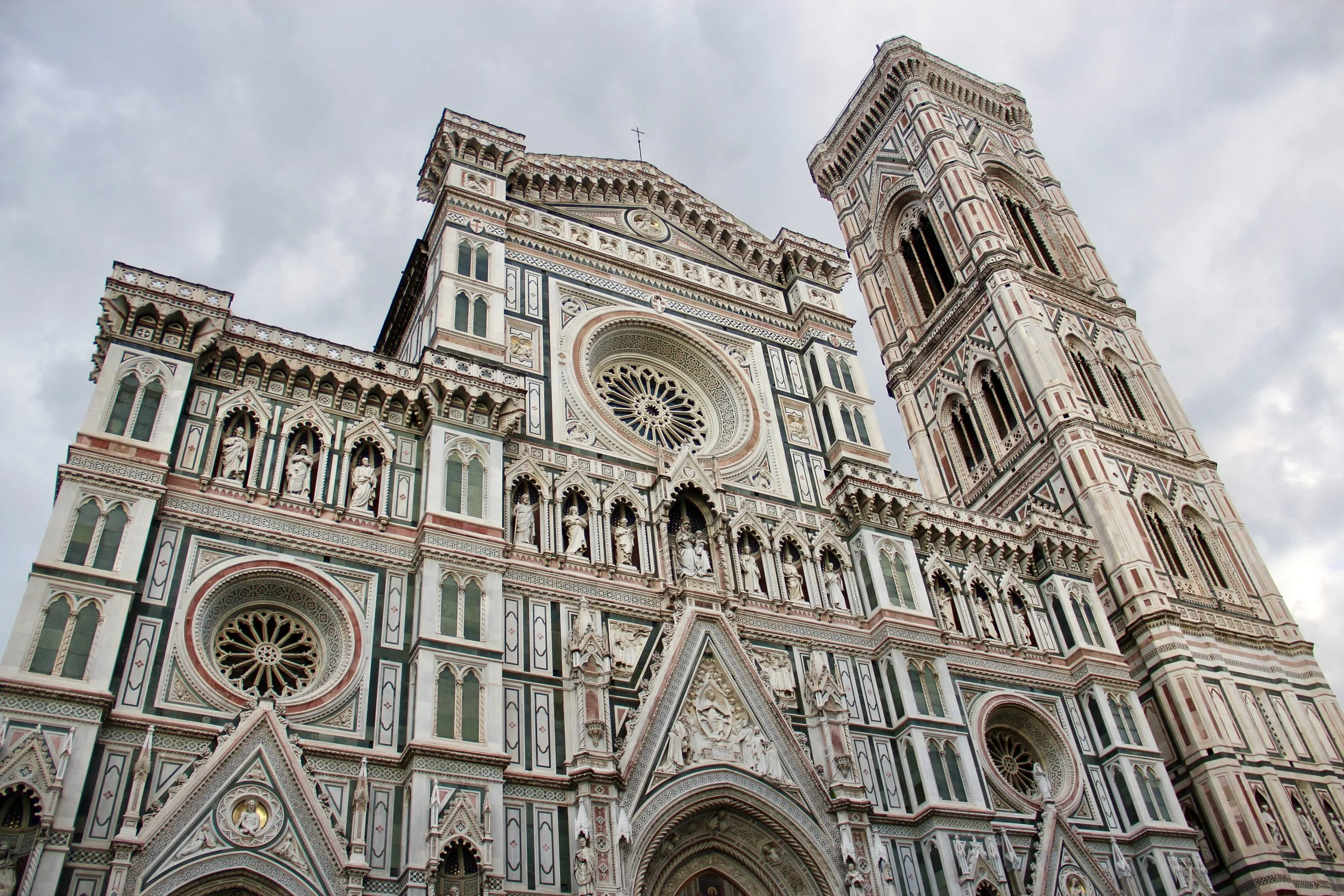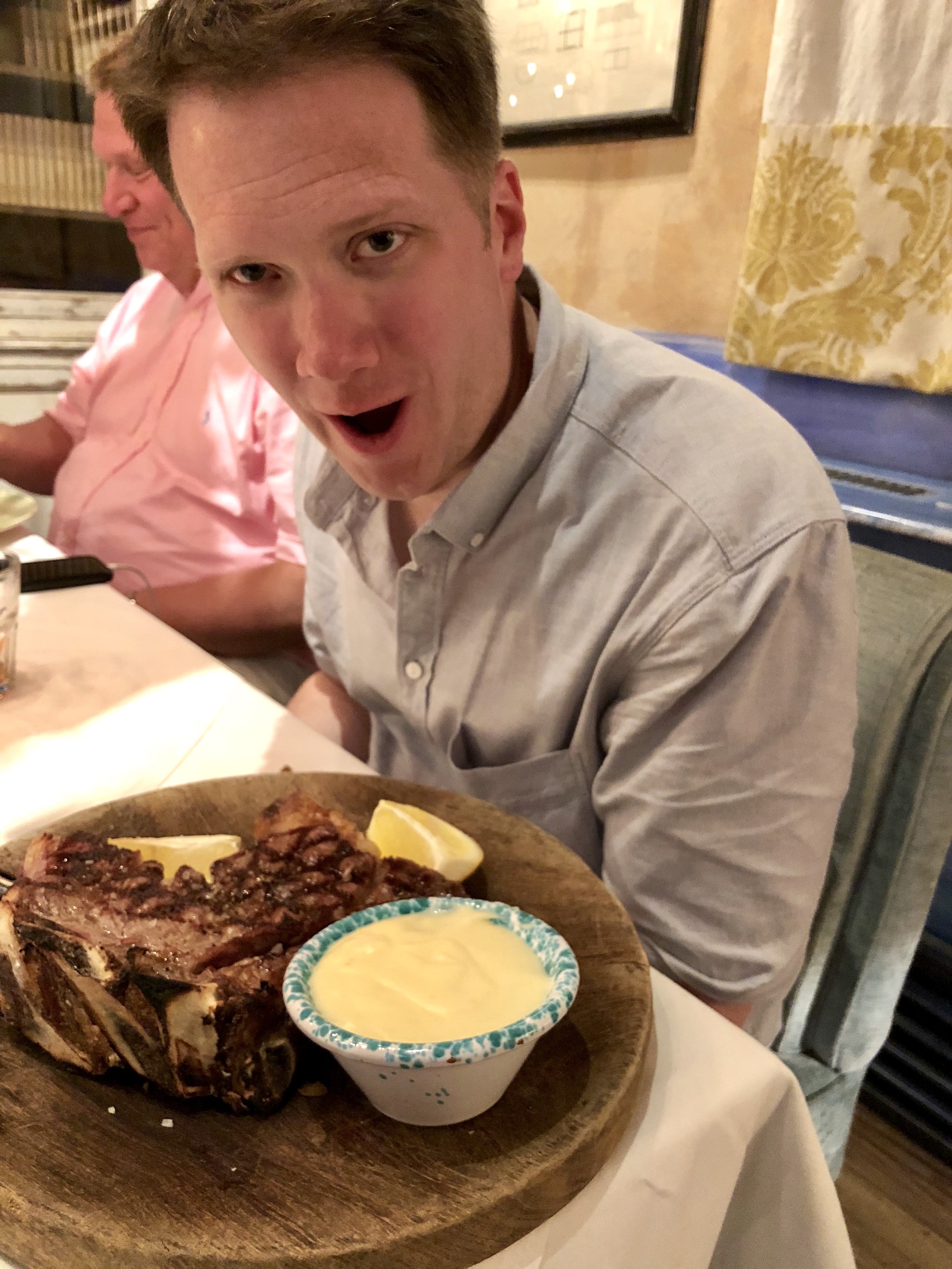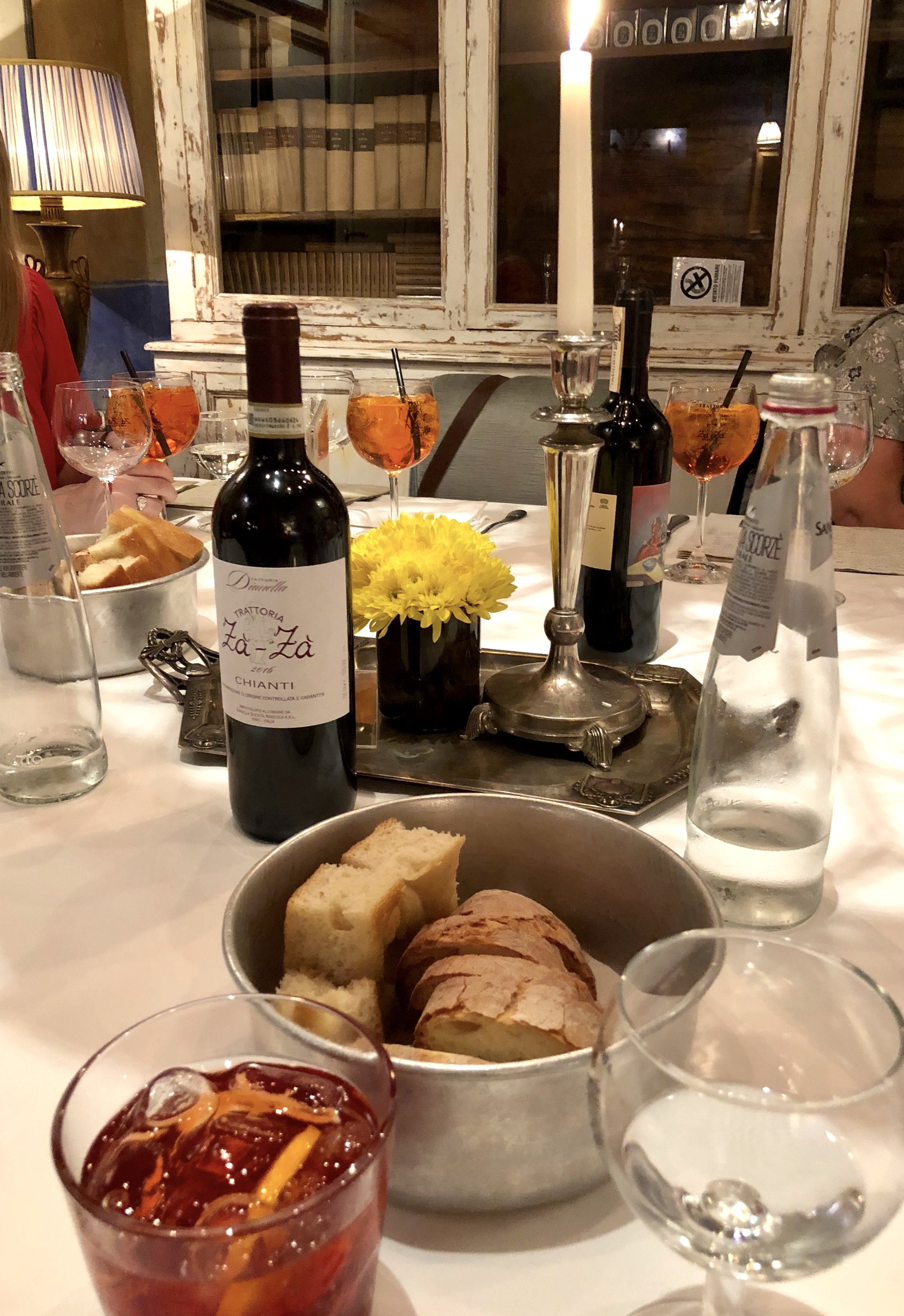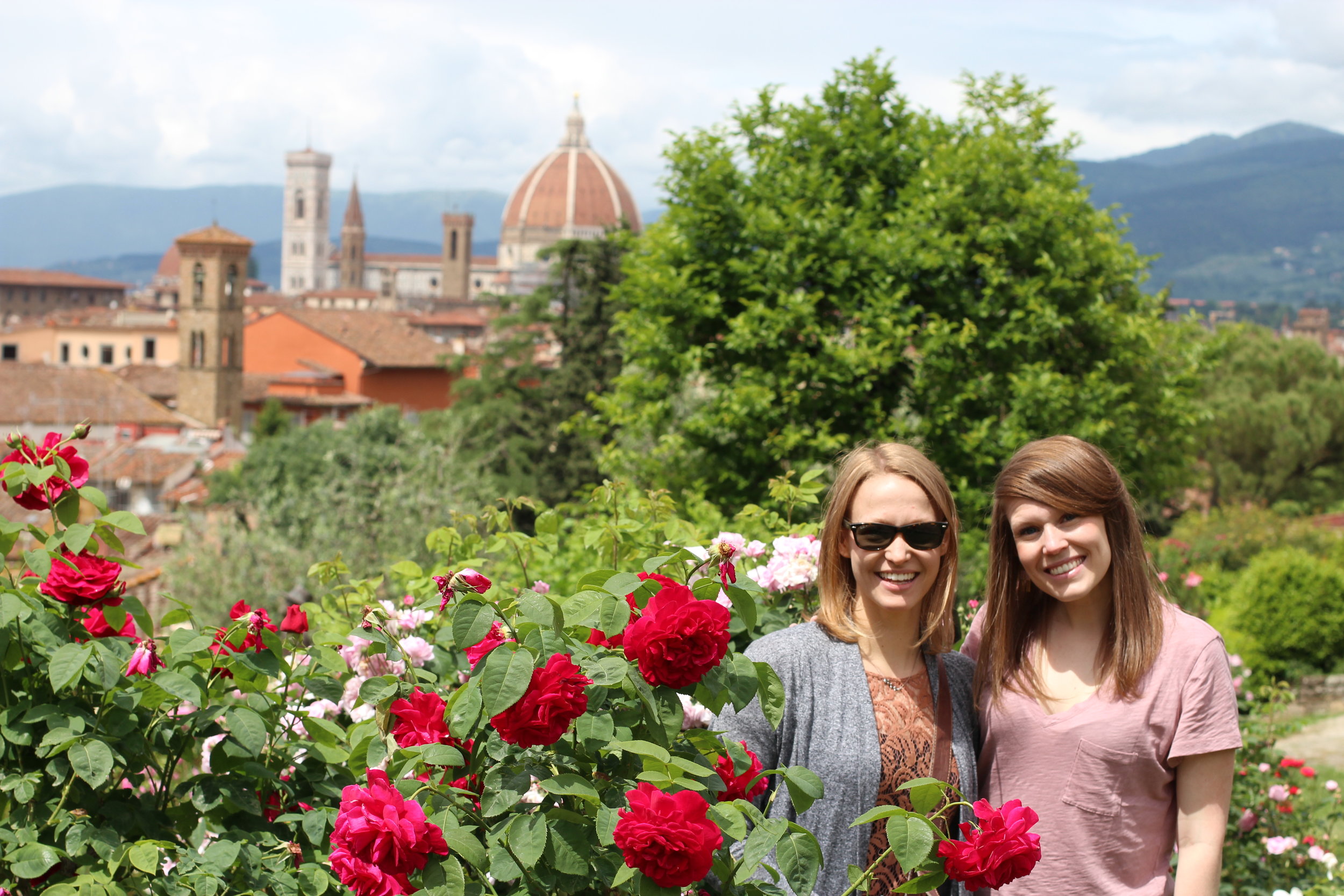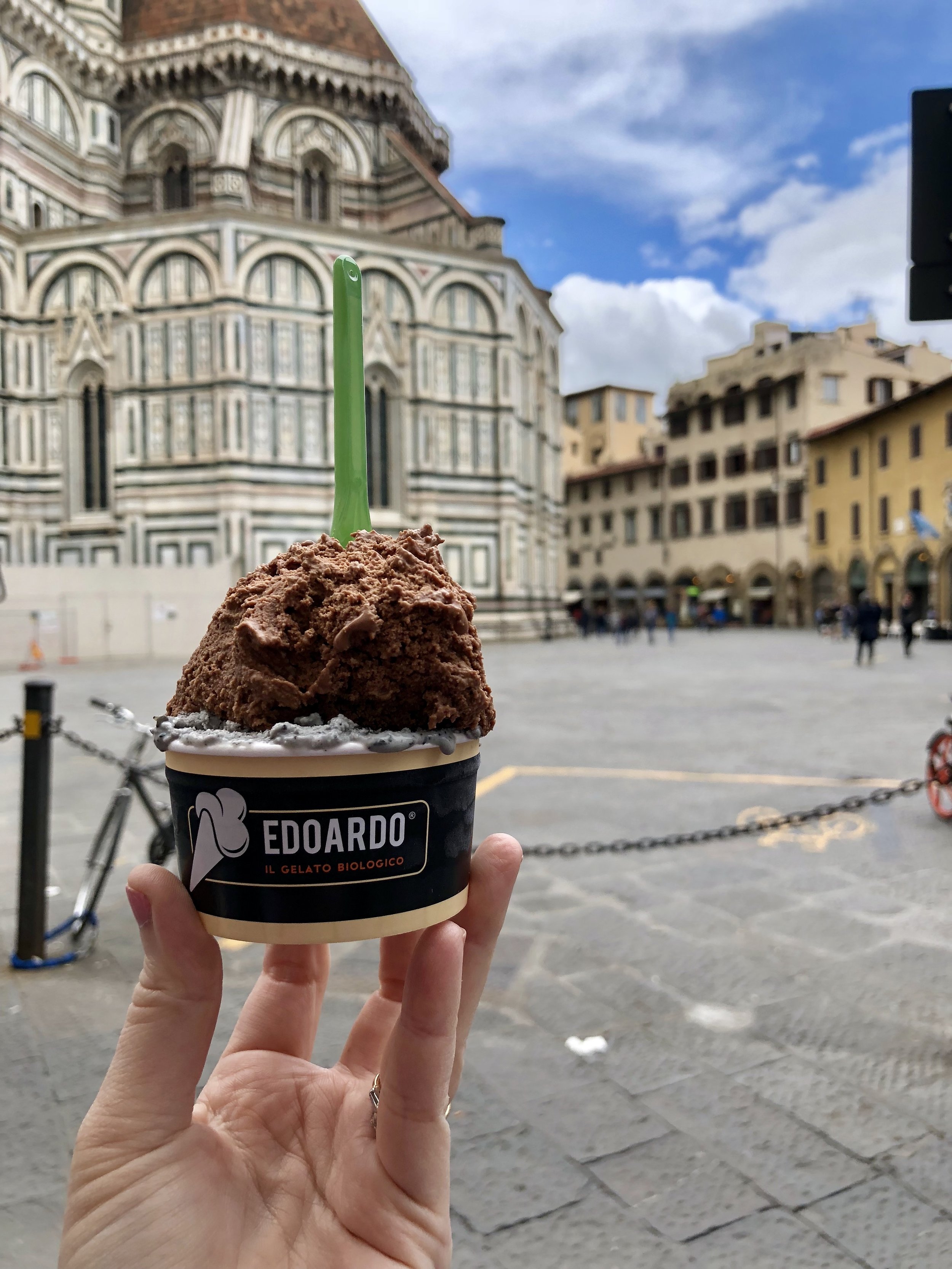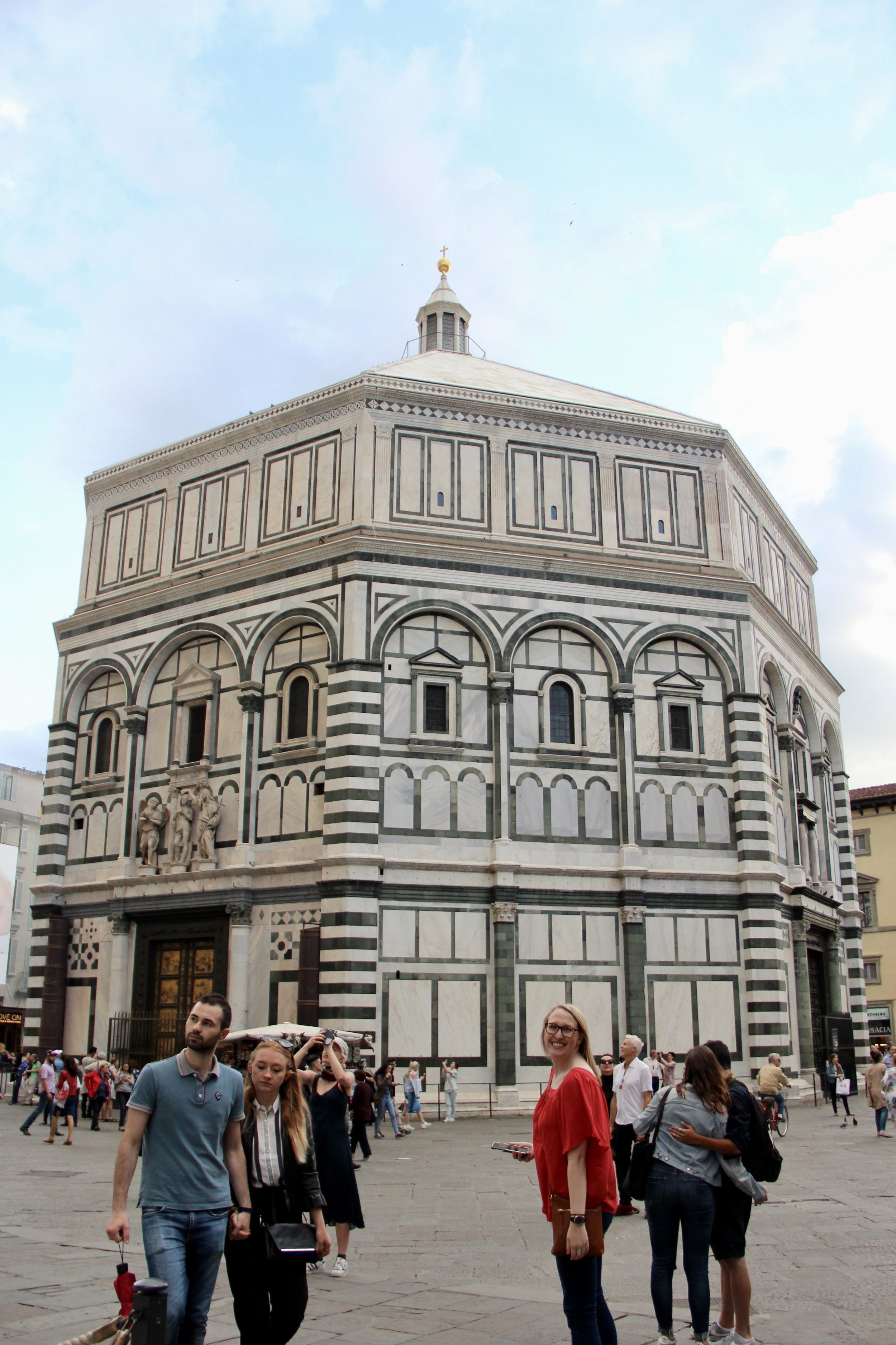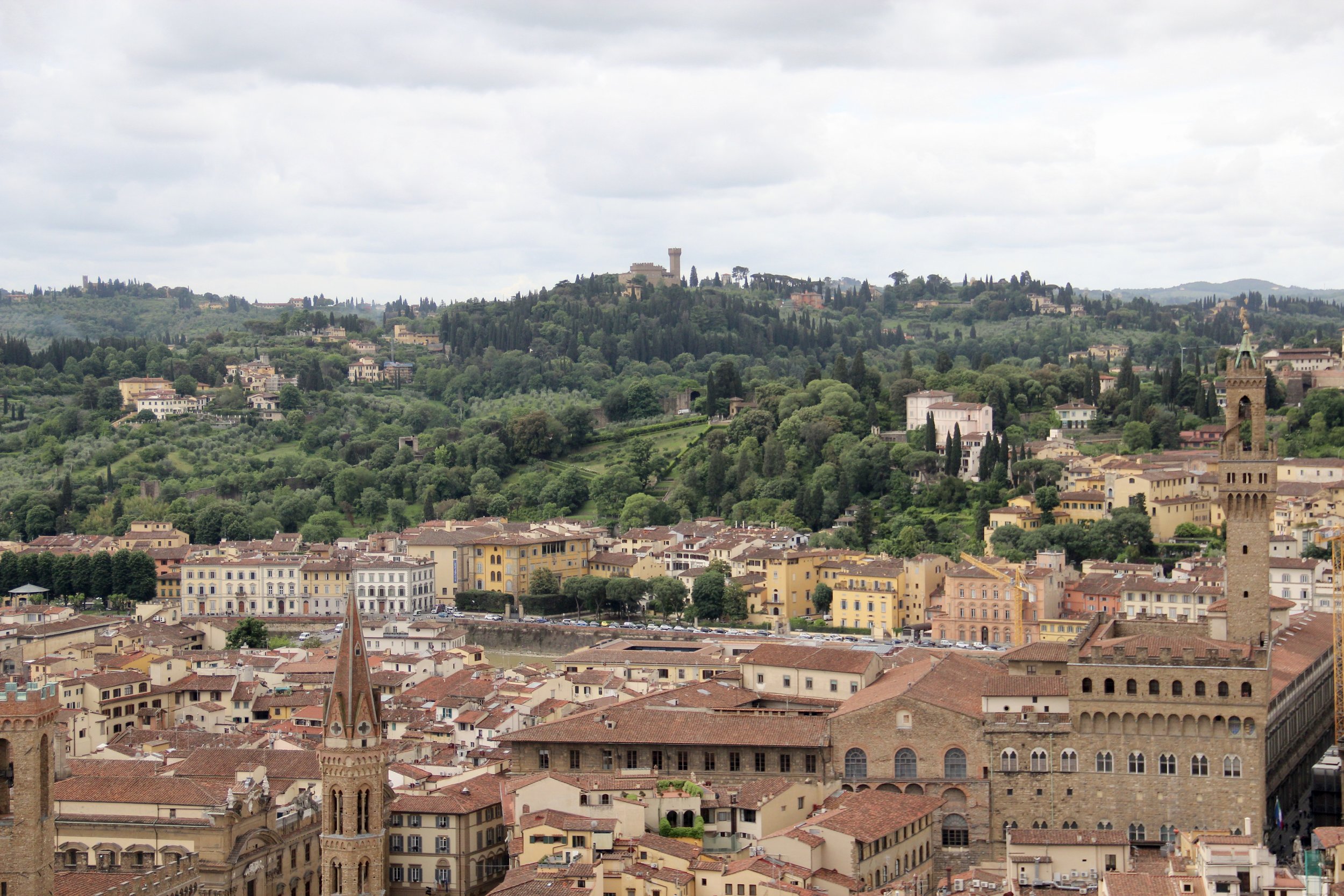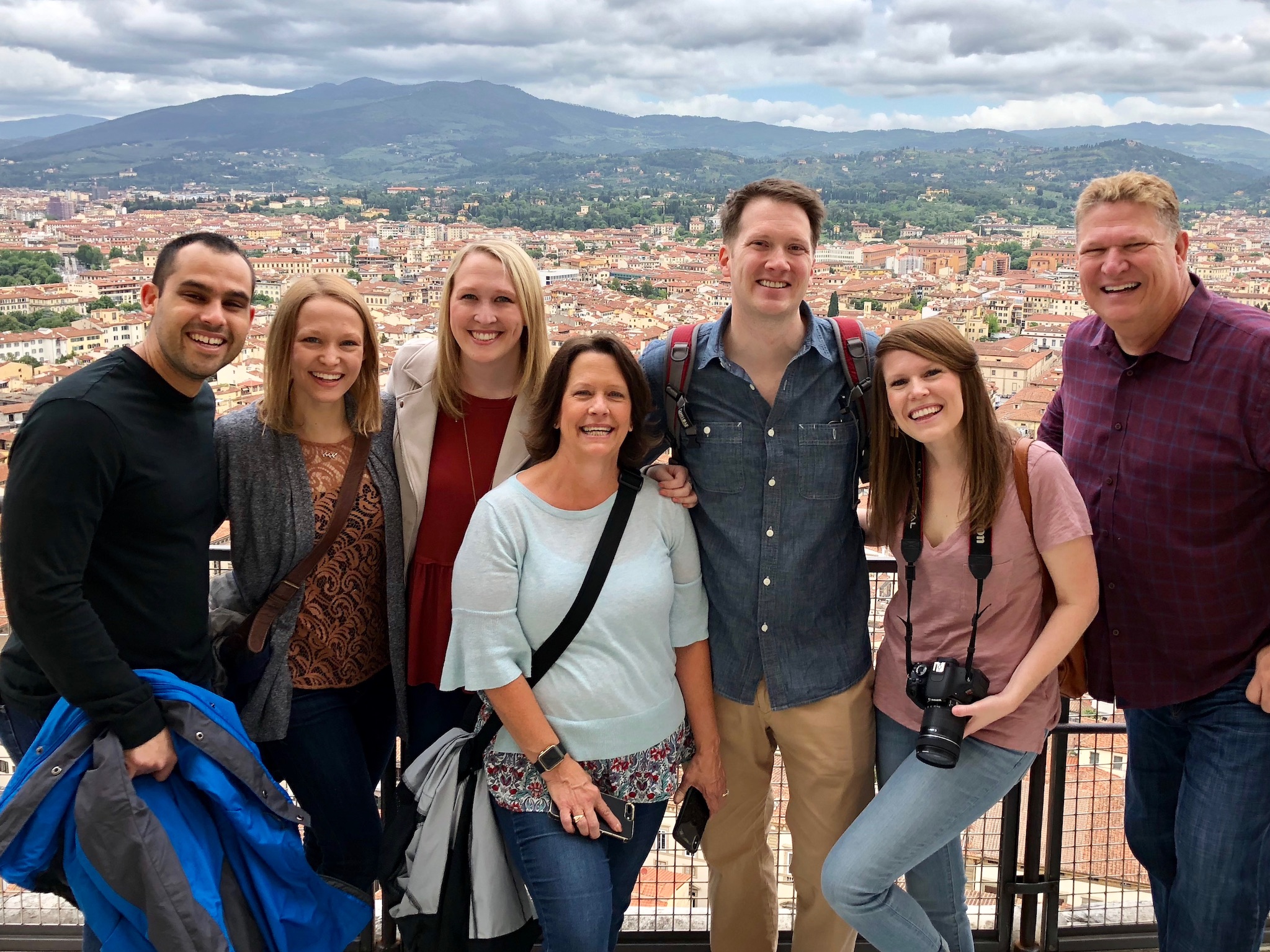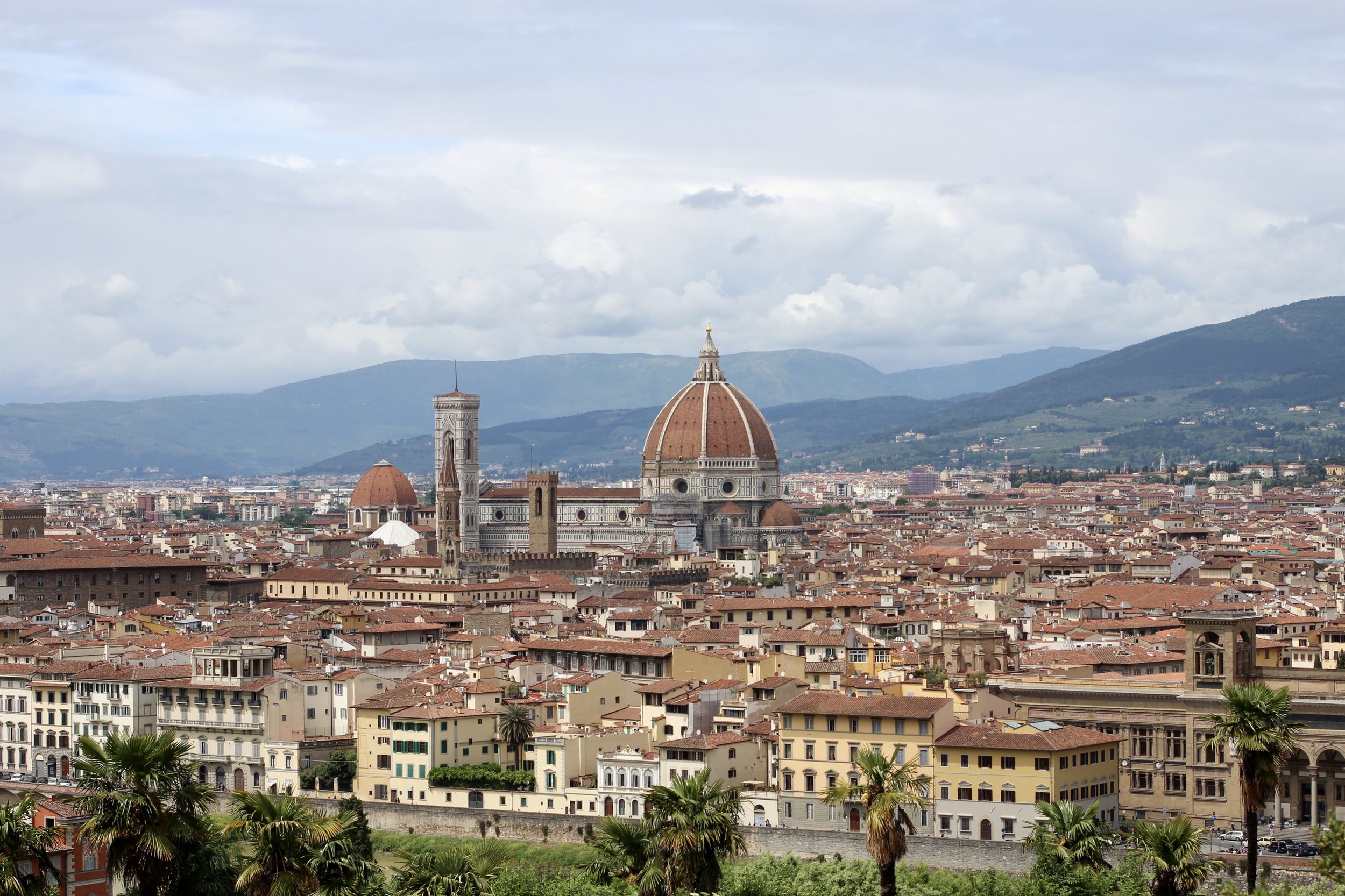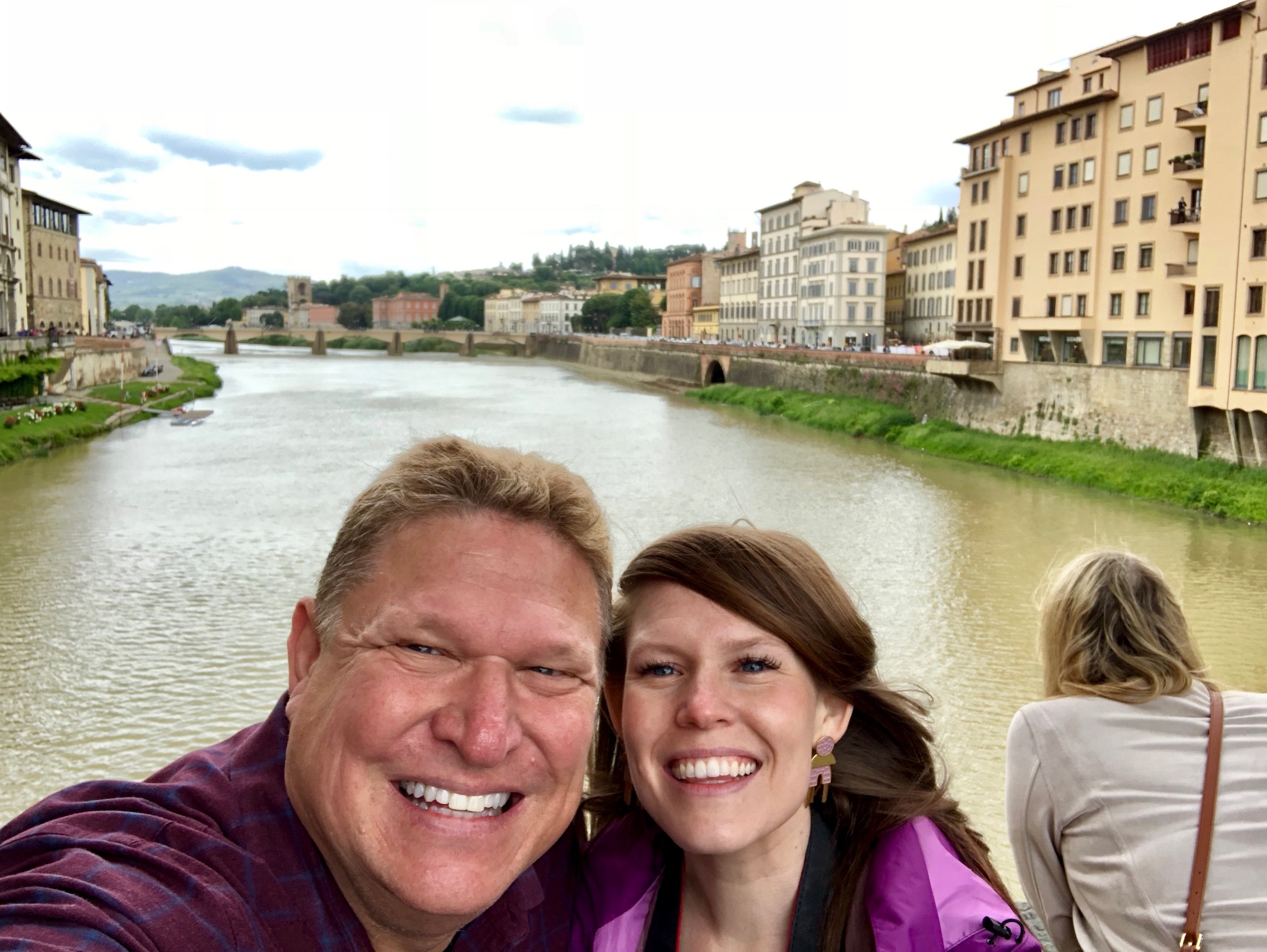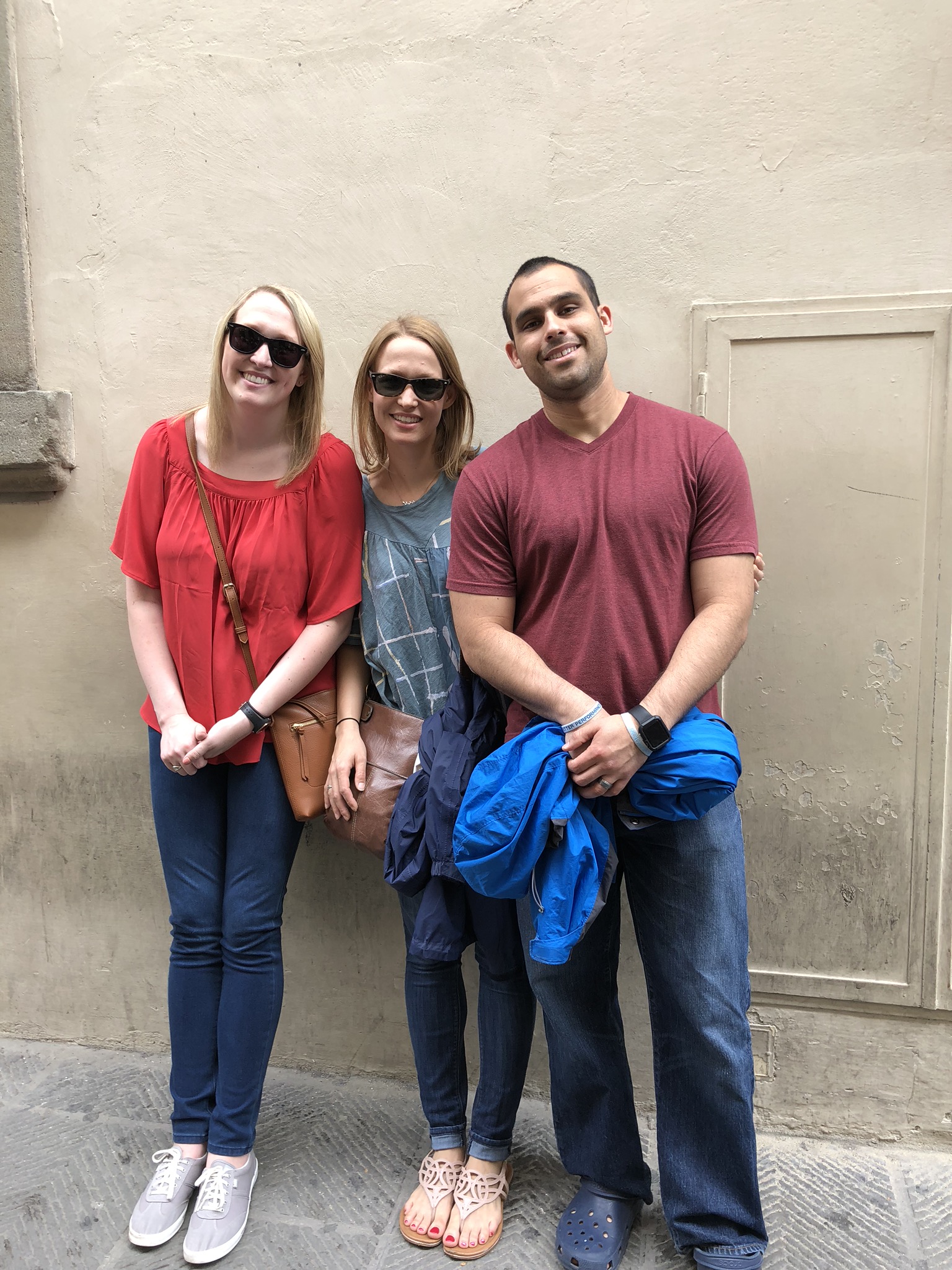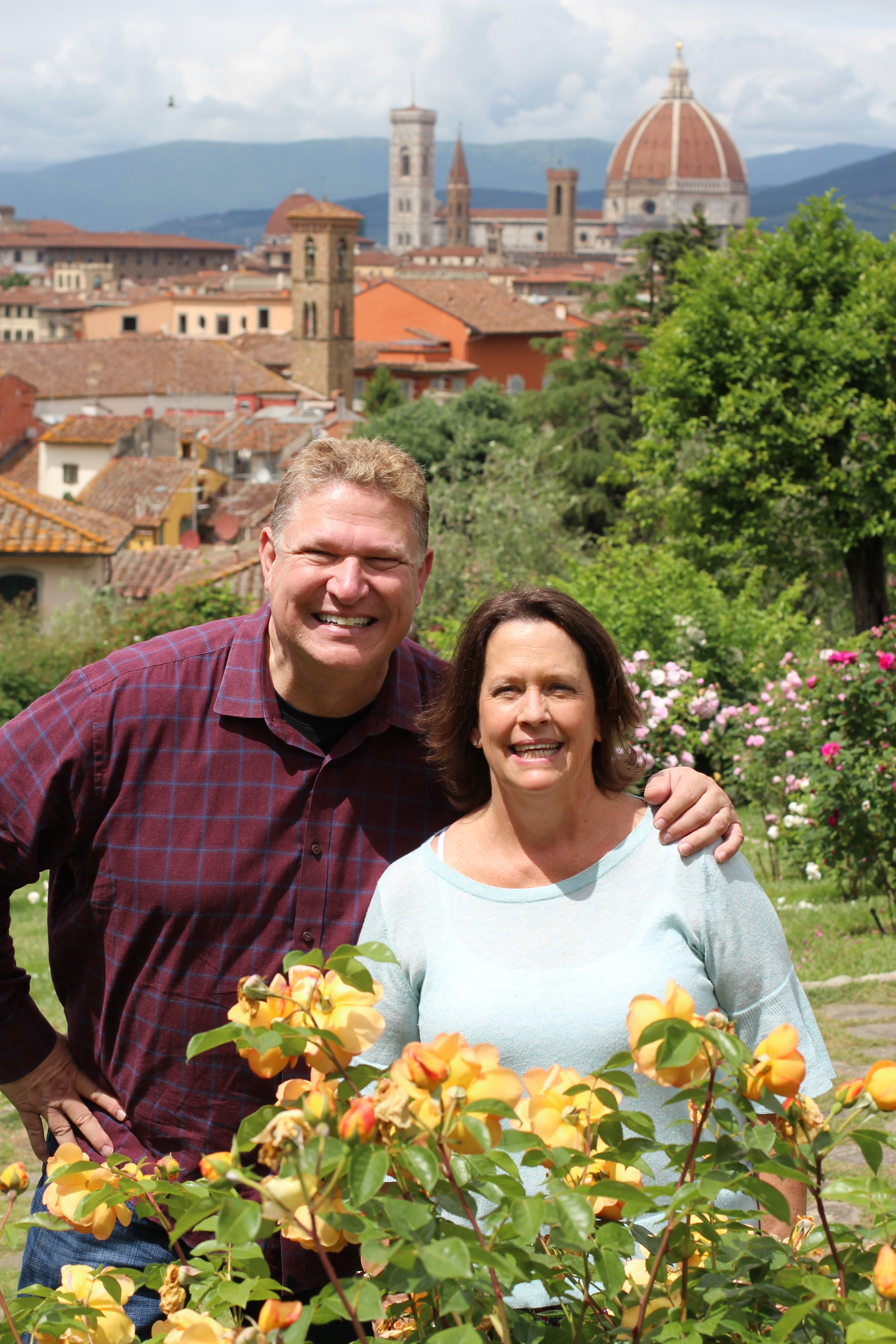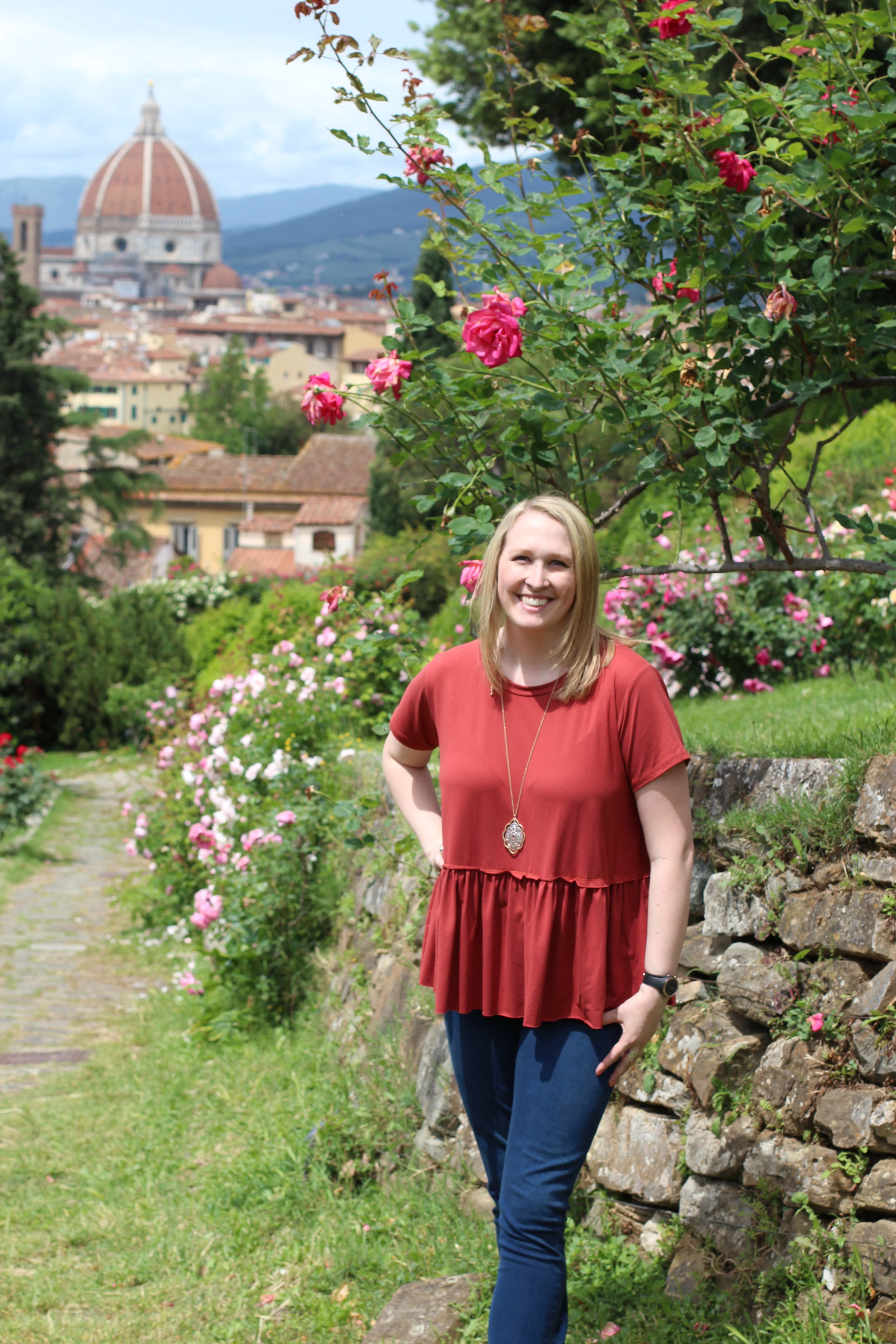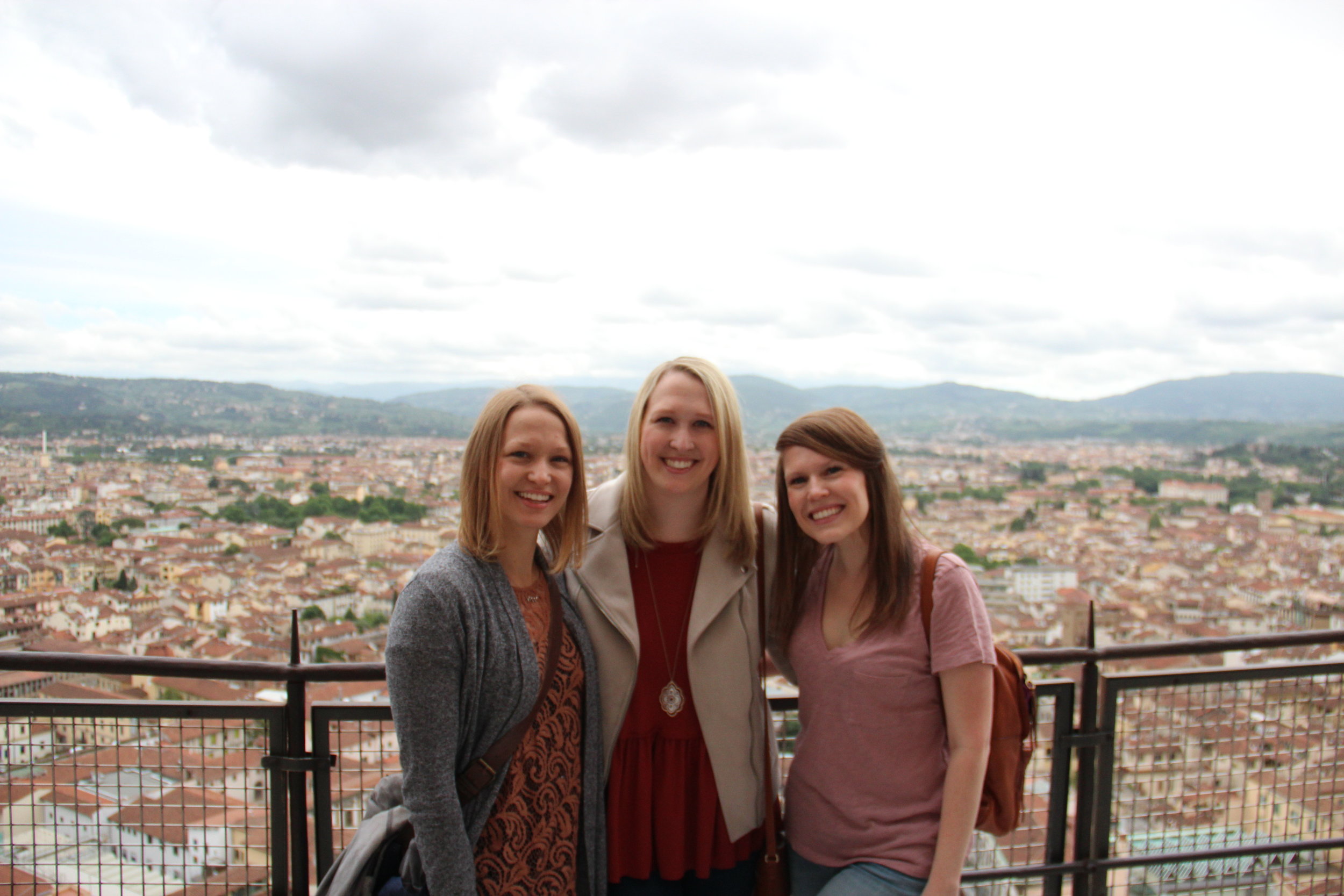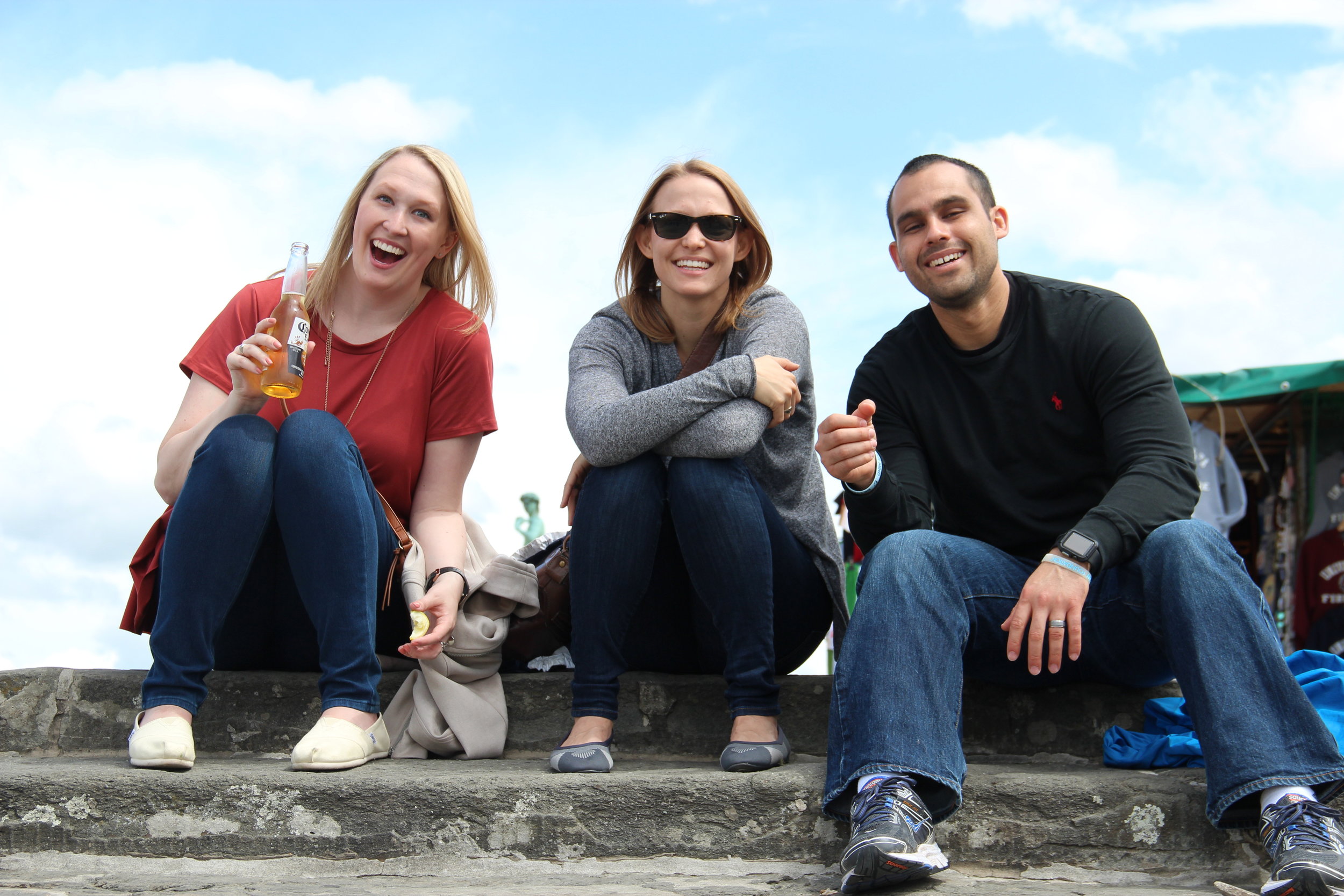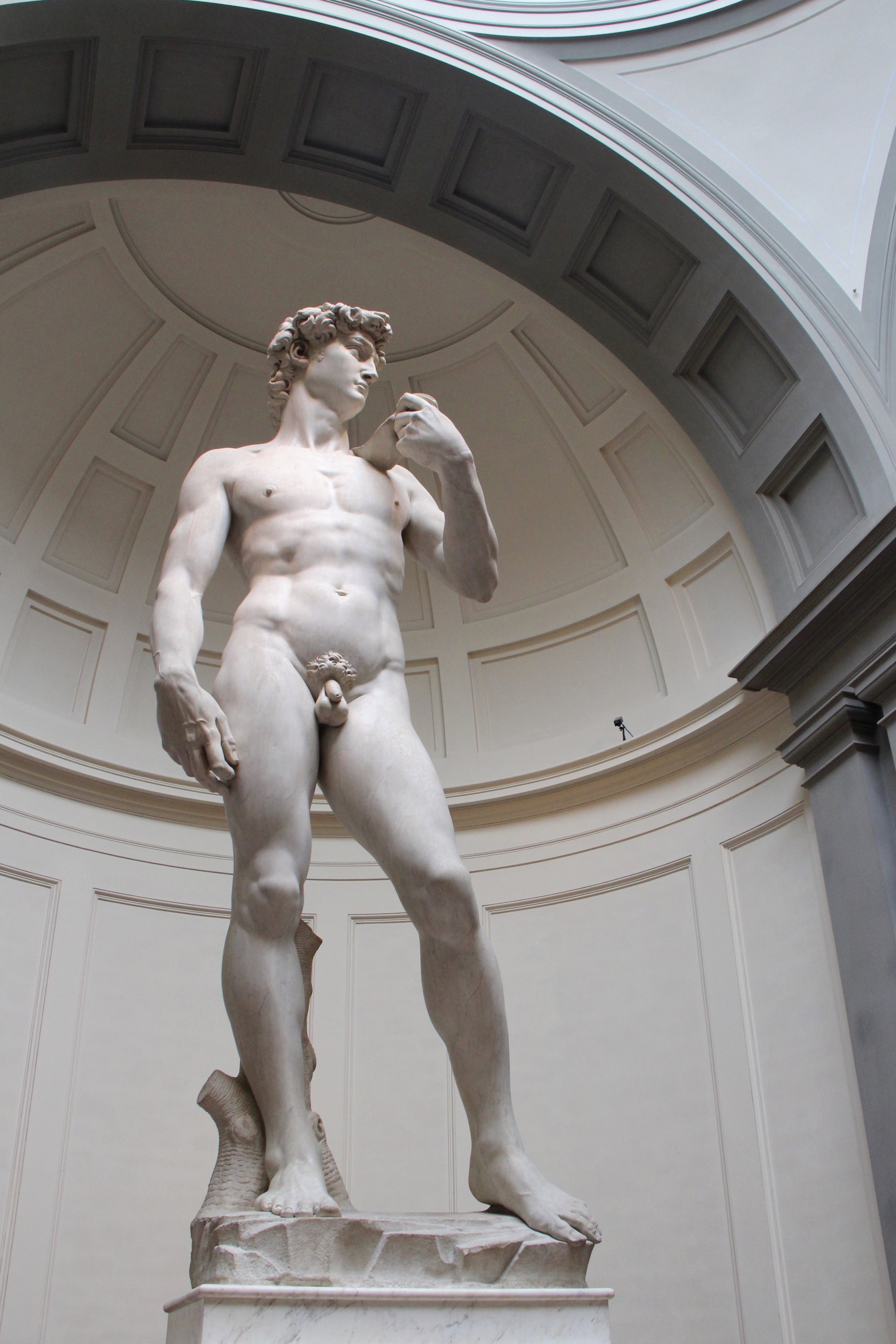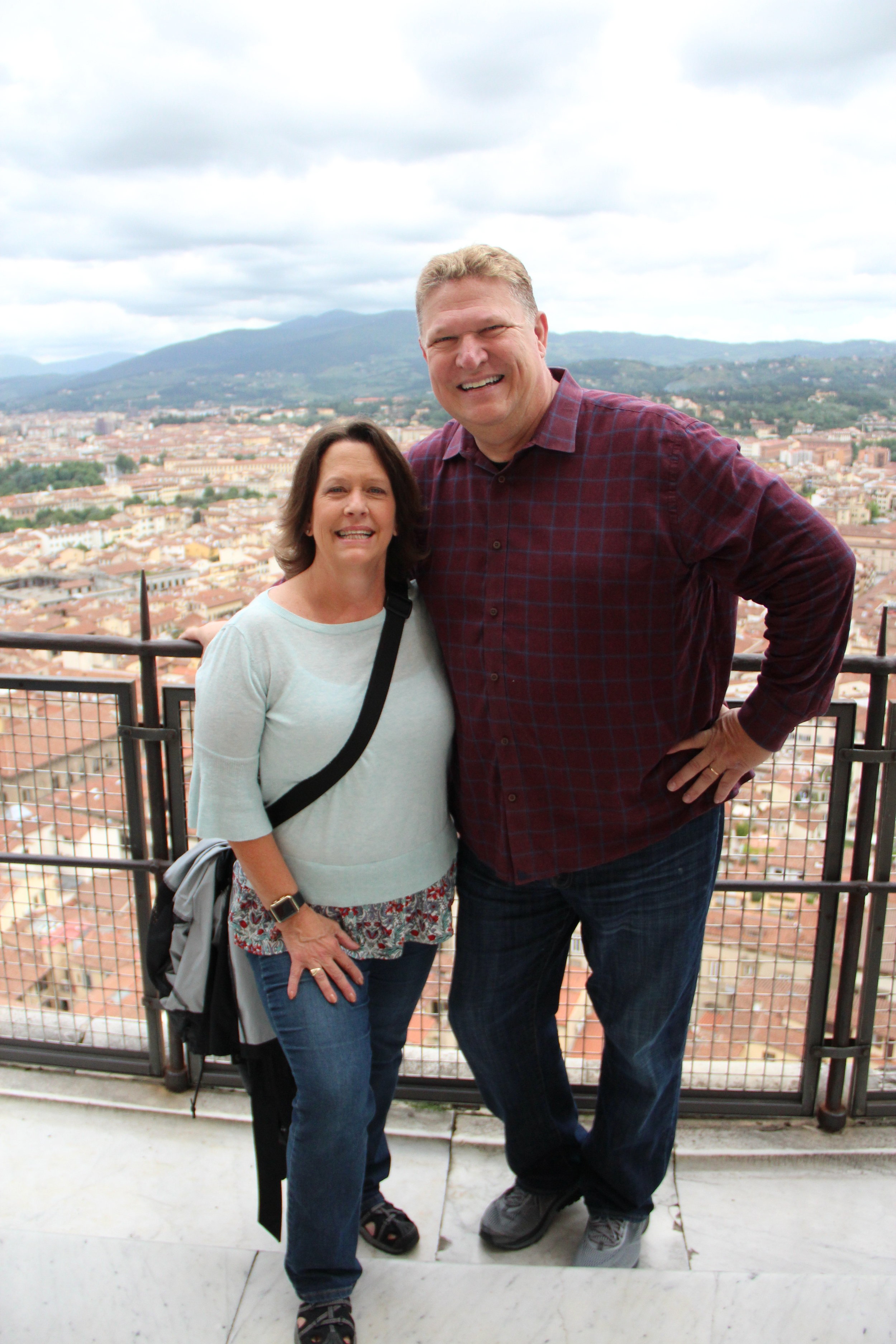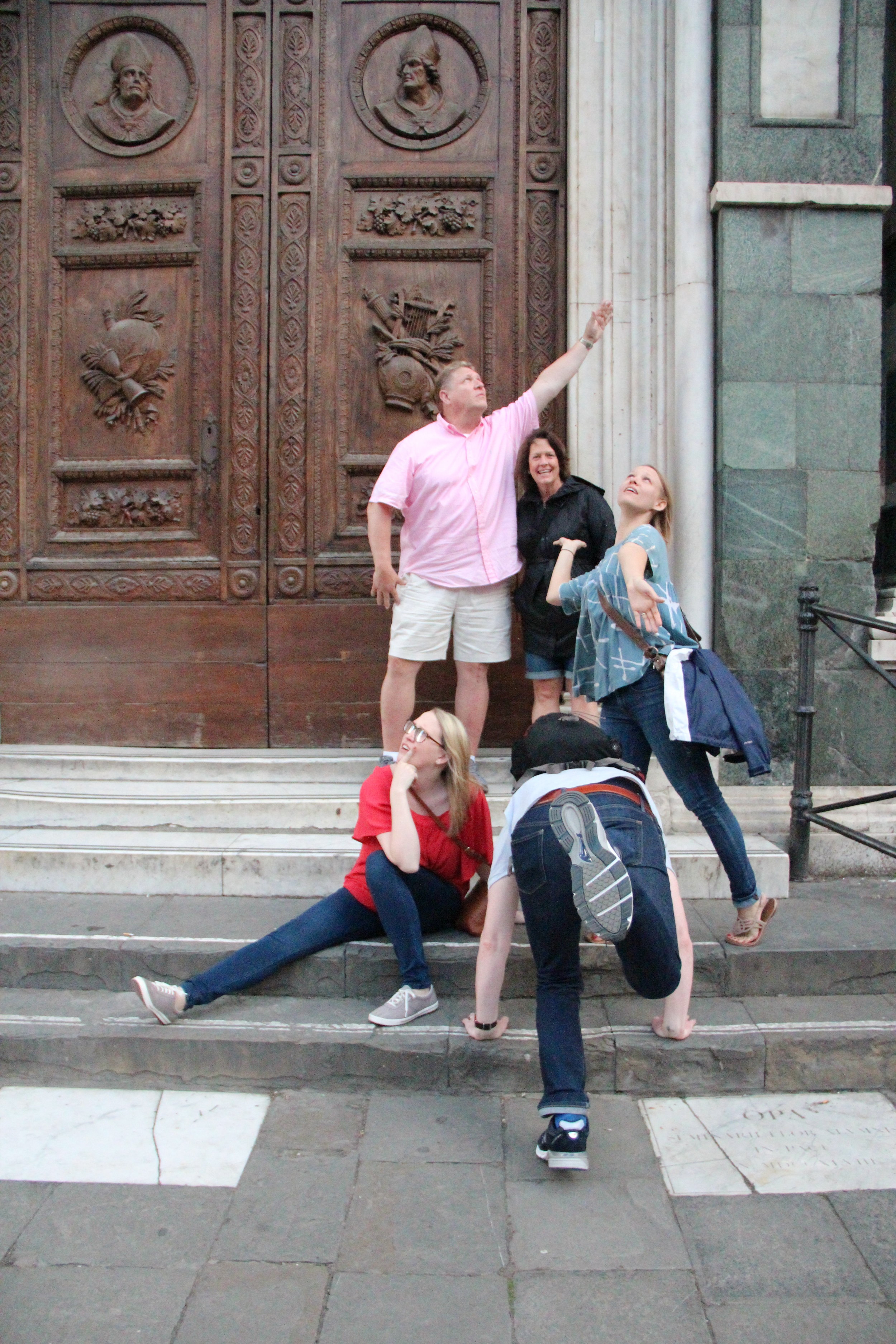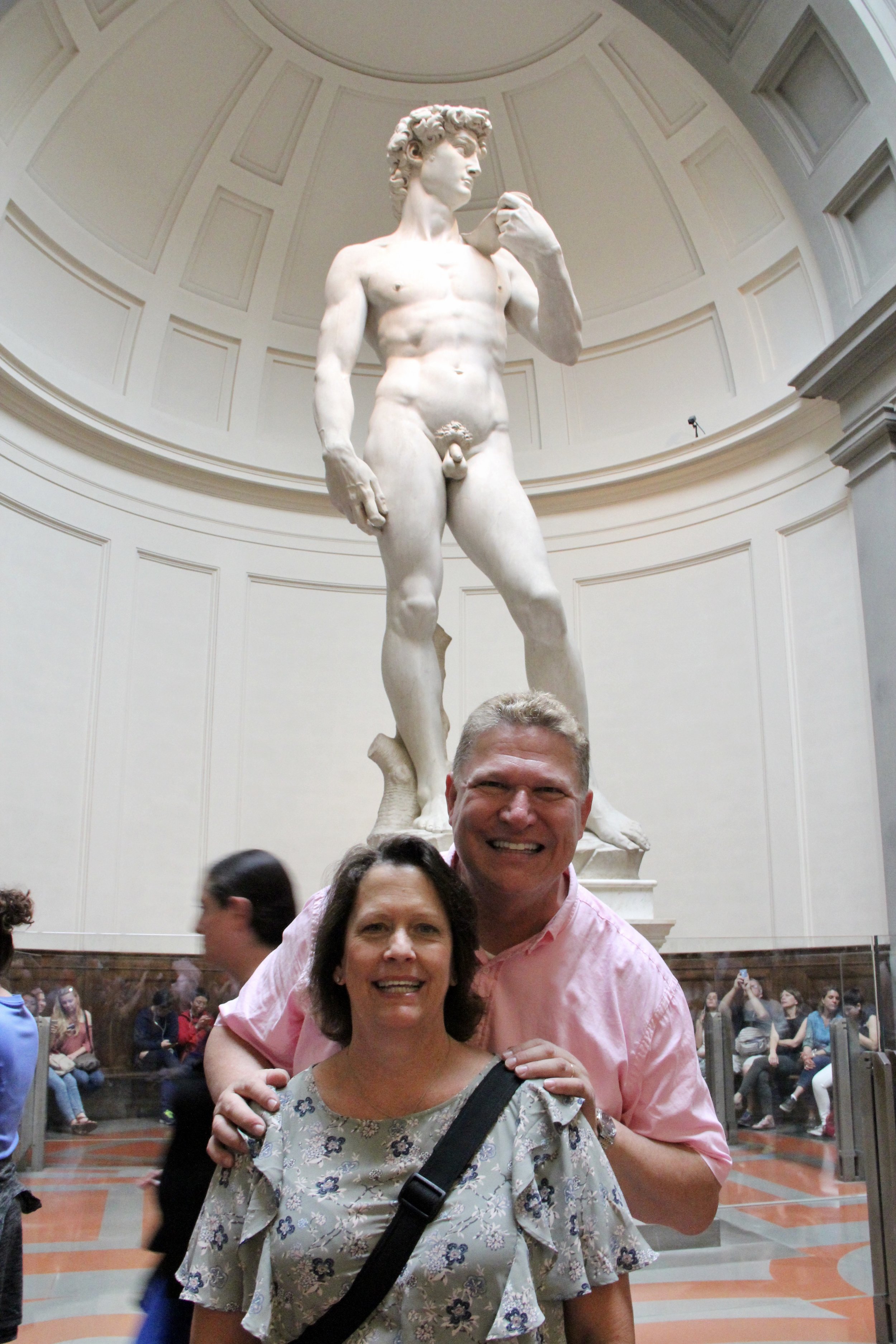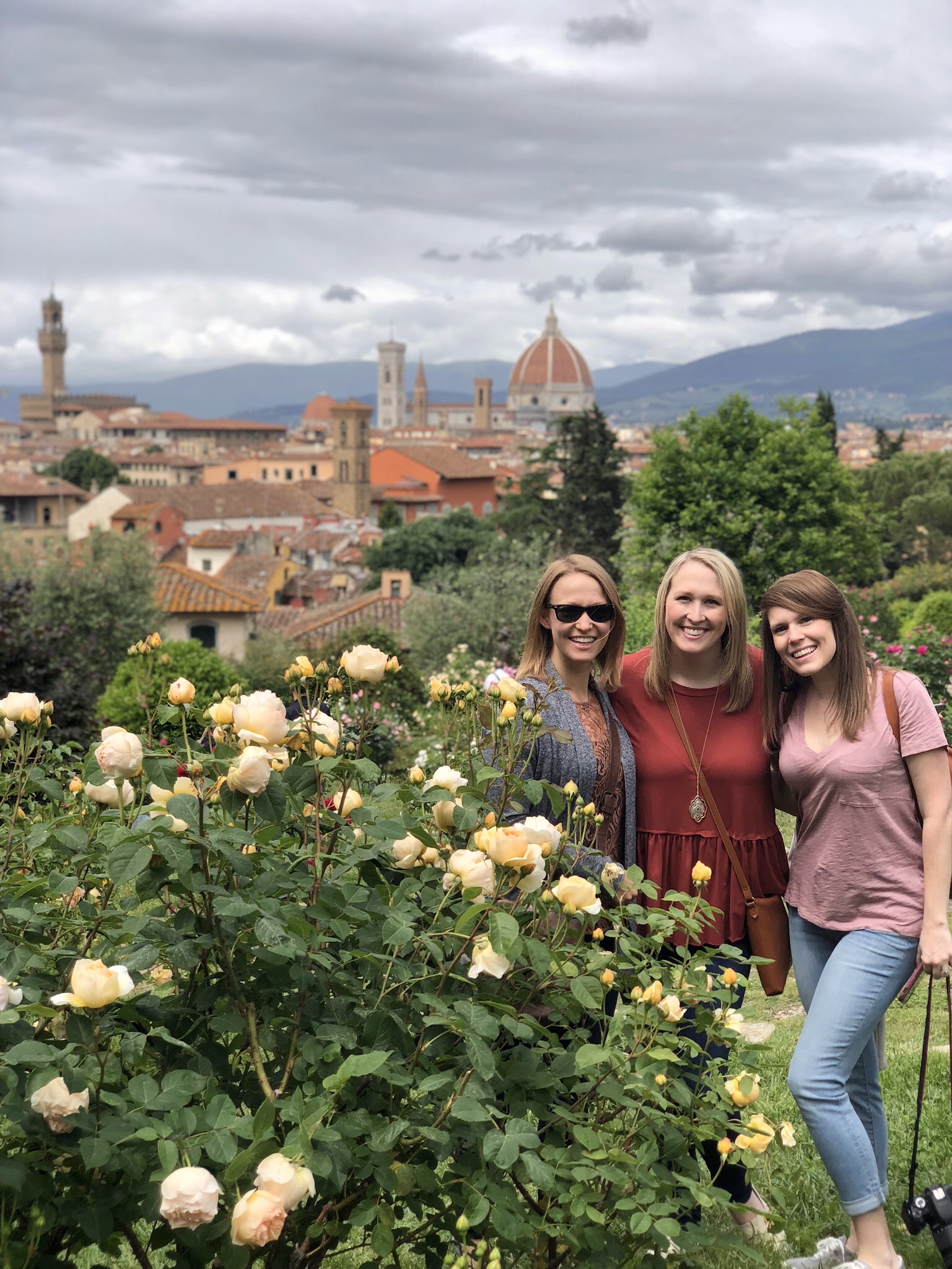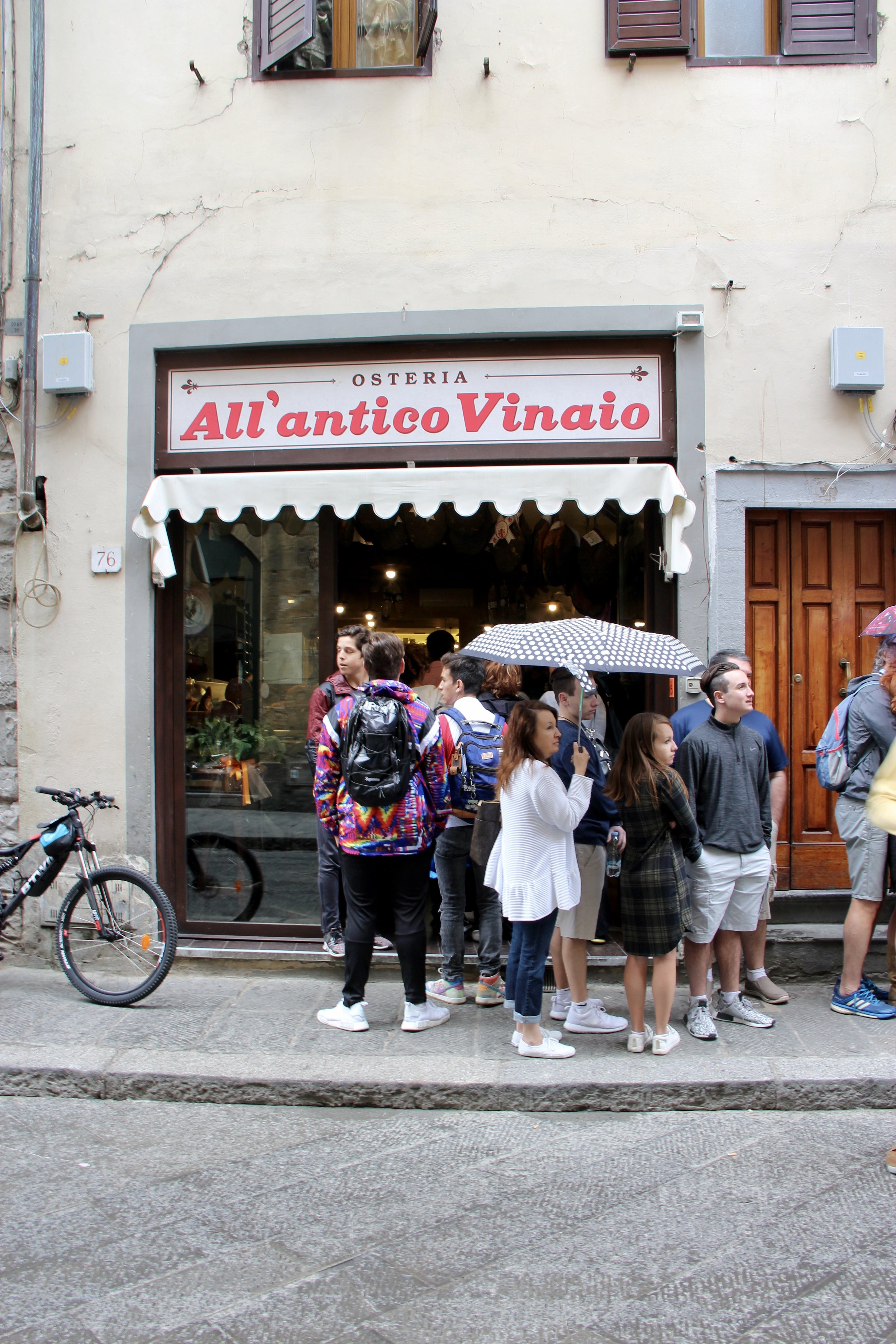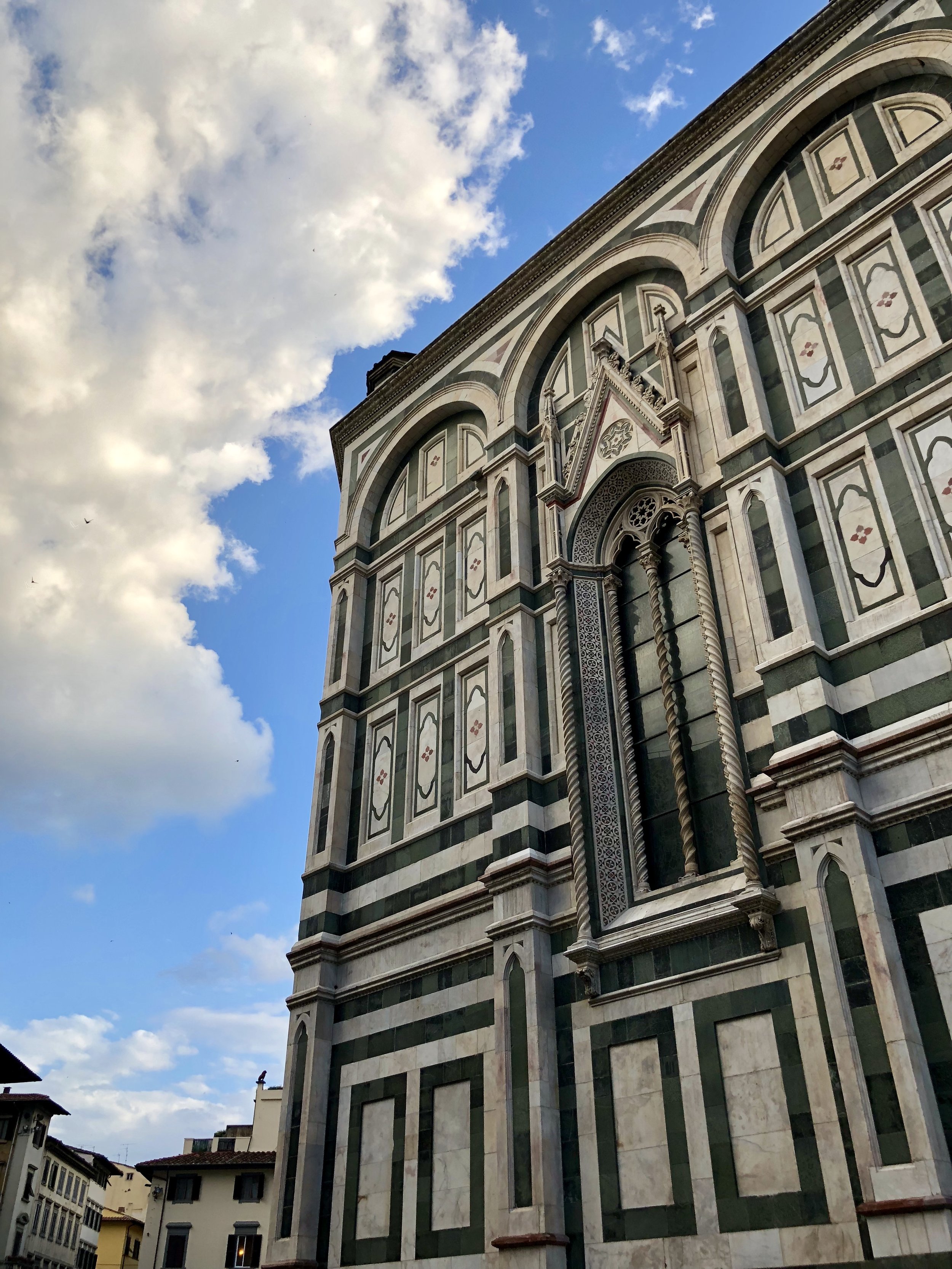We visited the Rockhouse Hotel in Negril, Jamaica for a friend’s 40th birthday and had a relaxing, food-filled adventure. Here are a few tips and tricks for Rockhouse, the town of Negril, Booby Cay, and the surrounding area!
Tips and tricks for Jamaica
Weather: Jamaica’s rainy season is from June to November, with the highest precipitation typically occurring in October. We visited in June and ran into a few short storms, but the rain didn’t ruin the trip—it fell hard and fast, then moved along. You may also find deals on your stay if you travel during the rainy months. Peak season is generally considered December through April.
The Rockhouse Hotel supplied guest with one large umbrella in the room. We also packed with very small travel umbrellas.
Outlets: The hotel outlets were compatible with plugs from the United States. But I still brought my favorite travel converter—it’s also a surge protector, so I can plug four different items into it and not be worried. Plus, hotel outlets can be minimal or in weird places.
Currency: Everywhere we went accepted USD. However, most small restaurants did not accept credit cards. ATMs to withdraw cash were a little tricky to find and involved a shuttle from the resort. I’d suggest bringing a decent amount of cash with you to minimize hassle. If you’re not planning on leaving the resort, you won’t need cash—but I suggest you do venture out!
Tipping: It’s normal to tip 10-20% in Jamaica, especially at touristy places like resorts. It’s worth noting that the Rockhouse Hotel puts a 10% service charge on restaurant, bar, and spa services automatically. So you would only want to tip an additional 5-10%.
Things to do + places to eat in negril
Kool Vybes Bar & Jerk Centre has excellent jerk chicken and pepper shrimp. Their sauces were unreal. Try the festival, a fried bread that reminds me of a hush puppy—or a corn dog without the hotdog. The bammy was also yummy. Bonus: They take credit cards and they’re open late.
We took a shuttle 2x from the Rockhouse Hotel to their sister property, Skylark. The first time was to visit Miss Lily’s restaurant, “the first Jamaican outpost of the Caribbean oasis born in the heart of New York City.” I’d dined at their East Village location and was thrilled to check out their Negril branch. The coconut shrimp and steamed fish were awesome. Roasted sweet plantains and baked mac & cheese pie were tasty sides. We had a table of about 18 and were able to dine directly on the beach (reservations and preparations were made well in advance). I believe the shuttle cost $4 per person.
Our second trip to Skylark was for a beach day. The Rockhouse Hotel doesn’t have a sandy beach, but you can visit the sister property from 11 am to 3 pm daily using a complimentary shuttle. It was nice to mix up our activities, but overall, I enjoyed the seclusion of Rockhouse.
From Skylark, we walked 40 minutes up the coast to Fireman Lobster Pit. This no-frills, outdoor restaurant served lobster ($50), crab legs ($50), and shrimp ($35). Ask the server the prices for each dish to confirm; I never spotted a menu. Our food was delicious—curry shrimp, buttery crab, and juicy lobster, hunks of doughy coconut bread—all grilled on the beach. The one downside to many of the restaurants we visited is the wait! It took us about 45 minutes to an hour to get our food. I think that’s just the way it is… so if you’re with a group, take turns jumping in the water in front of the restaurant to cool down. Note: We did not take the complimentary shuttle back from Skylark, but instead called Kenny Tours directly and took a shuttle from Fireman Lobster Pit to Rockhouse for $4 per person.
We took a glass-bottom boat to Booby Cay, an island about a 40-minute boat ride from the Rockhouse Hotel. It cost $70 per person and included the boat ride plus some time to snorkel near the island. The boat was nothing fancy, but I think it’s always fun to be on the water. The reefs were pretty incredible—whole habitats were nearly at eye level. But the lunch on the island is not included in the excursion price. The food can get expensive quickly (lobster for $50-$80, cash only). Stick with the jerk chicken if you’re on a budget—it’s $25 and it’s delicious. Coconut water is only $5 at Rockhouse but $10 on Booby Cay so pack a water bottle or a Red Stripe to go!
We had low expectations for Rick’s Cafe—it seemed like a tourist trap. But we arrived a little after sunset, and many of the party boats filled with patrons were actually about to leave the premise! We danced, drink, and ate in a relatively uncrowded cafe. Besides the $5 charge for a water bottle, everything else was pretty standard. The views were great and we danced, danced, danced.
The Rockhouse Hotel and Spa
The Rockhouse Hotel officially opened to the public in 1974 and was one of the first hotels on Negril's West End. According to the hotel’s website, early guests included Bob Marley, Bob Dylan and the Rolling Stones. You can spot this iconic location and the caves that surround the property in Vogue photoshoots, a Jay-Z music video, and several movies.
Rockhouse’s original architects were Don Erickson and Dennis Stephens—both of whom worked under Frank Lloyd Wright in Chicago before forming their own firm in the 1960s. There’s a focus on nature and local materials in the design. The use of stone throughout the property was inspired by the surrounding rock landscape . All room furnishings are built on site at the Rockhouse woodwork shop. The overall vibe is rustic, charming, and organic.
Some highlights: the pool that blends into the ocean, the hard-working AC in room 24, easy access to the sea, bridge jumping near Villa 10, free paddle boards, and the Rockhouse Restaurant’s breakfast omelettes. I also appreciated that the Boutique was open 8 am–8 pm and had sauces, tee shirts, tooth brushes, and all your basic needs available for purchase. I’d also like to give a special shoutout to the incredible fish sandwich and the delectable tuna sandwich found at the pool bar.
Considerations: This is not the fanciest hotel in the world—but I didn’t need it to be. The prices were reasonable in the off-season, and we were traveling with a group of 18. We didn’t opt to purchase a villa, but instead visited our friends who did ;) There isn’t a sandy beach at this hotel; I thought I would miss this feature. But I actually preferred ocean and pool hopping in the secluded, well-guarded resort vs. the beach we visited. I felt like my items were safe by the pool, and I enjoyed being able to charge a drink to the room. Plus, we could swim in the nearby caves! The staff were friendly and the front desk was accommodating. If you arrive in Montego Bay, the hotel’s airport transfer costs $100 each way, which can be put on your room’s credit card (though we paid a tip in cash). Give yourself two hours of travel time, as you may hit traffic in the Montego Bay and Negril.























I hope you enjoy your time in this beautiful country. Happy travels!



